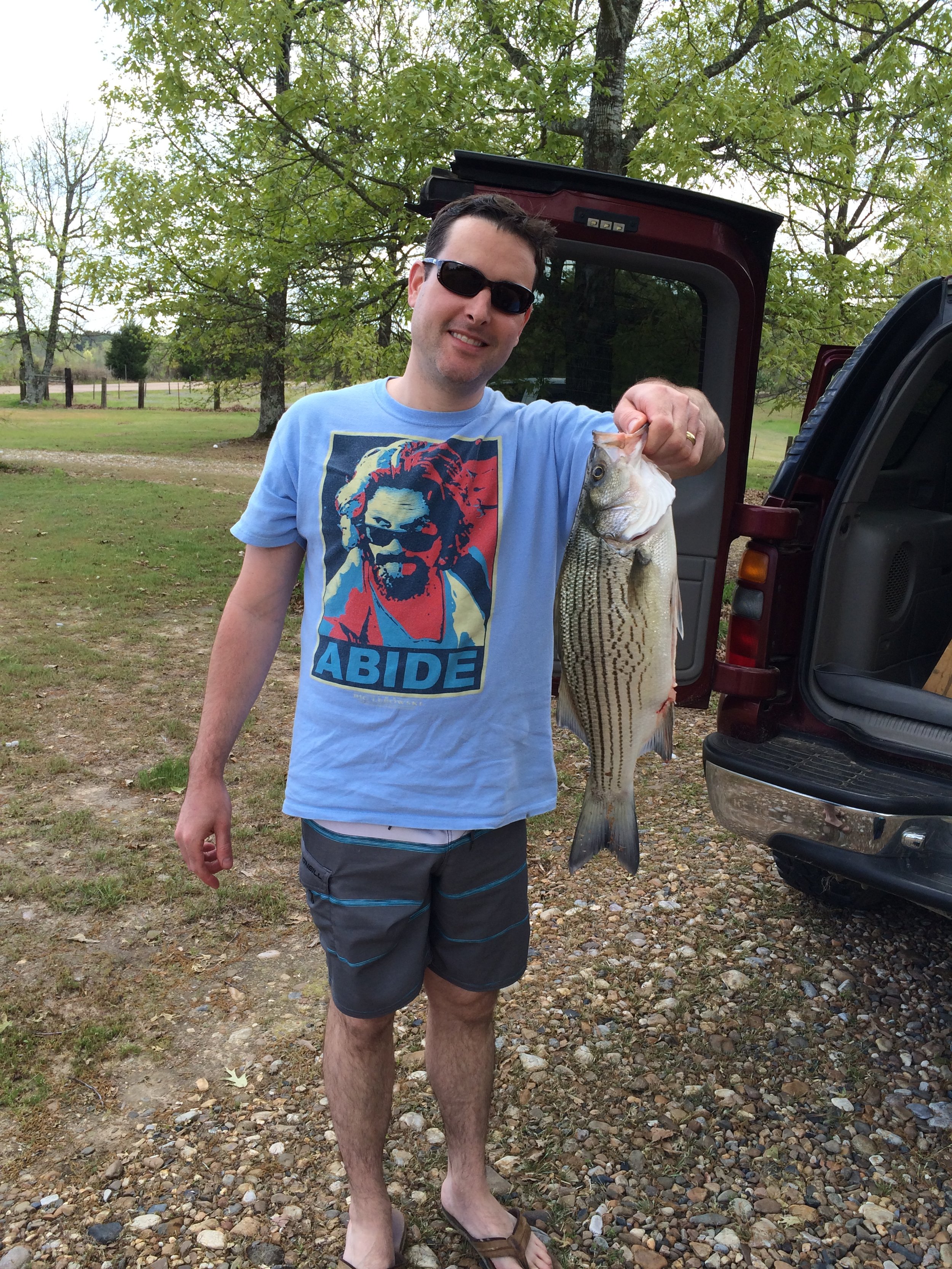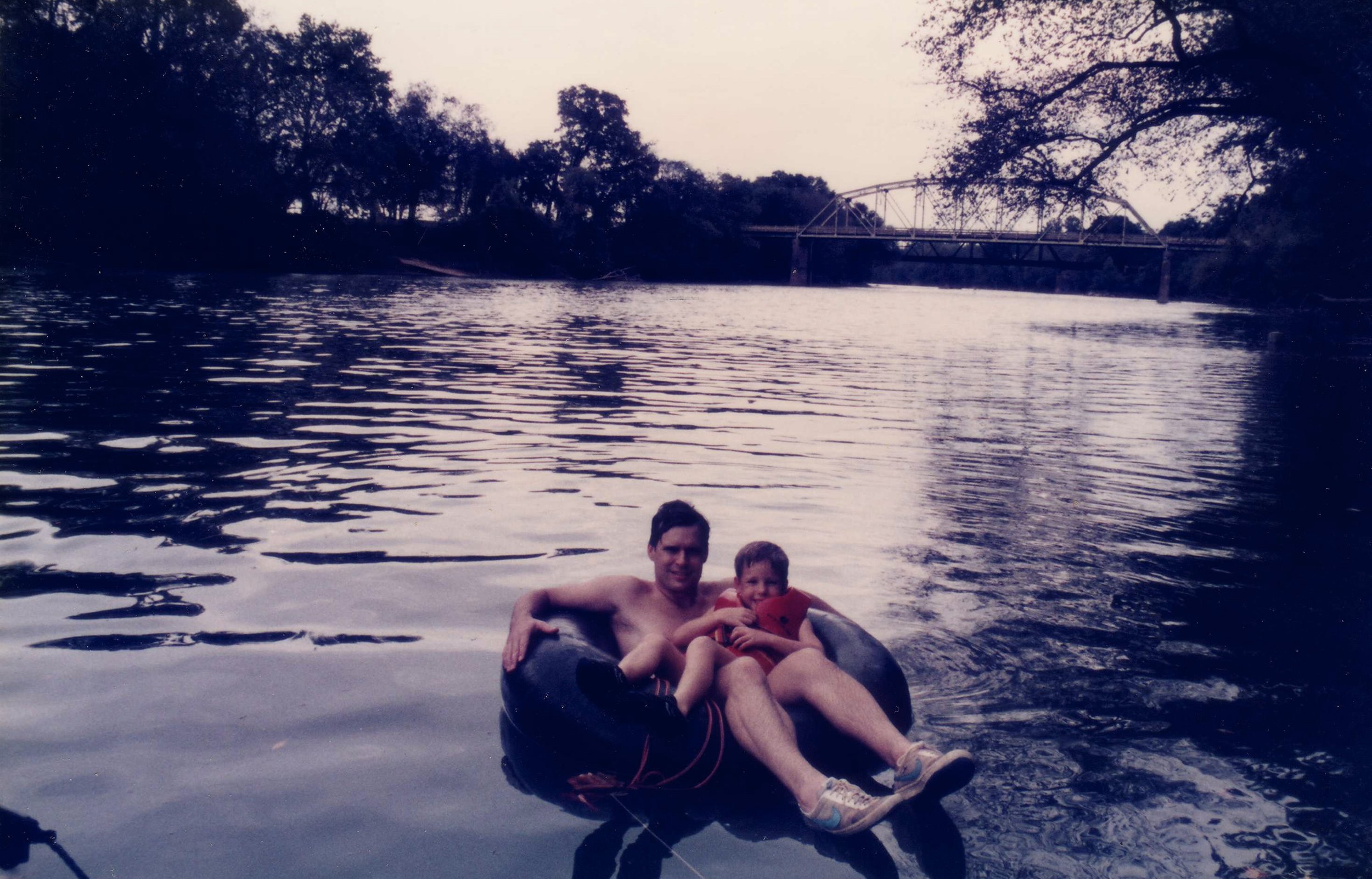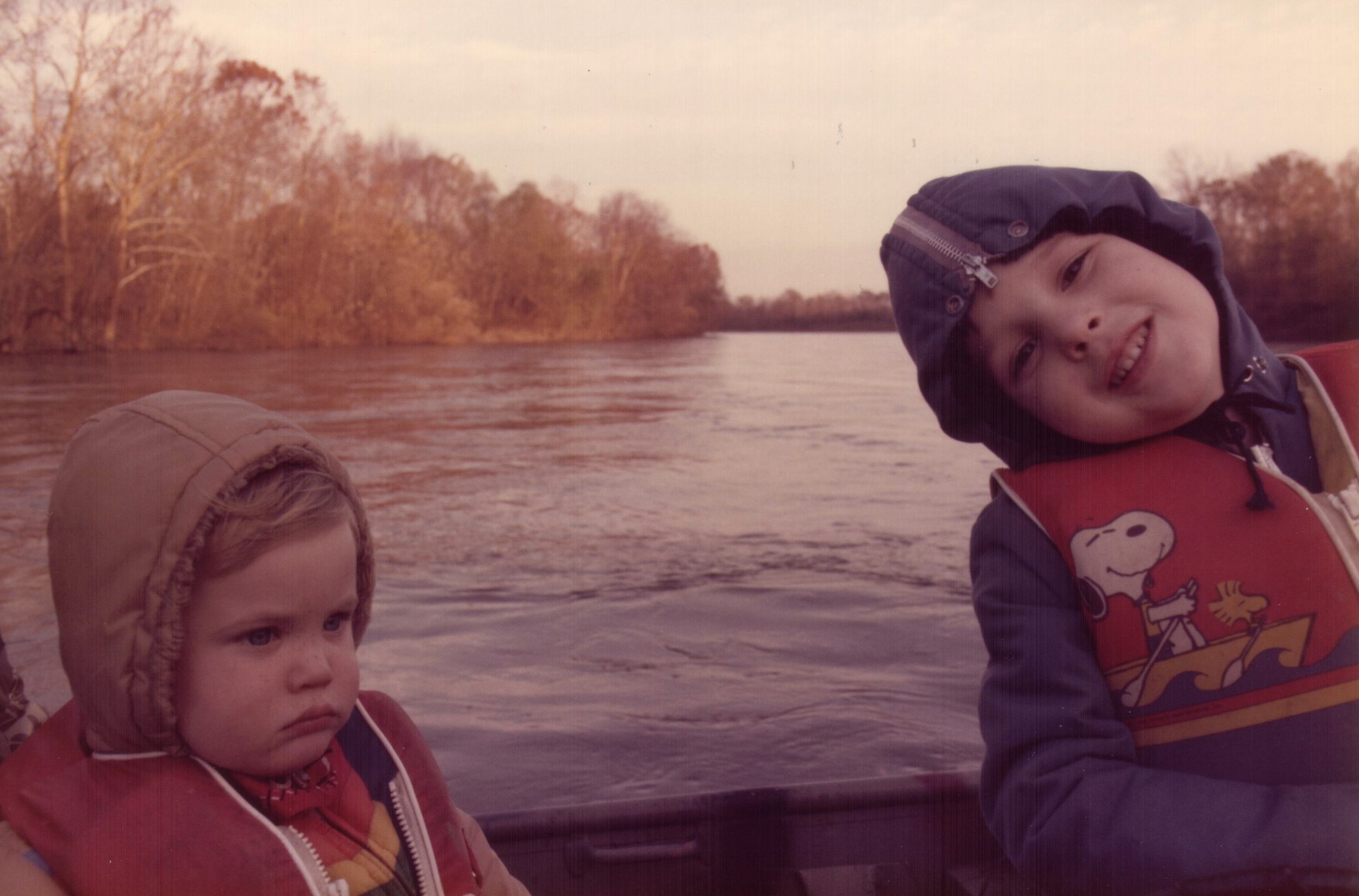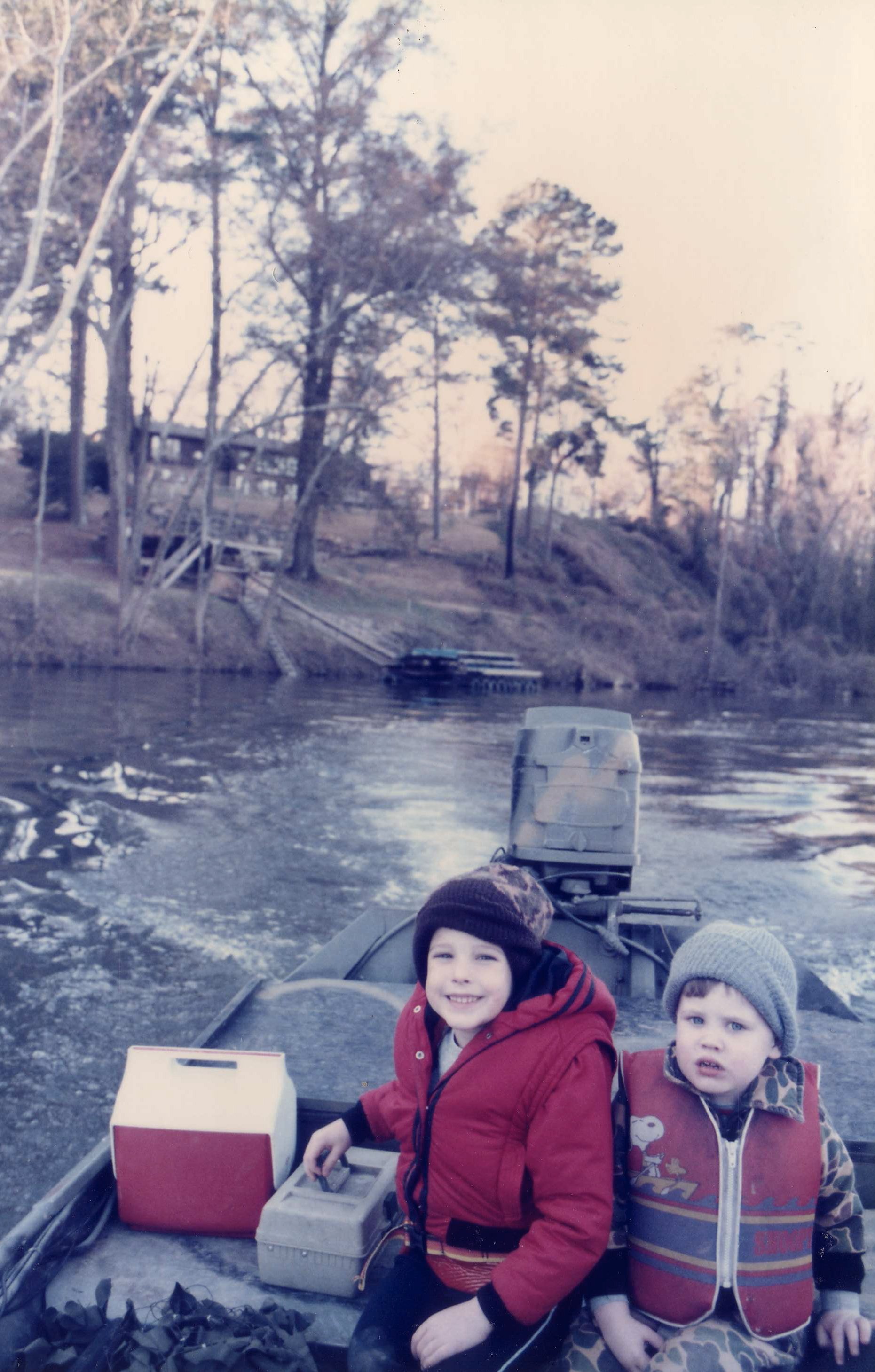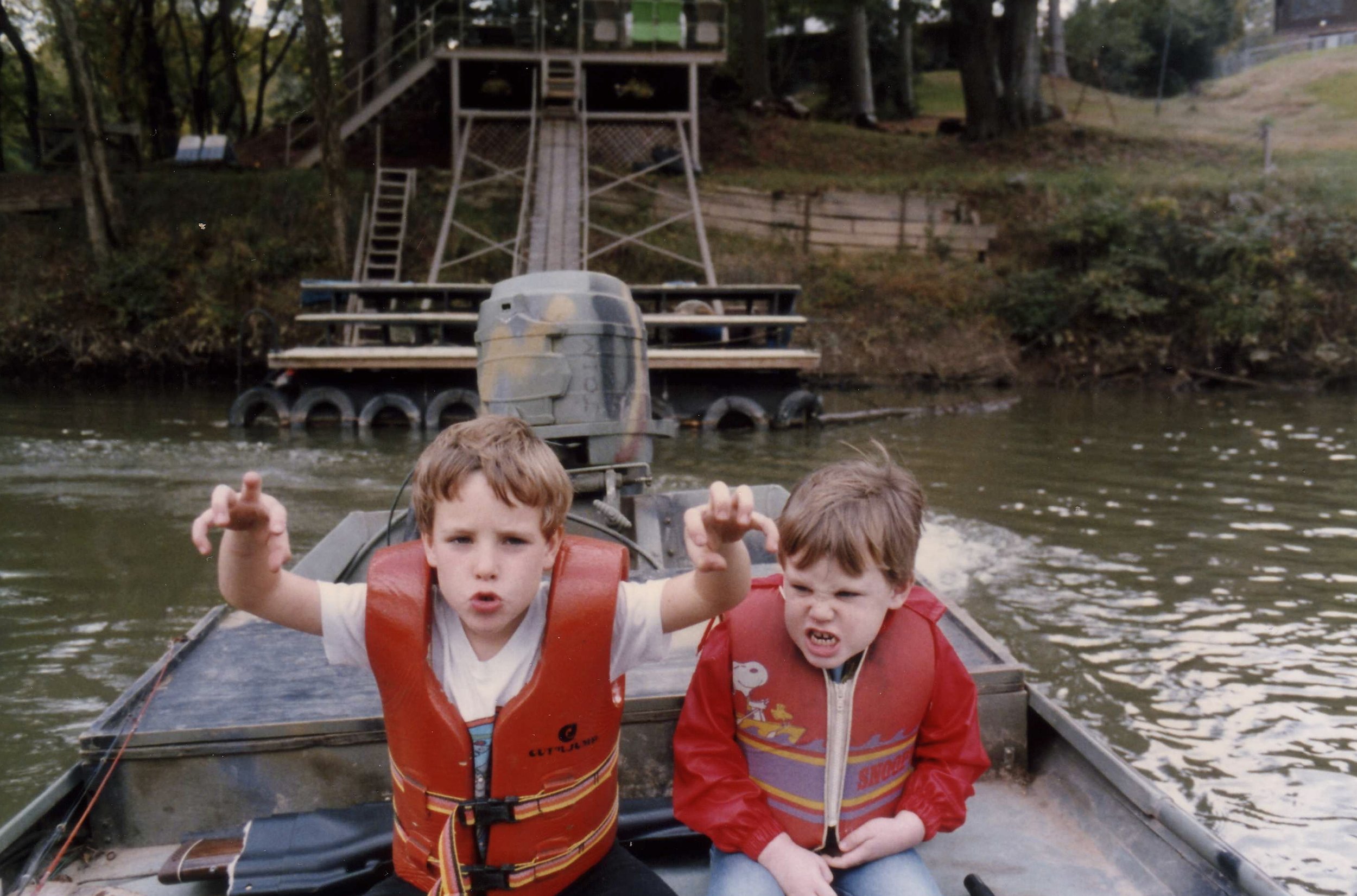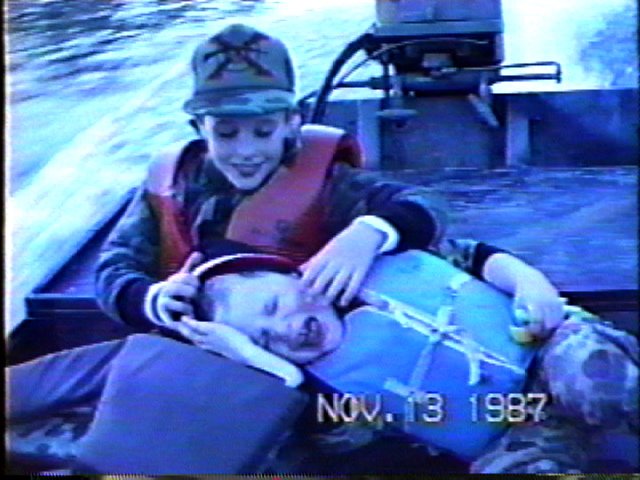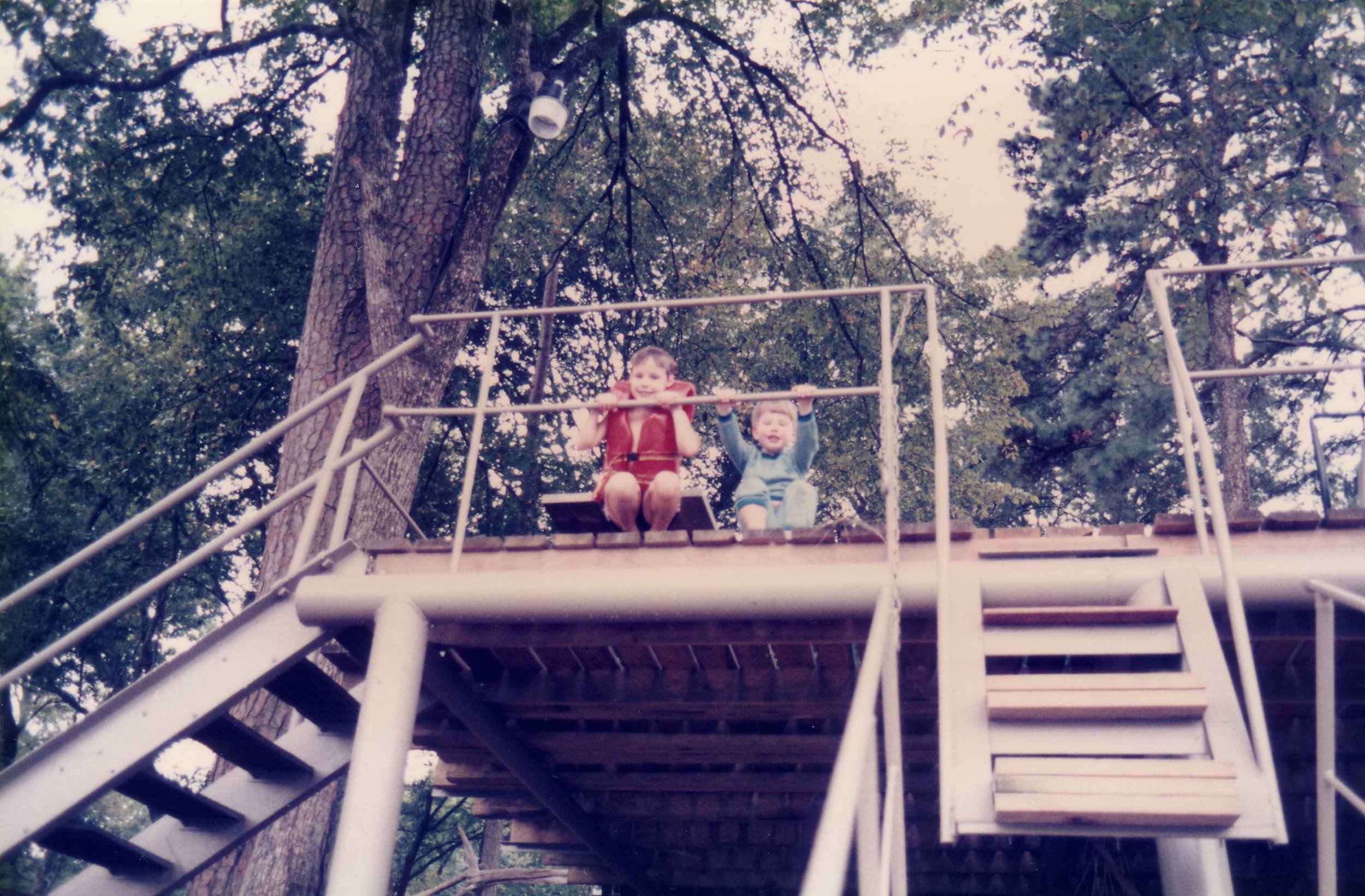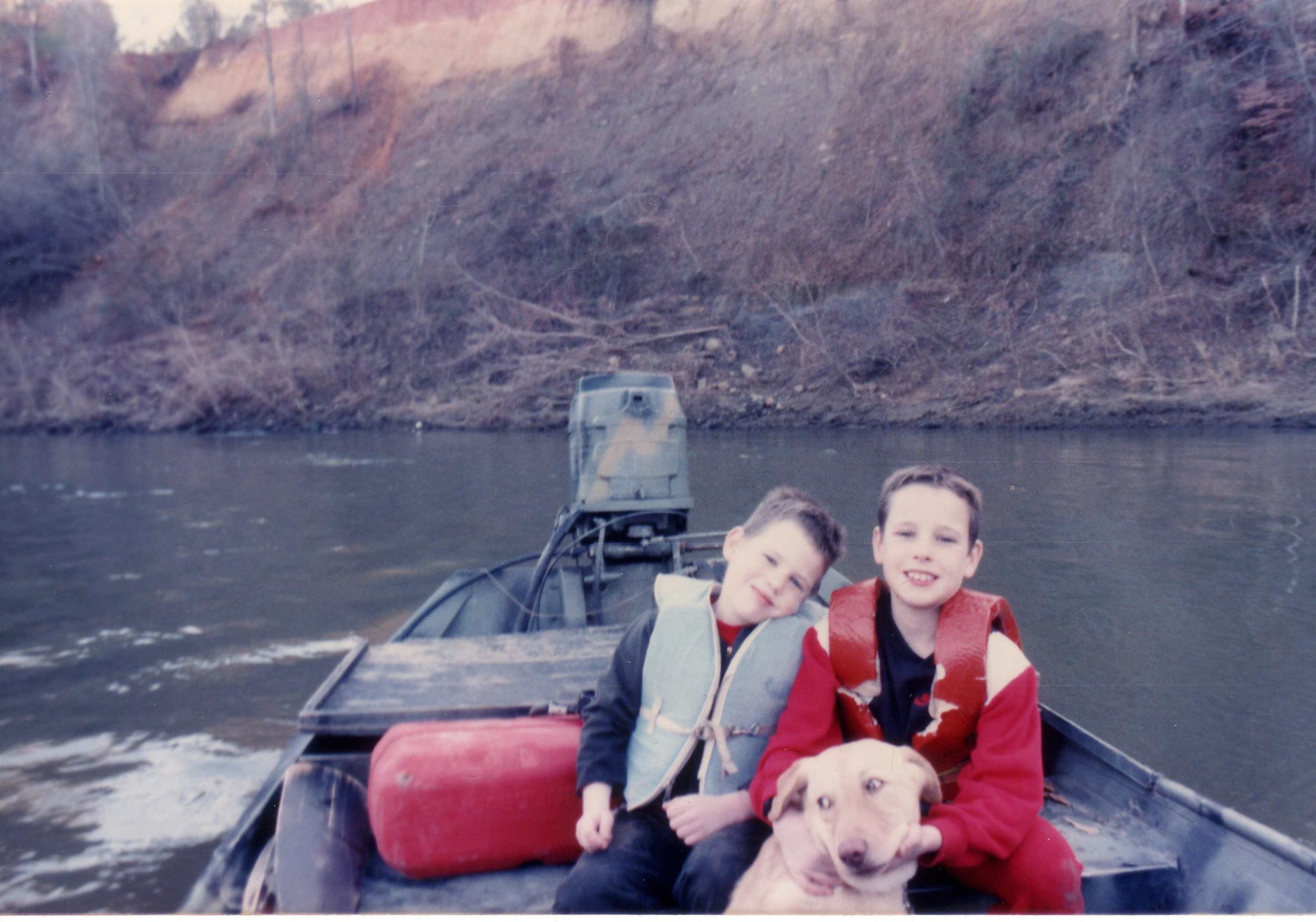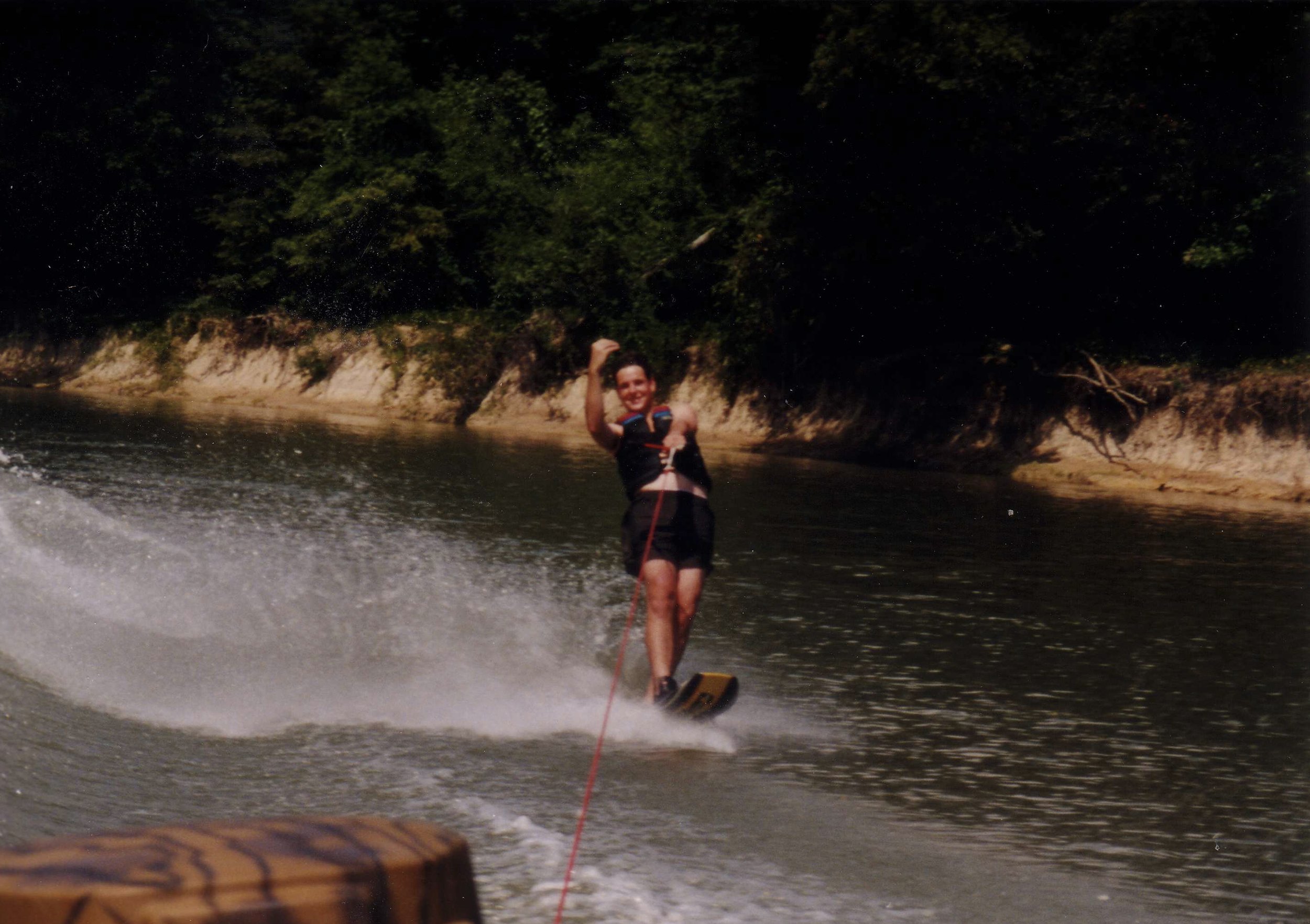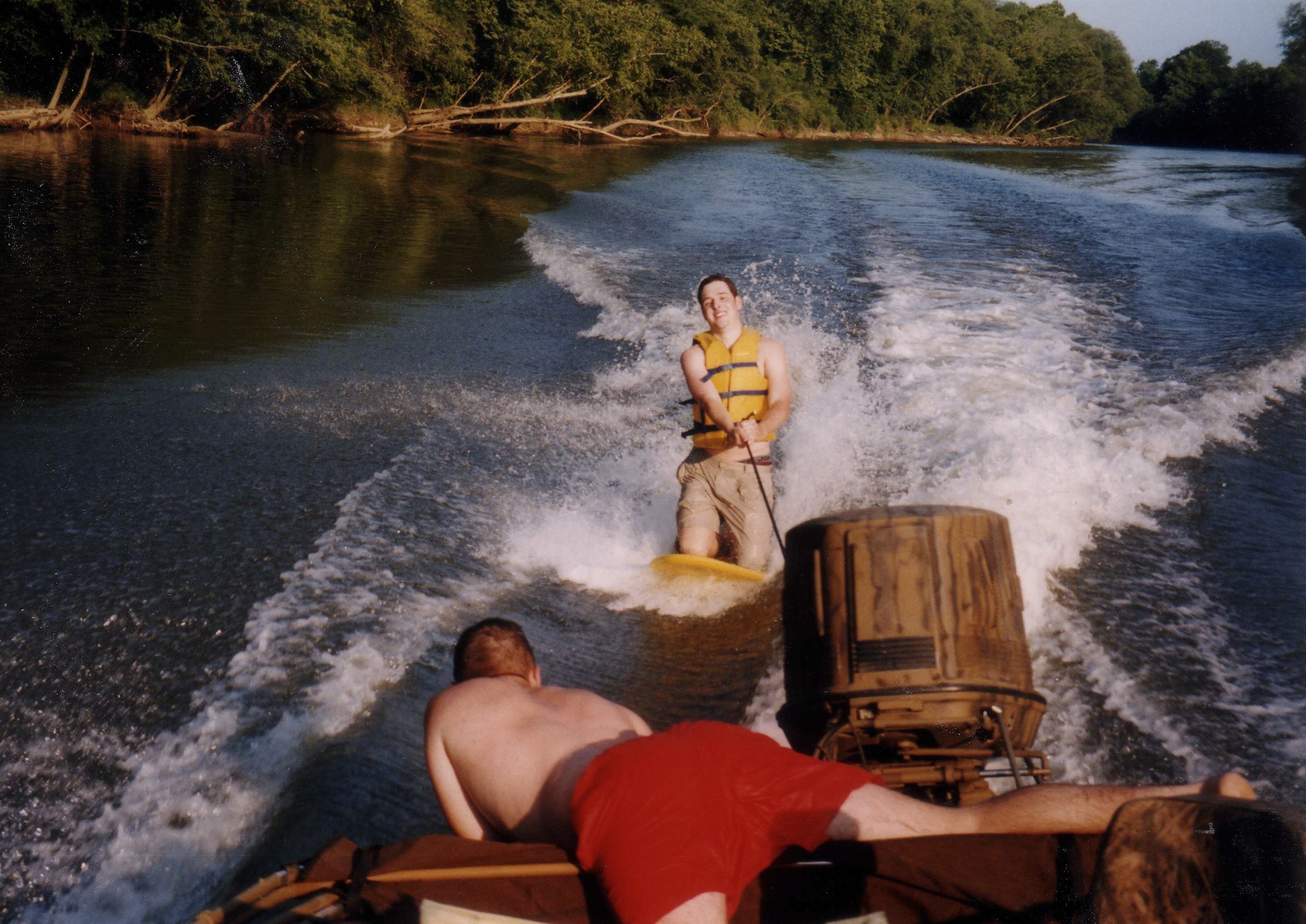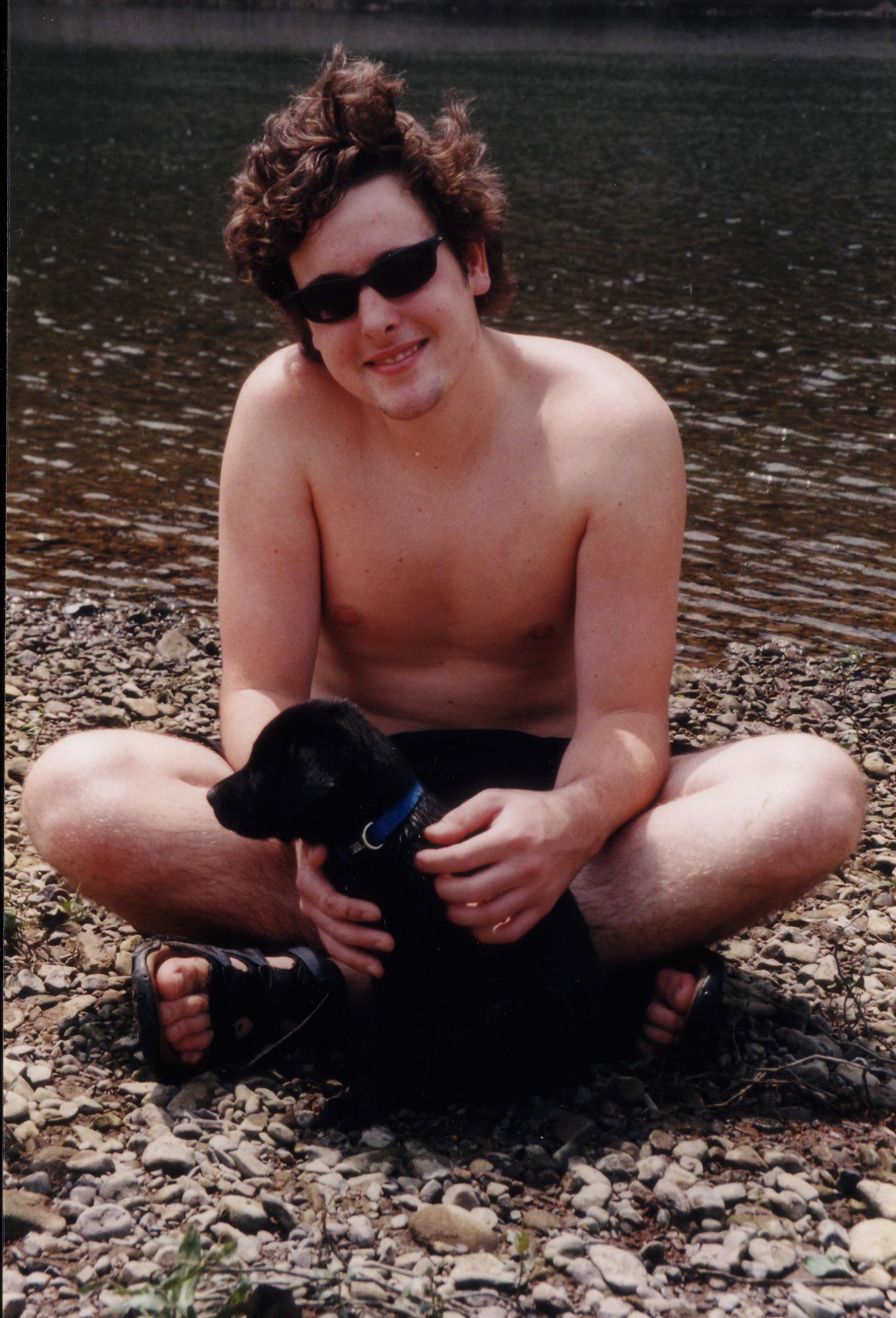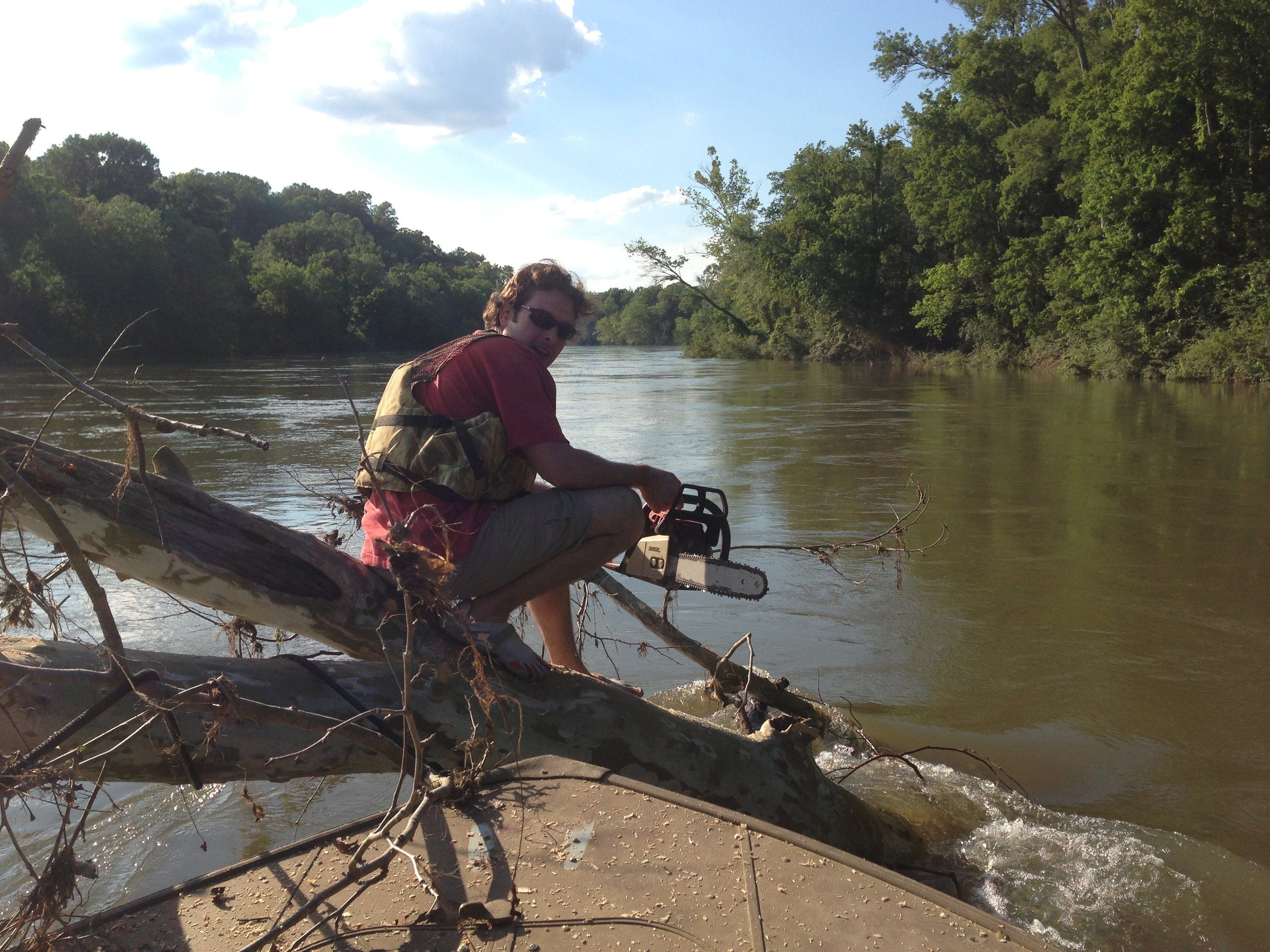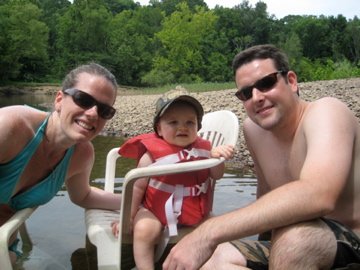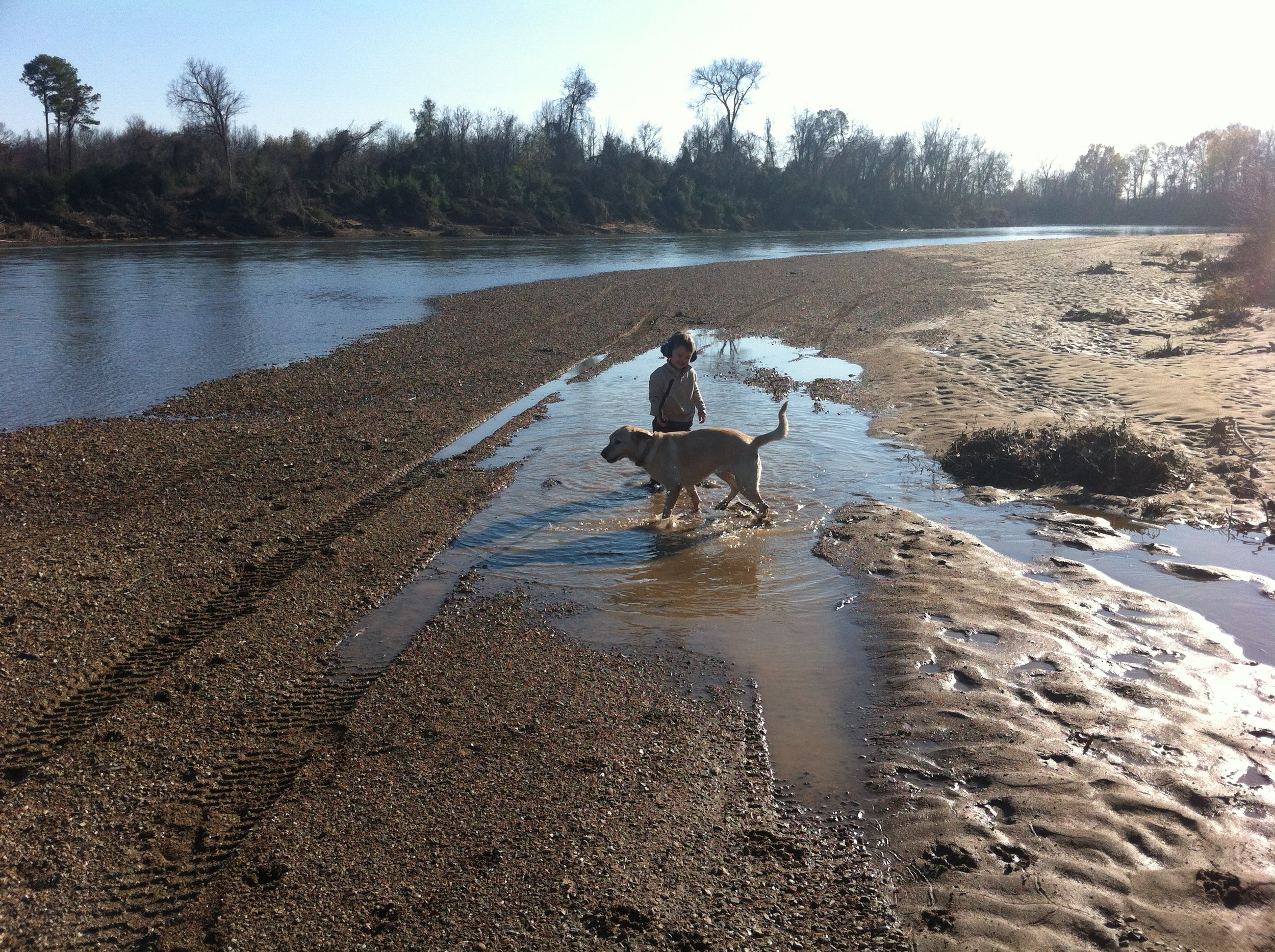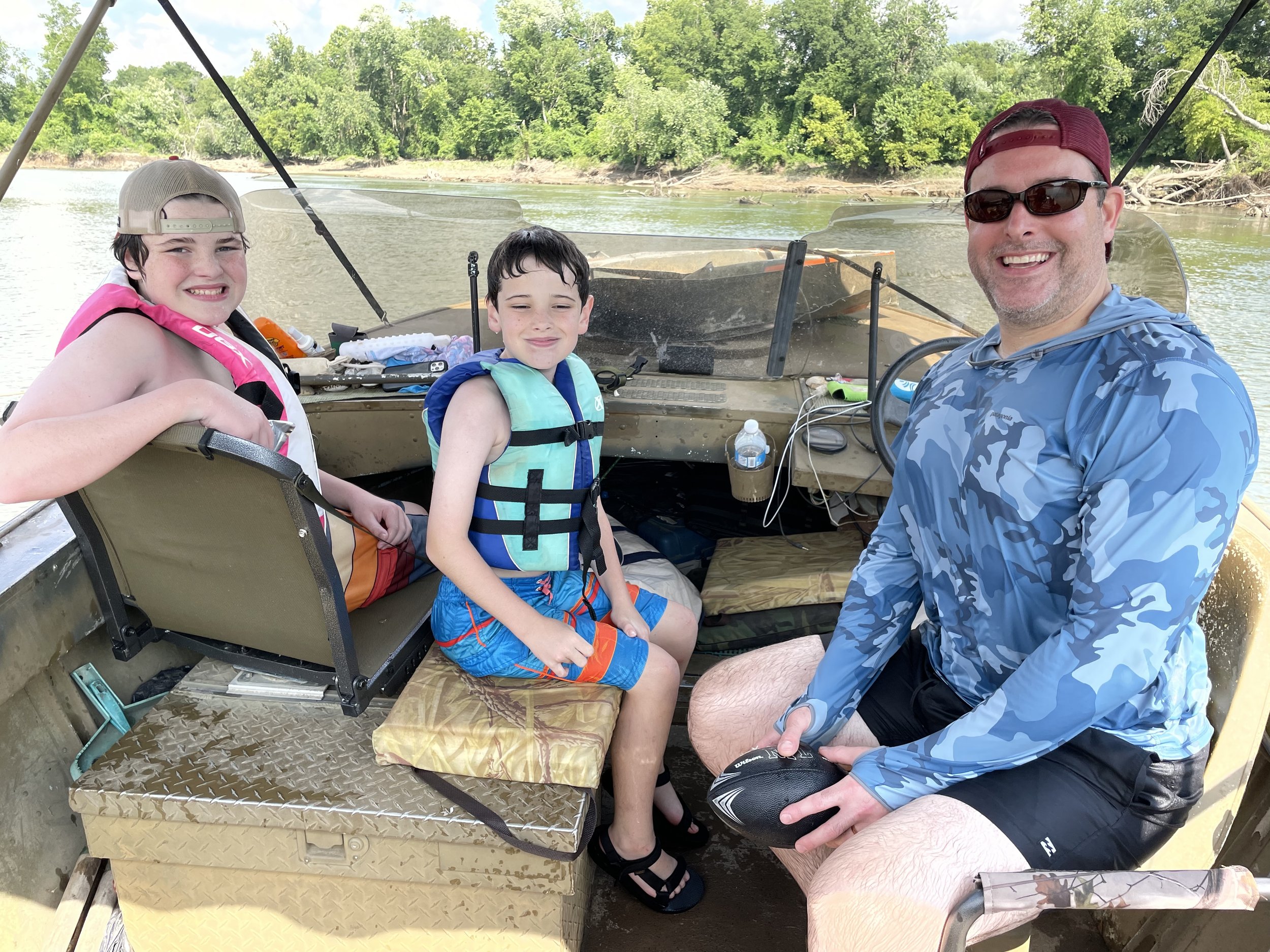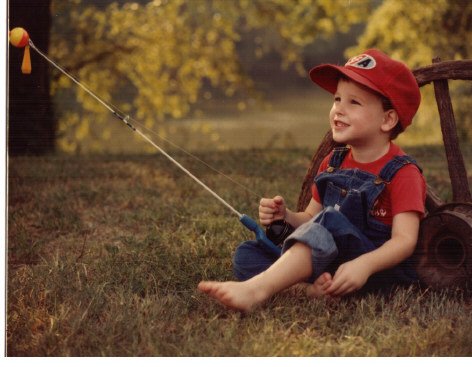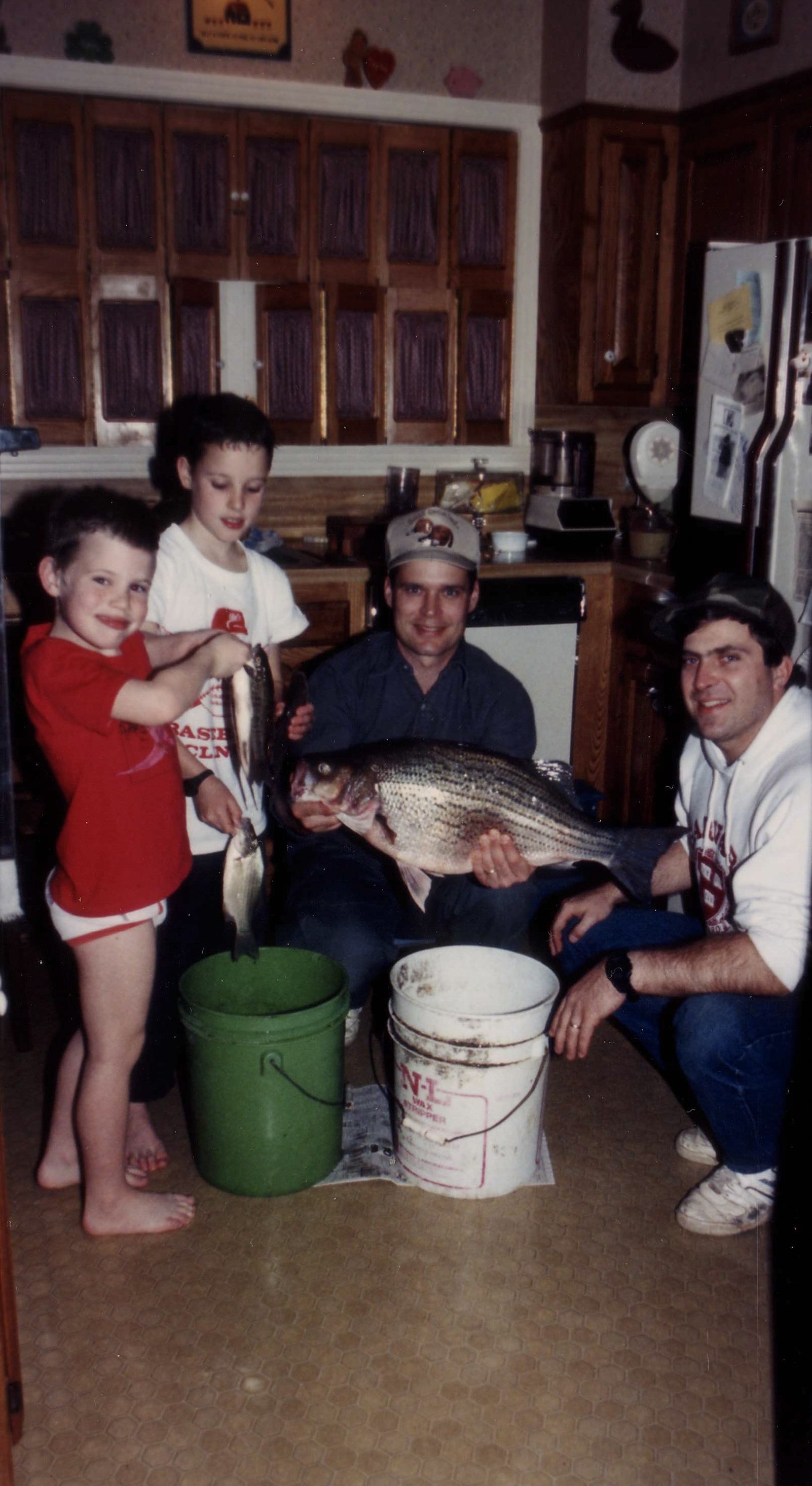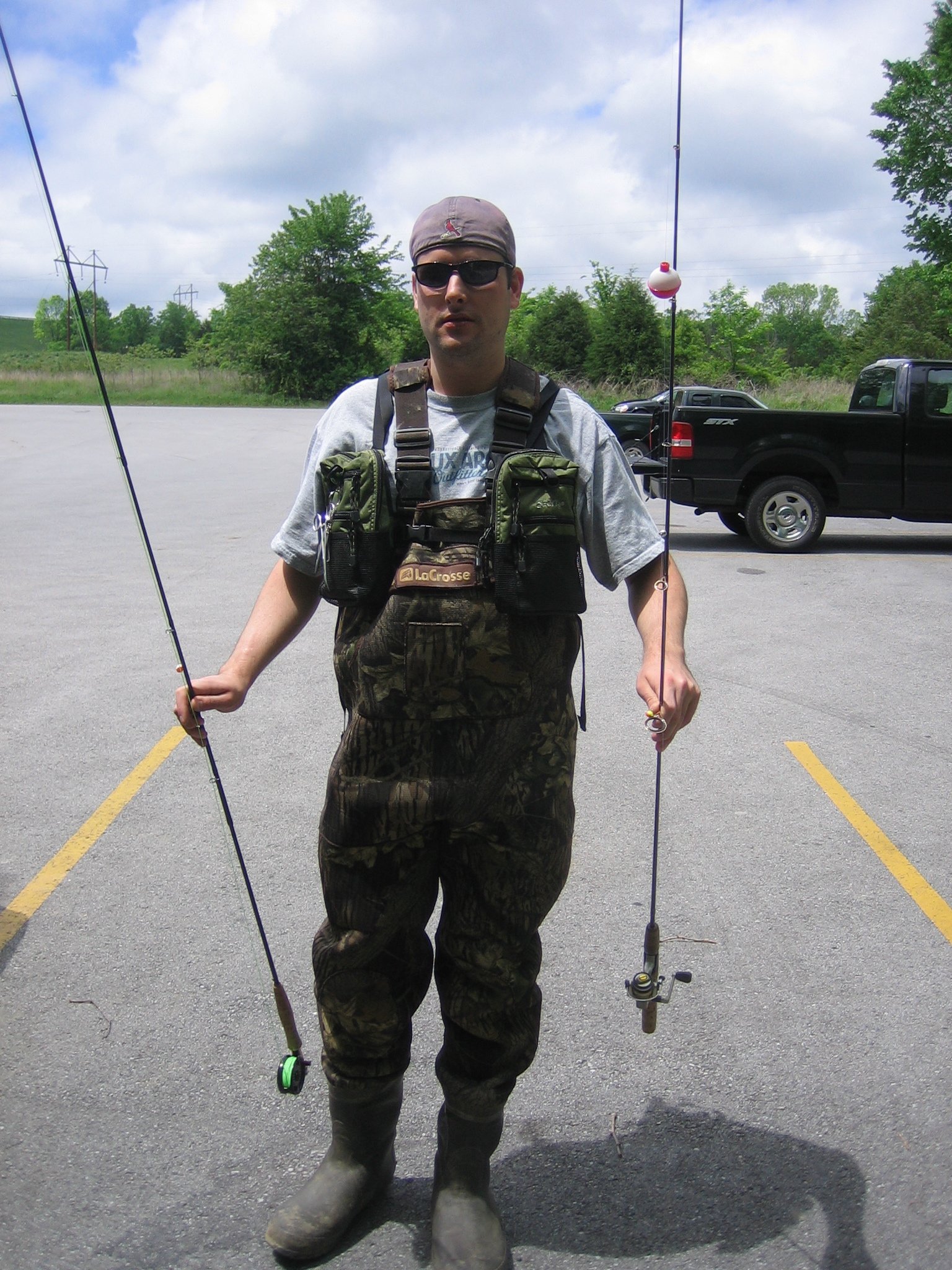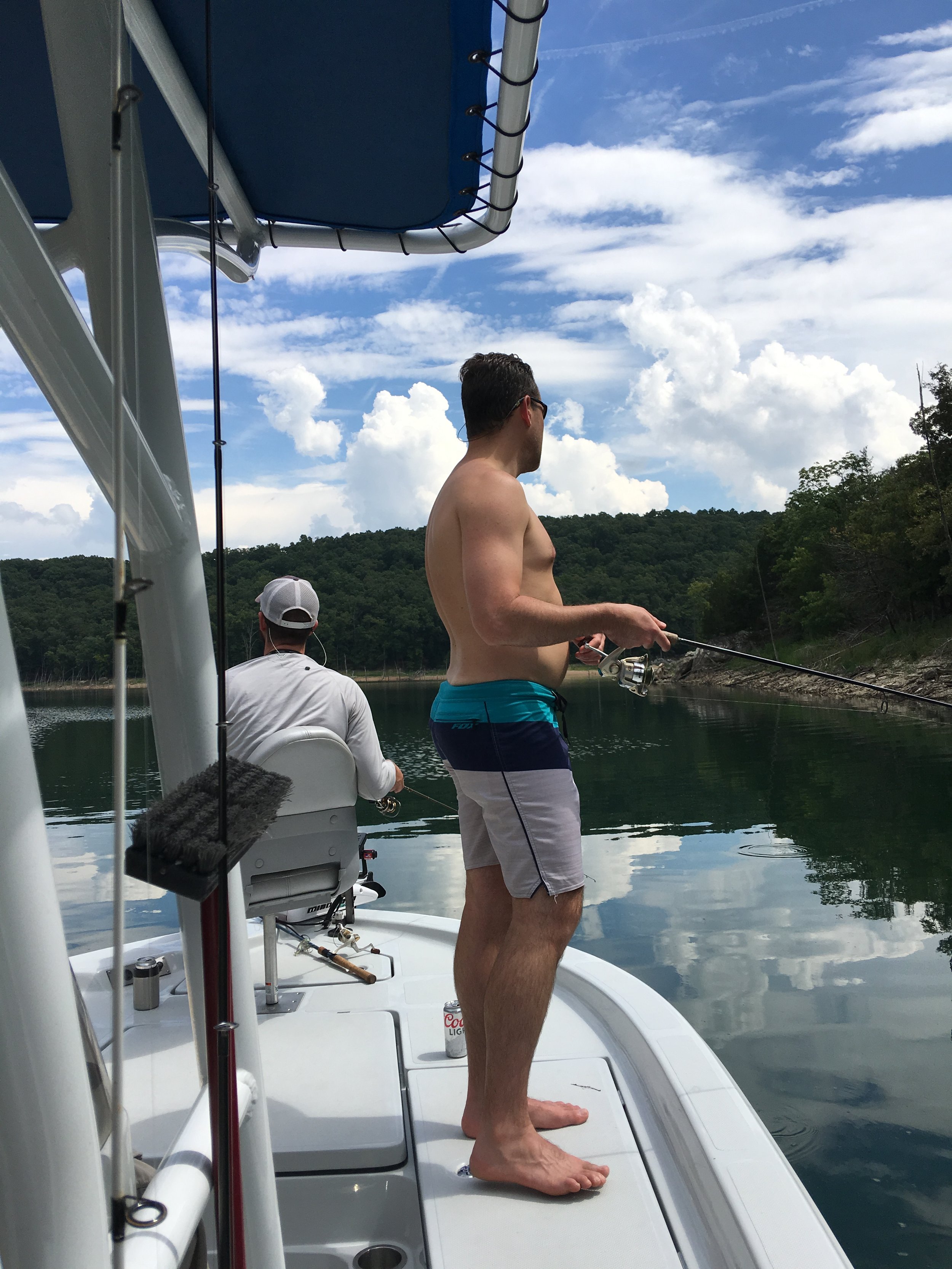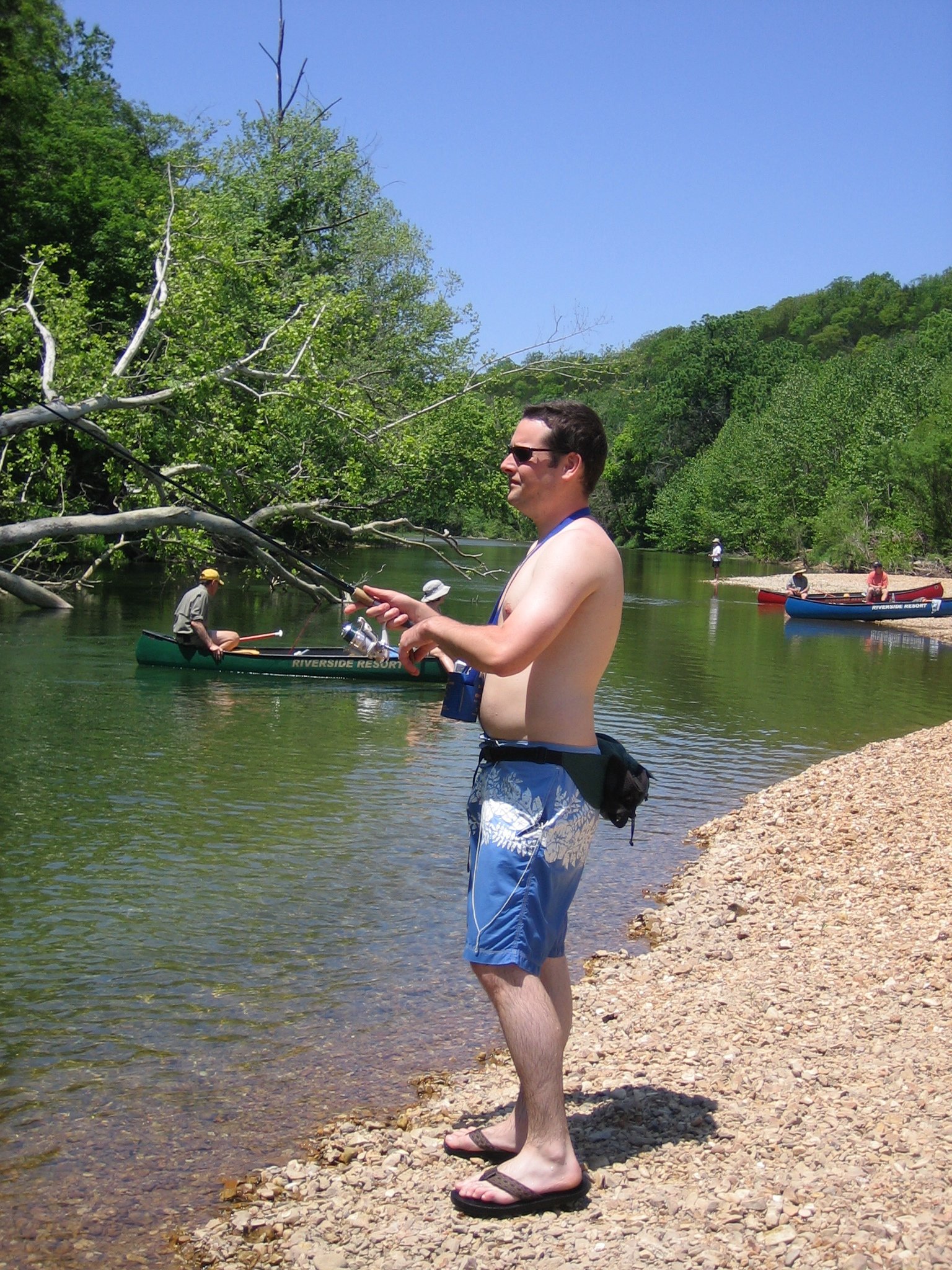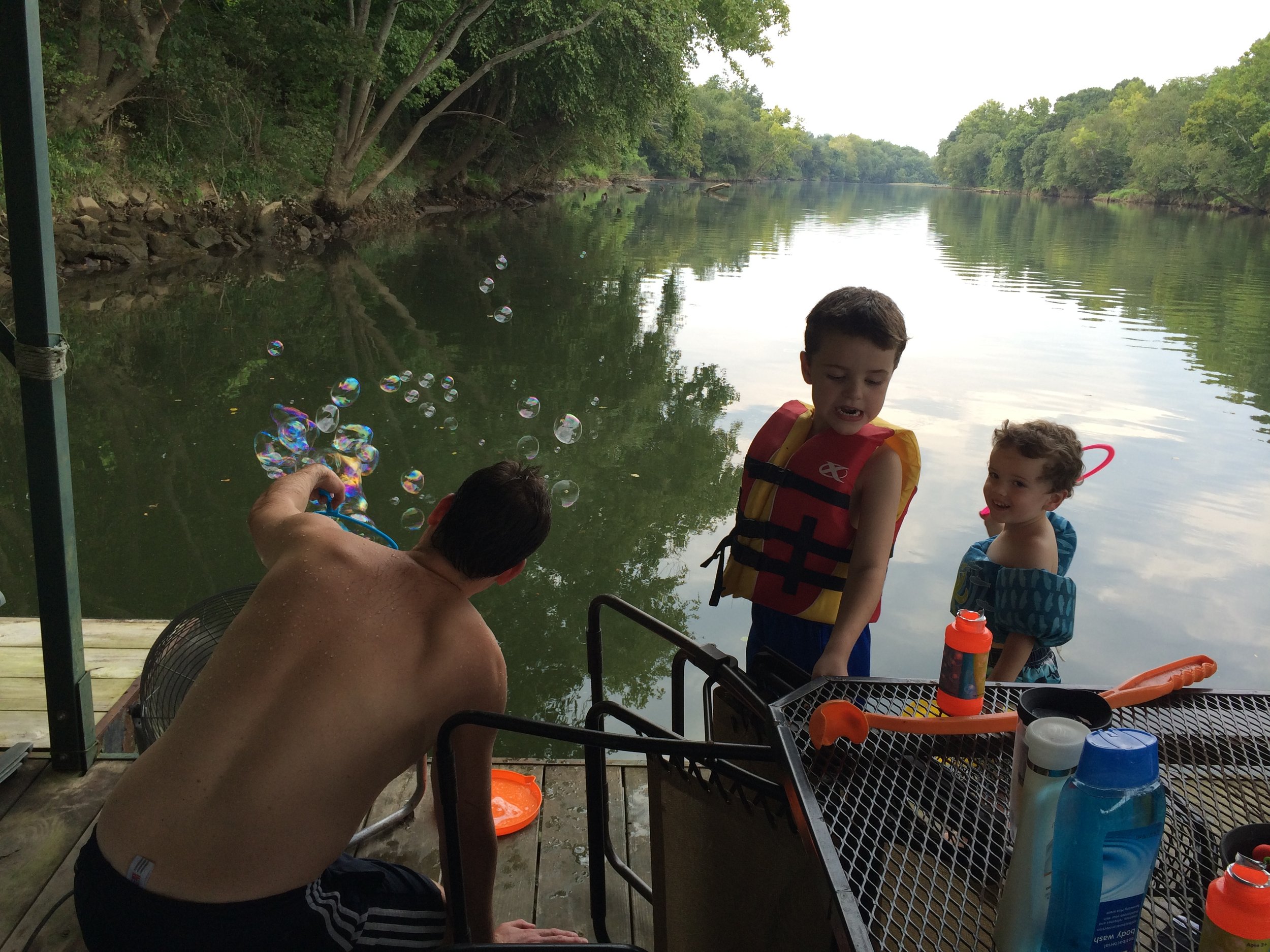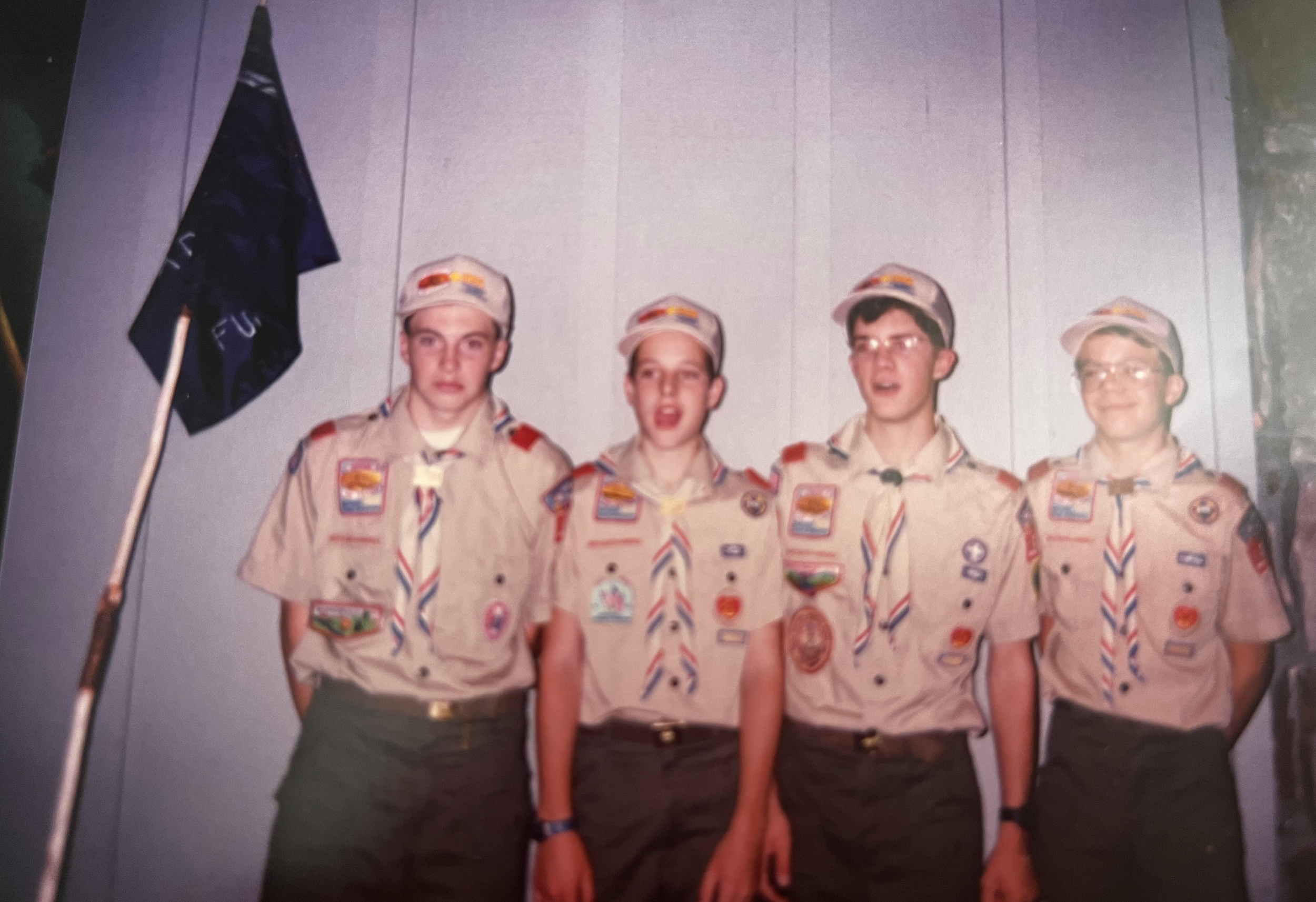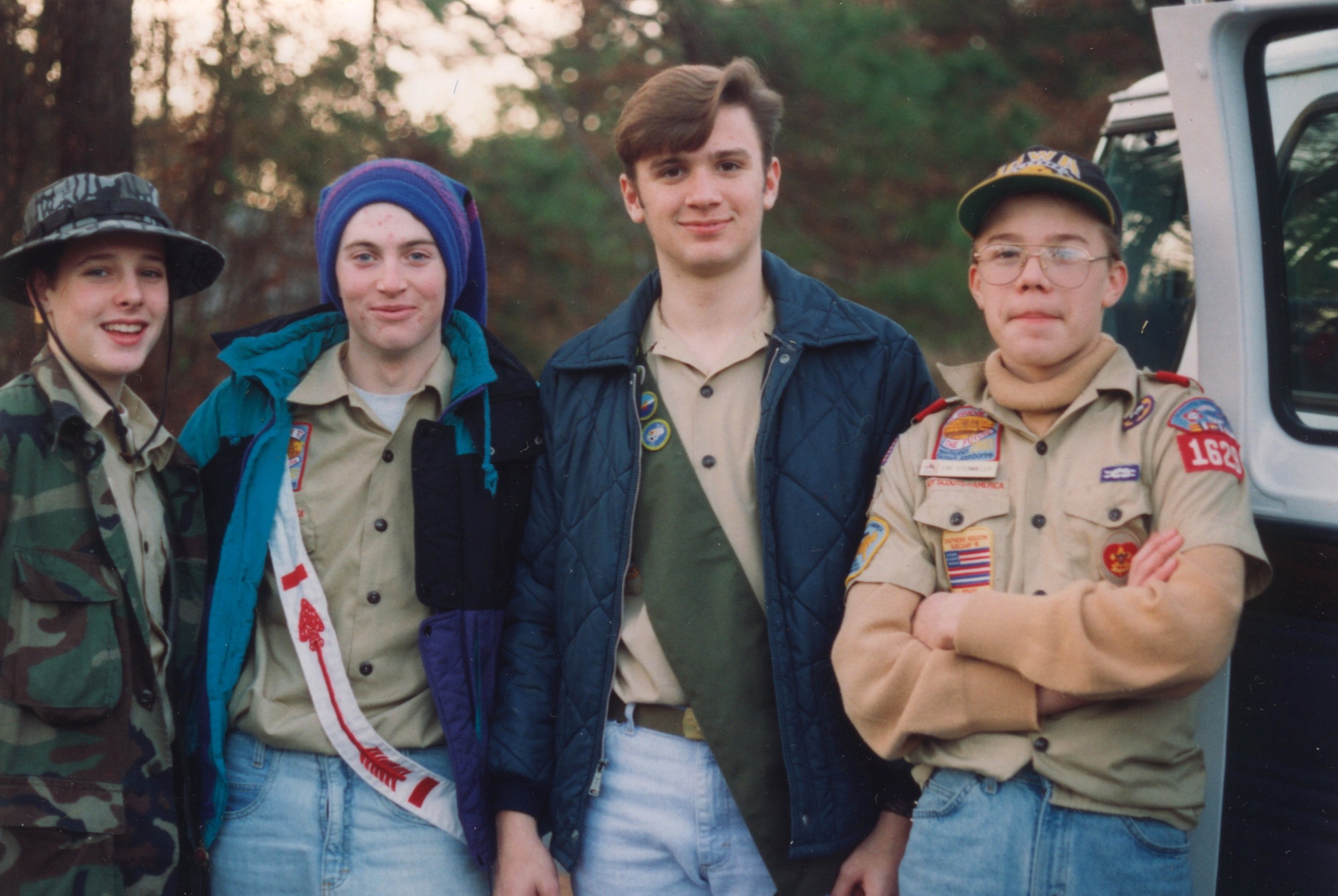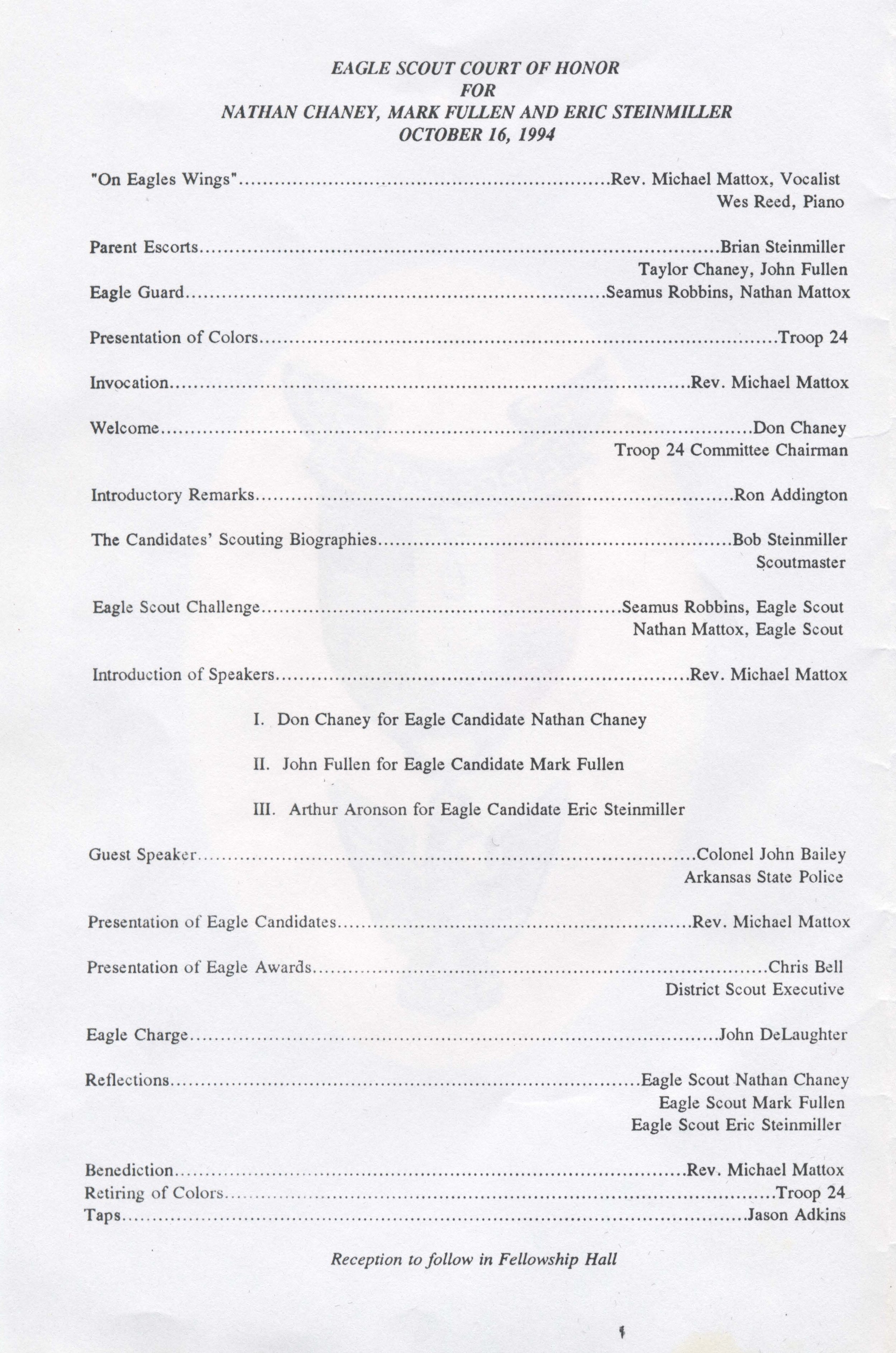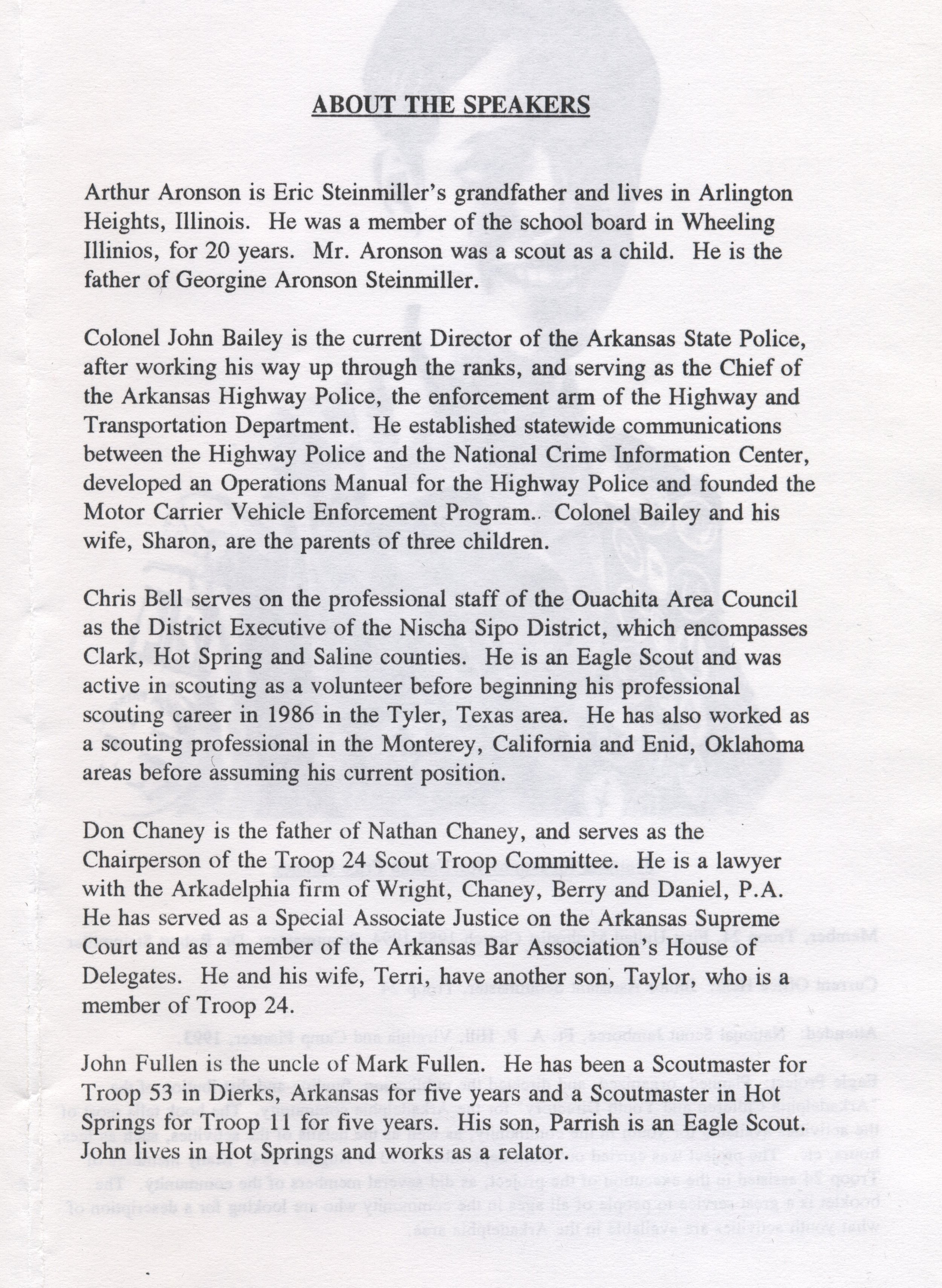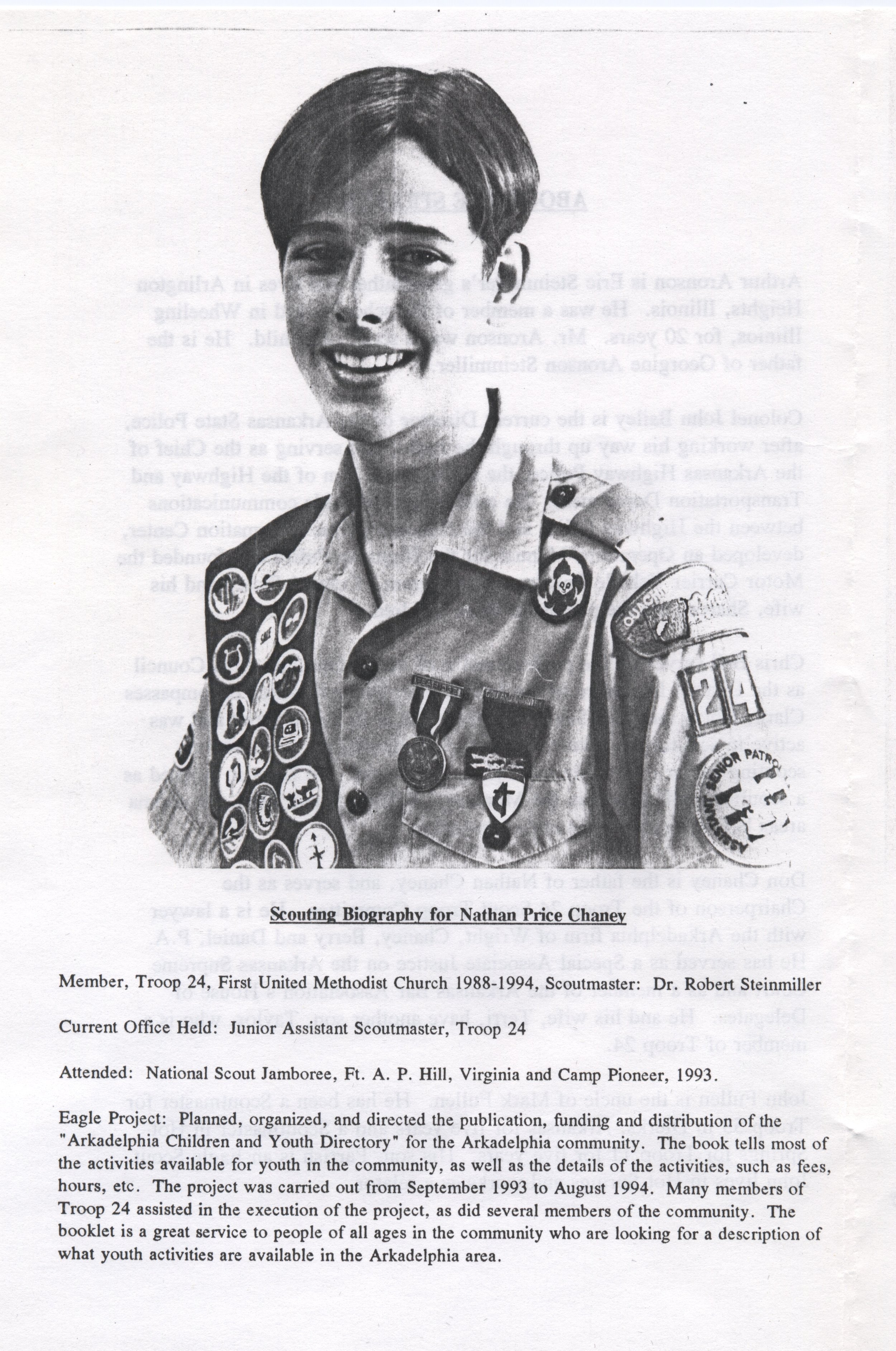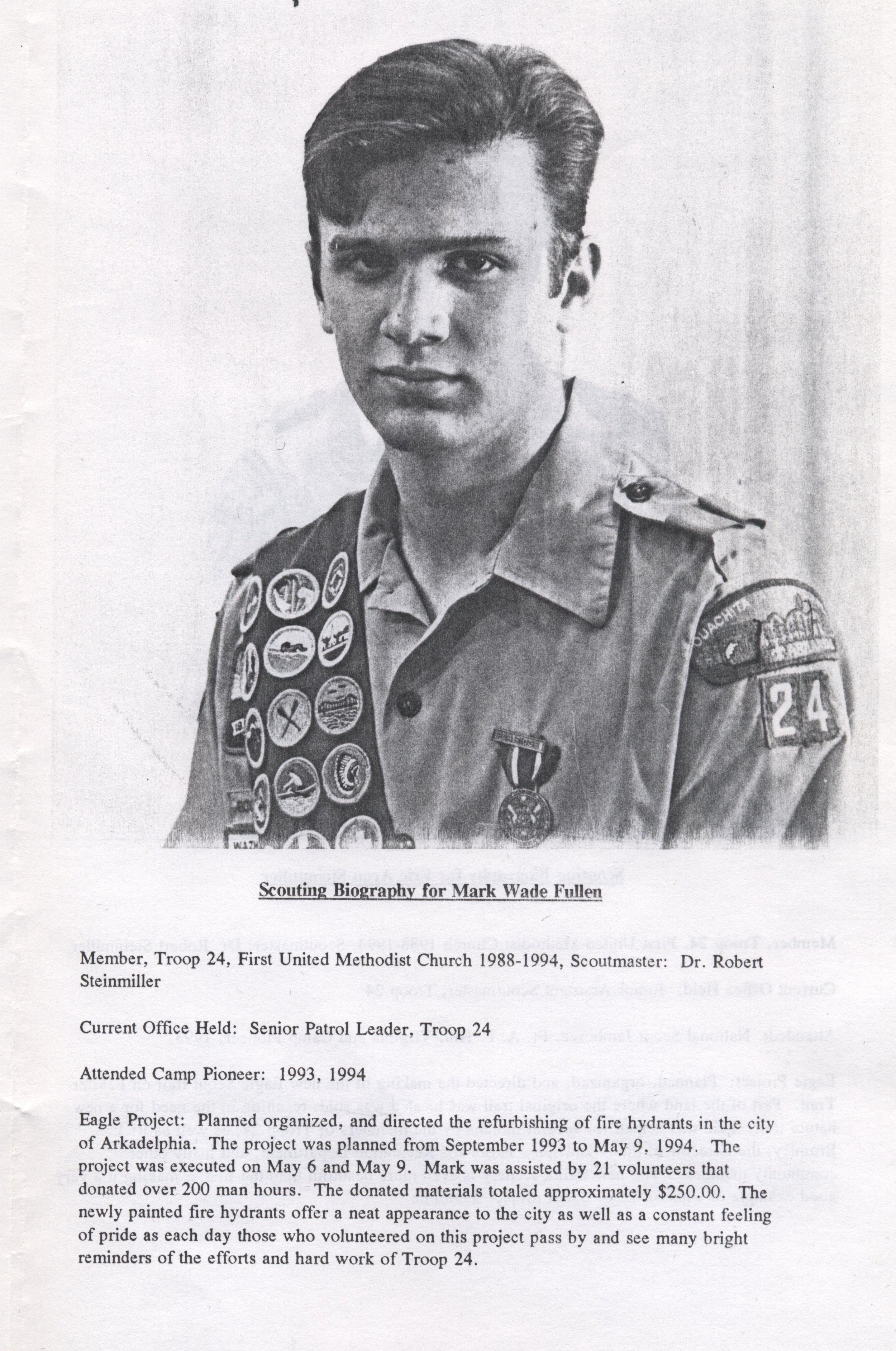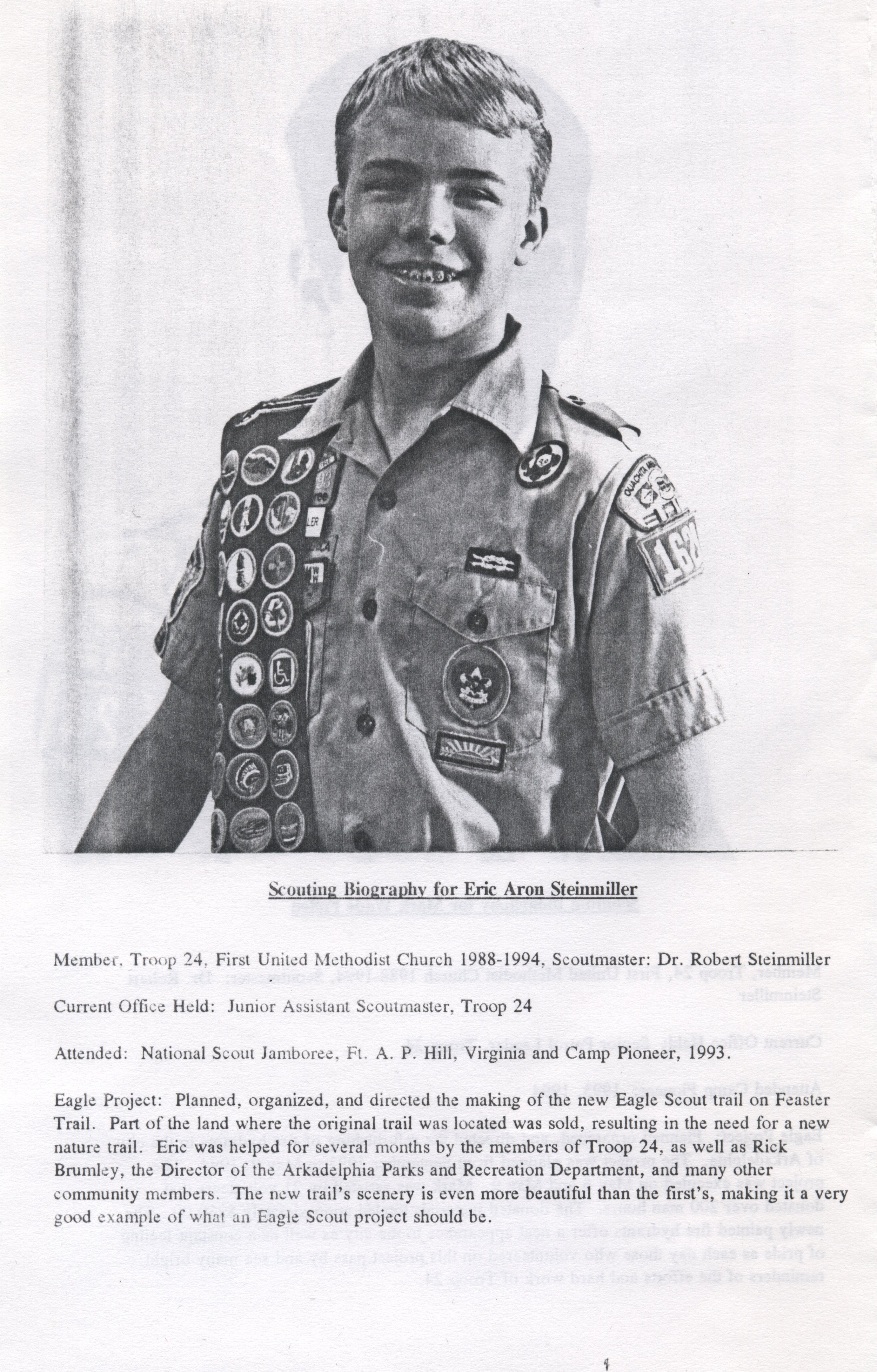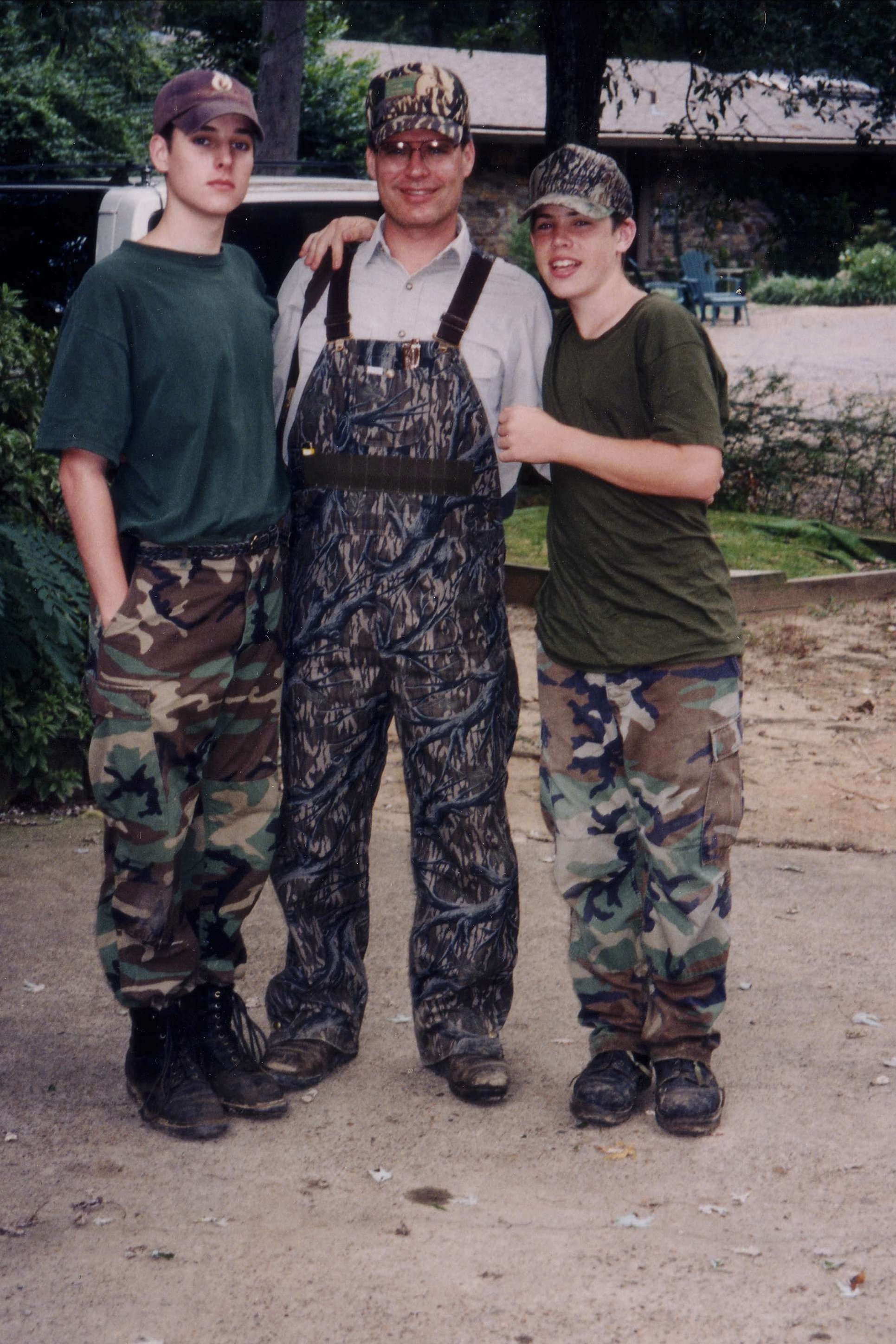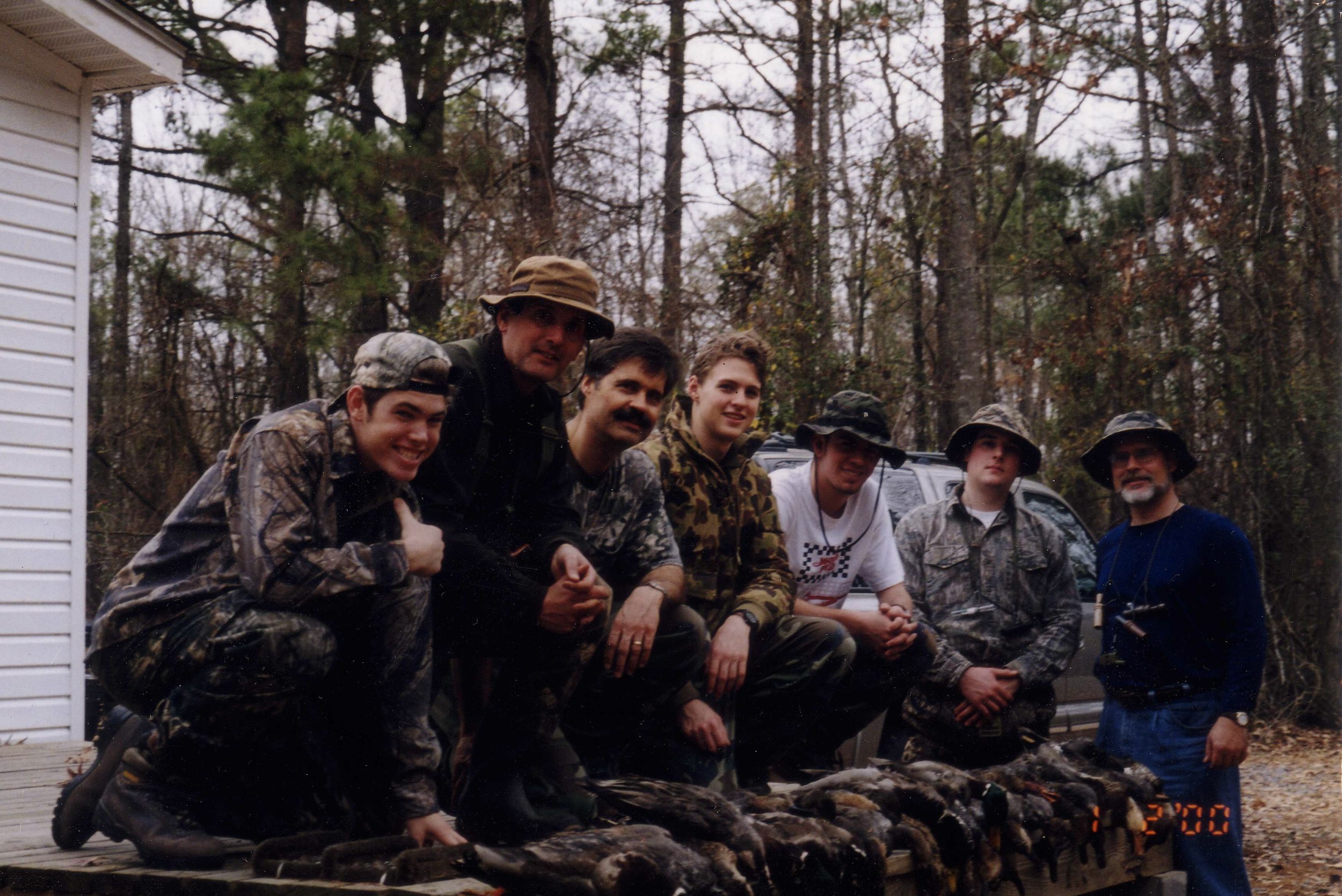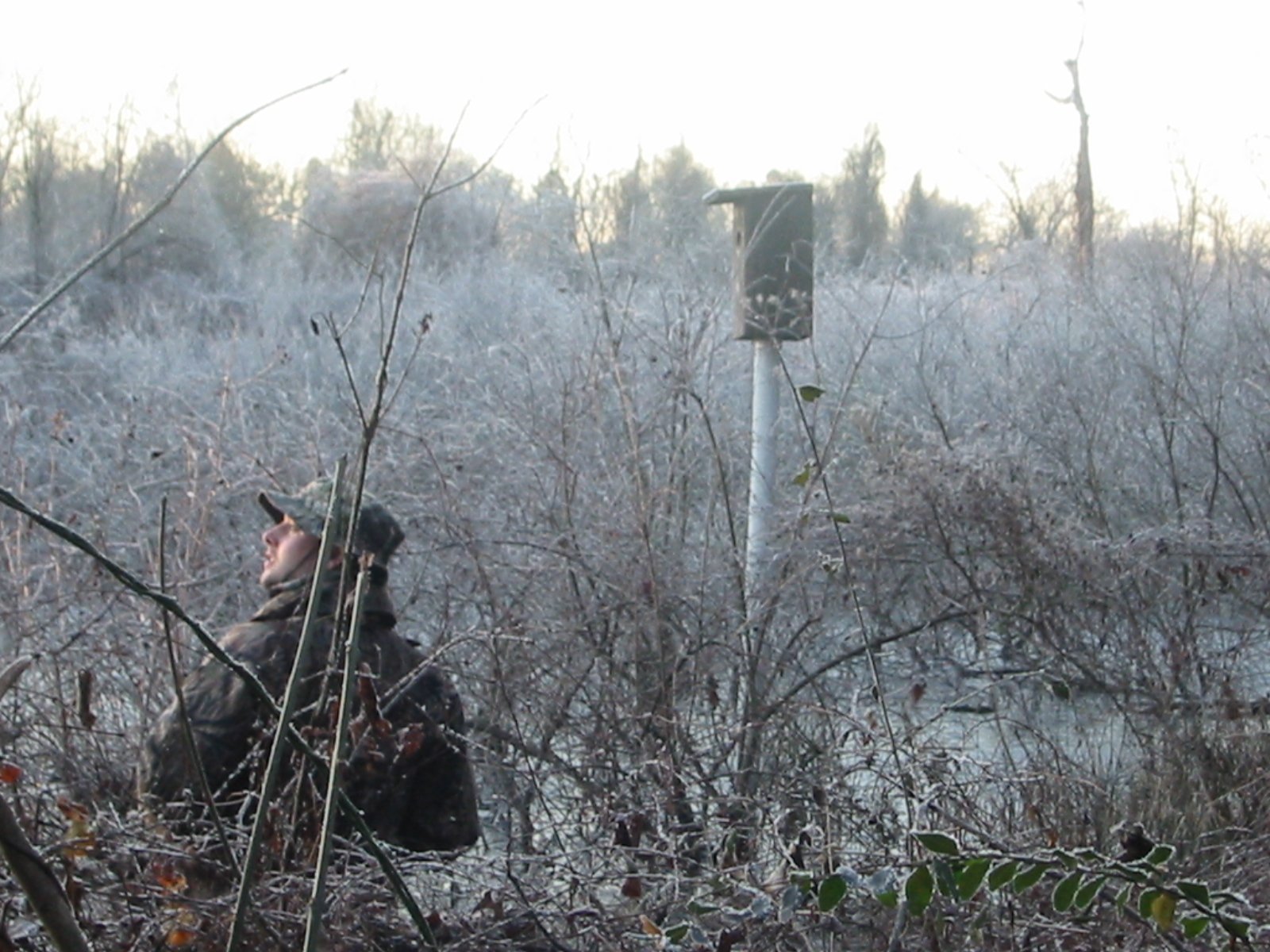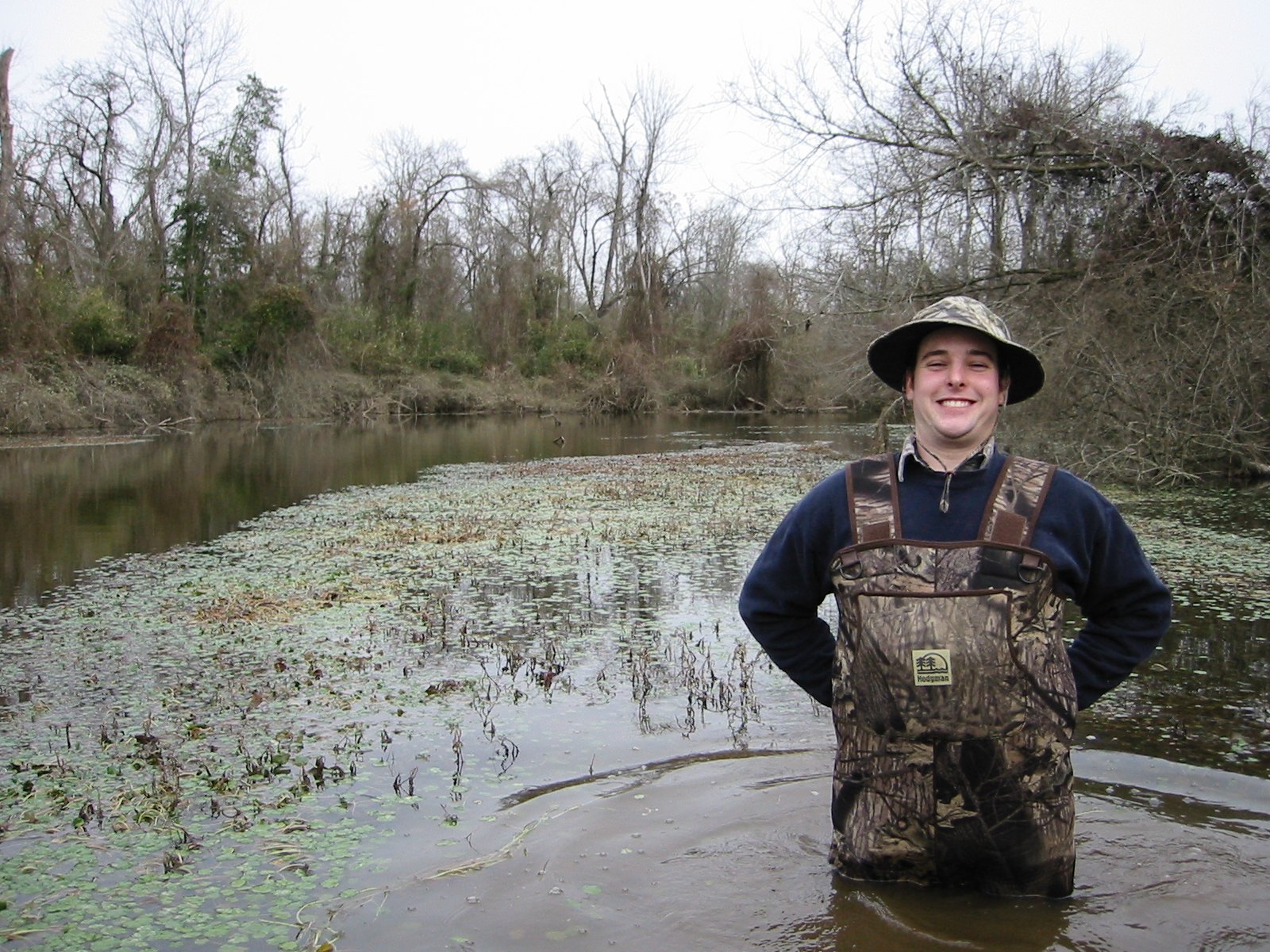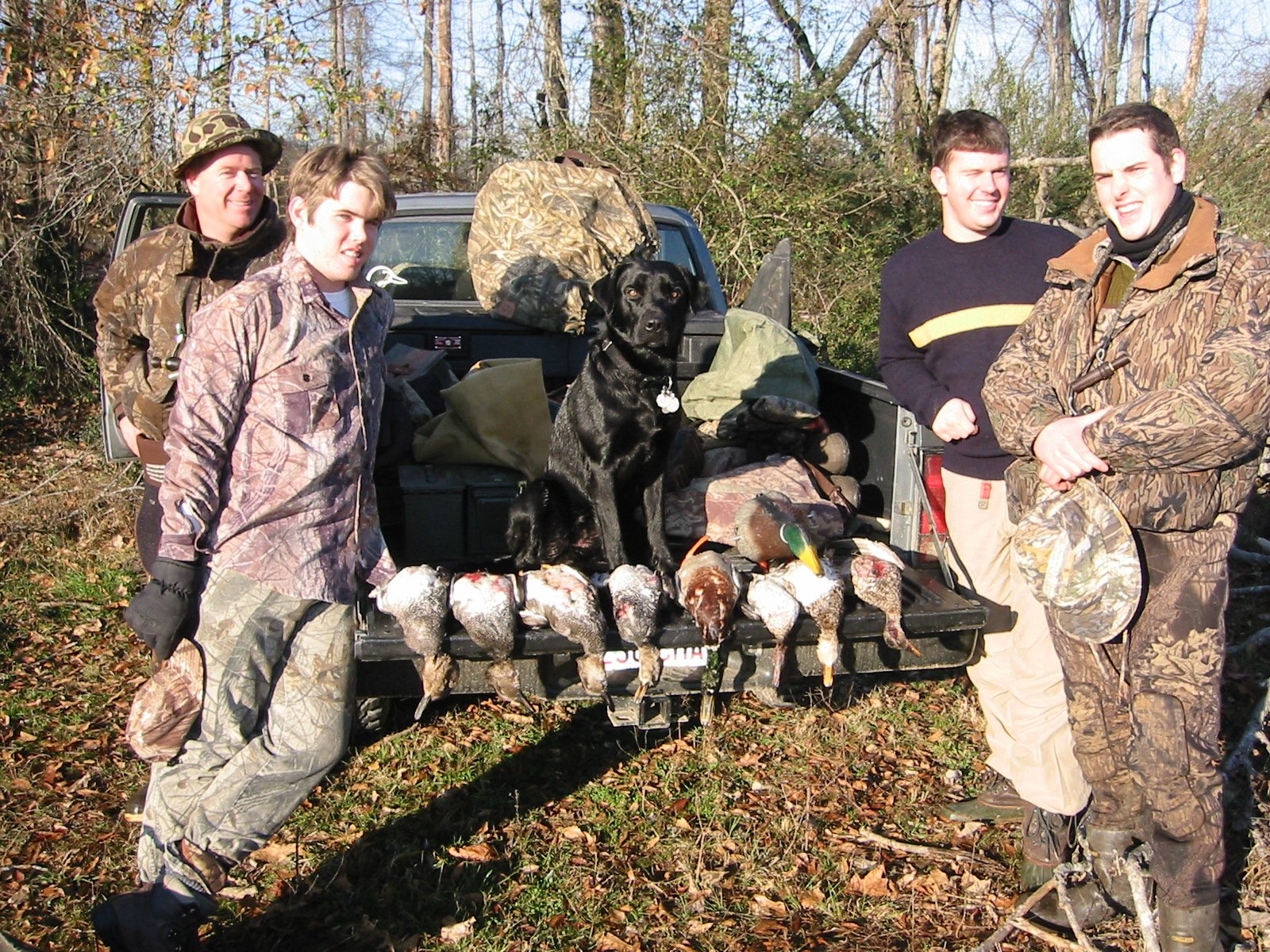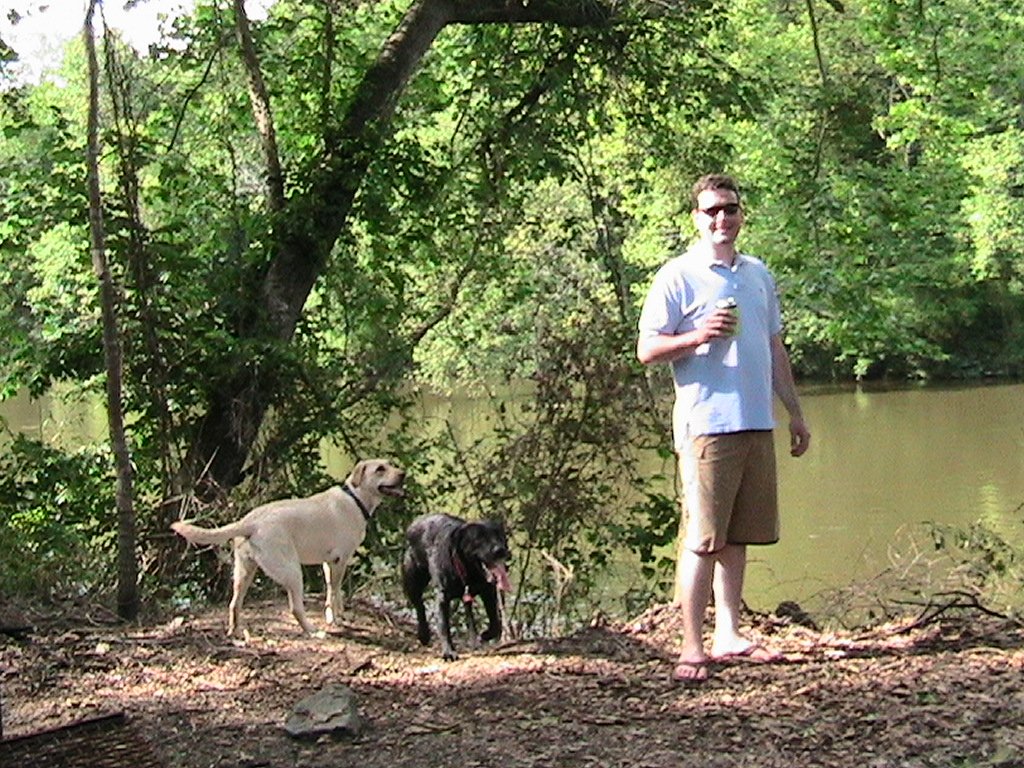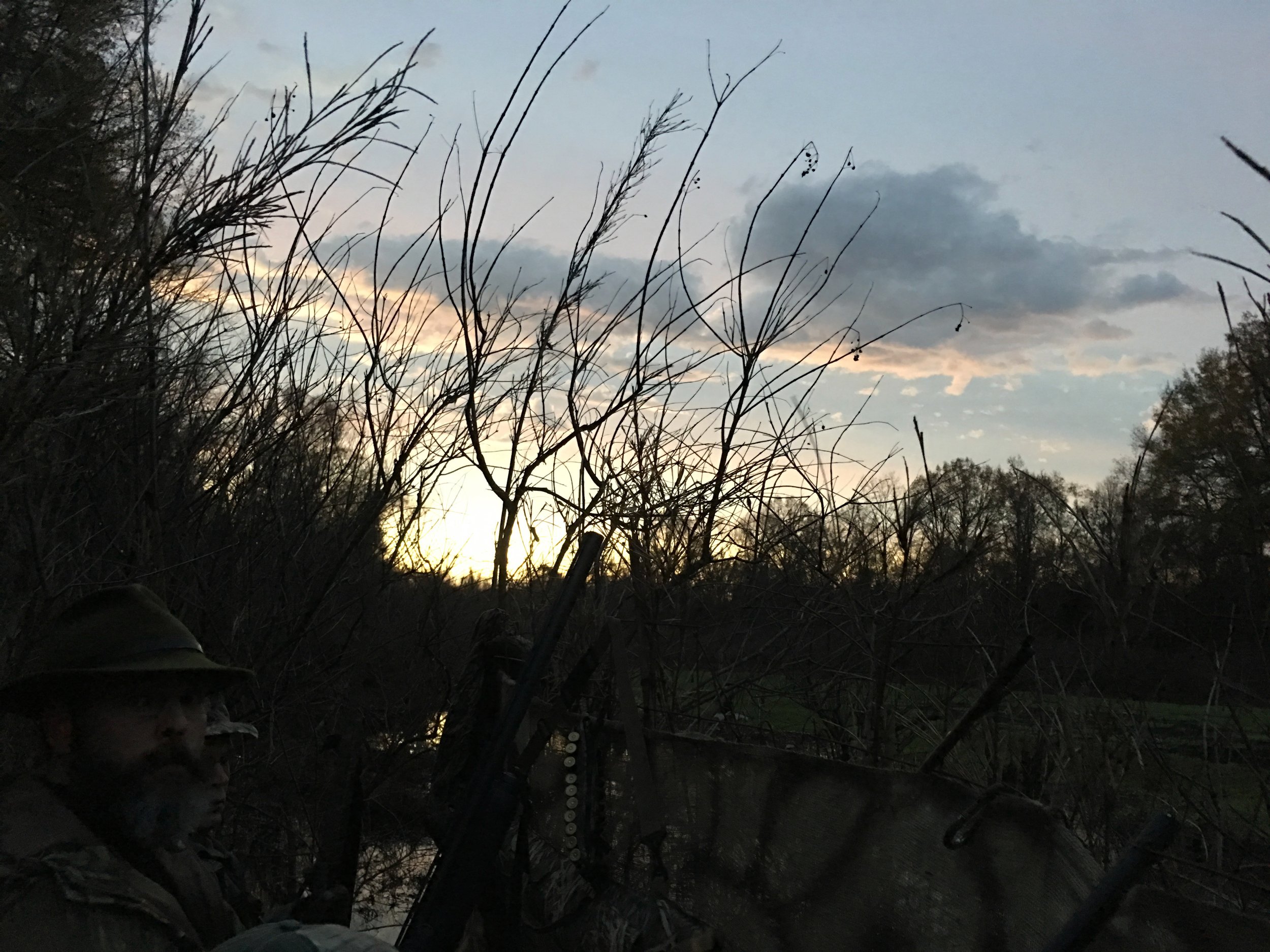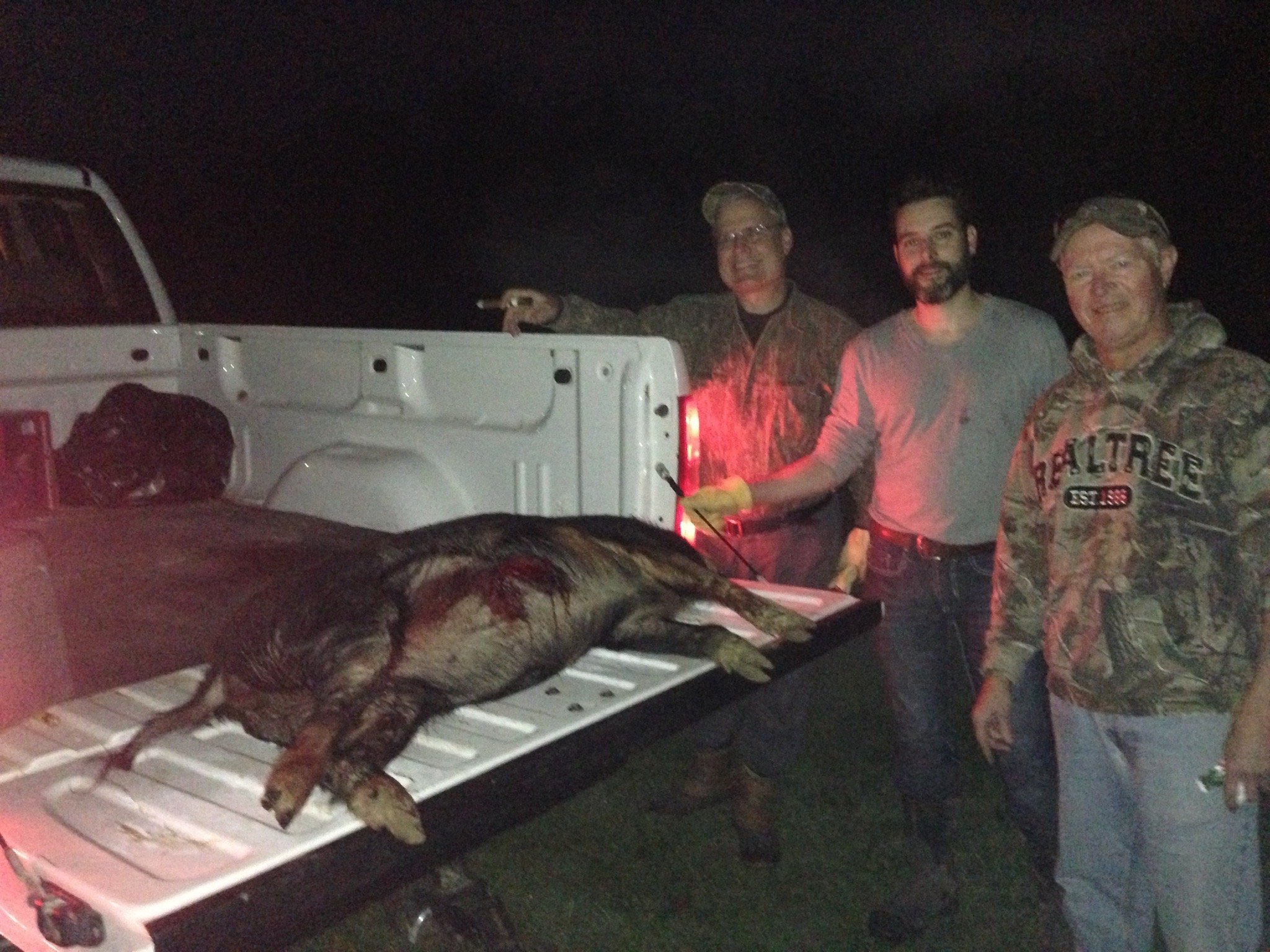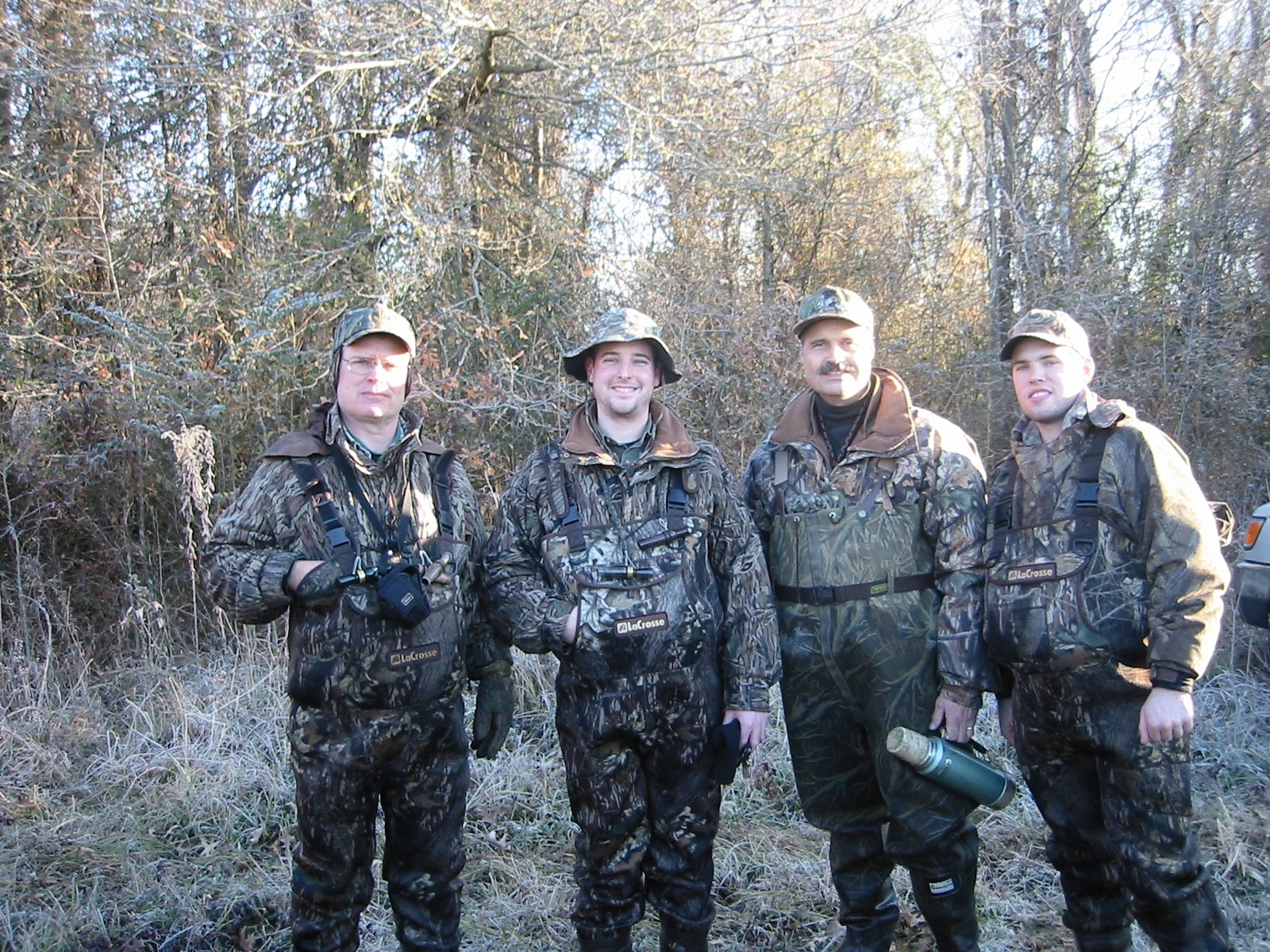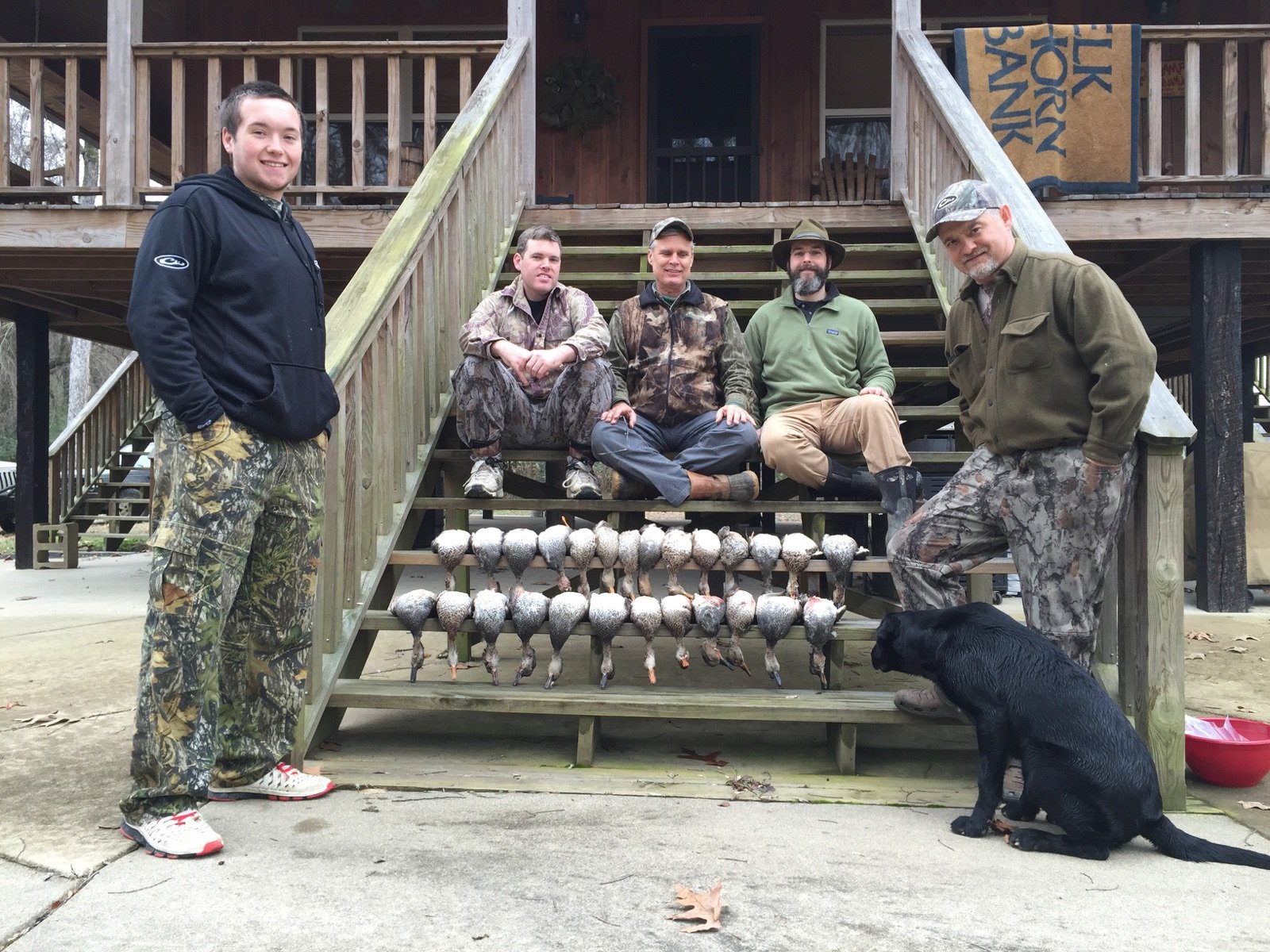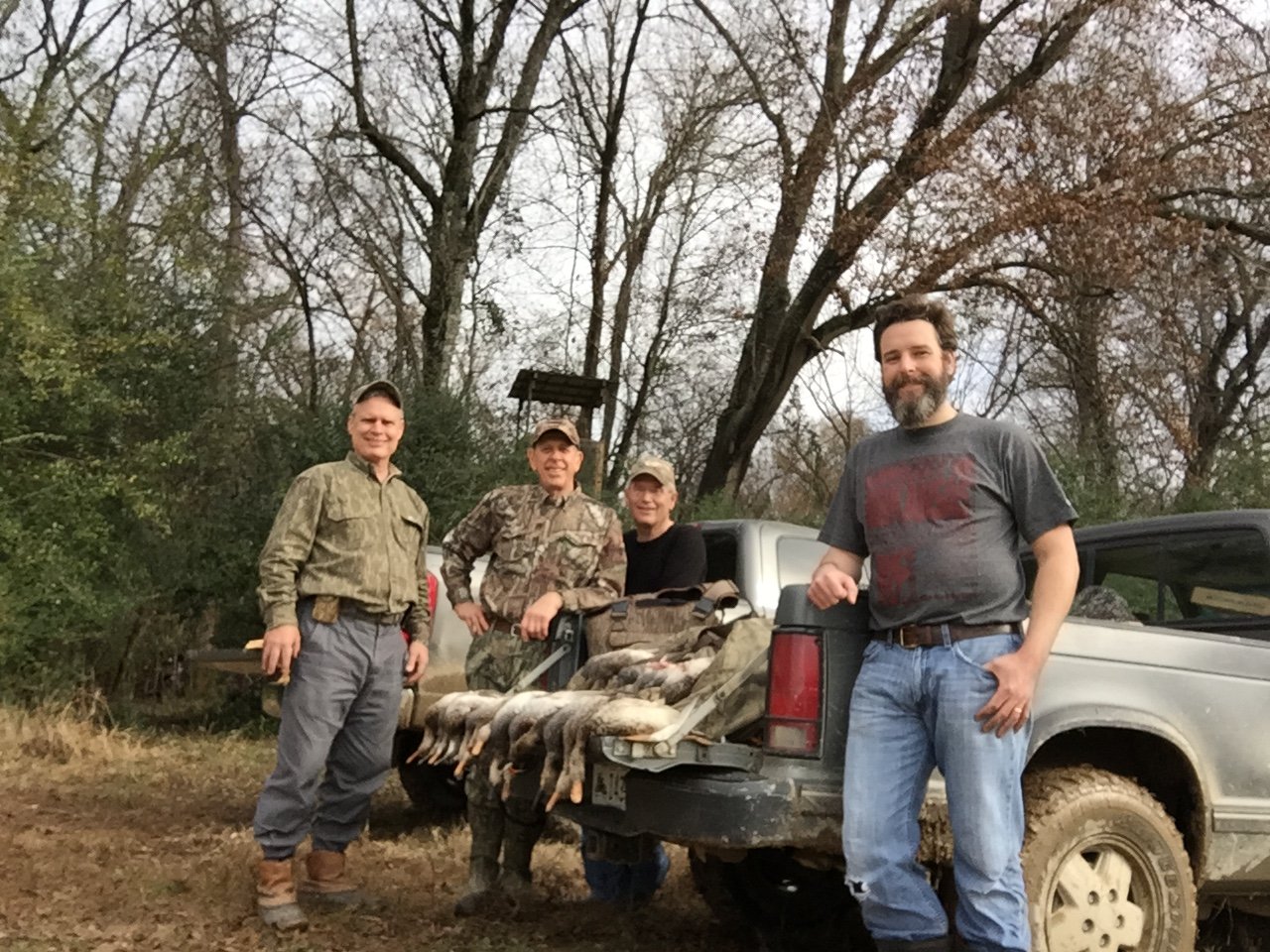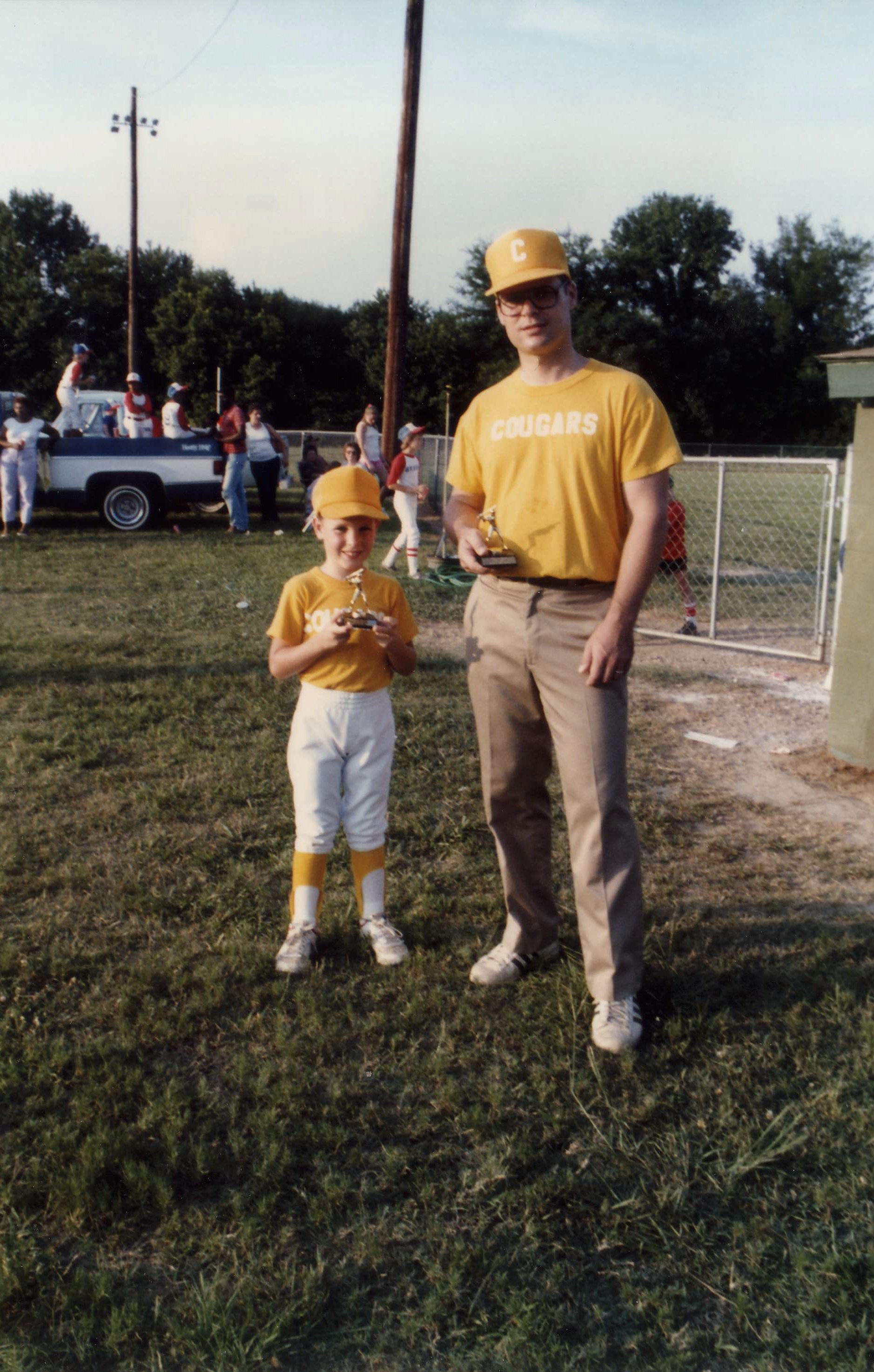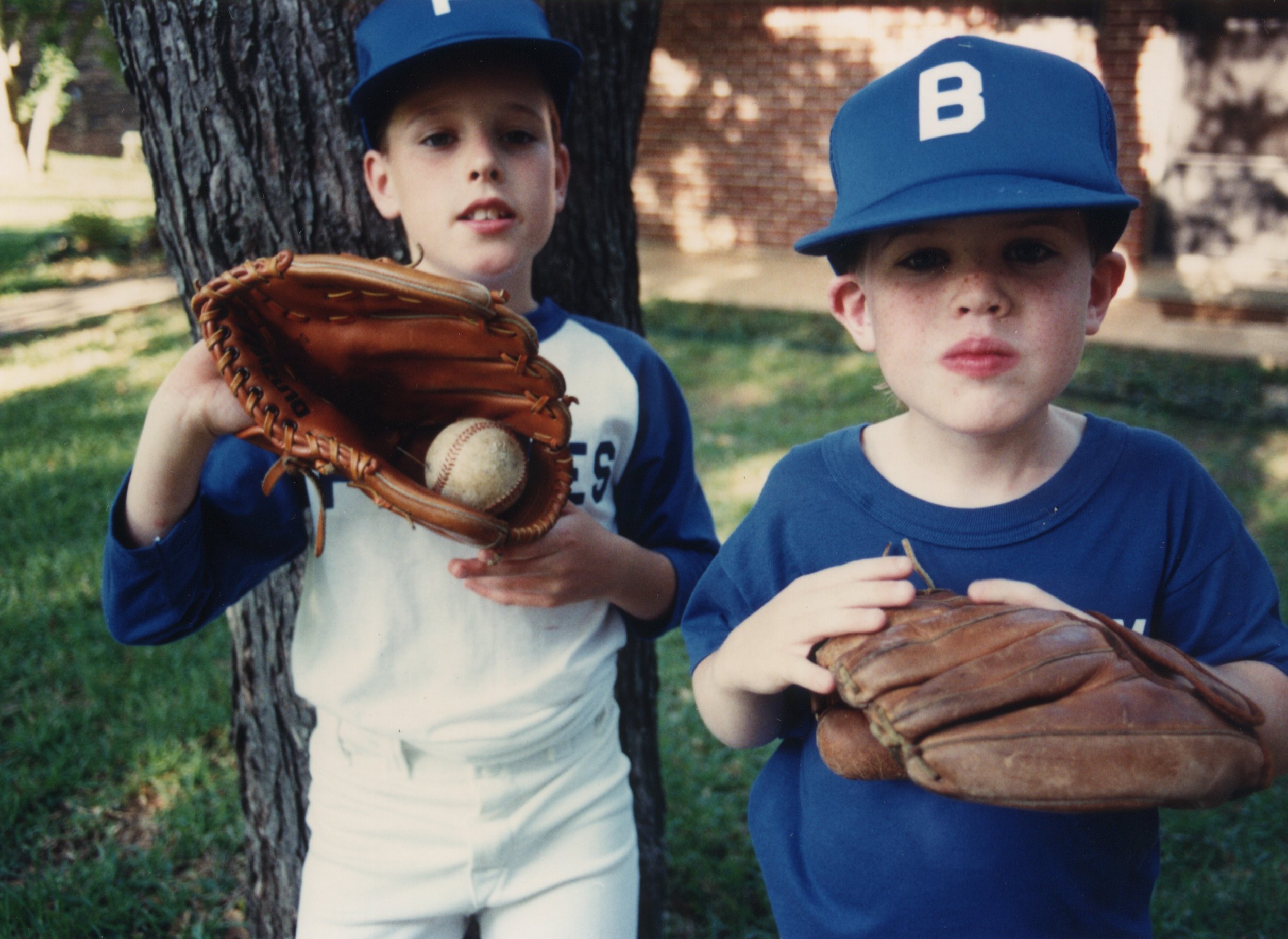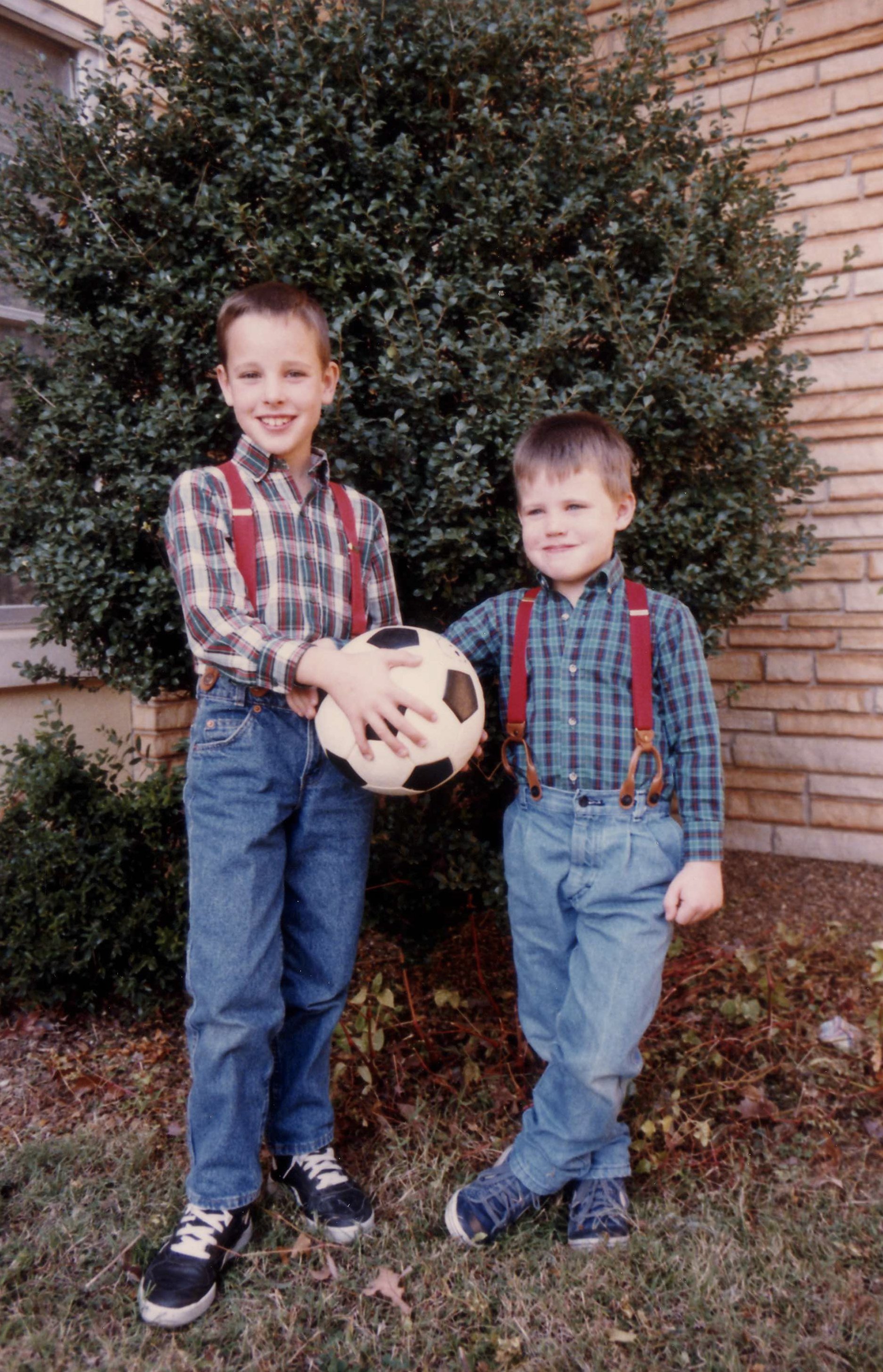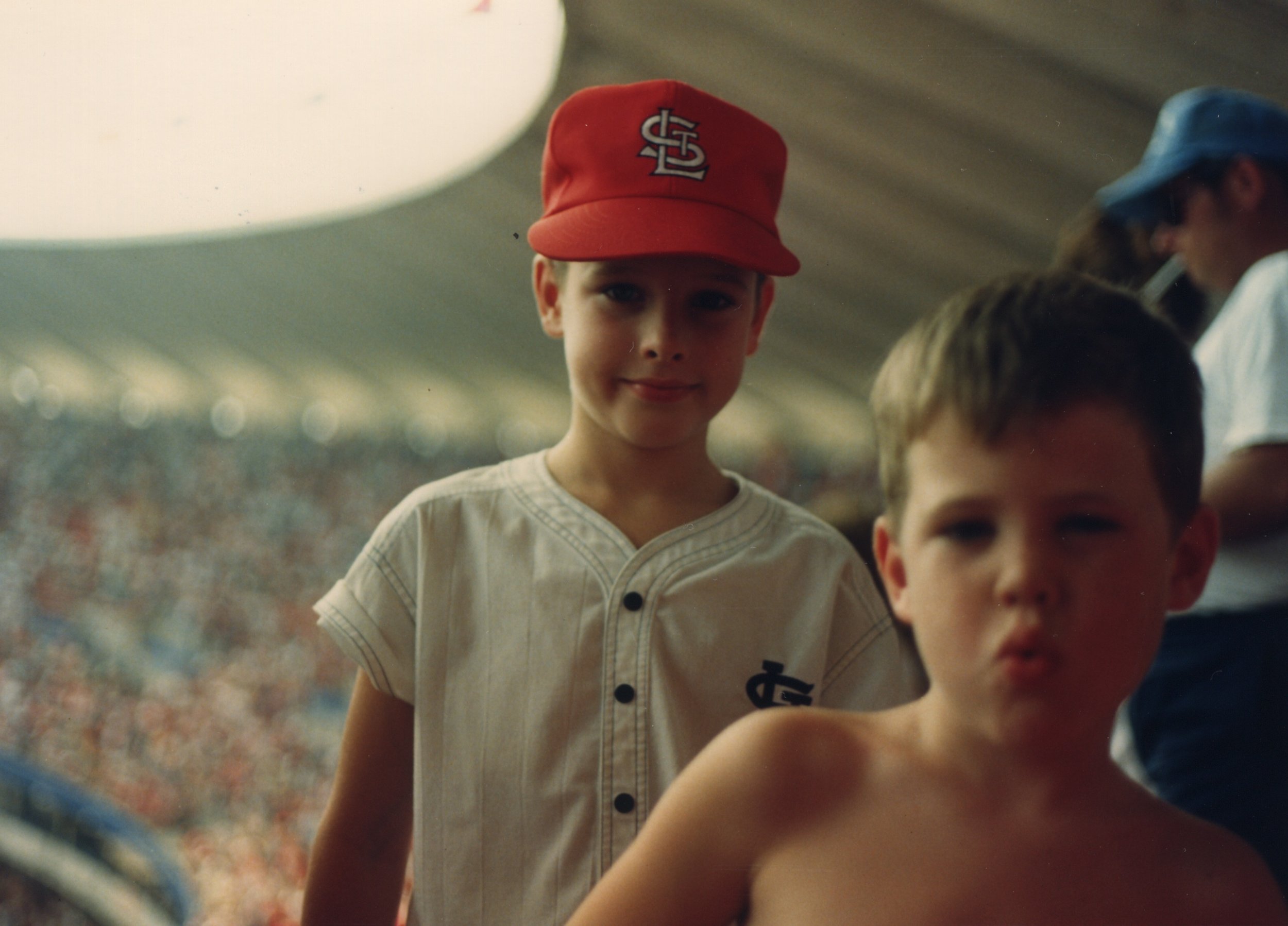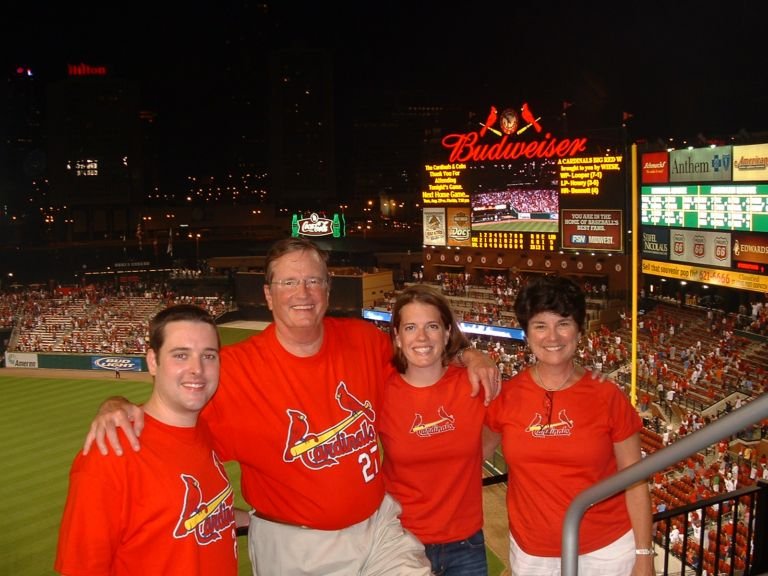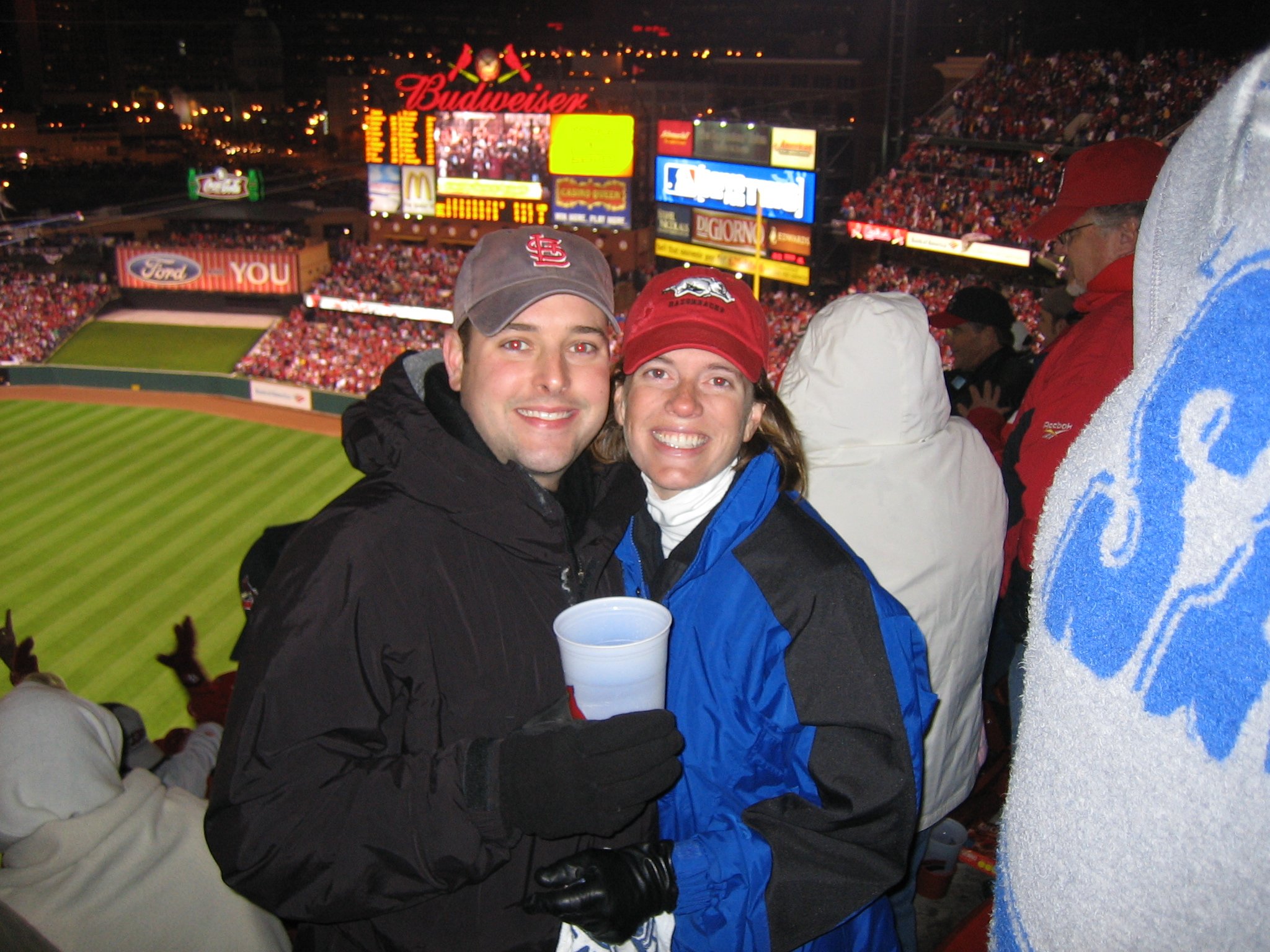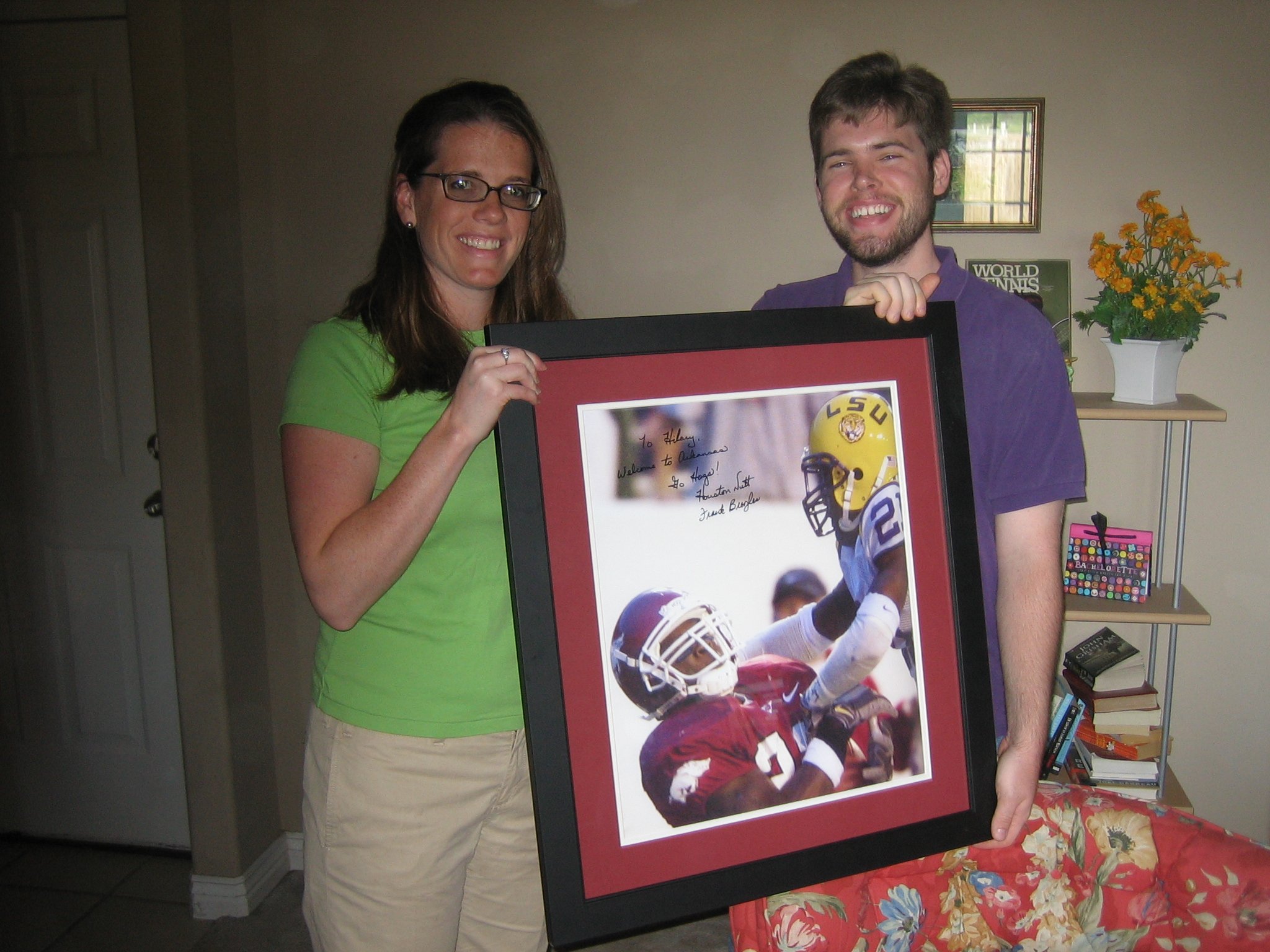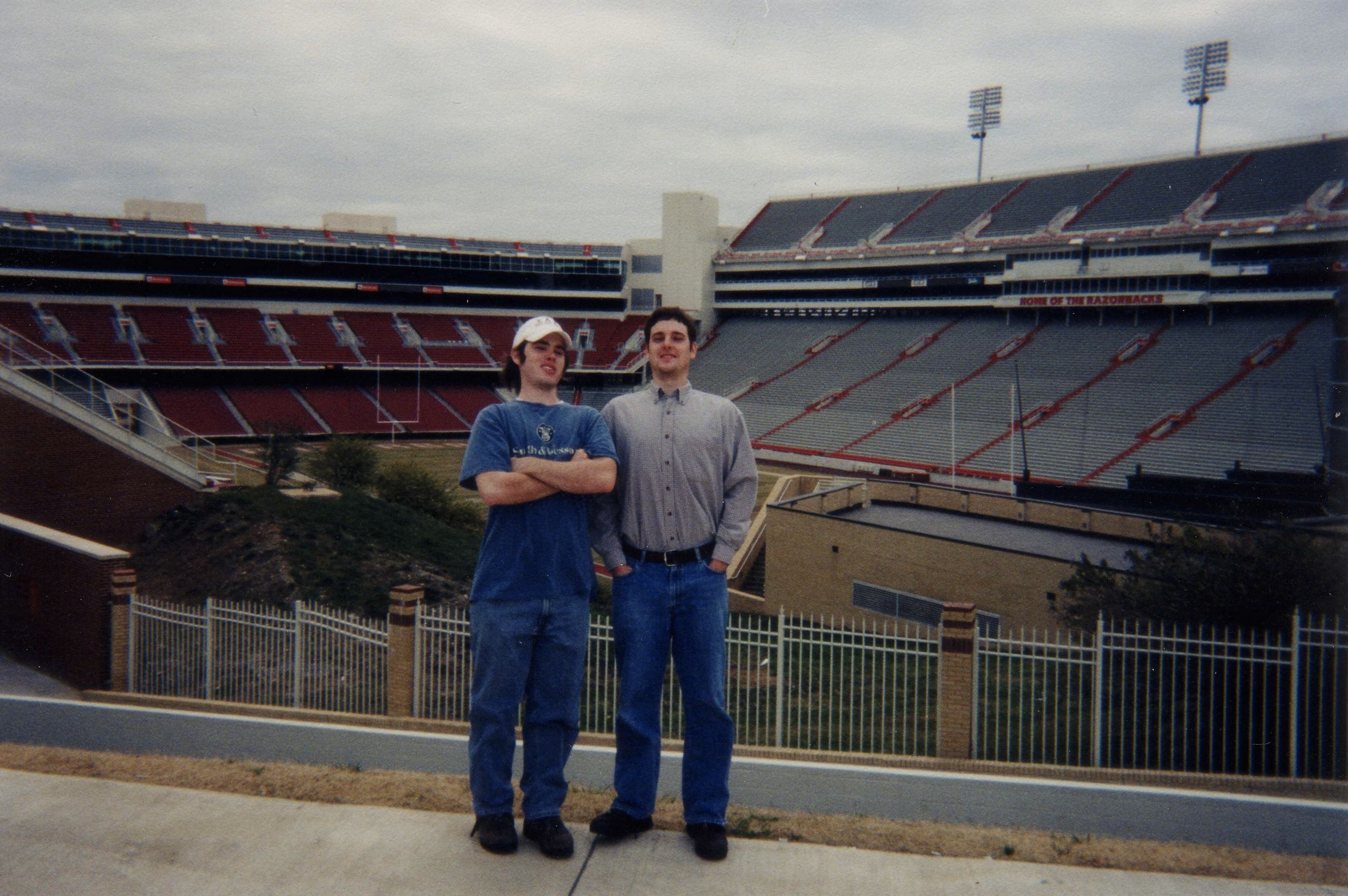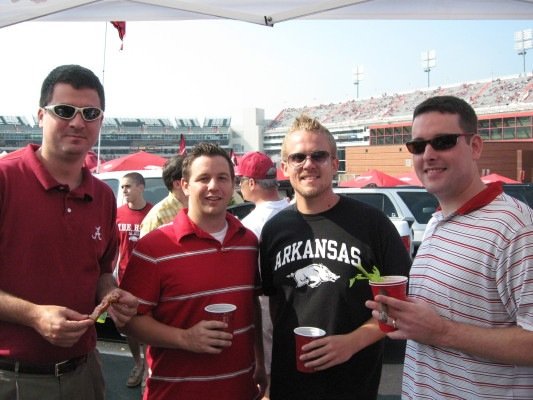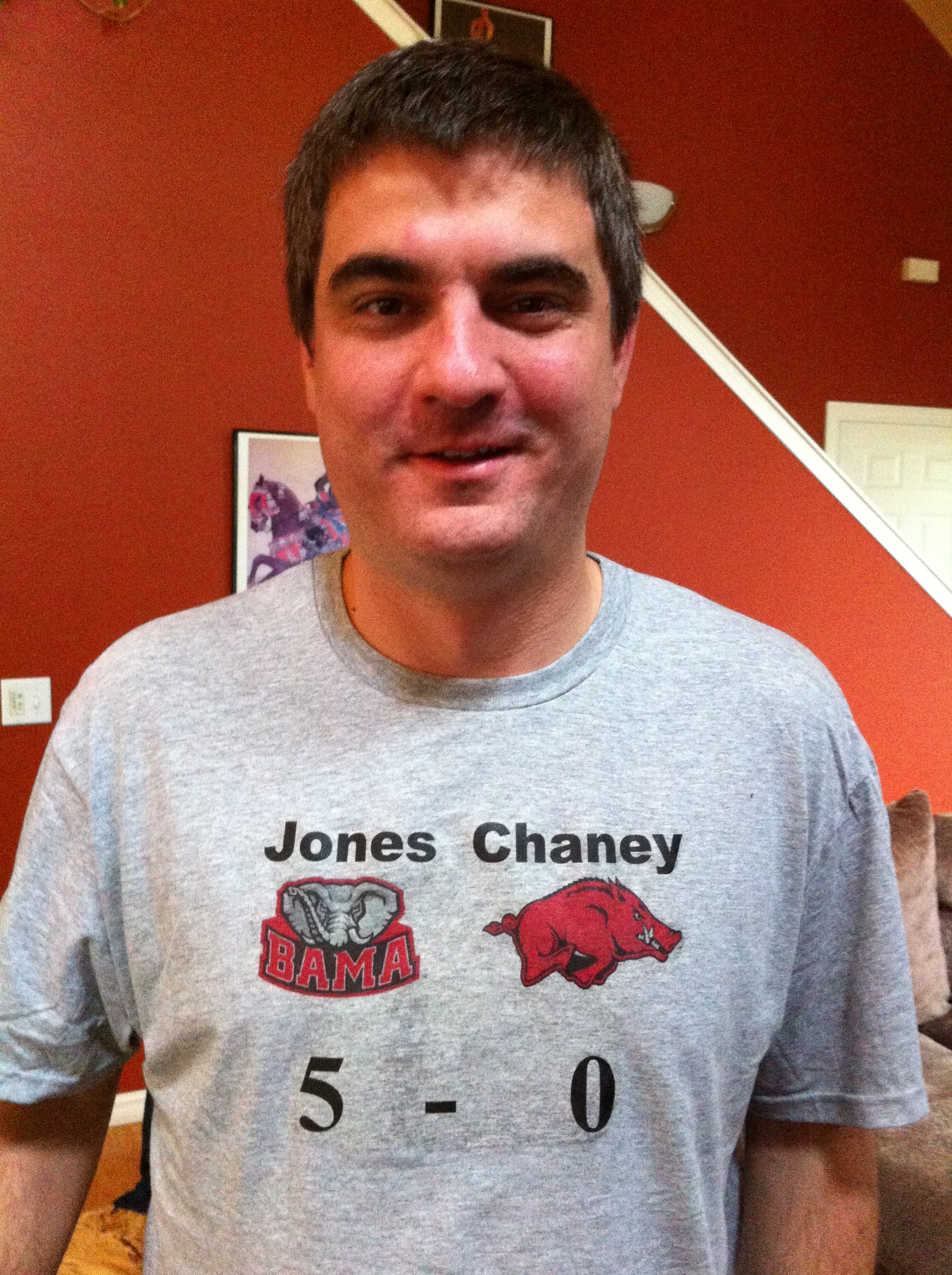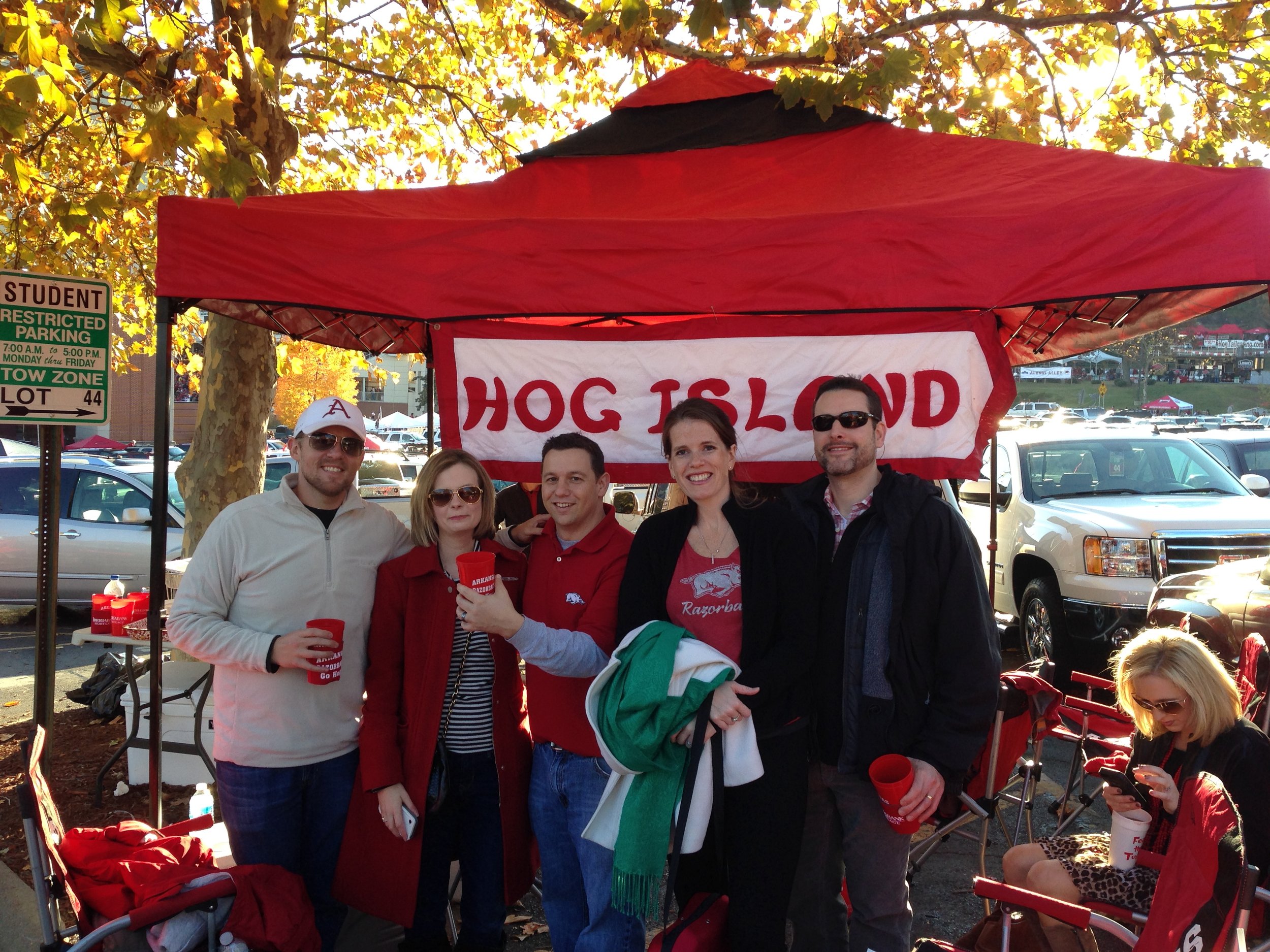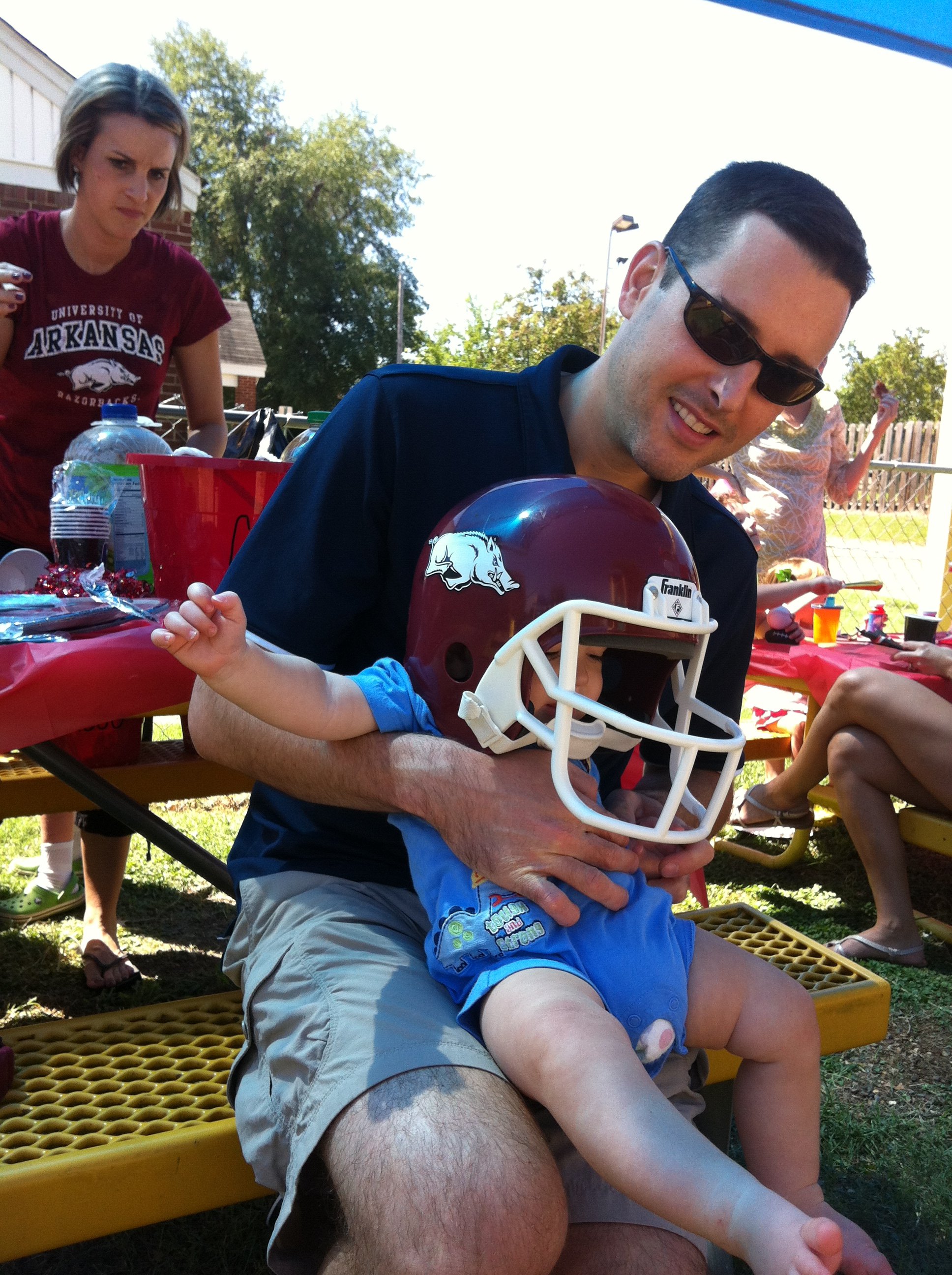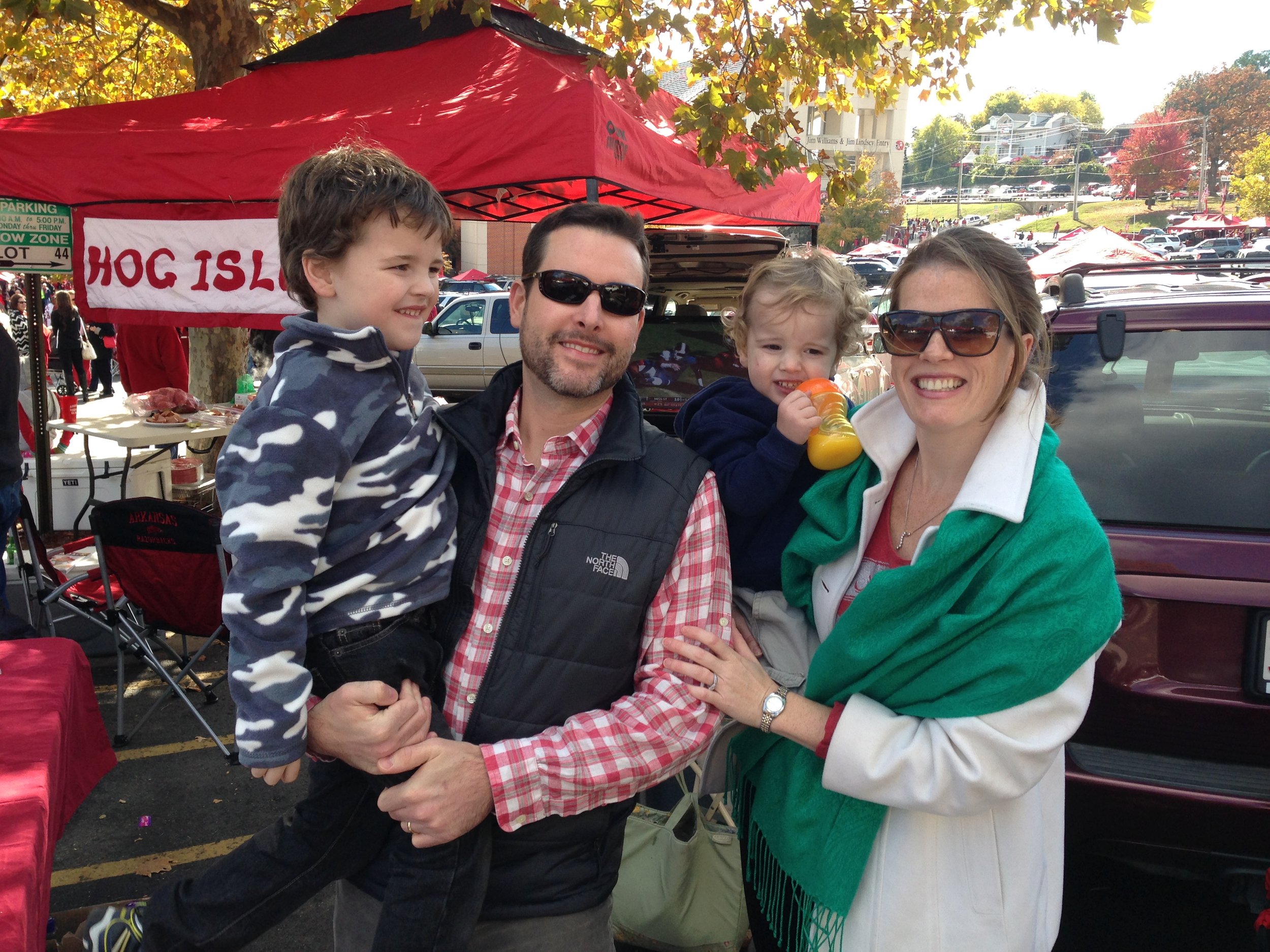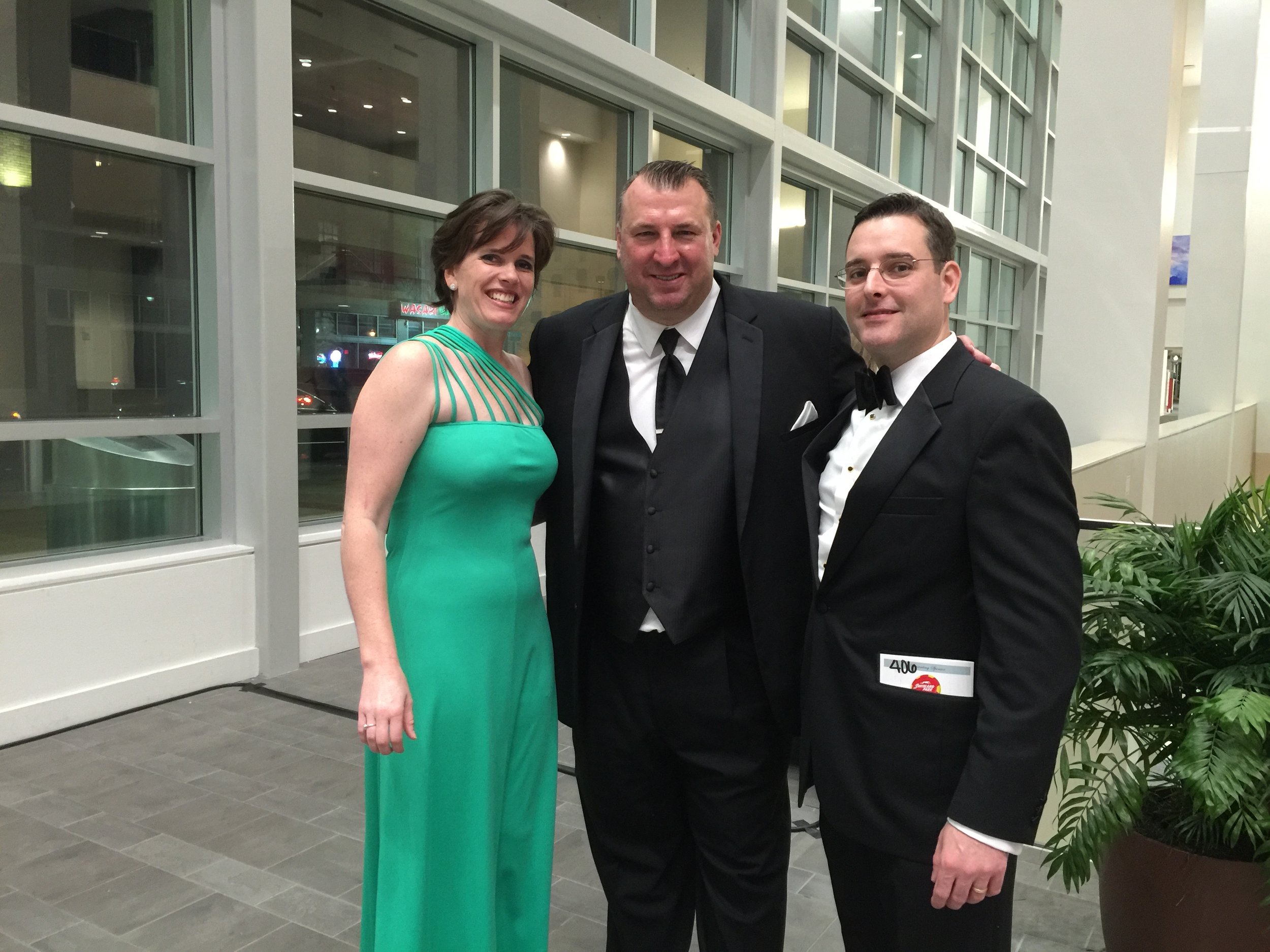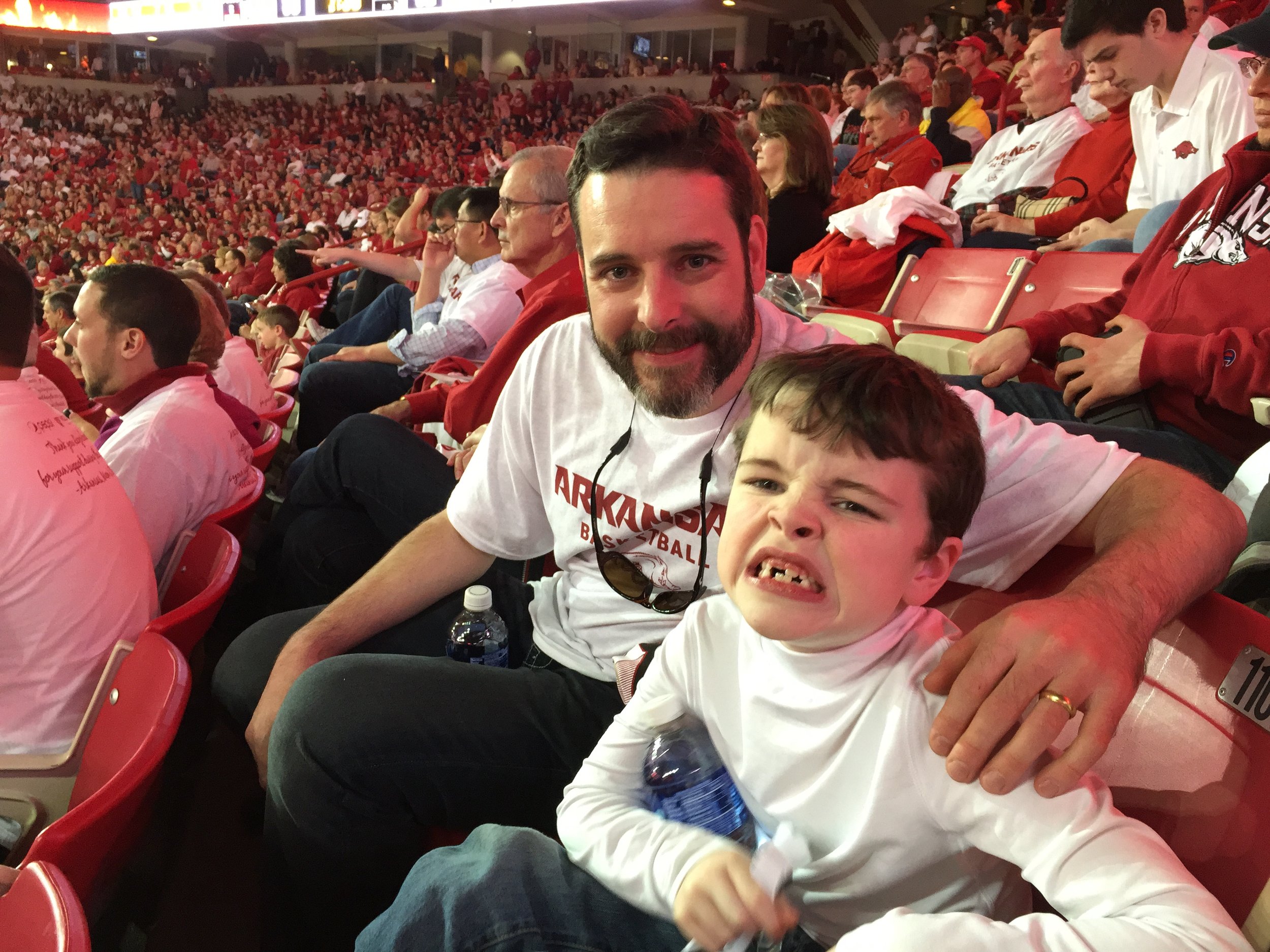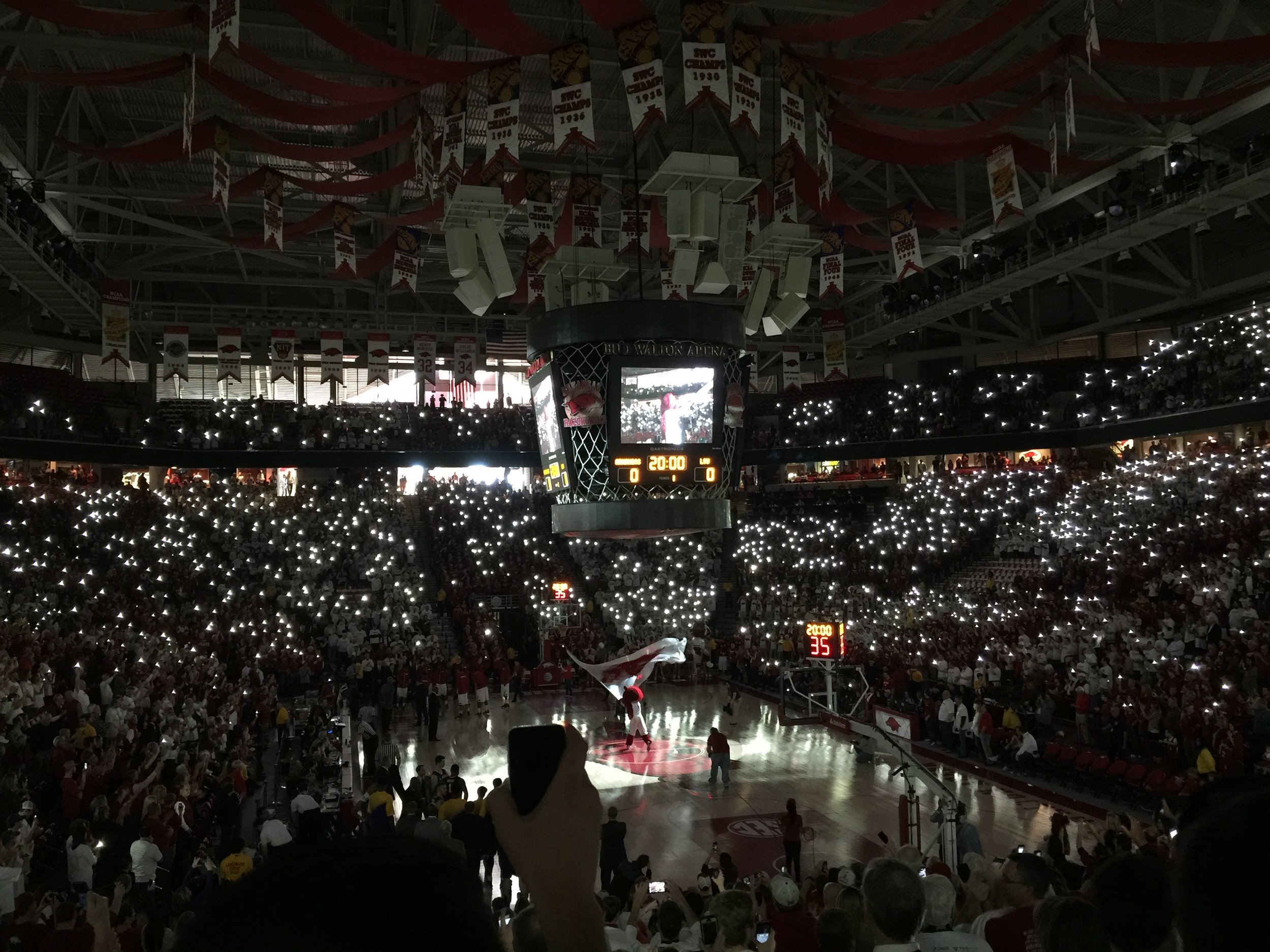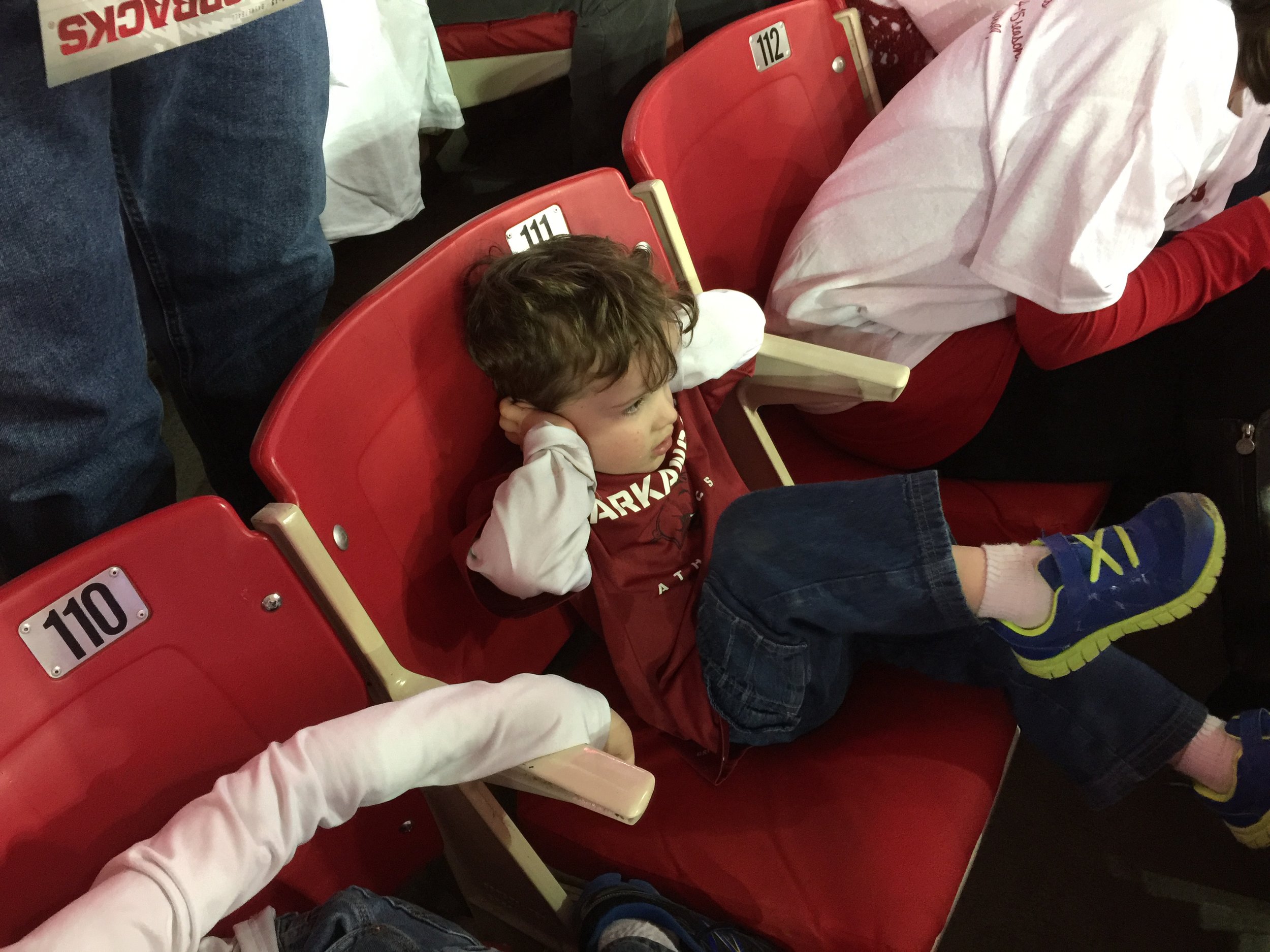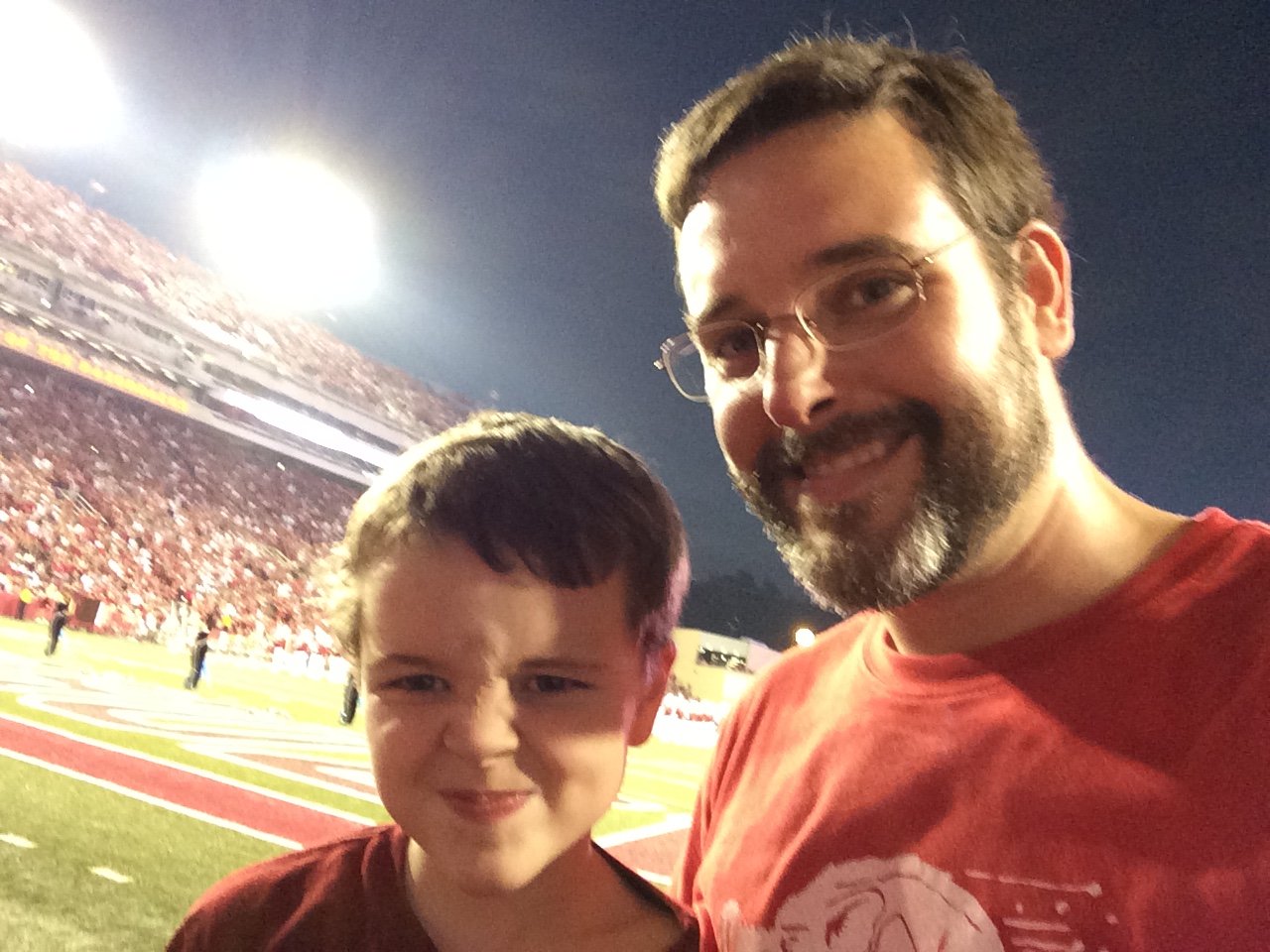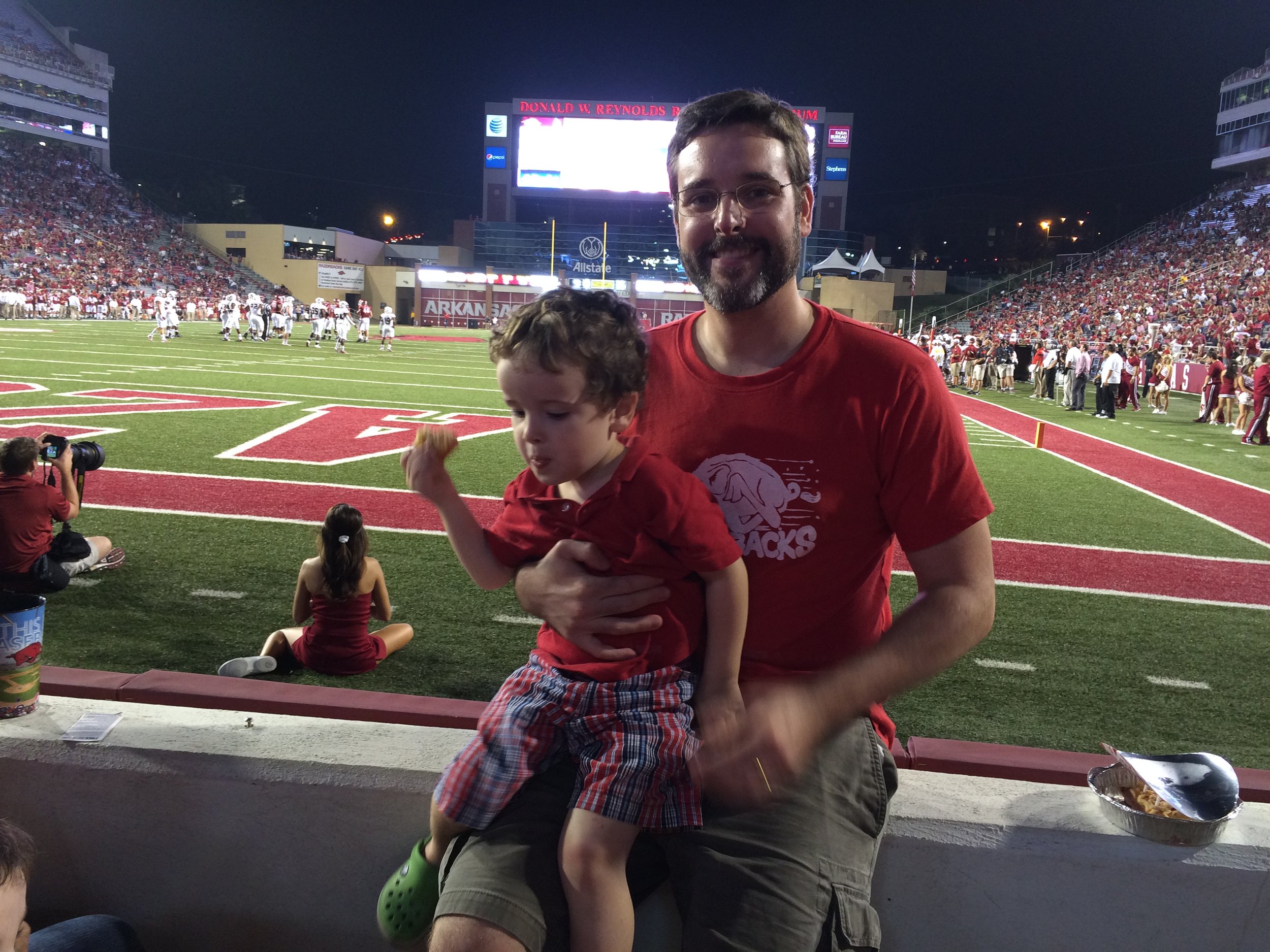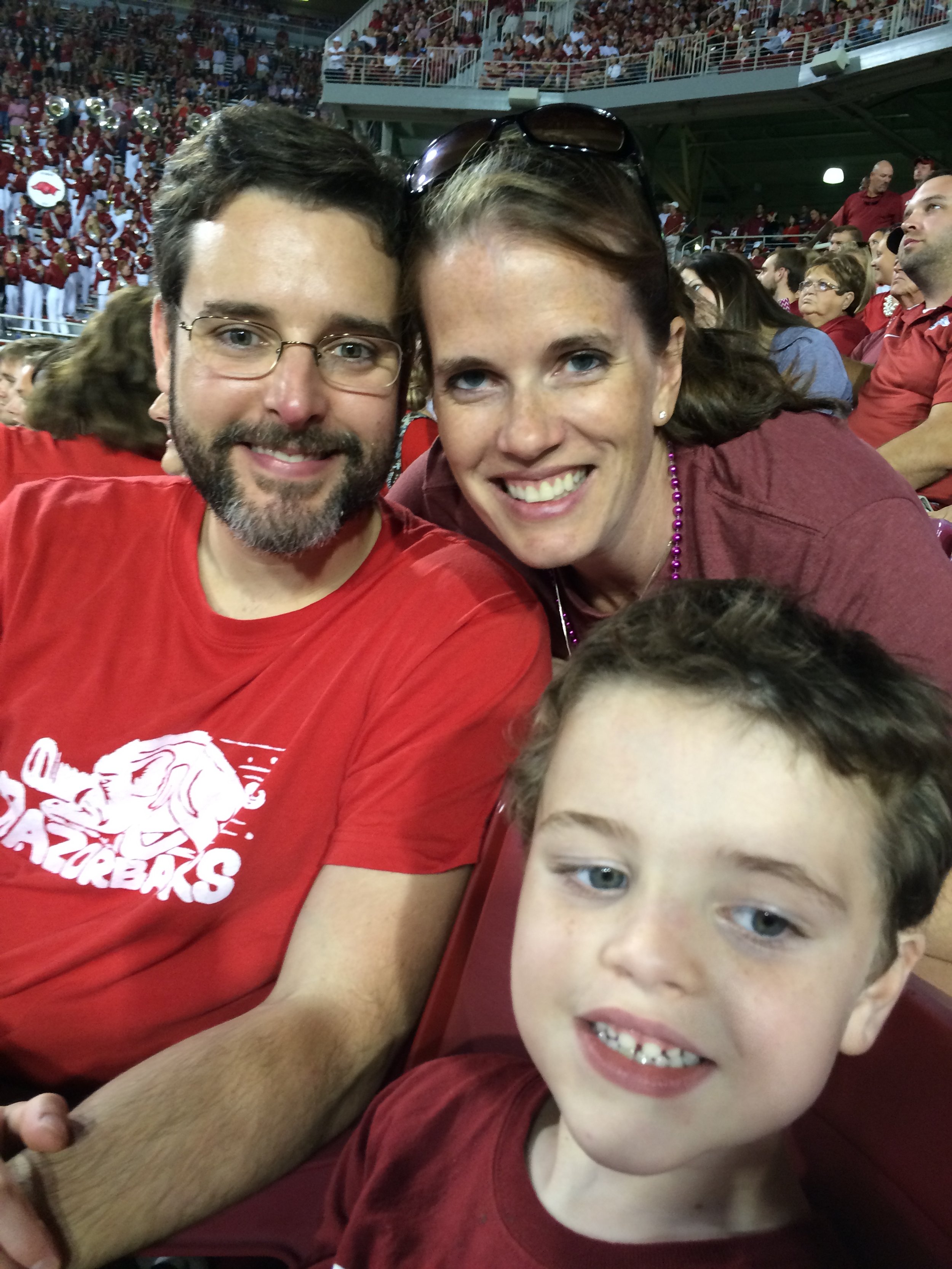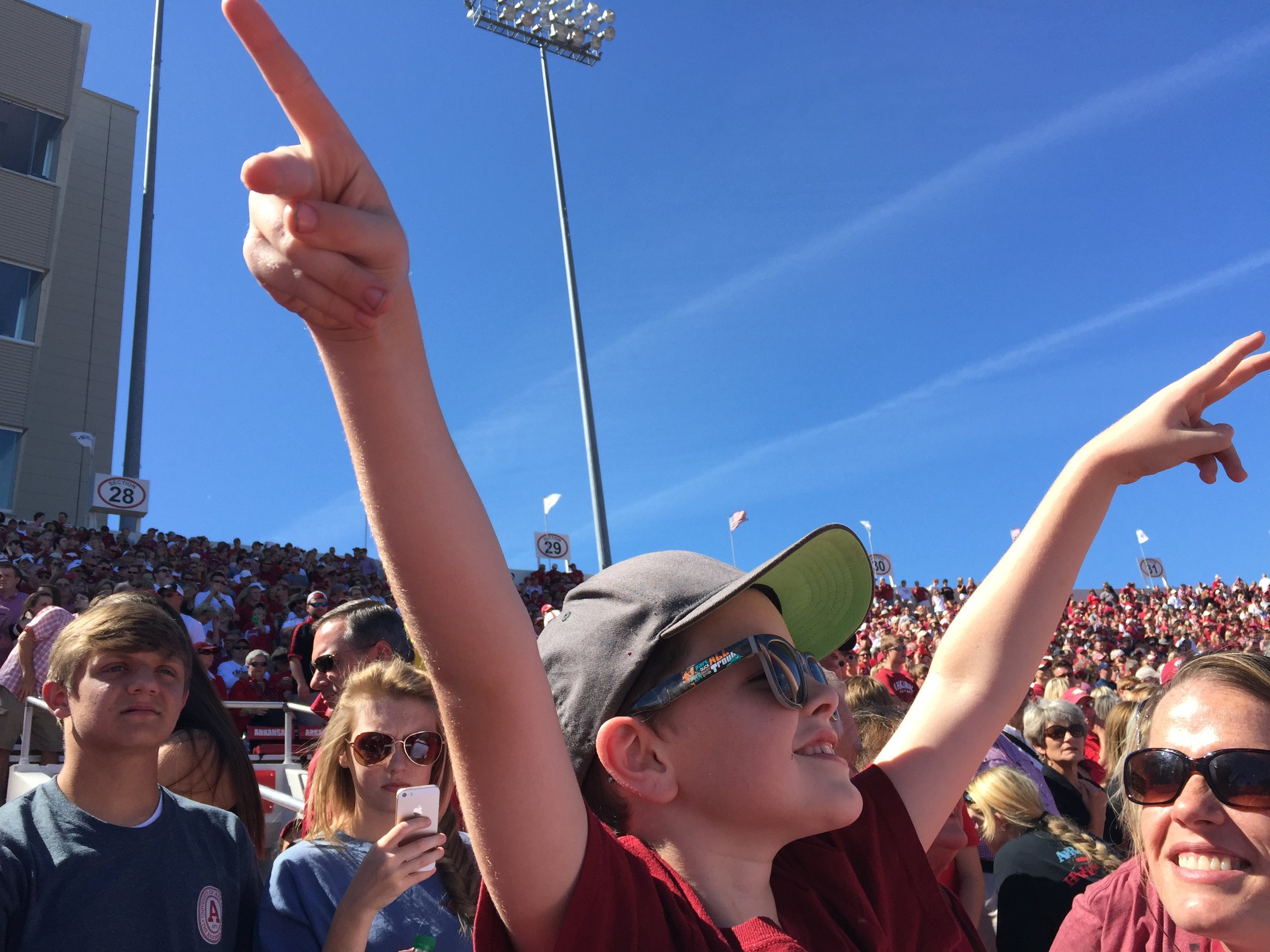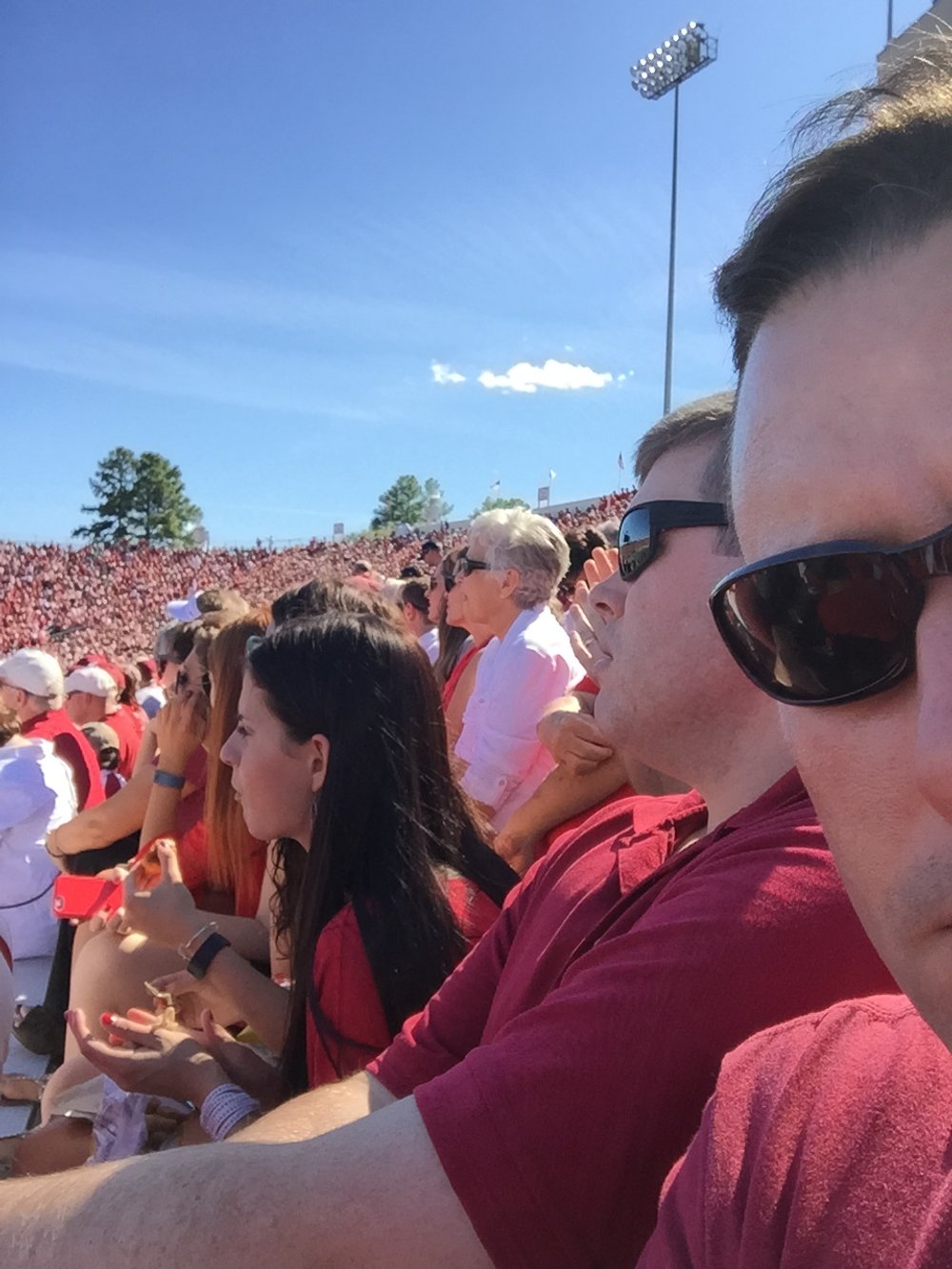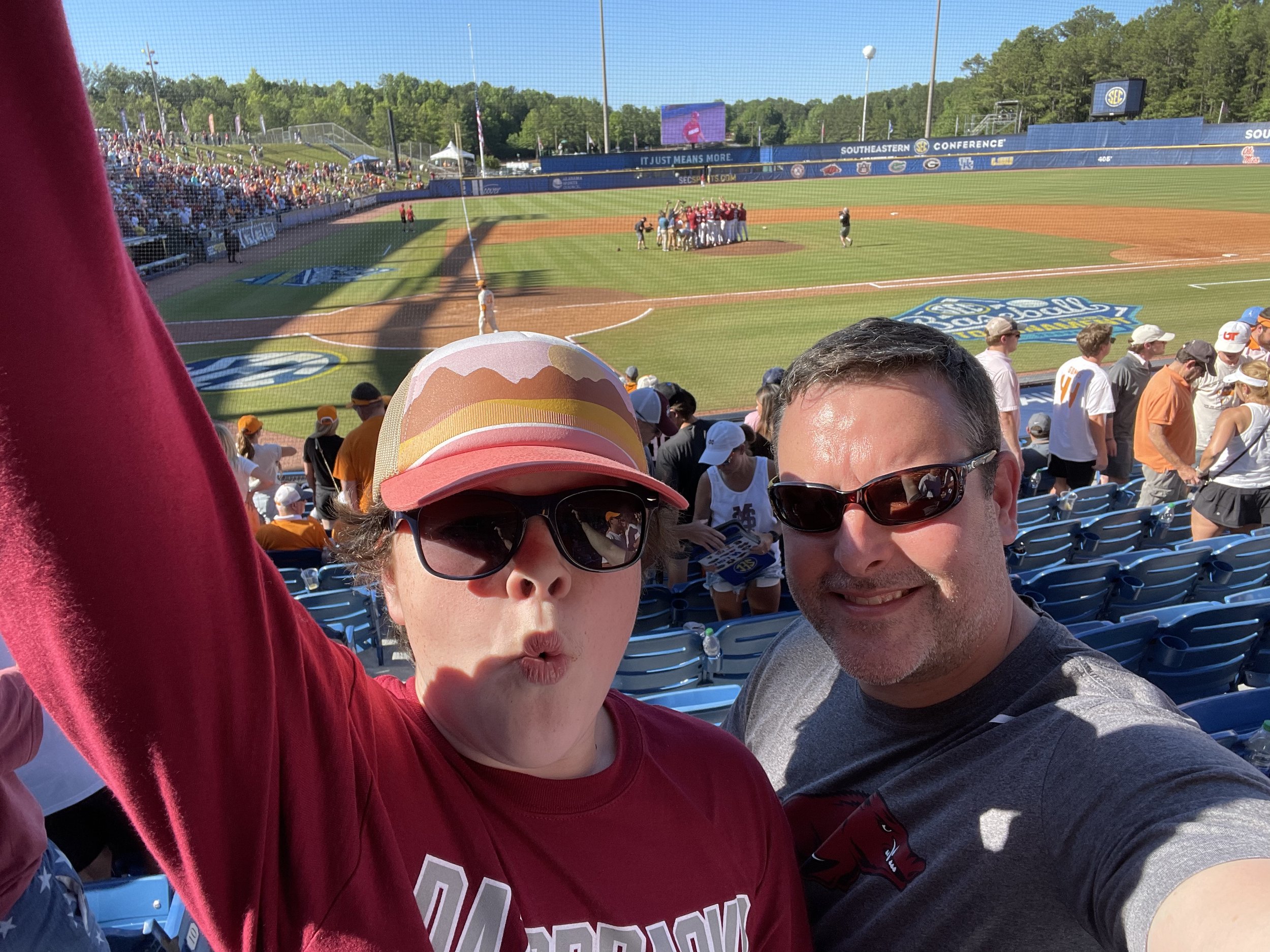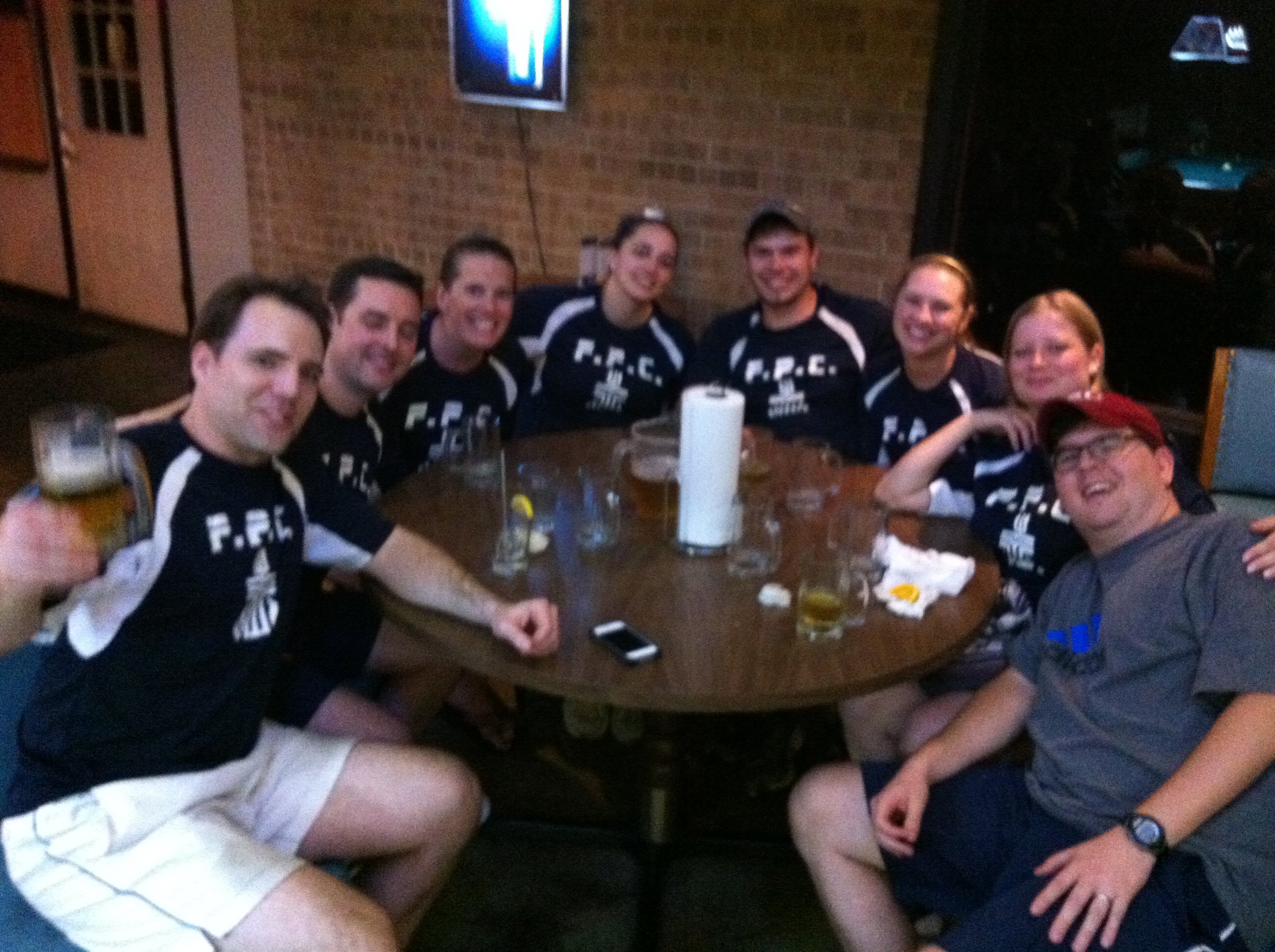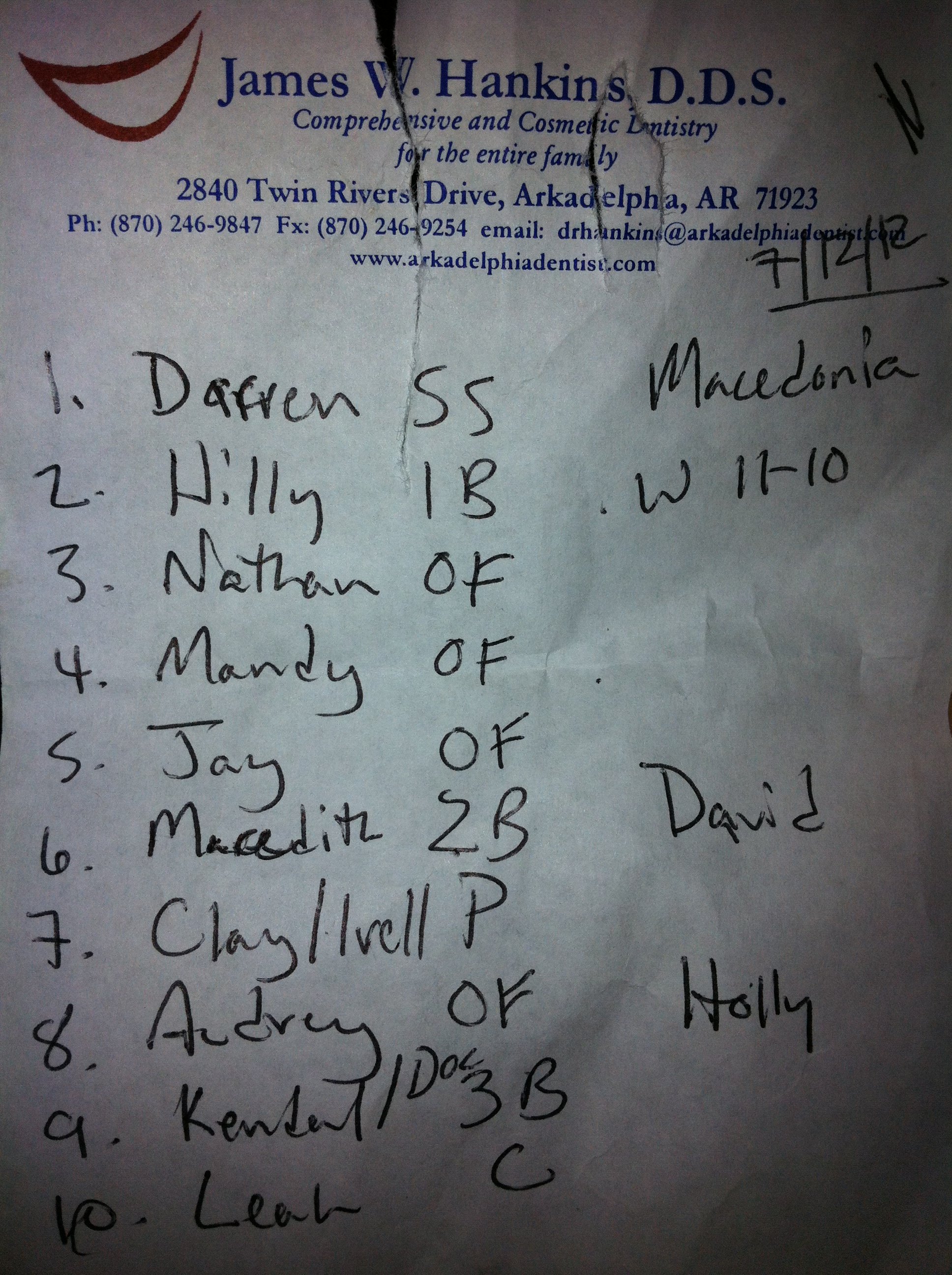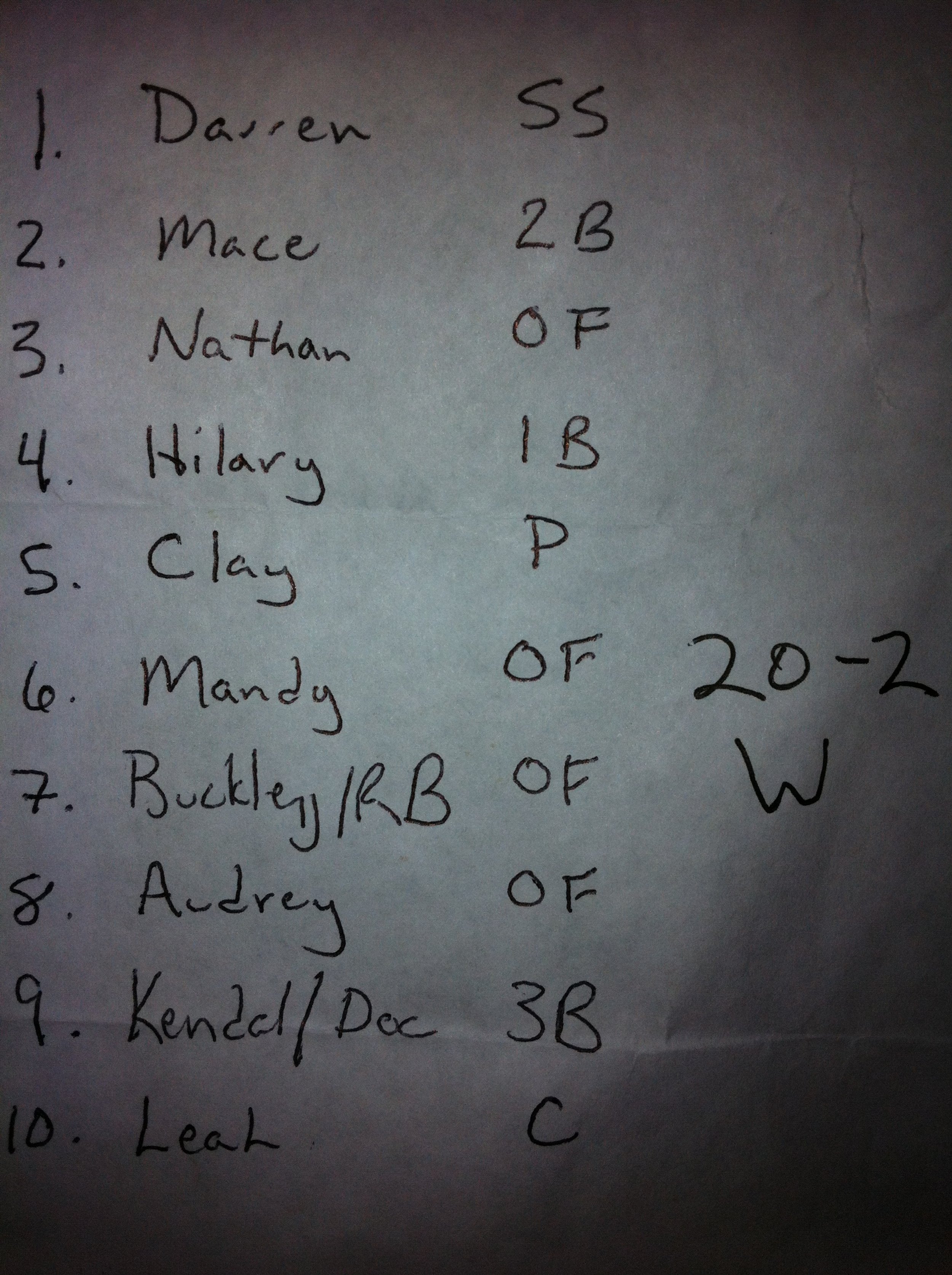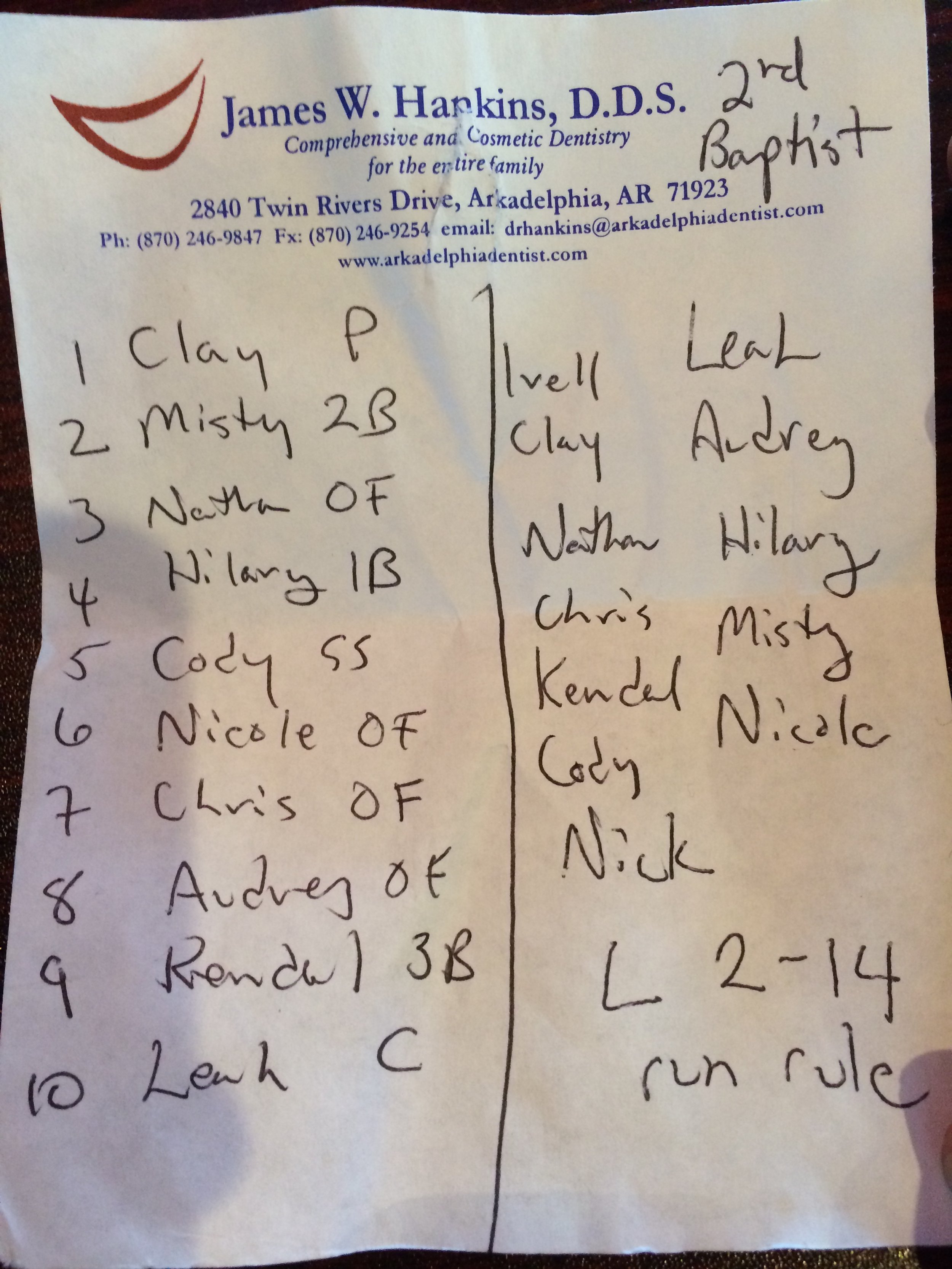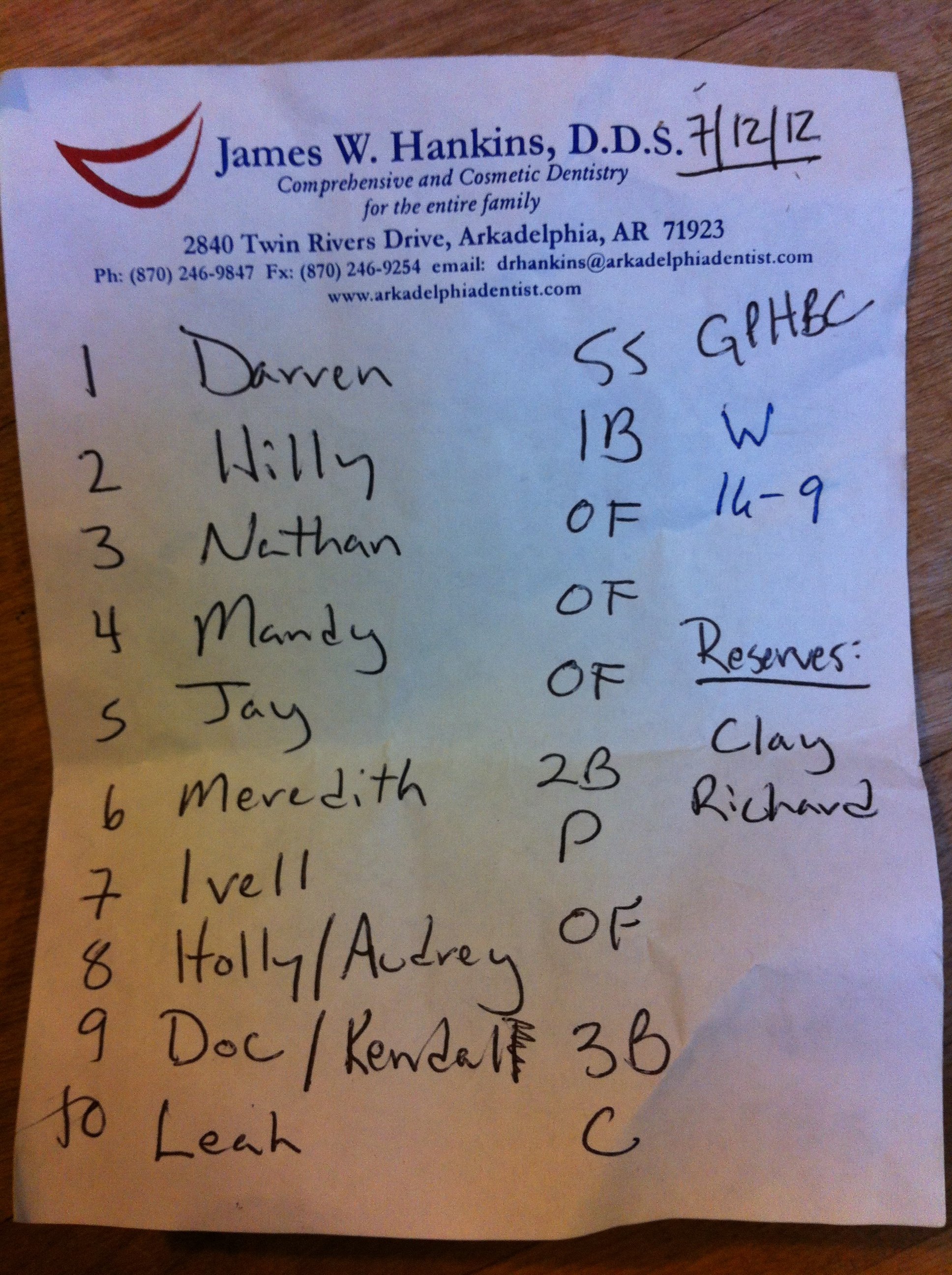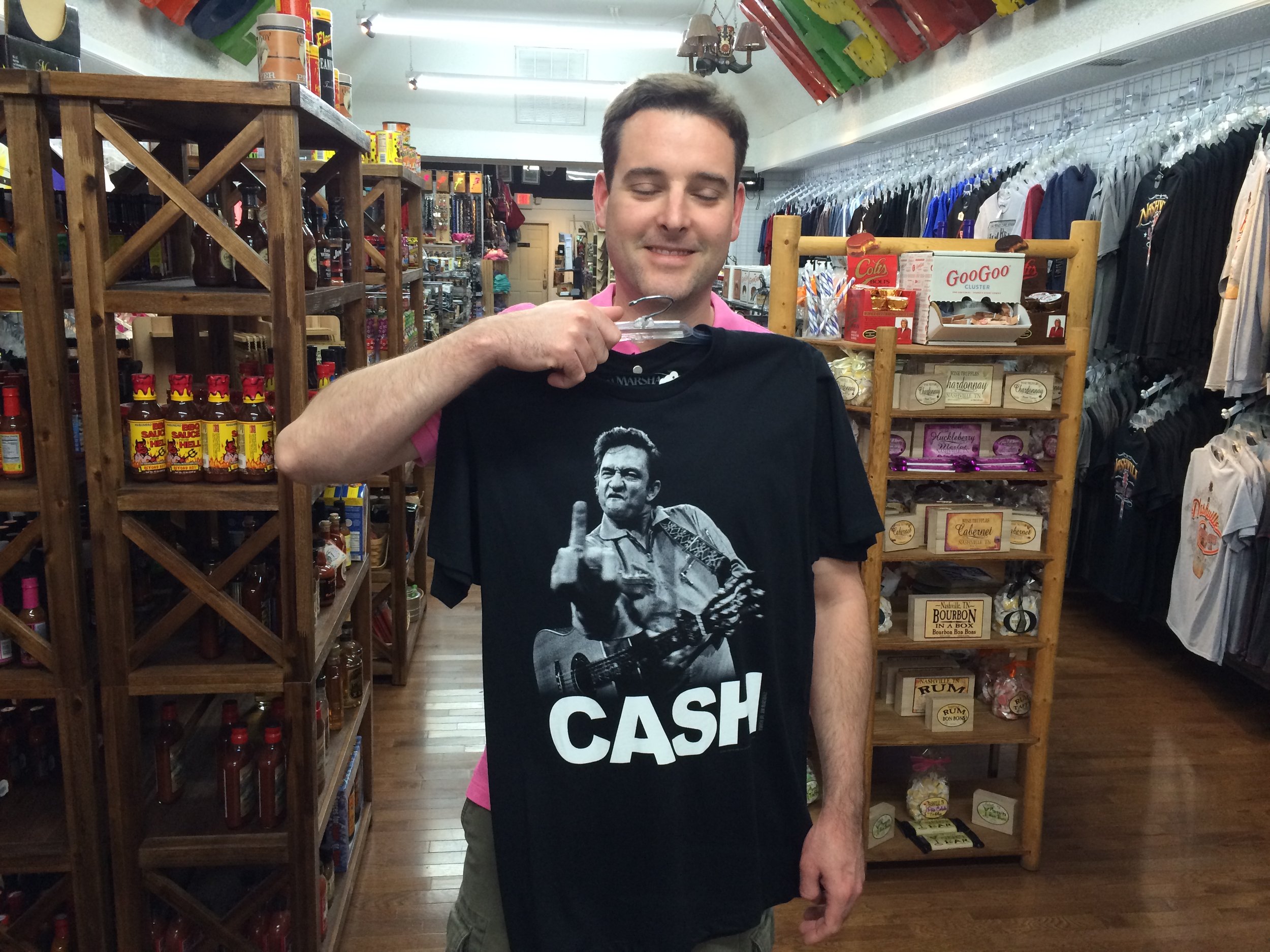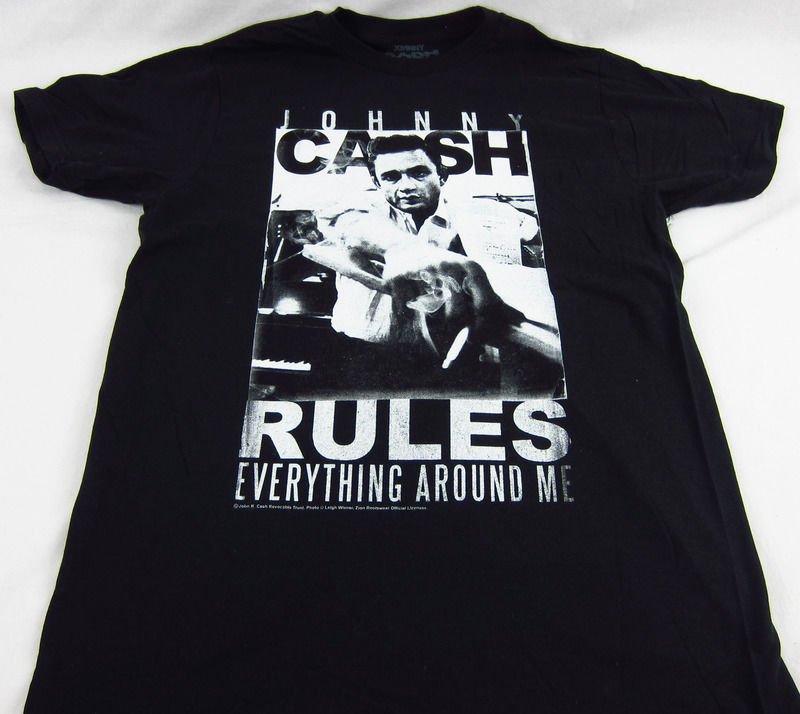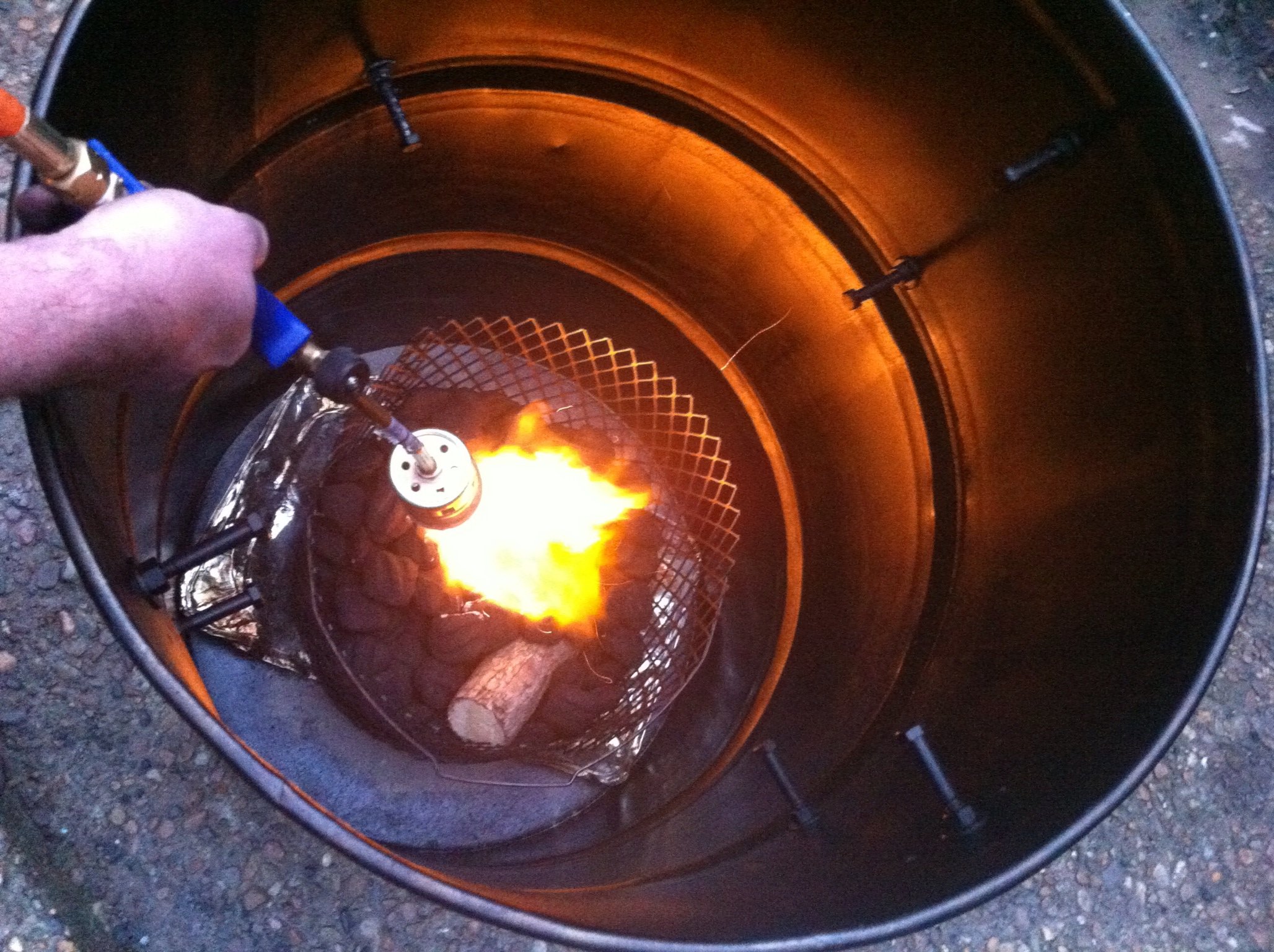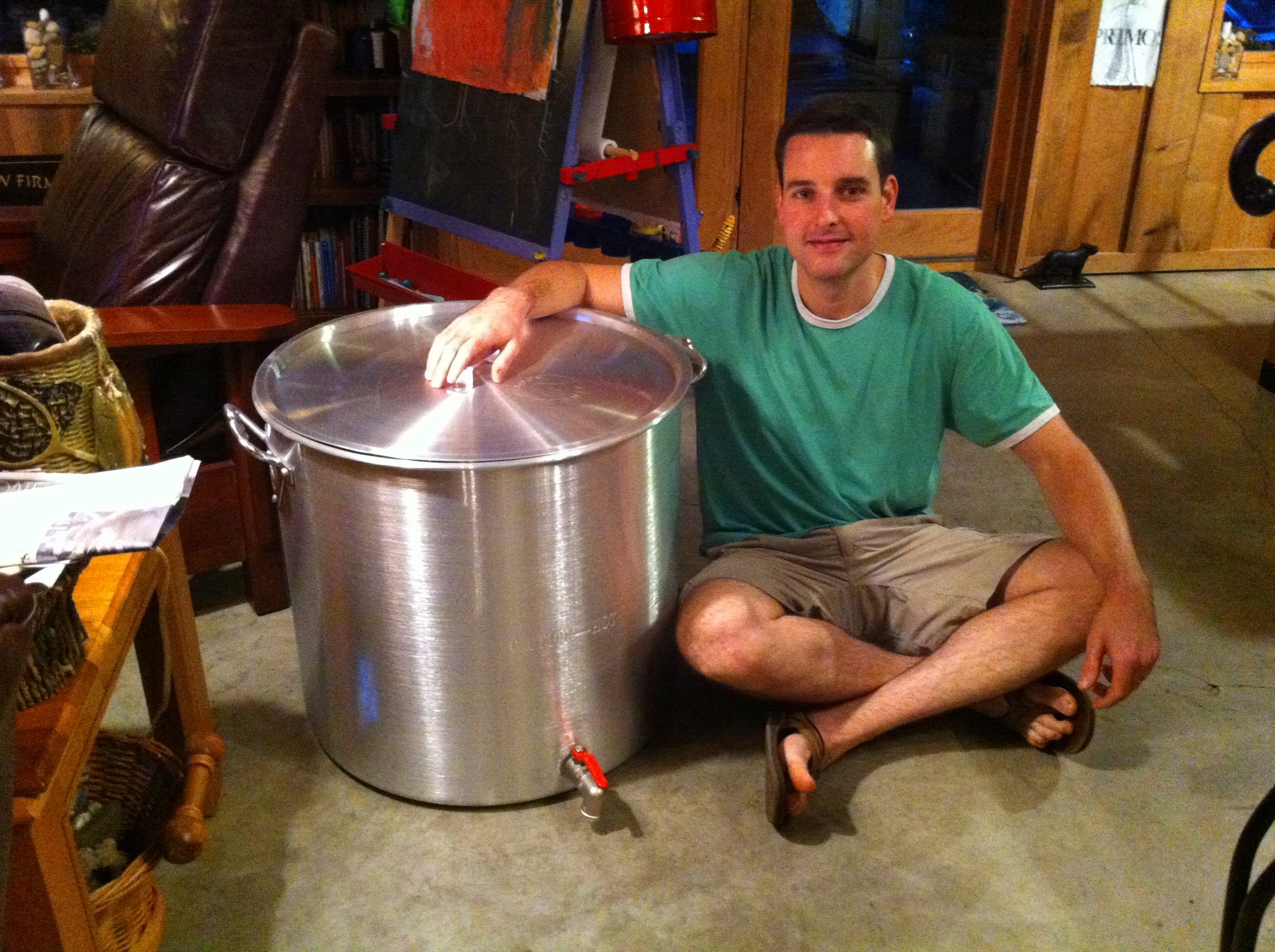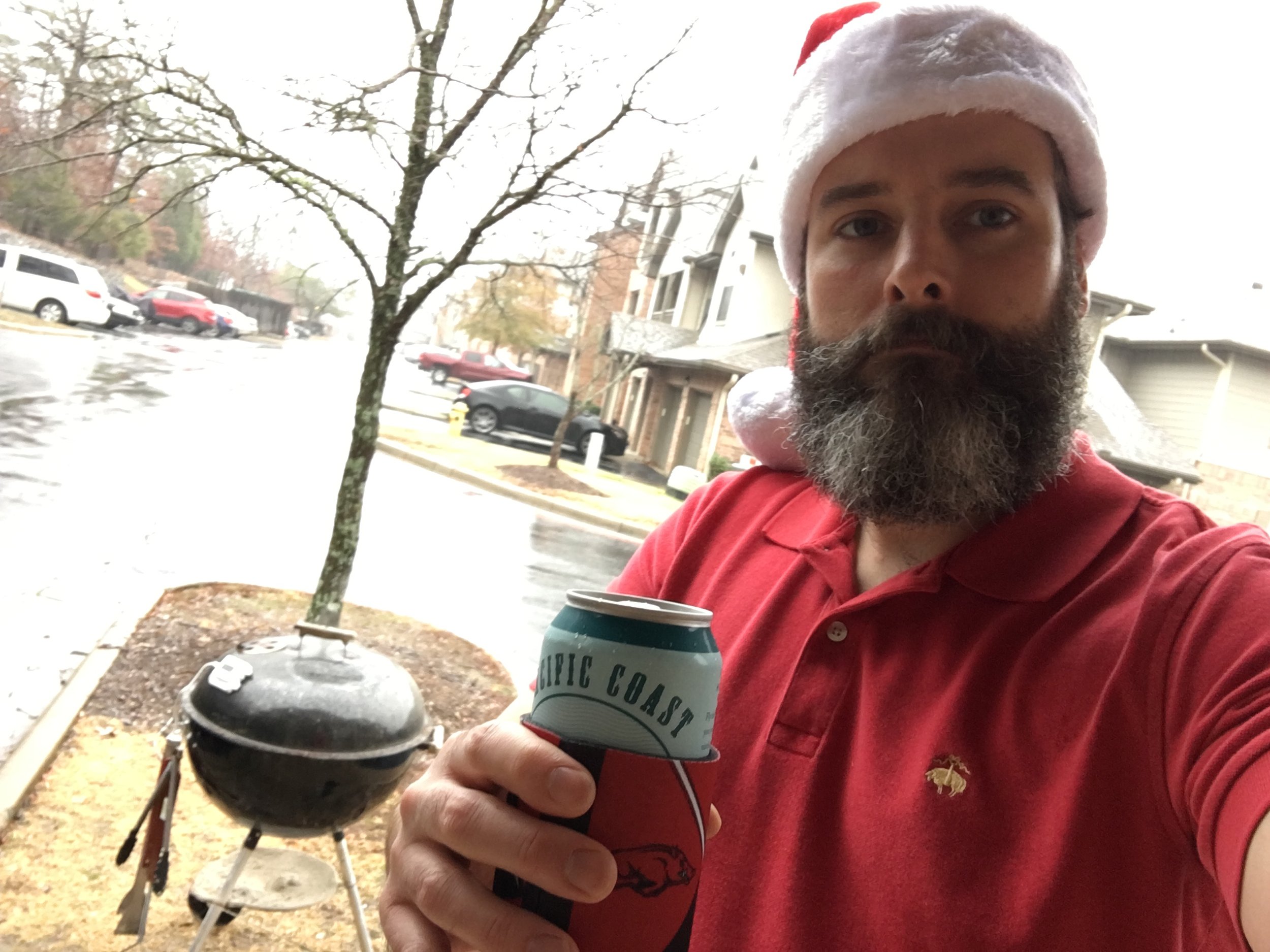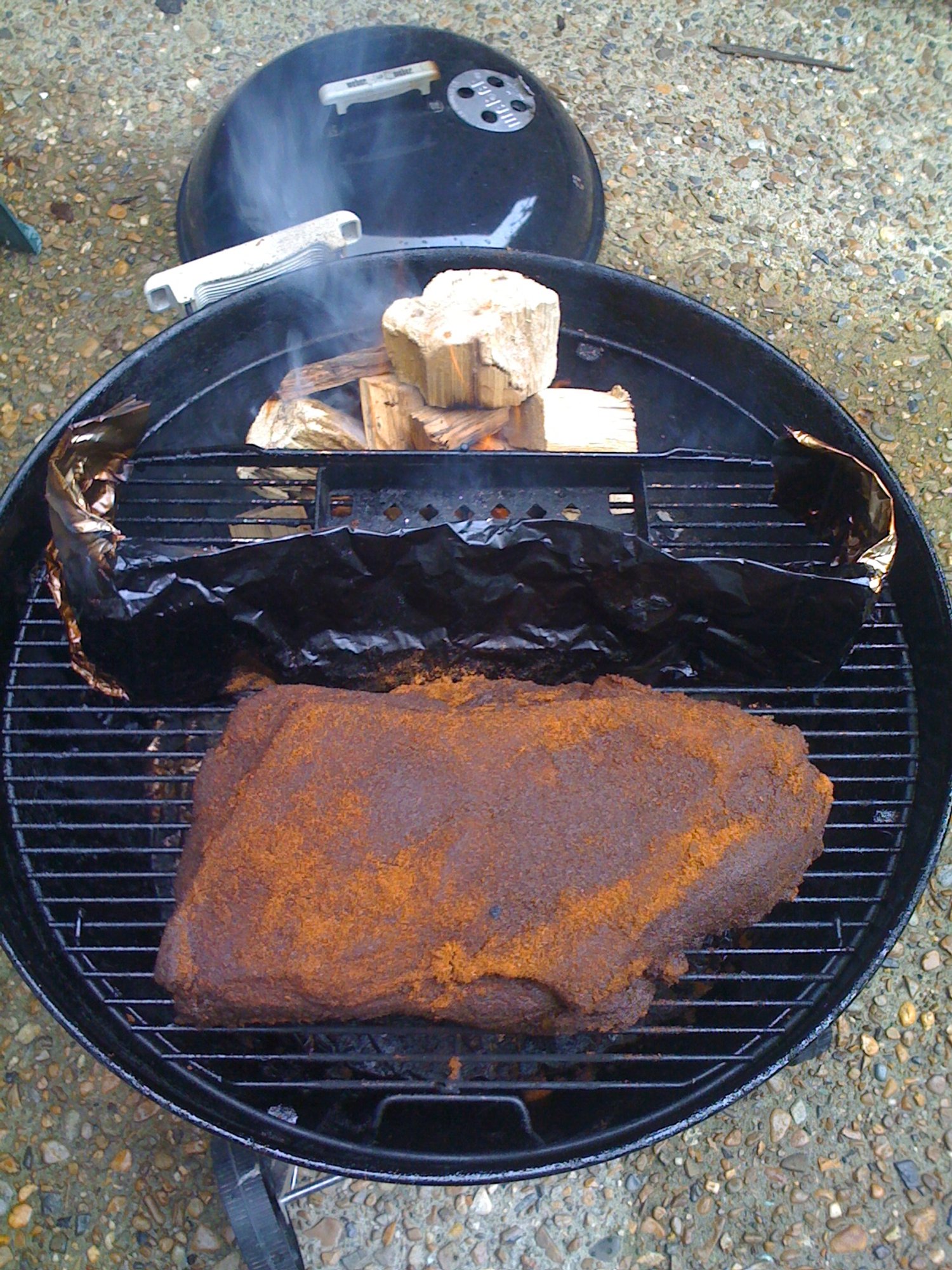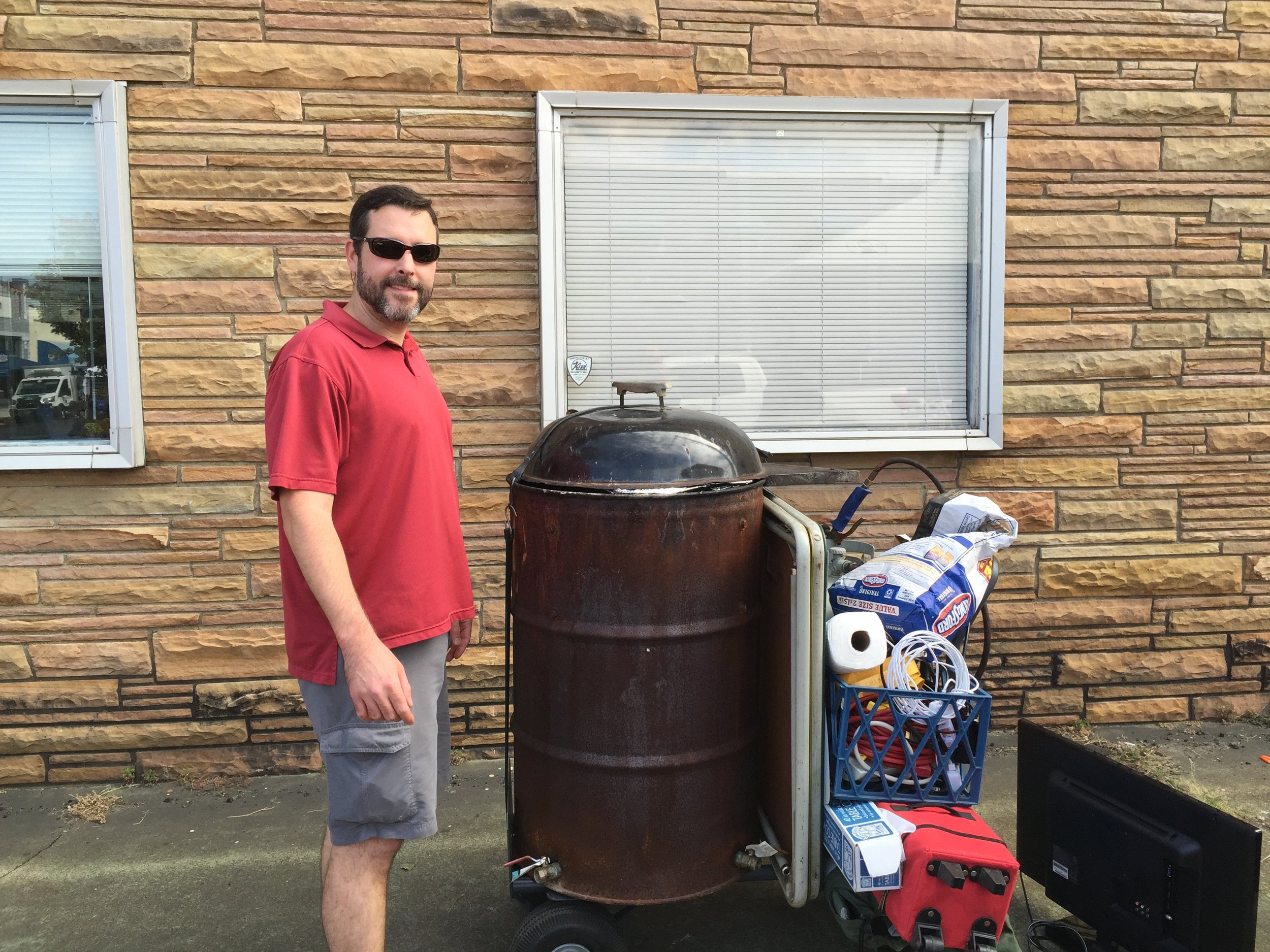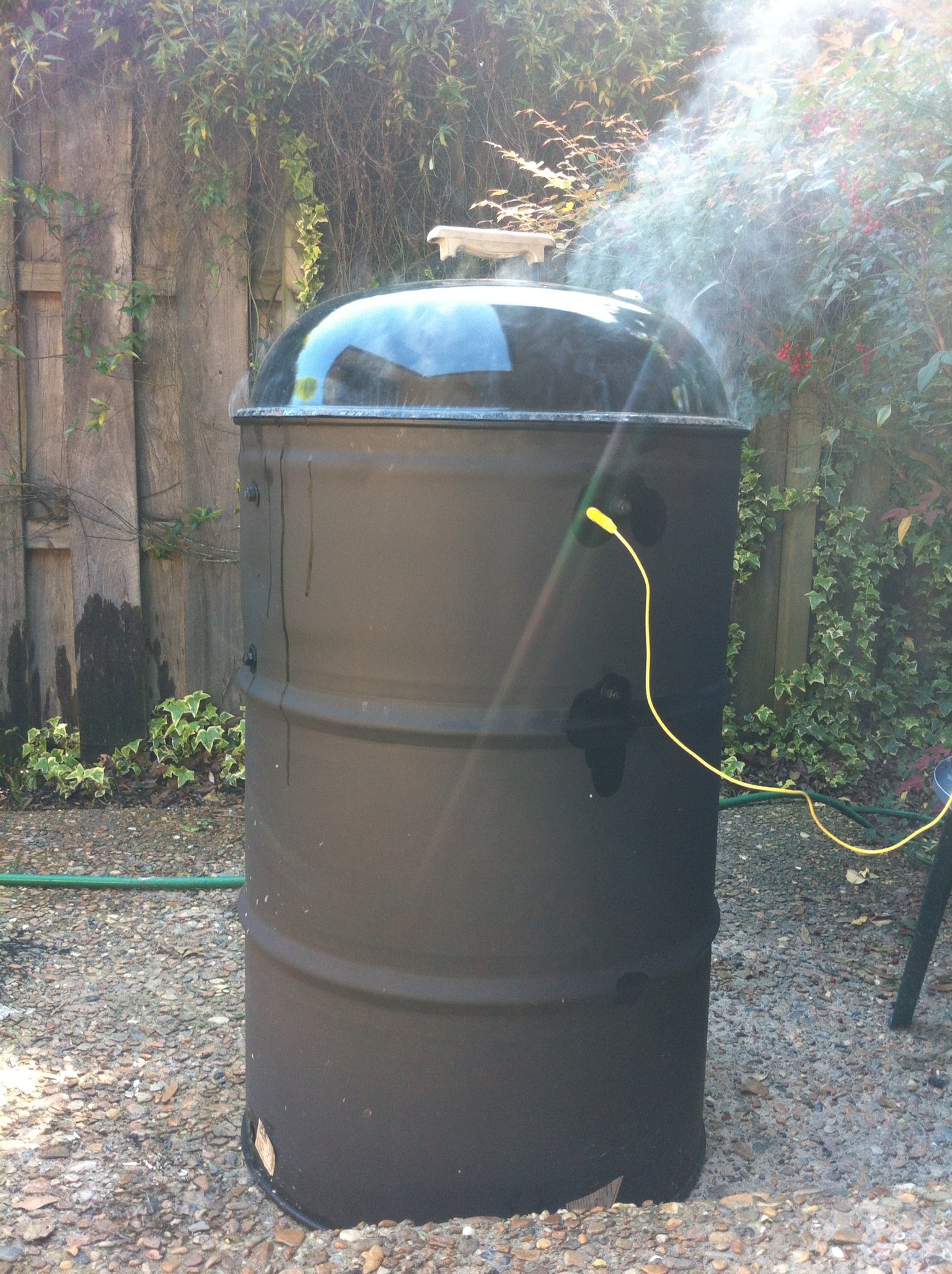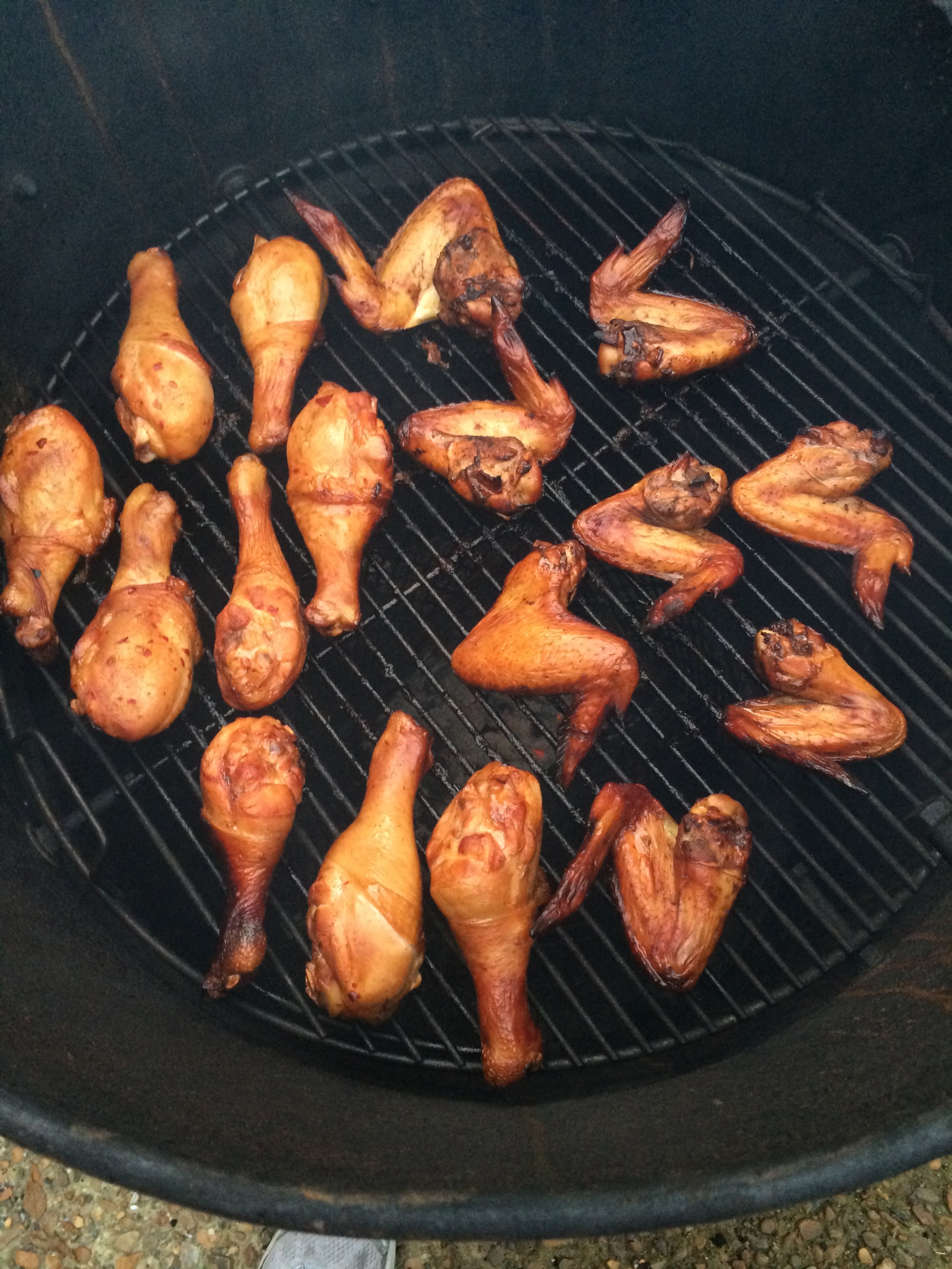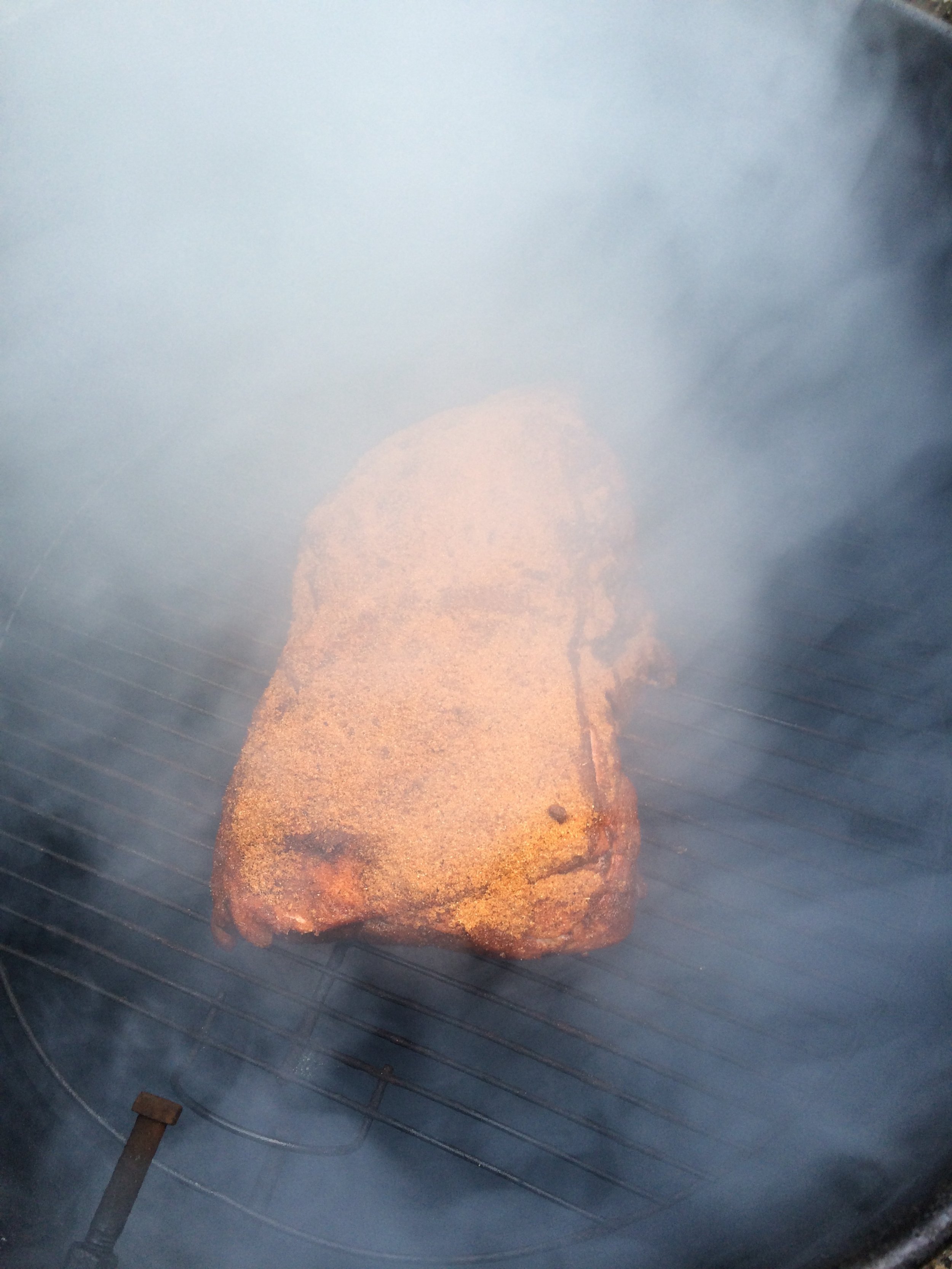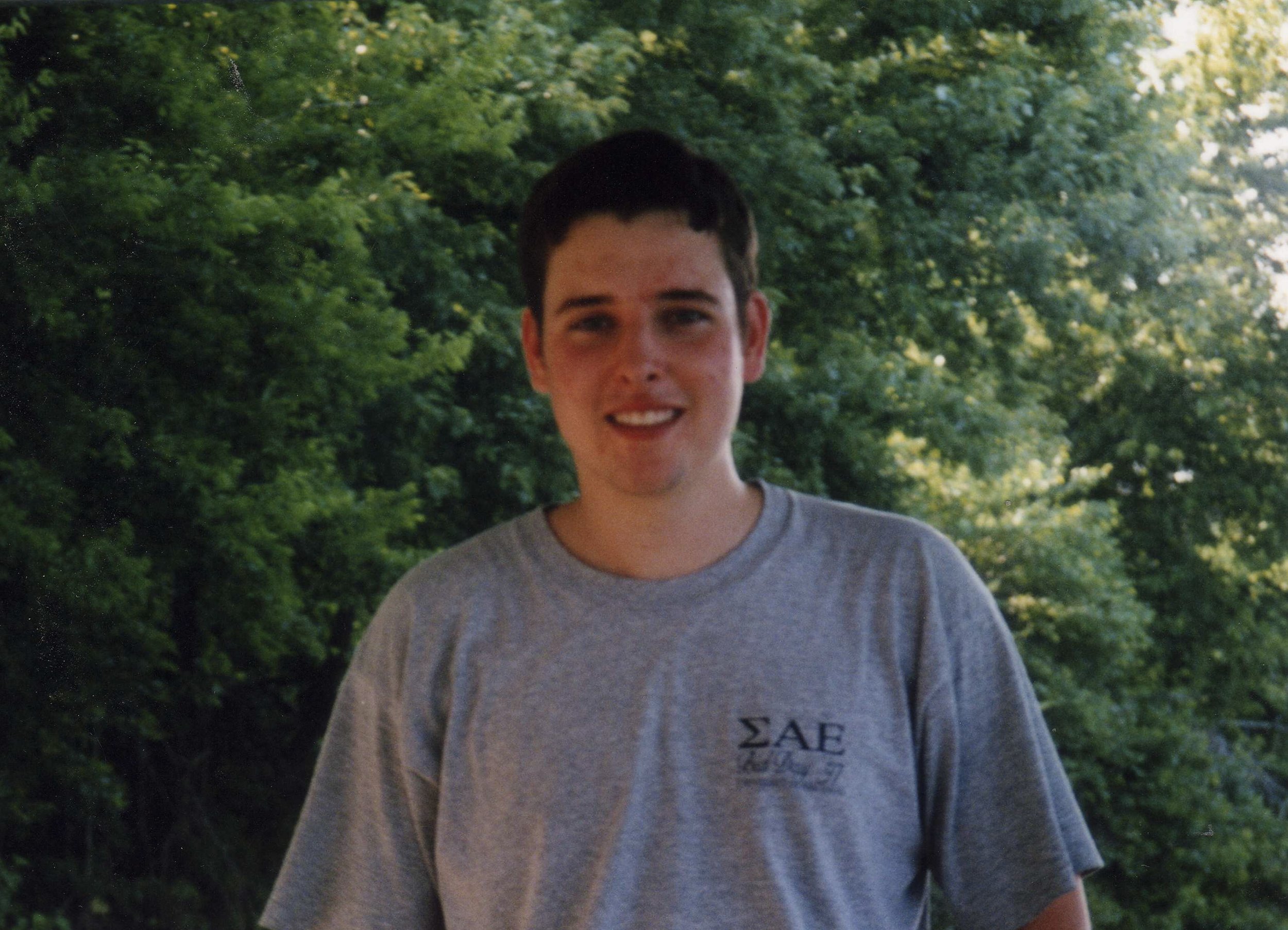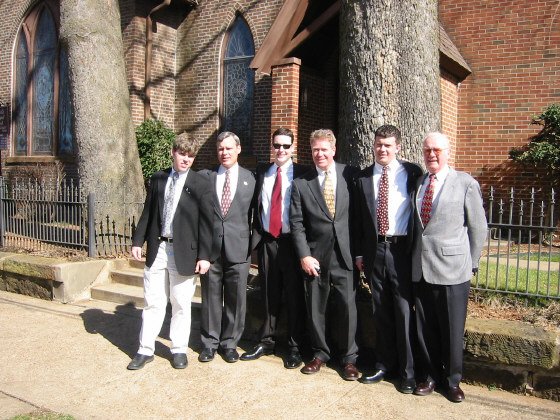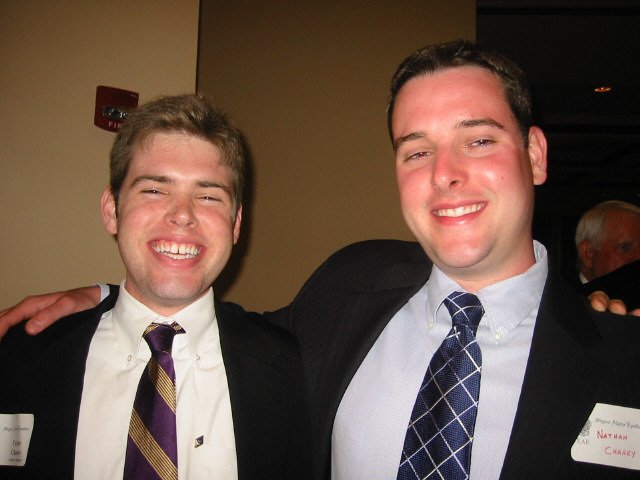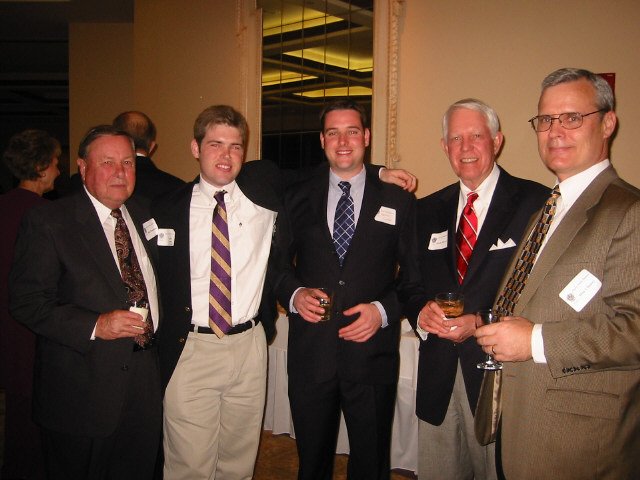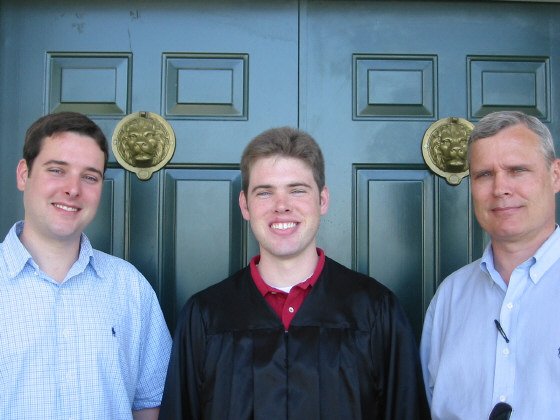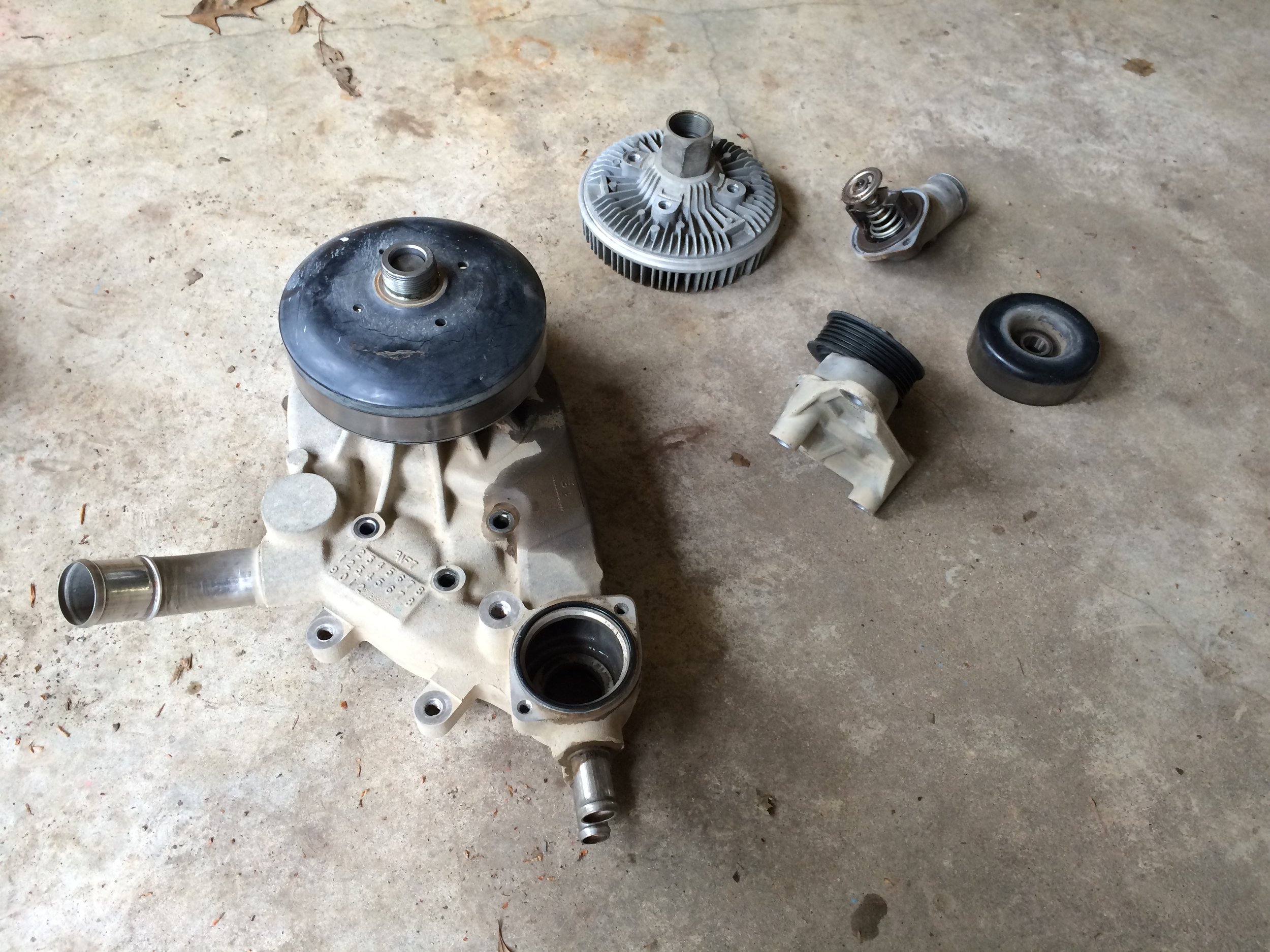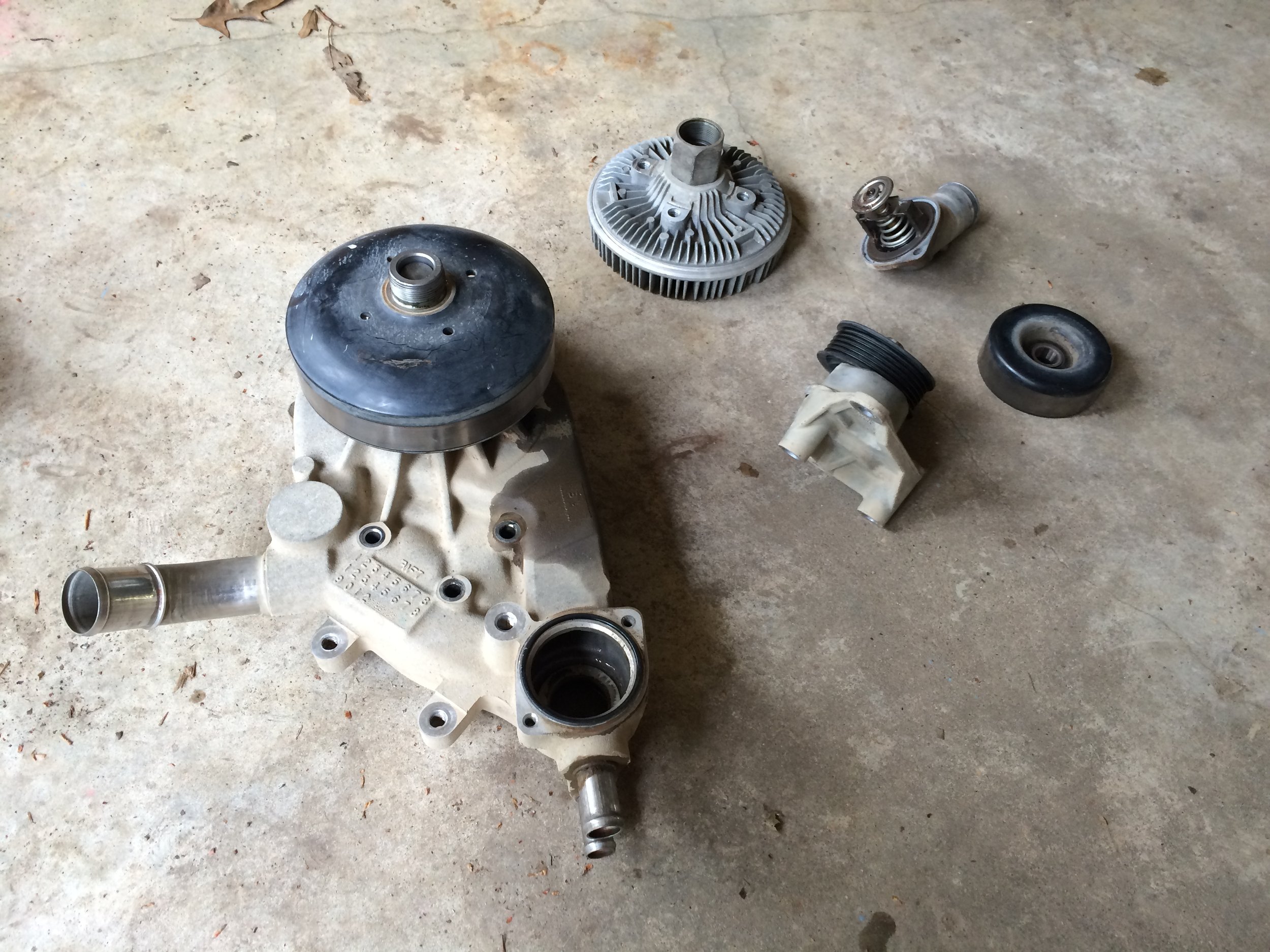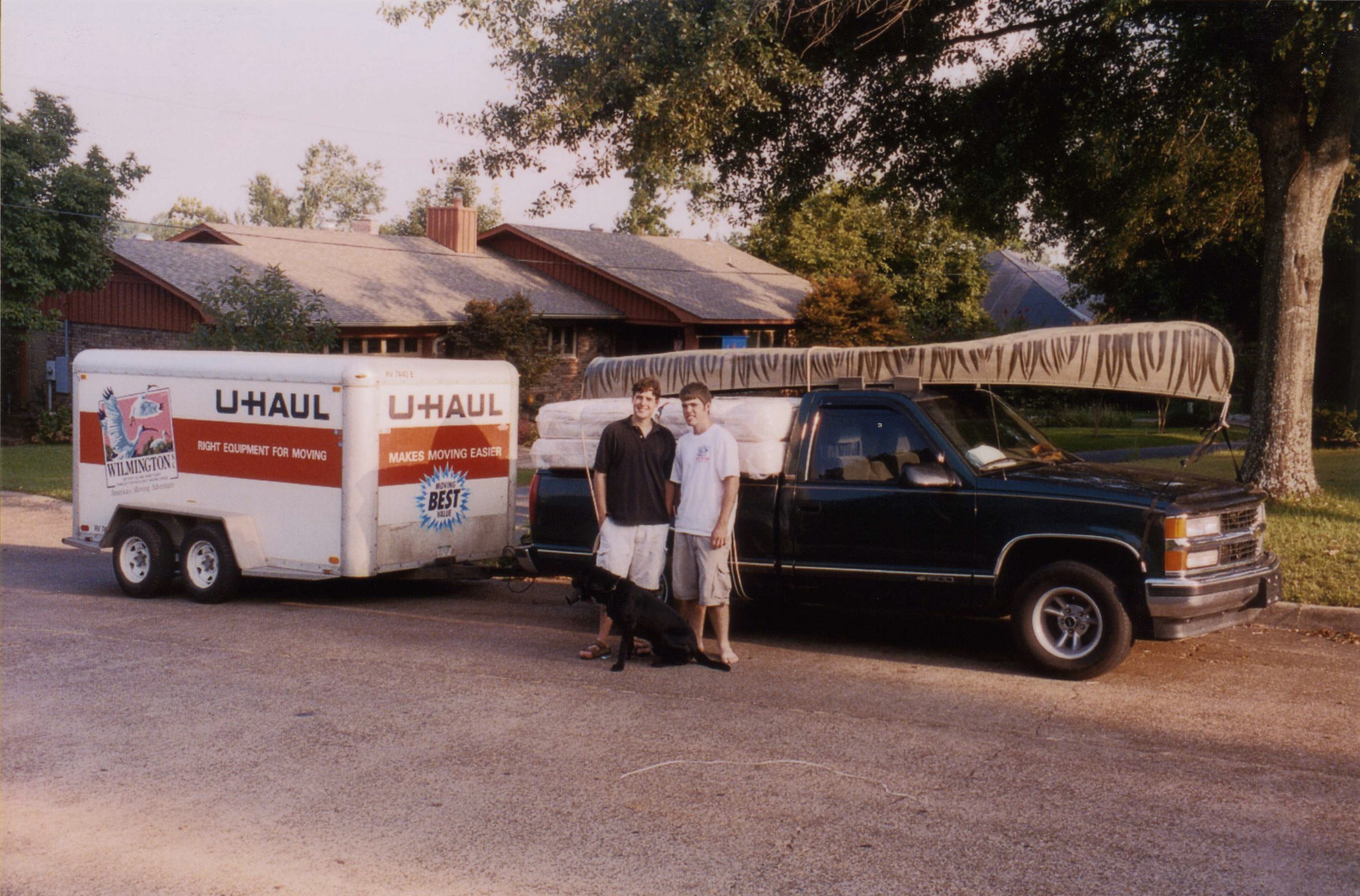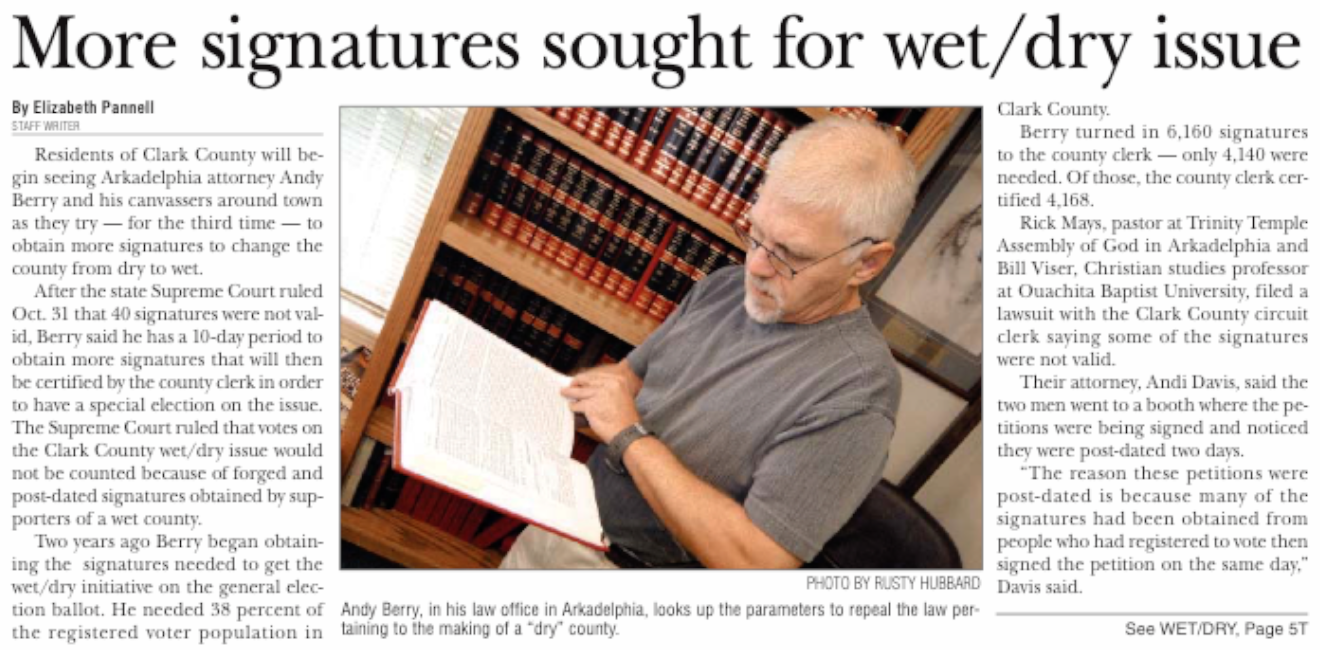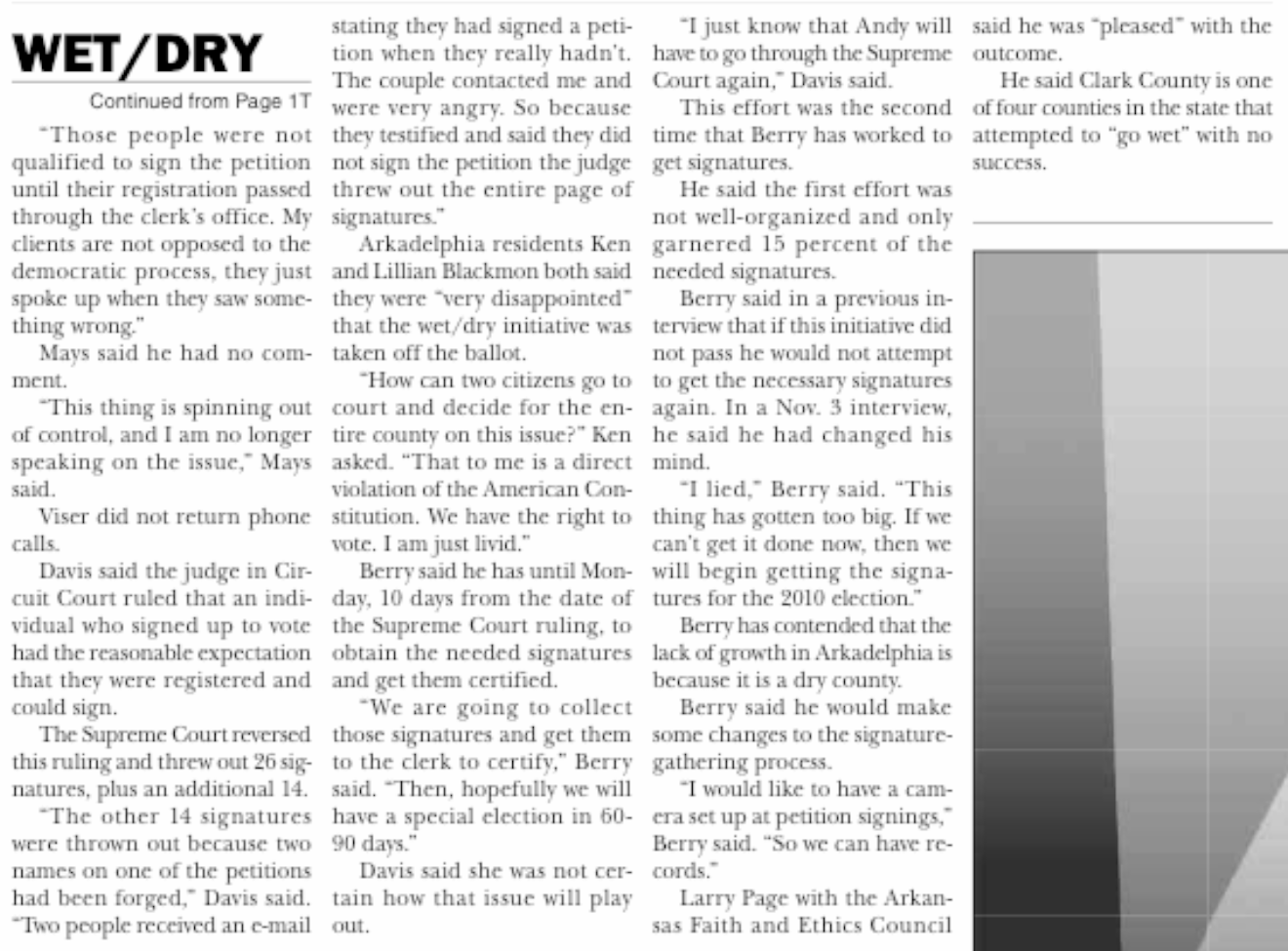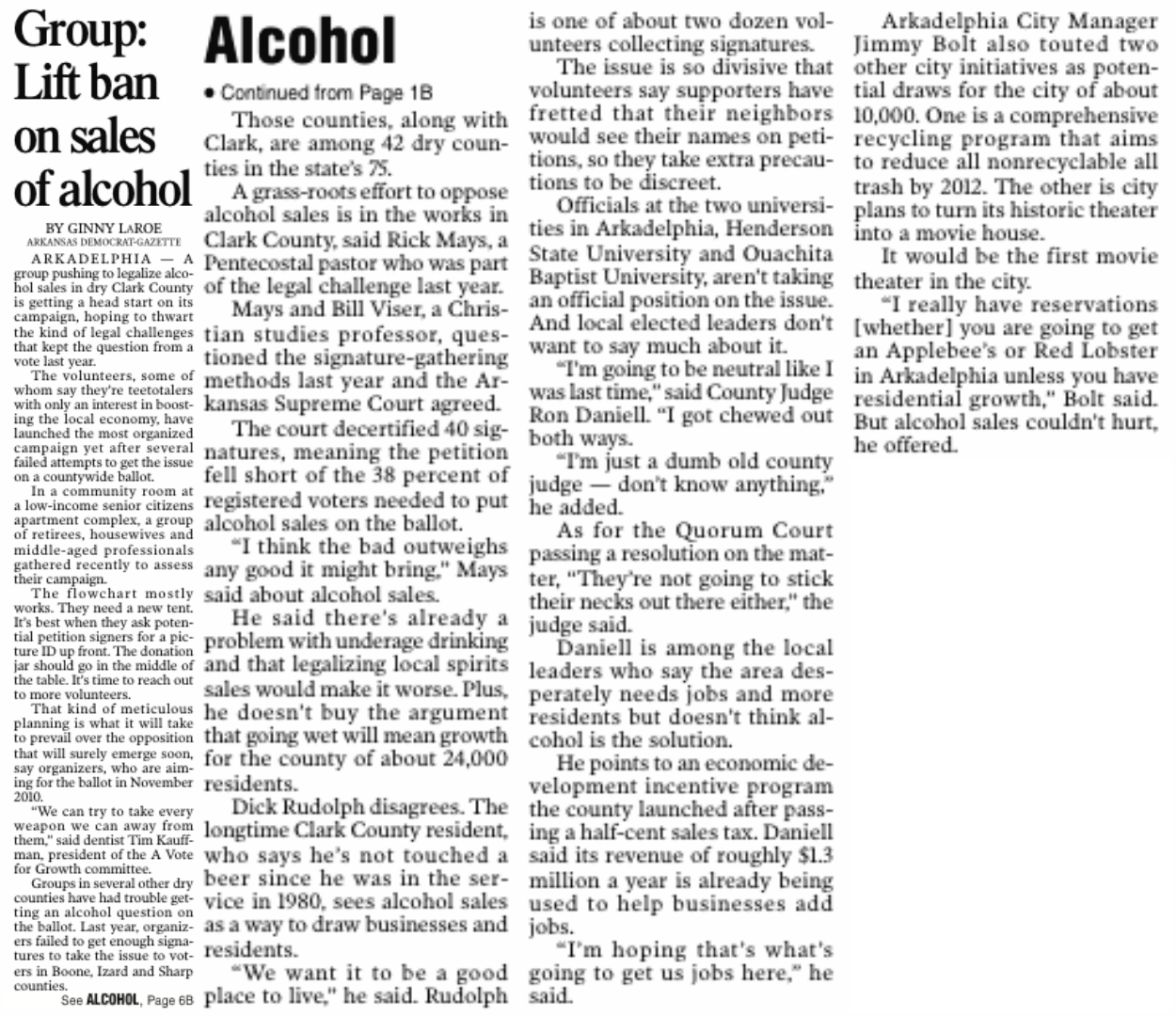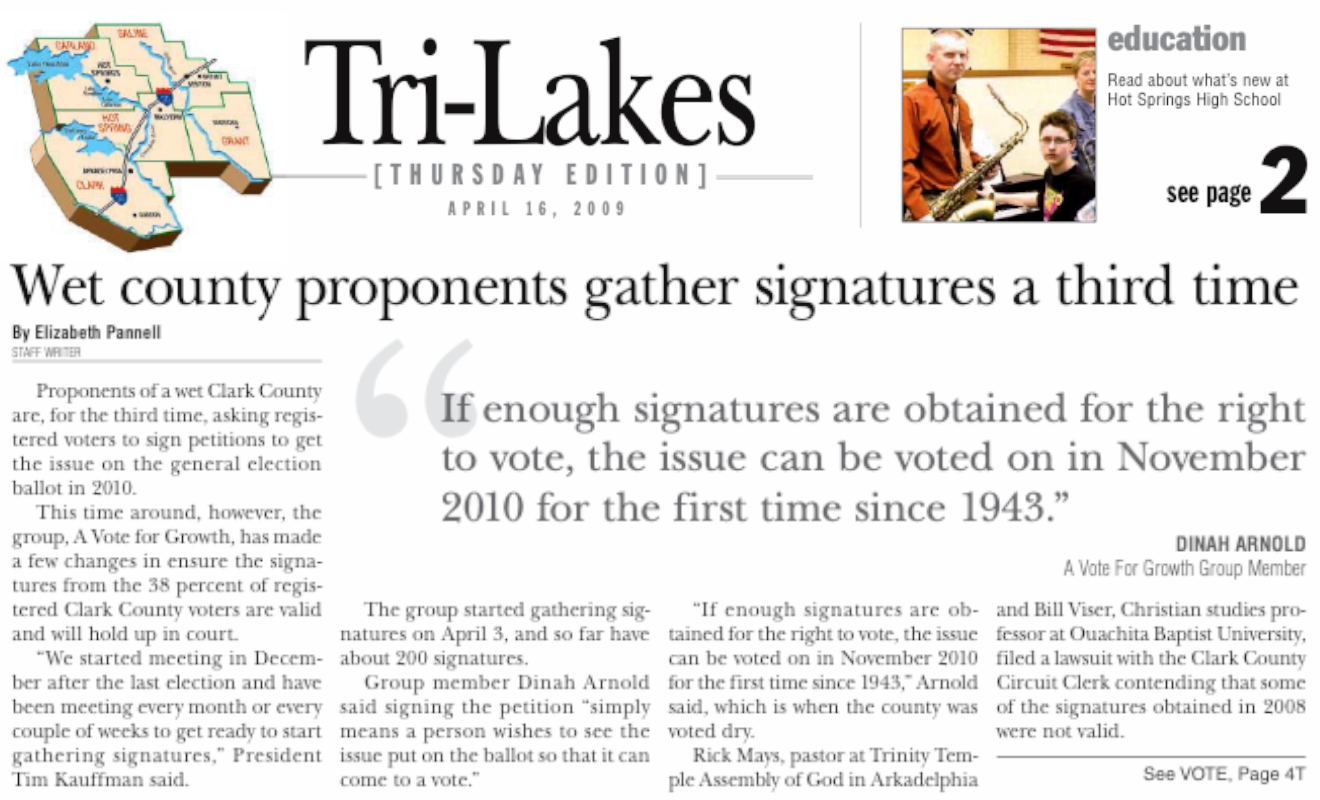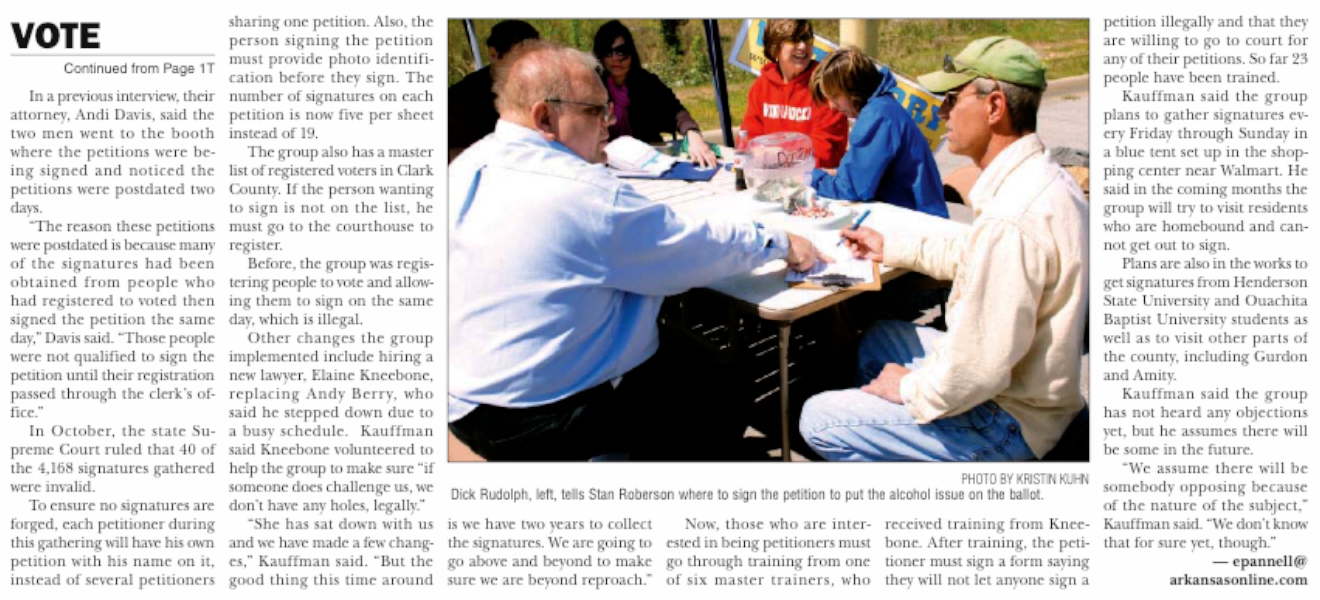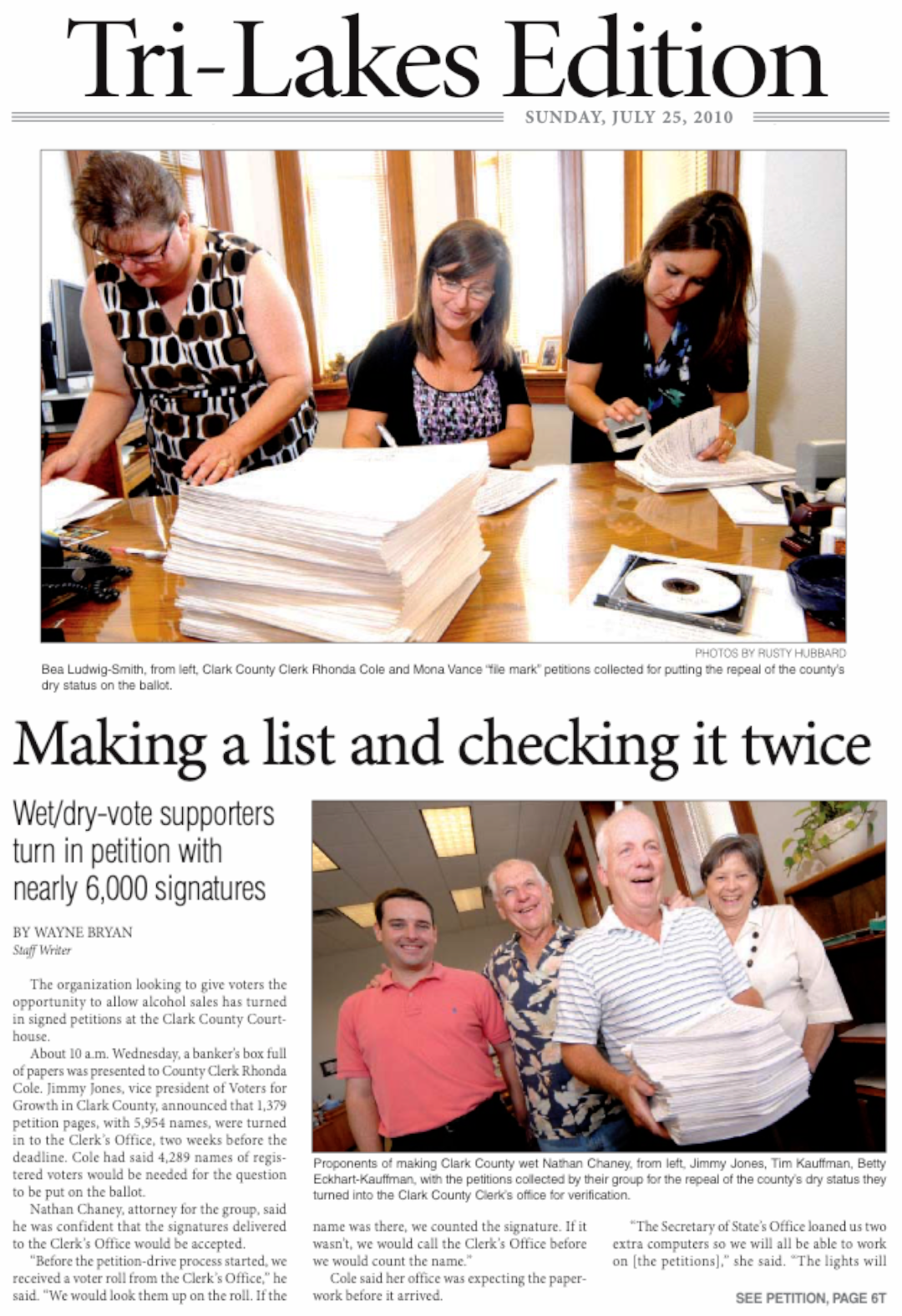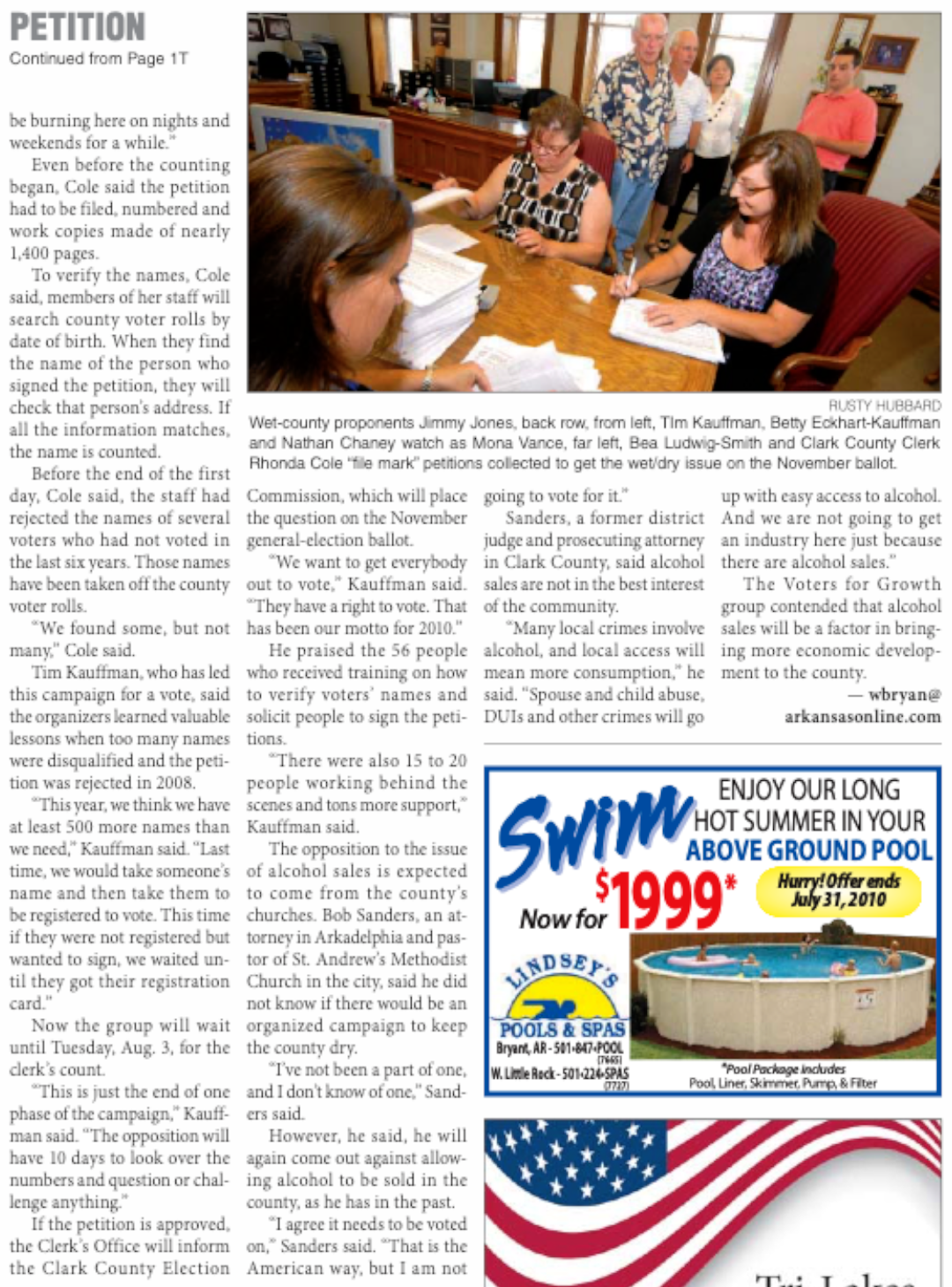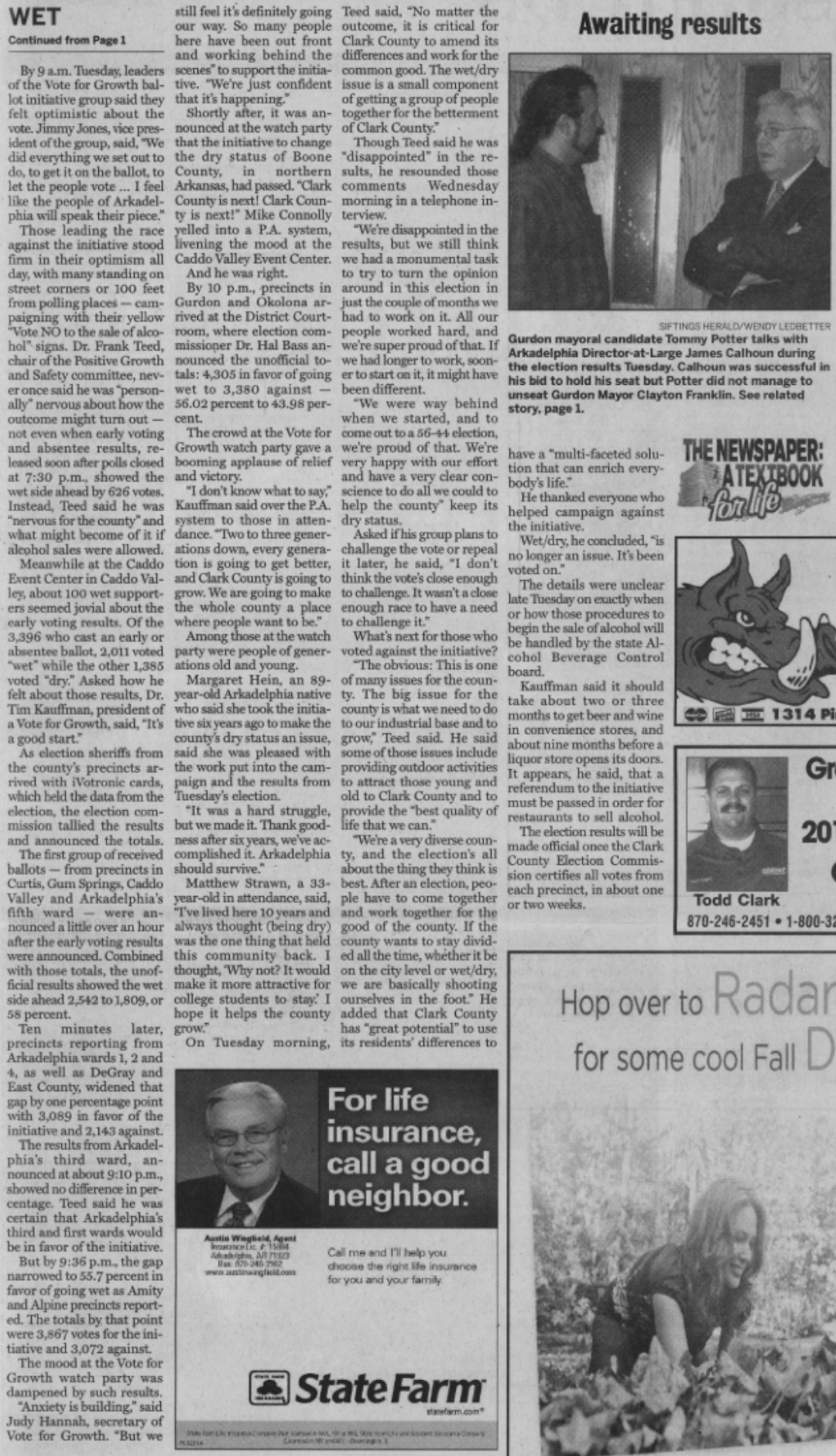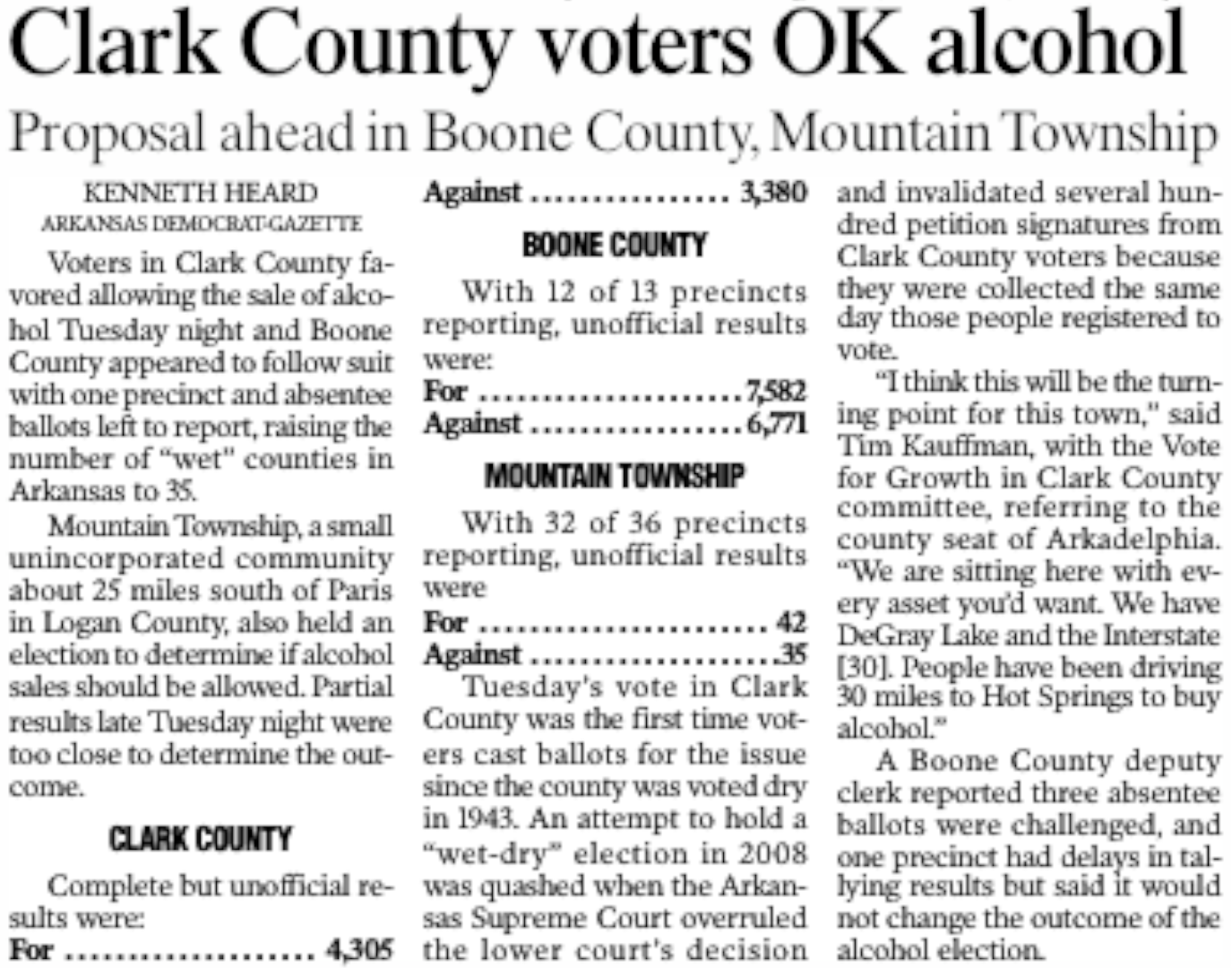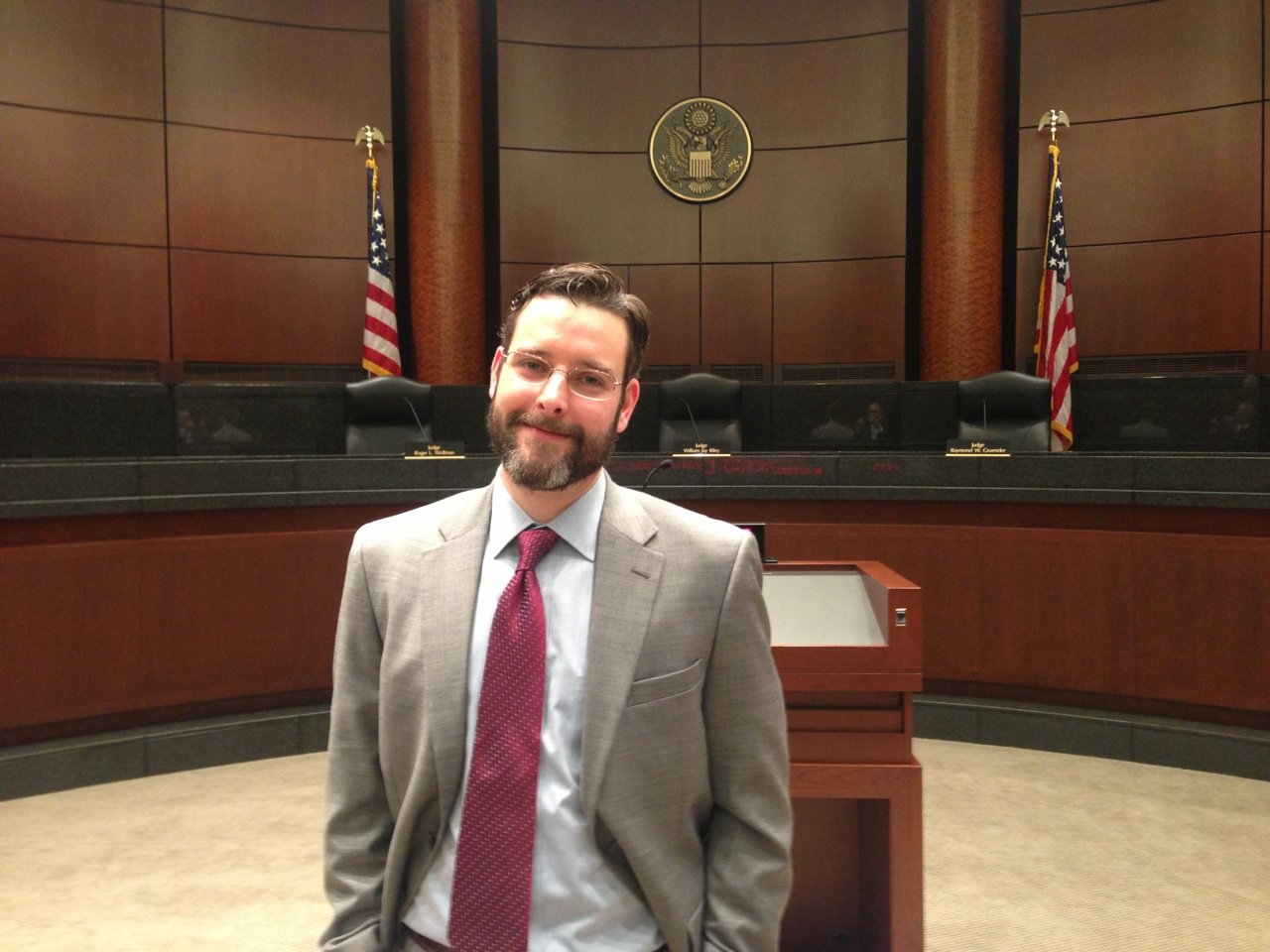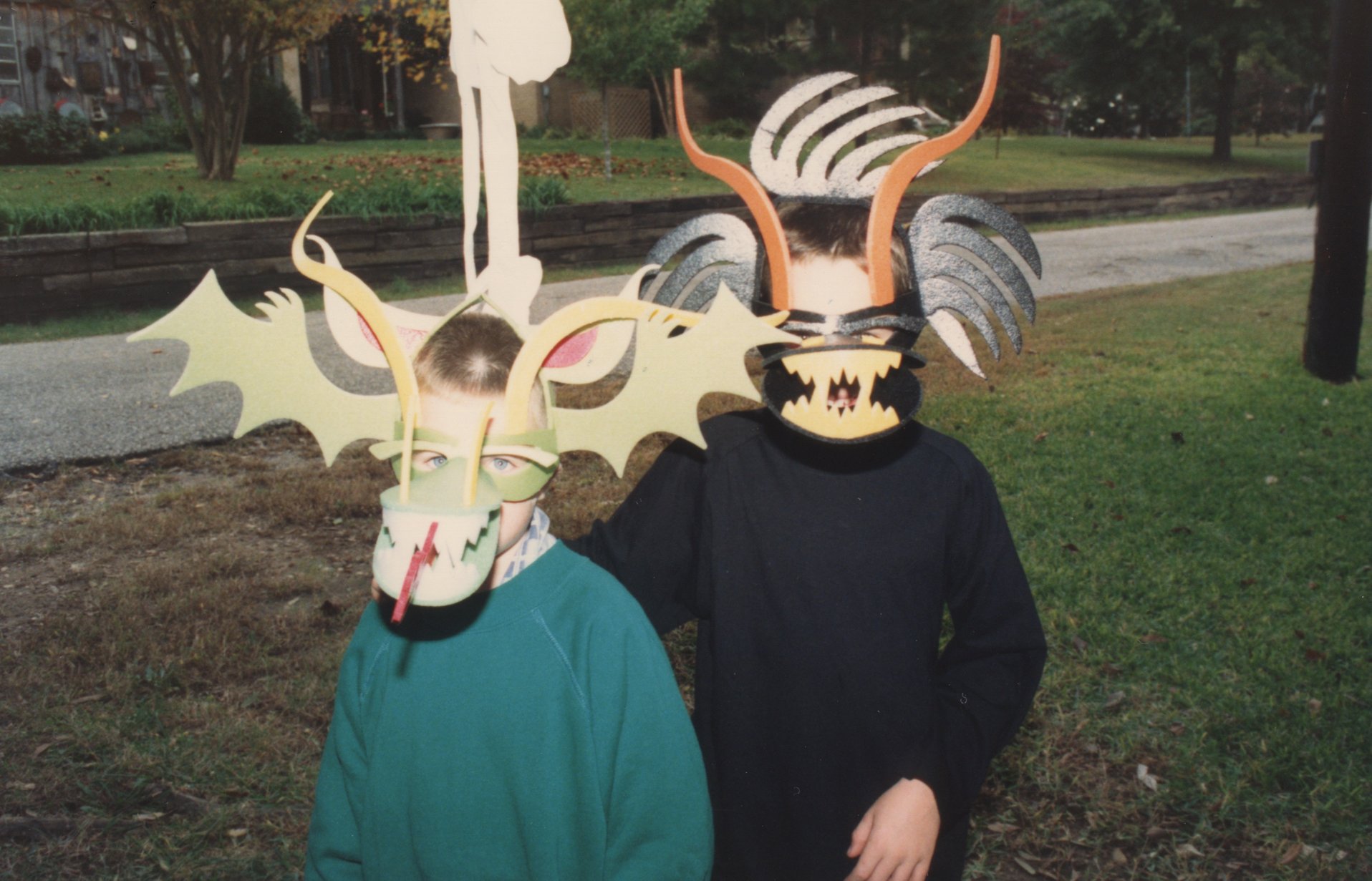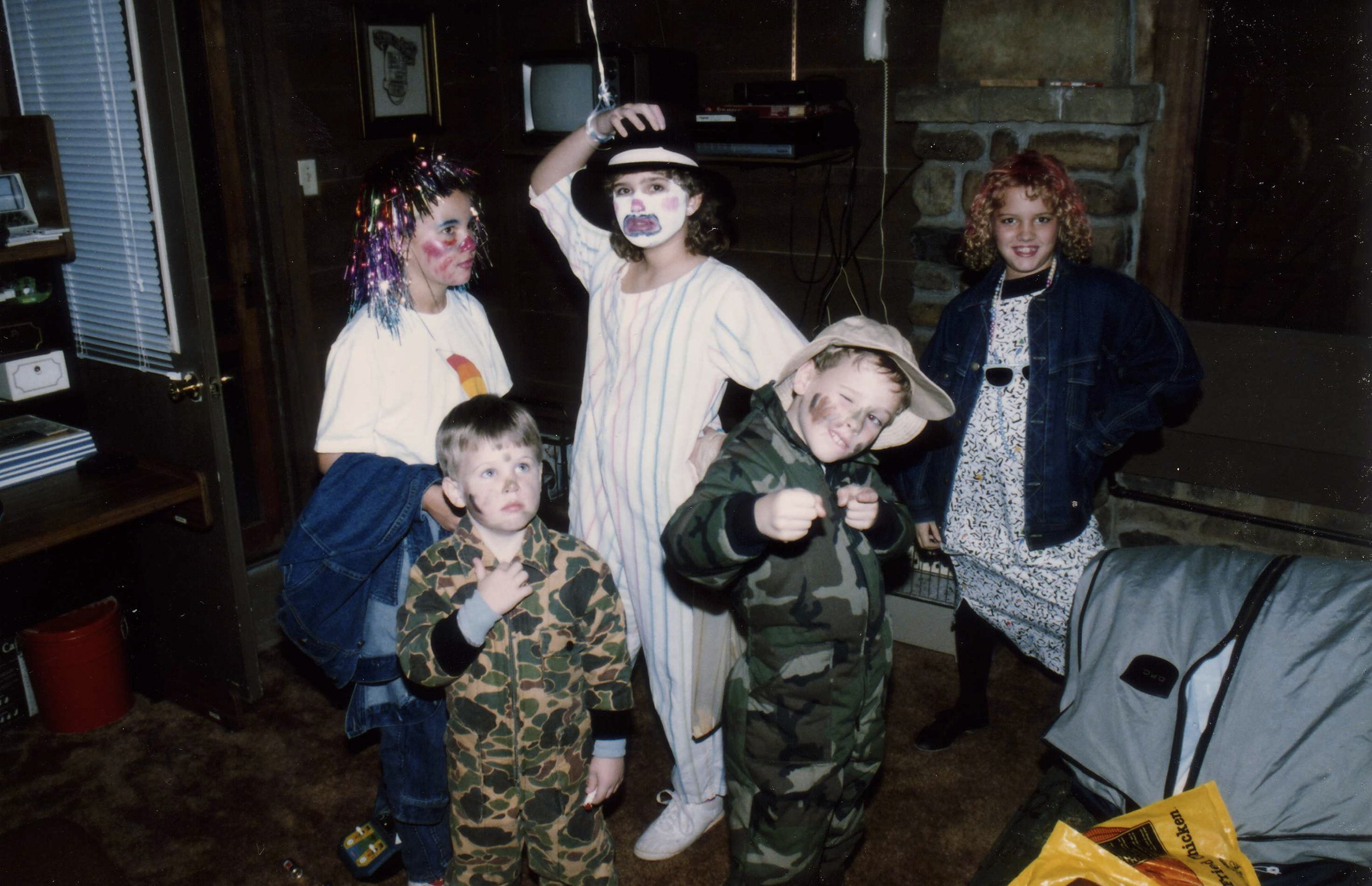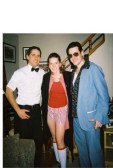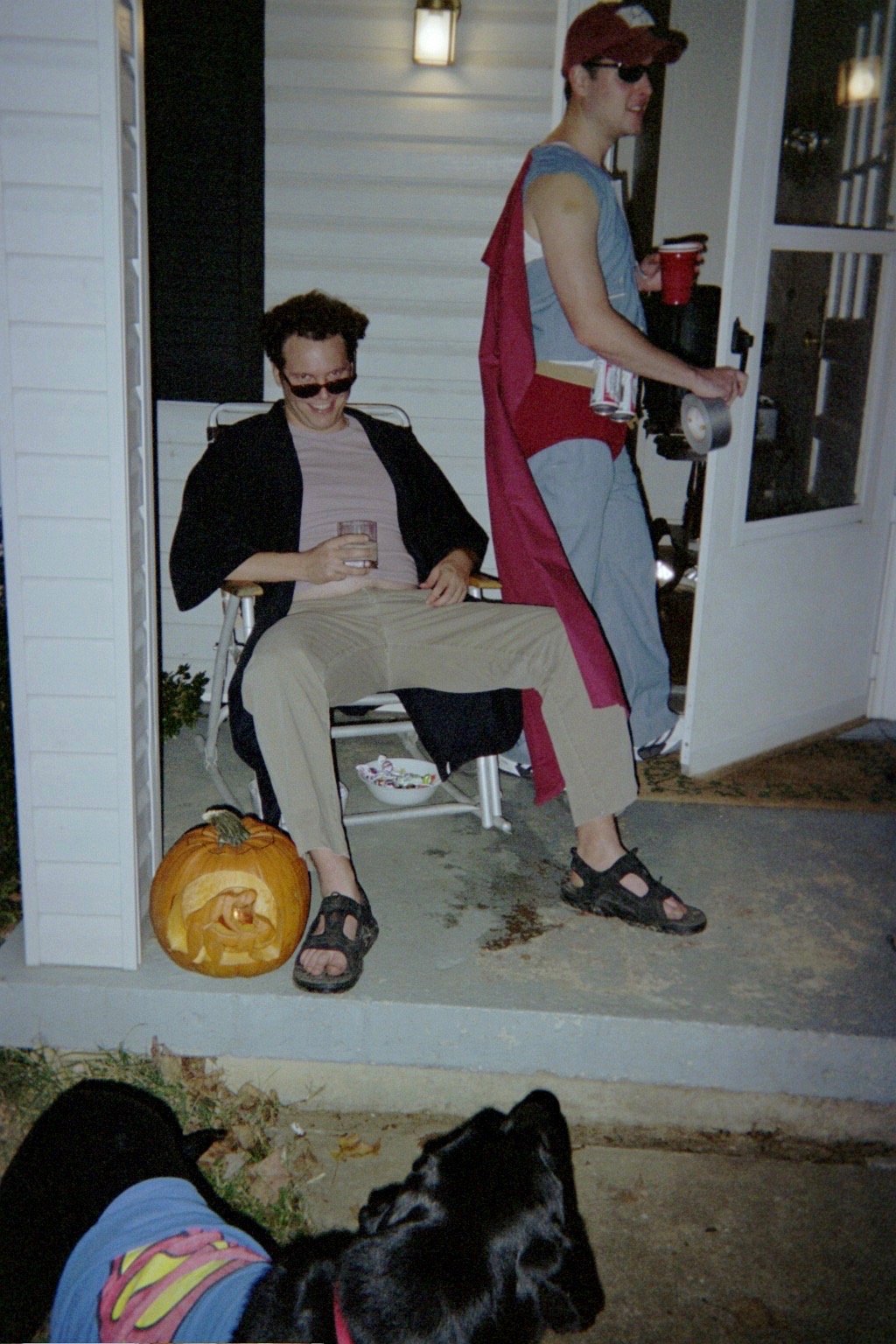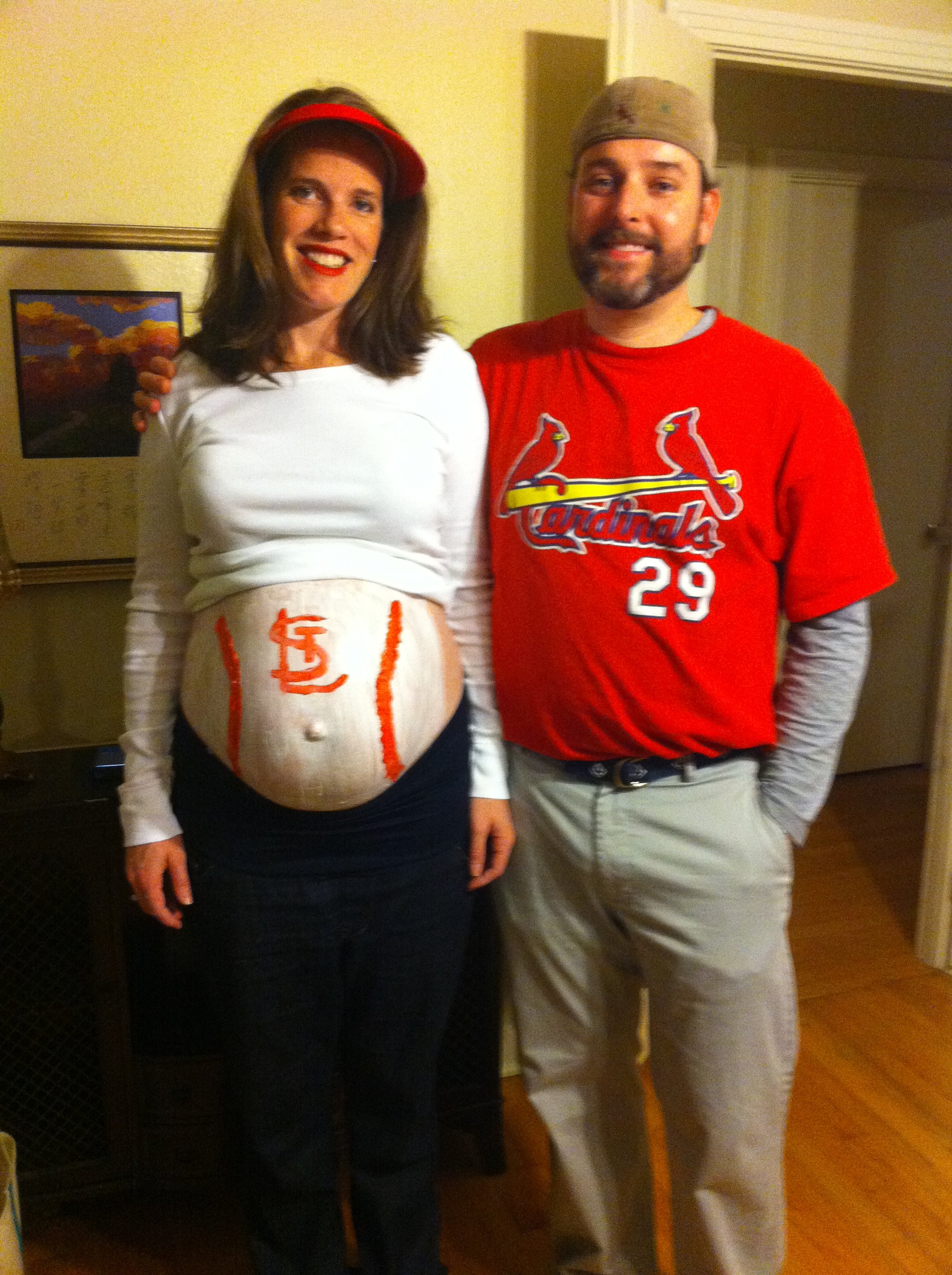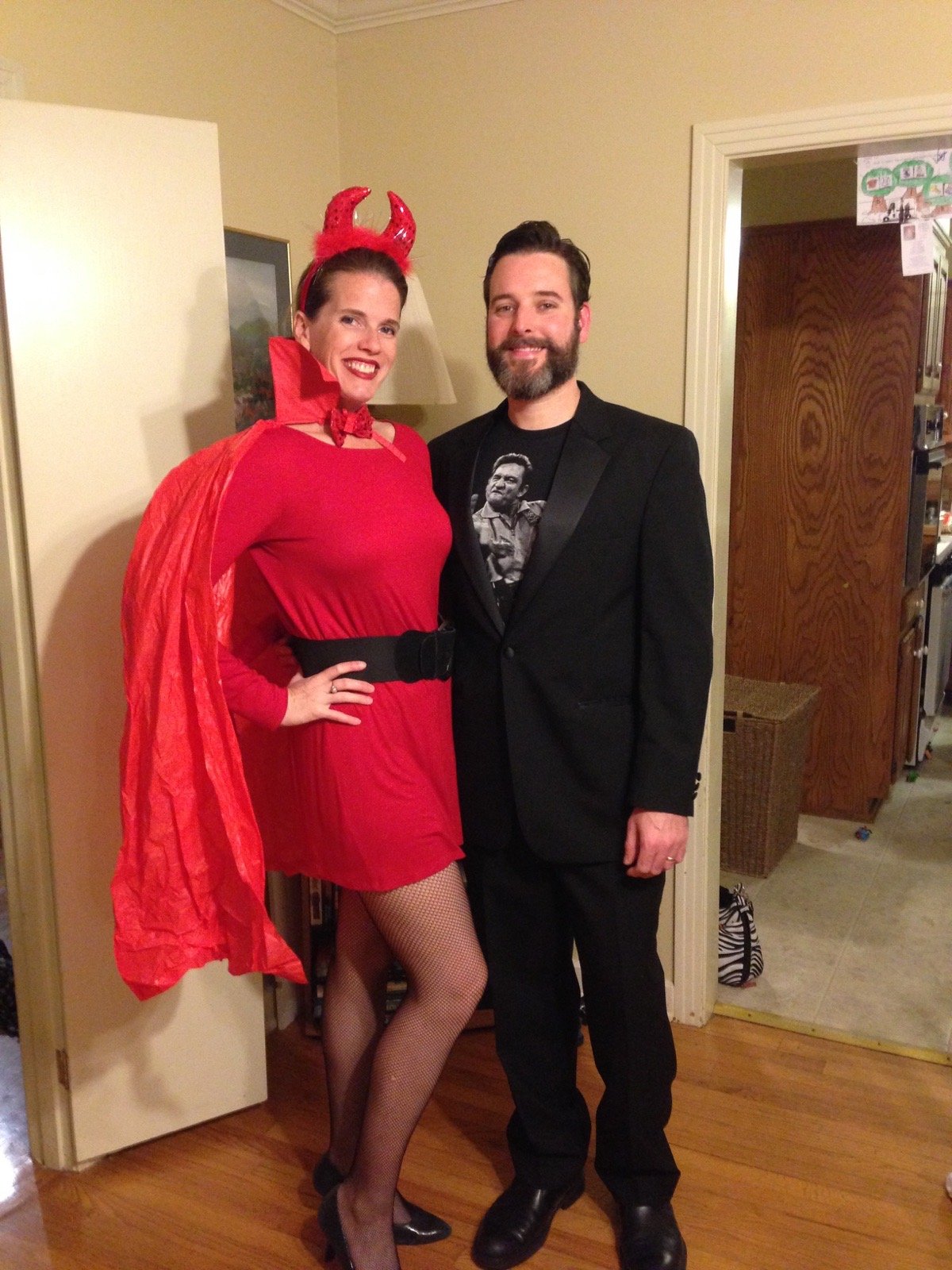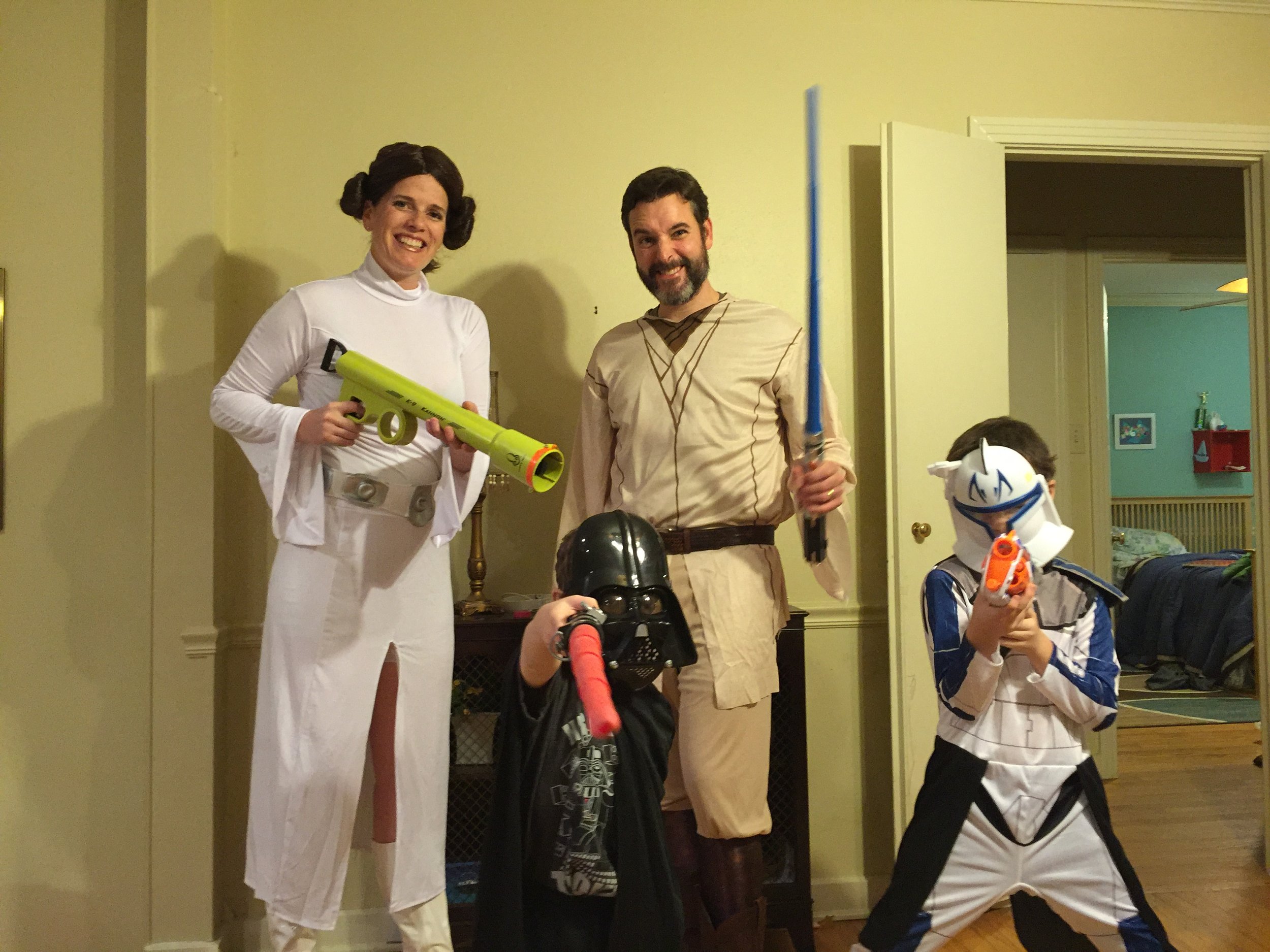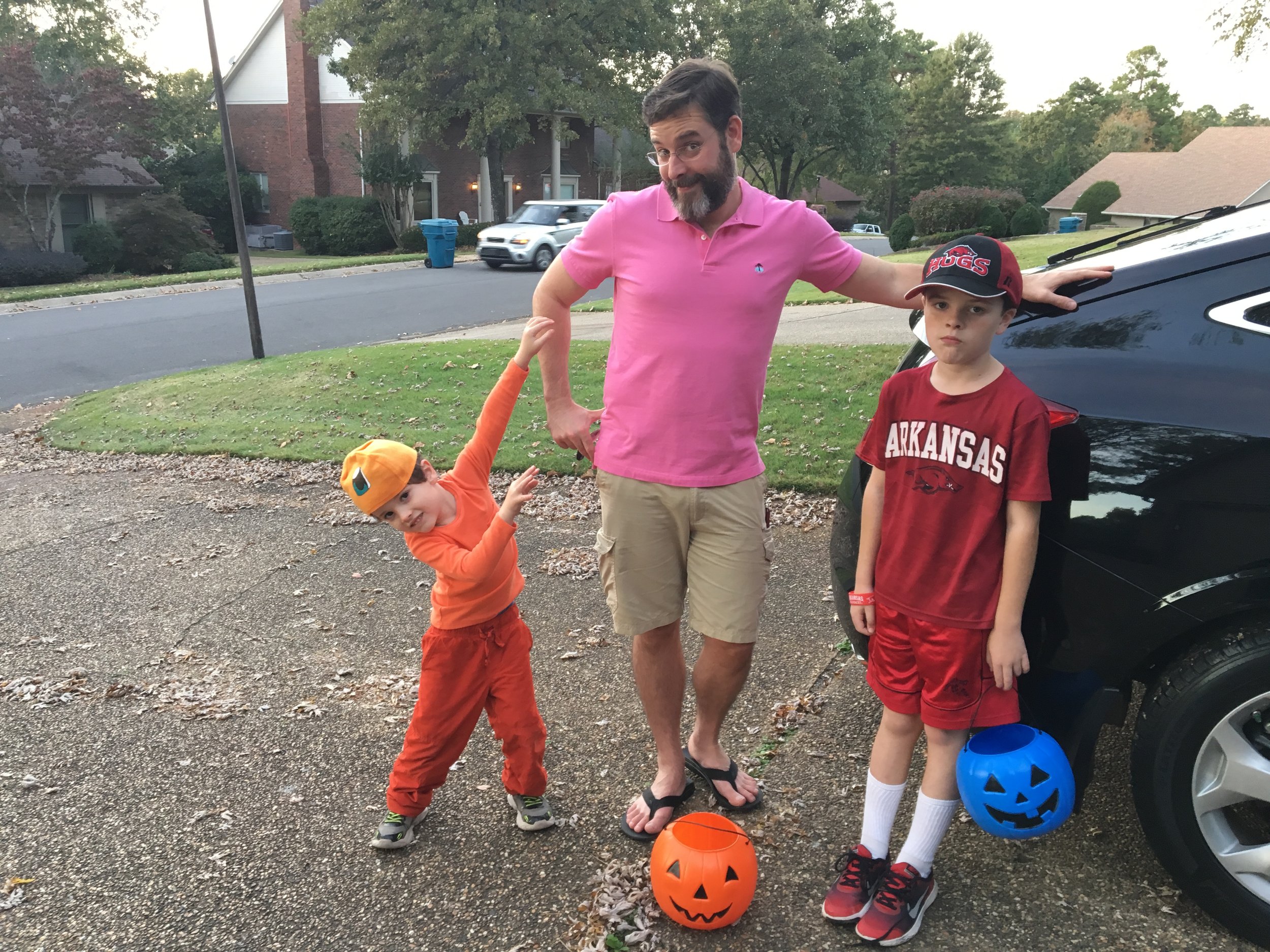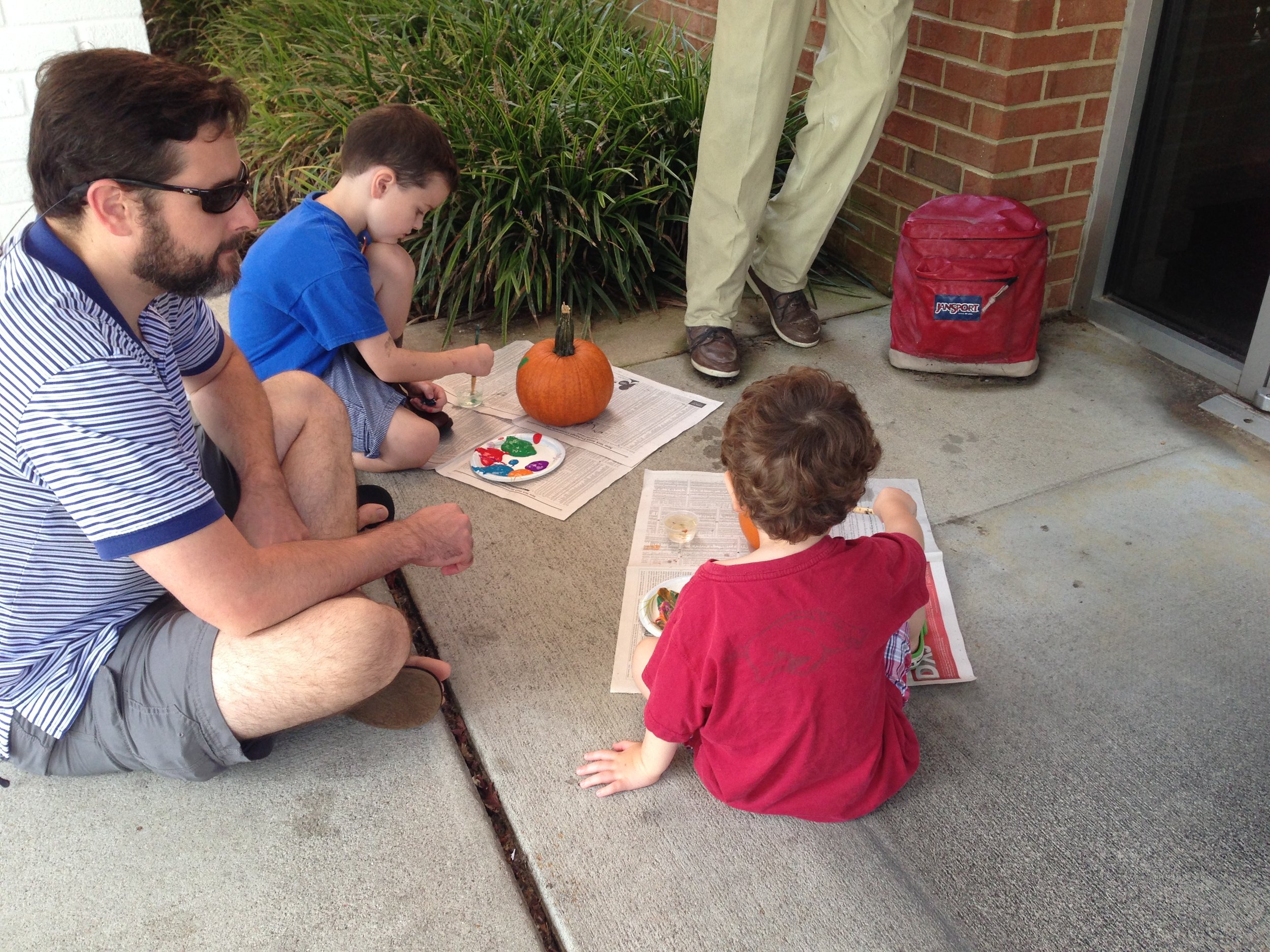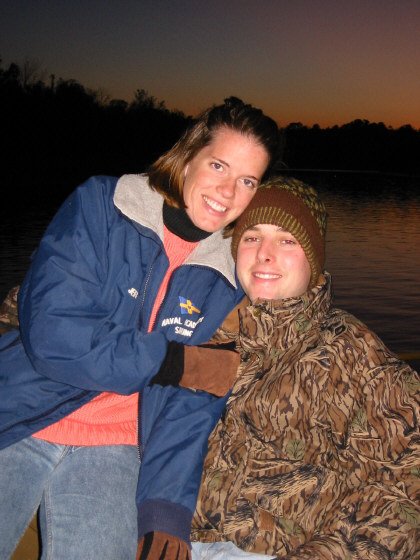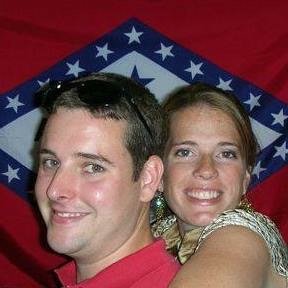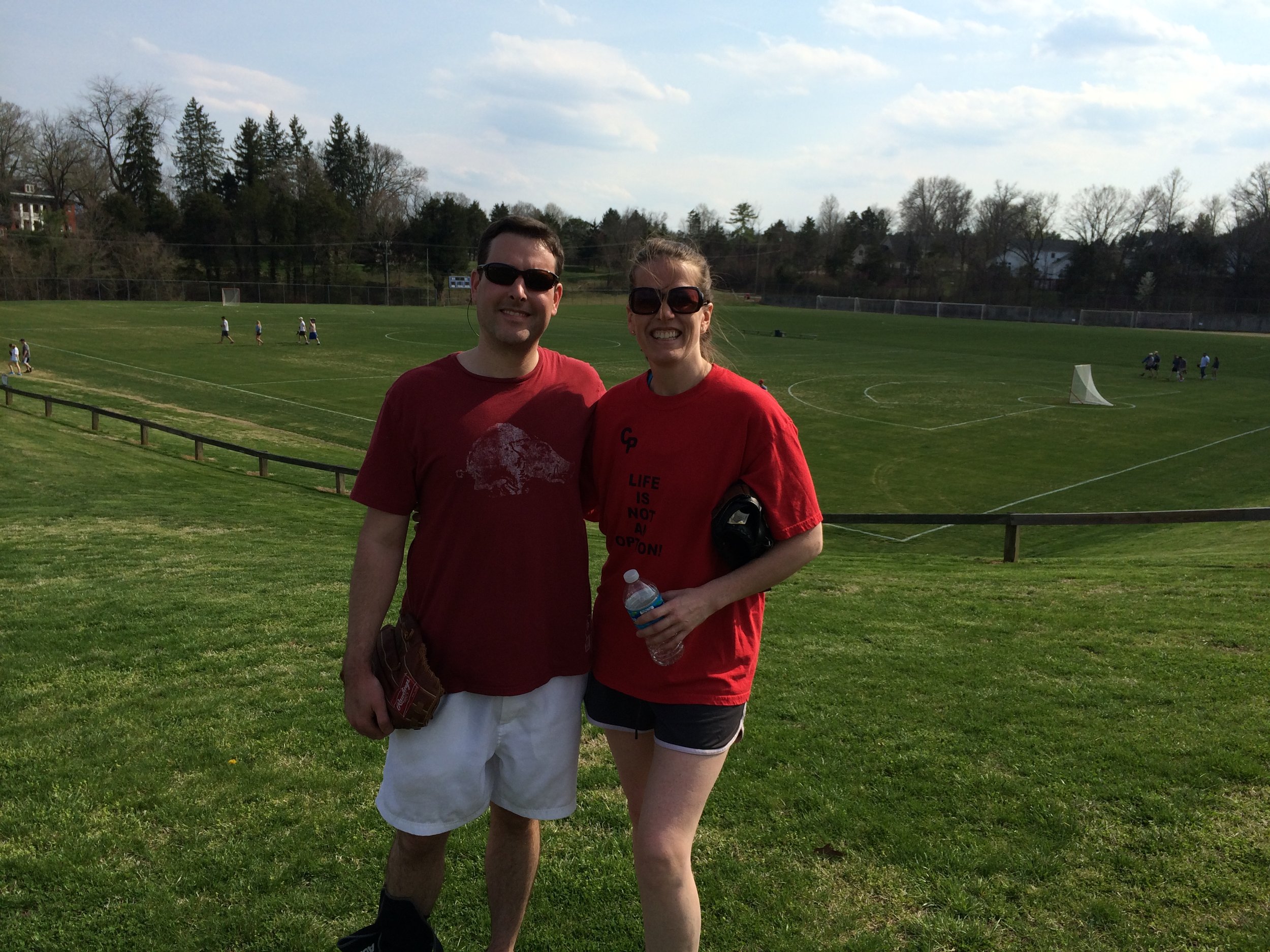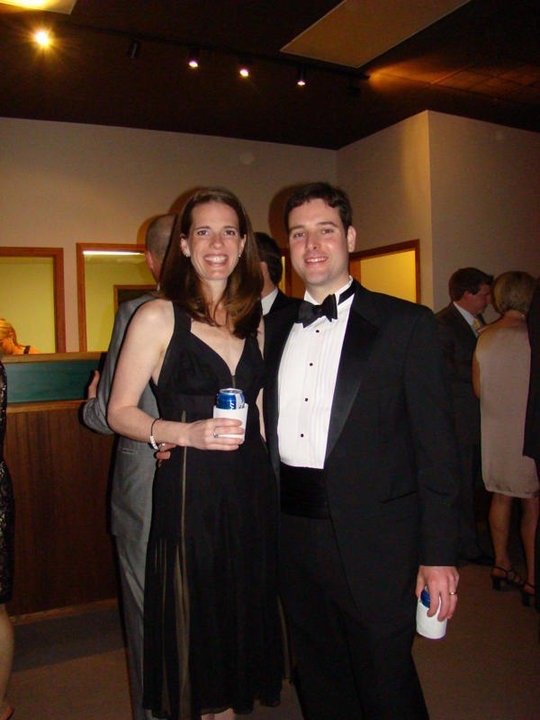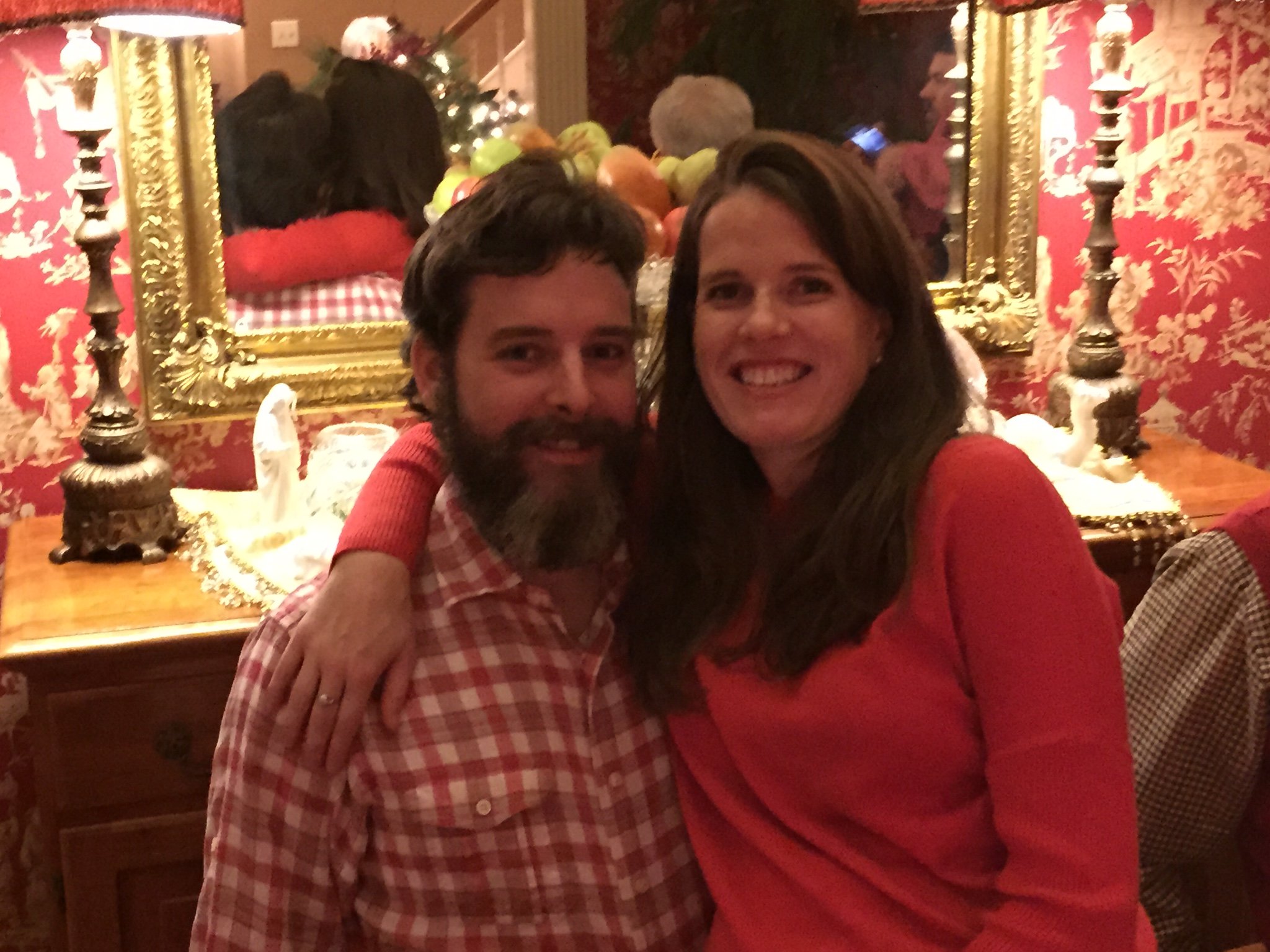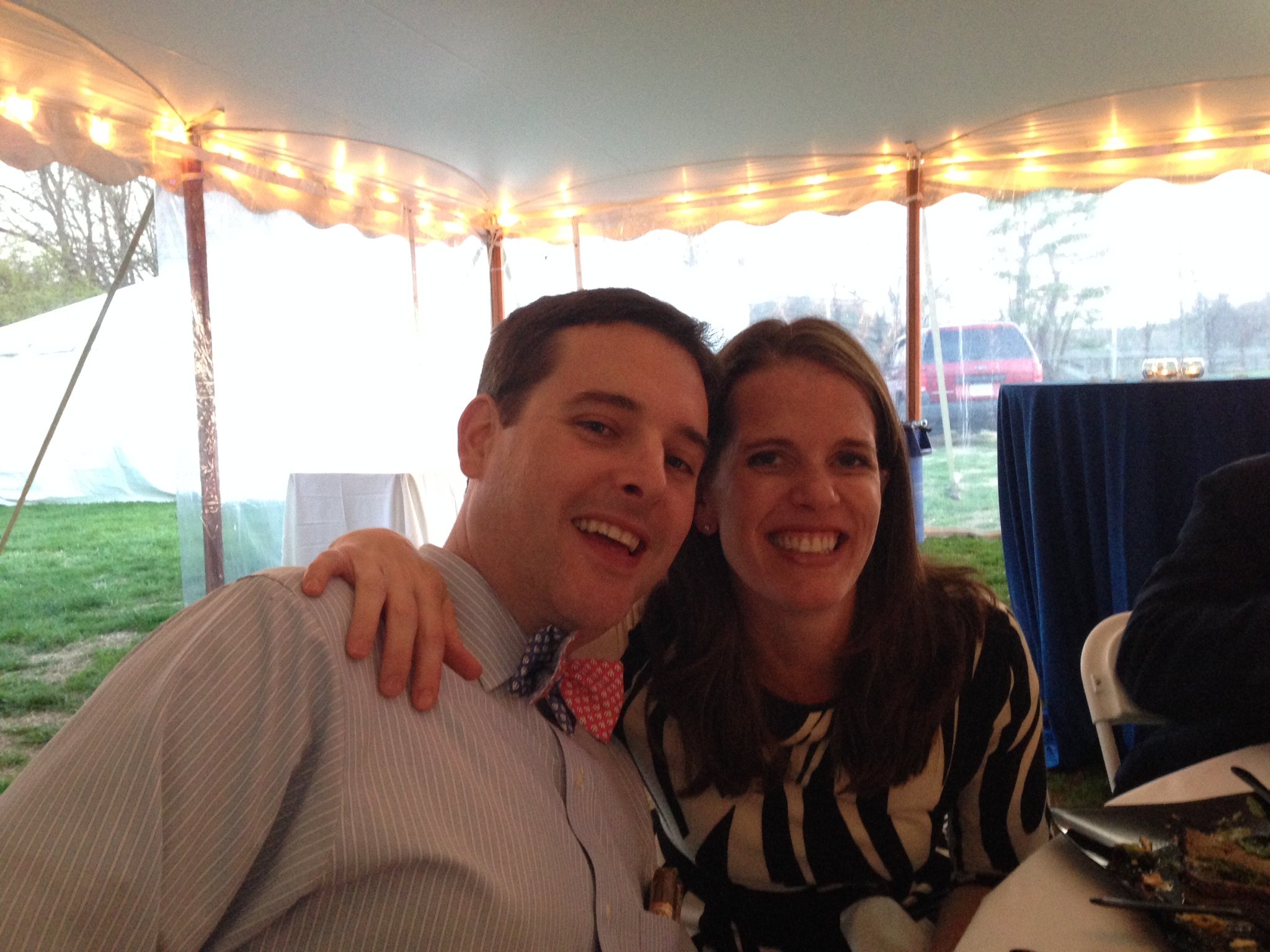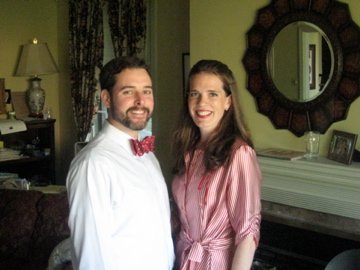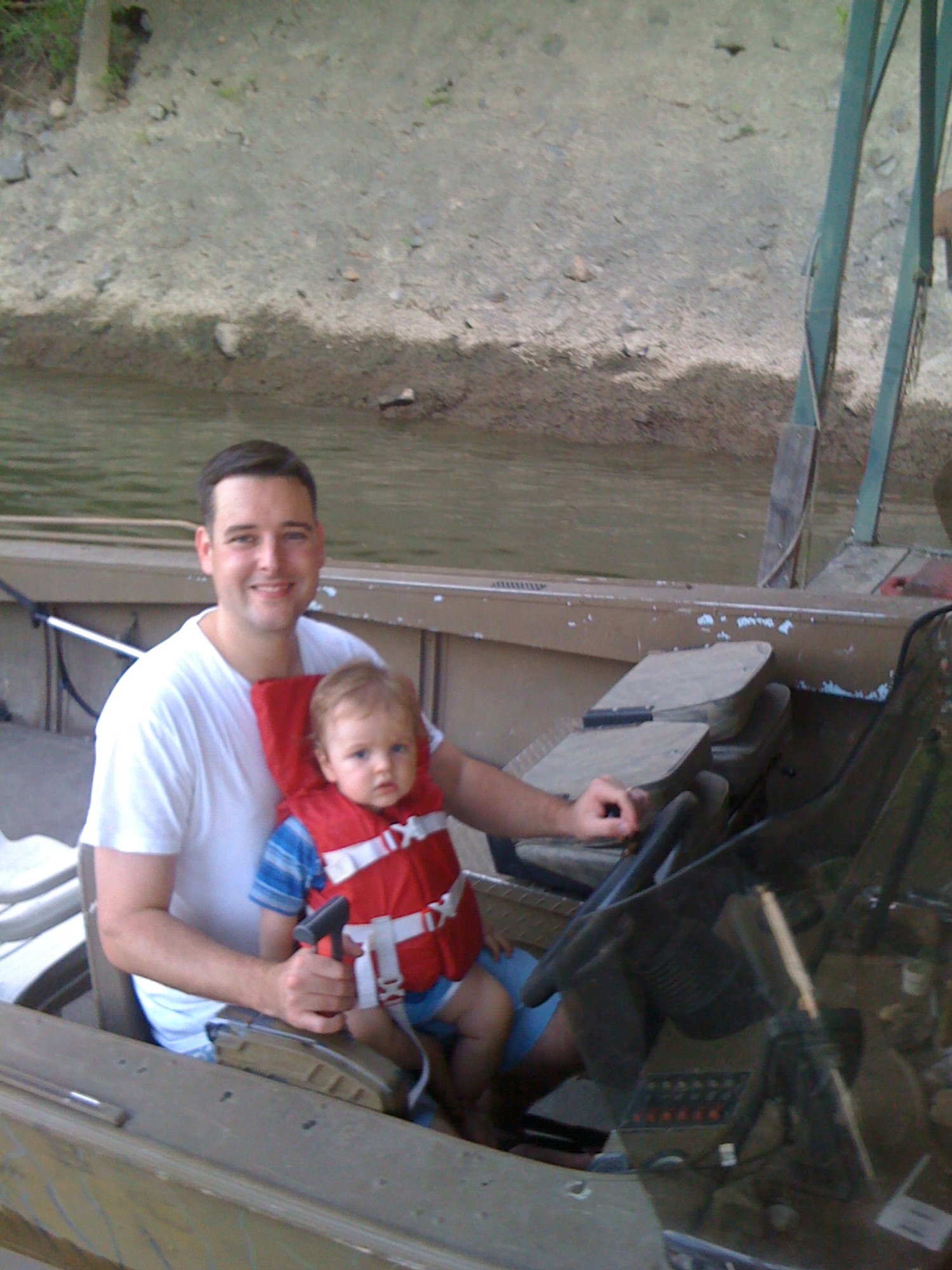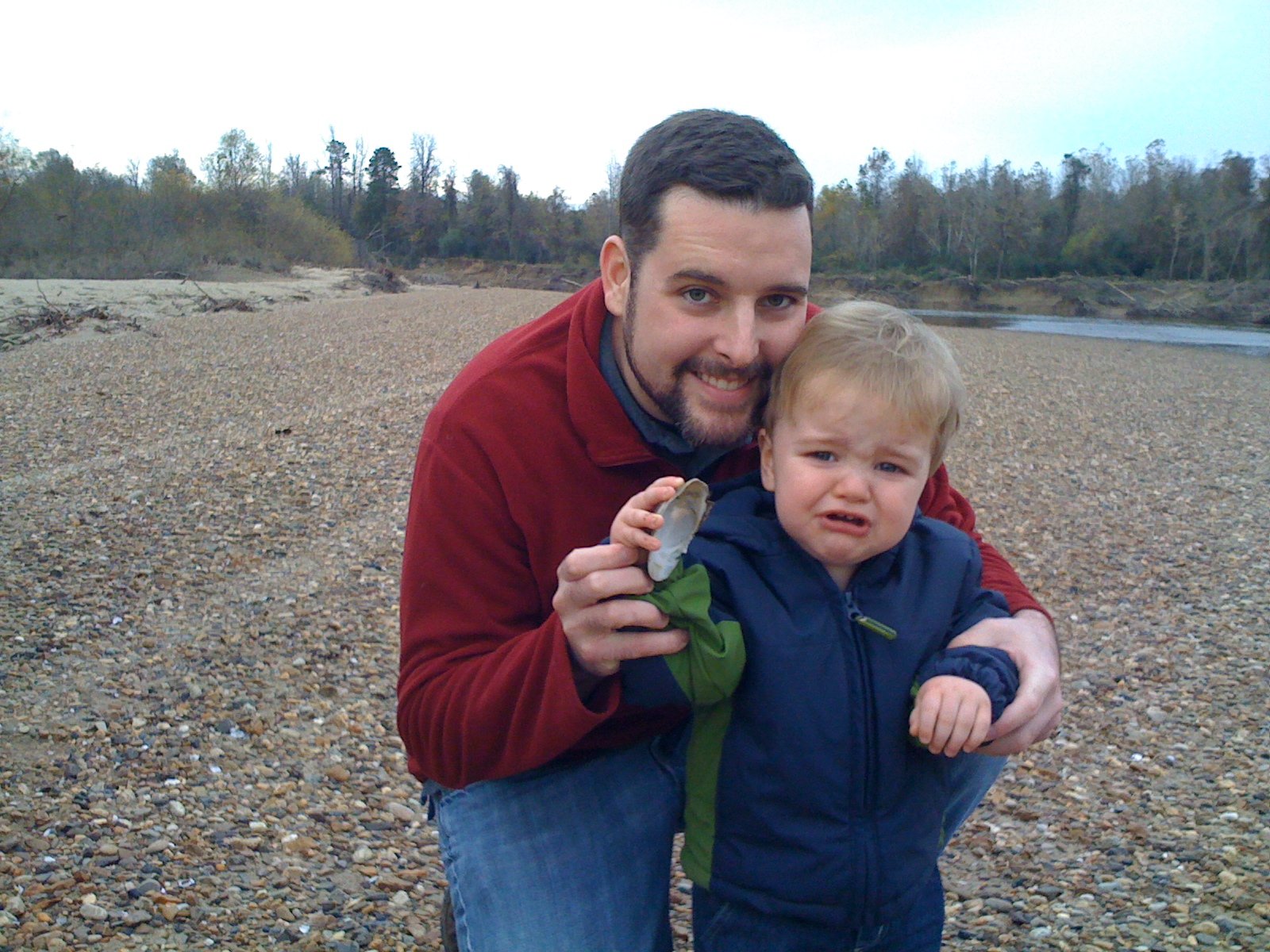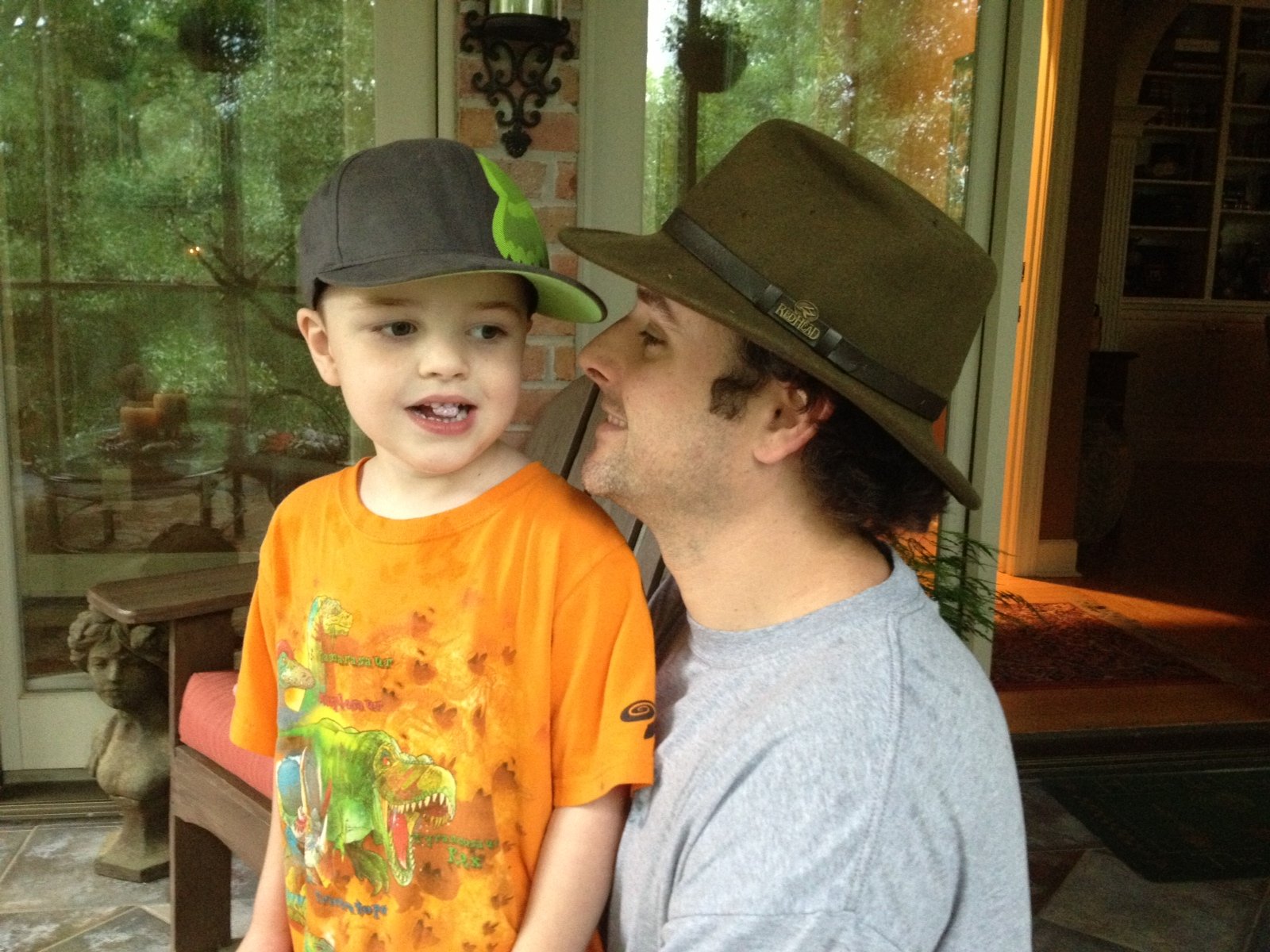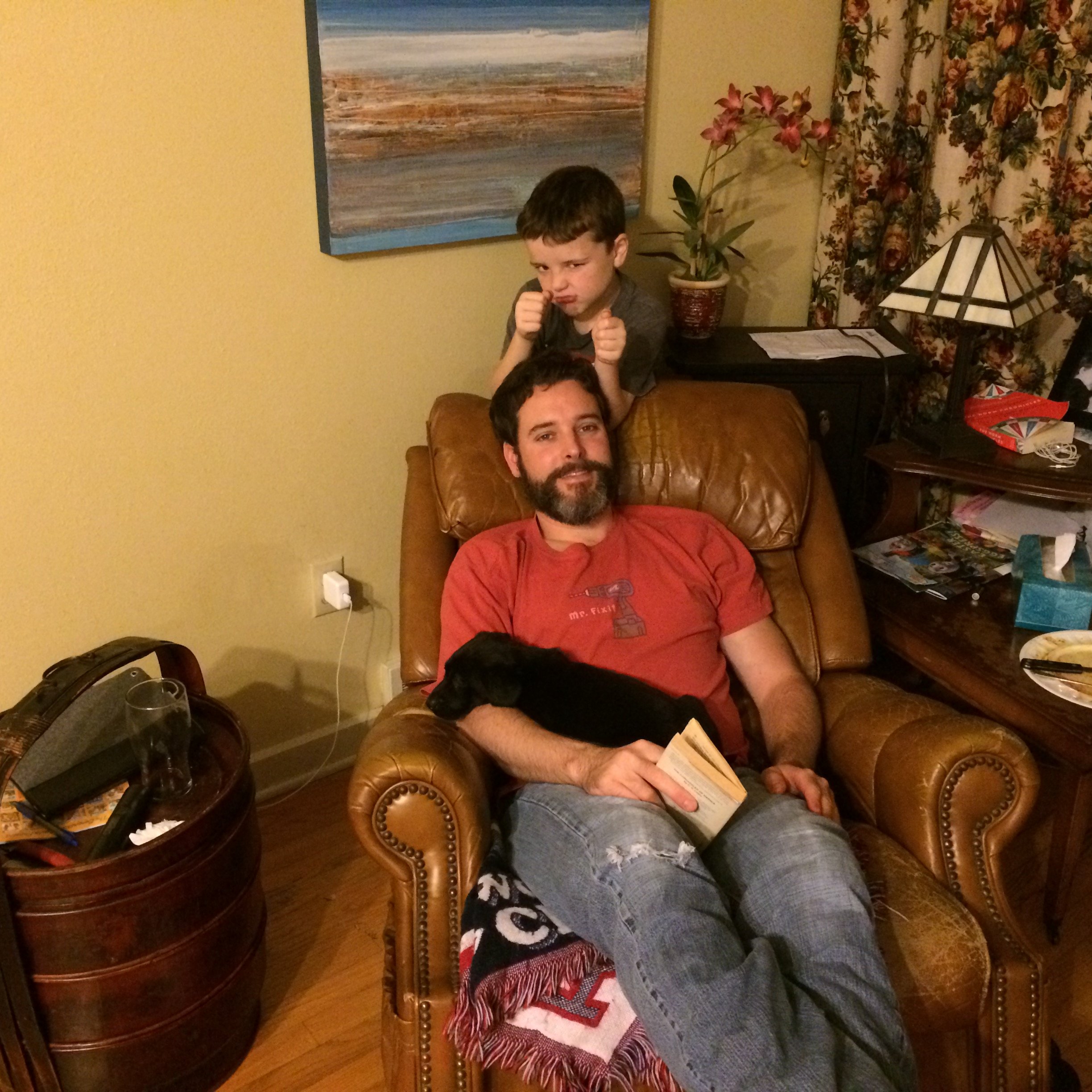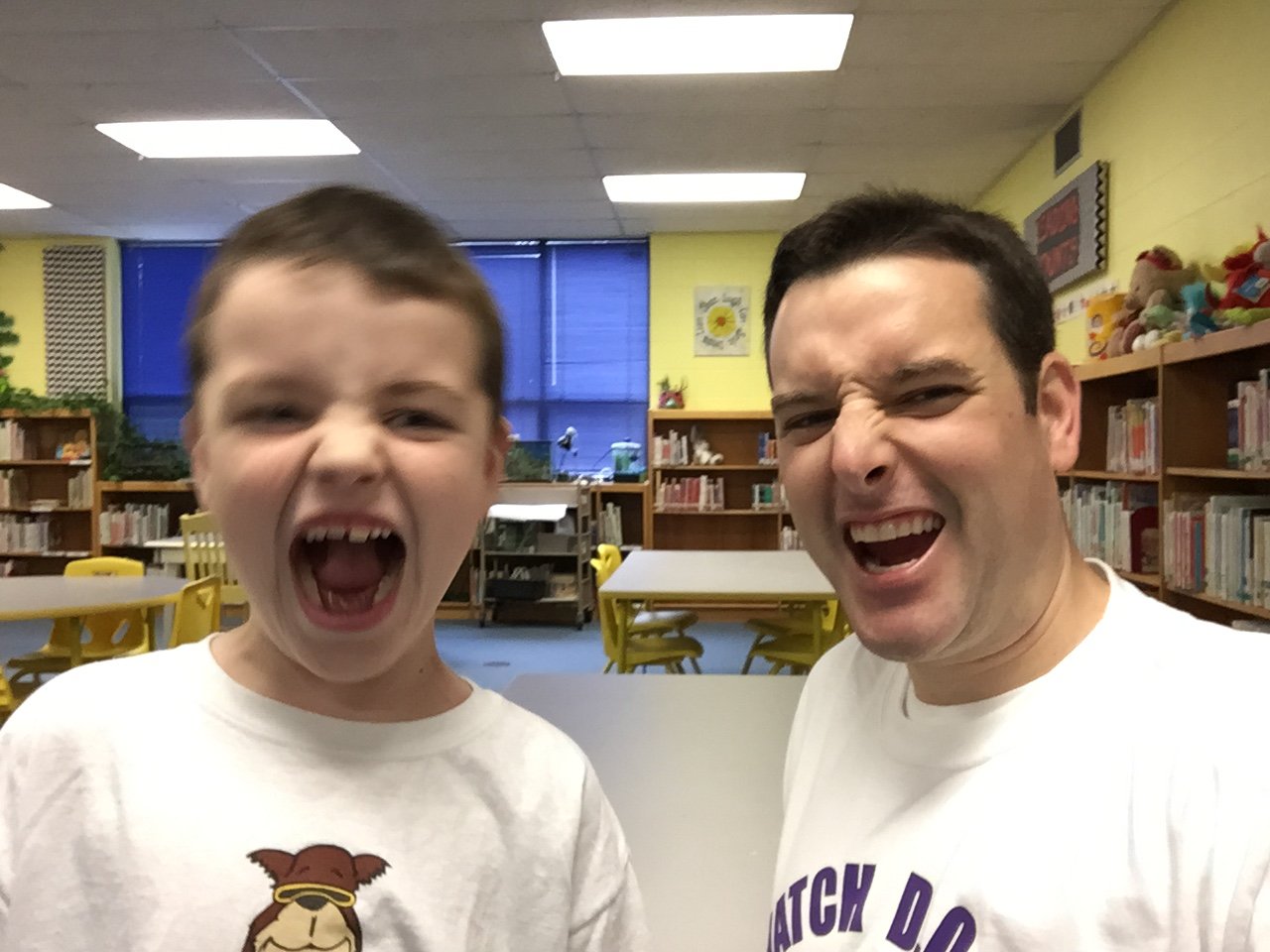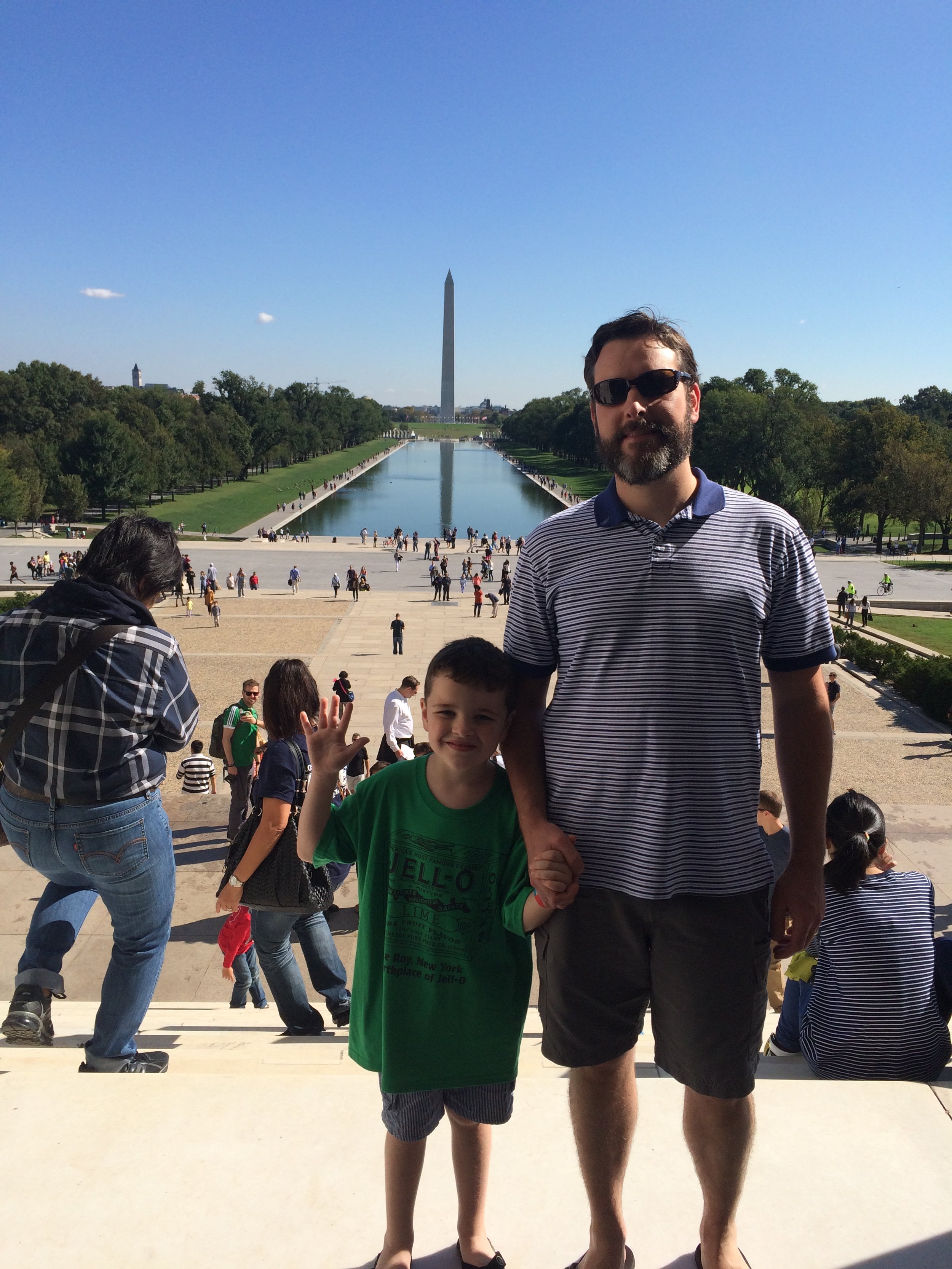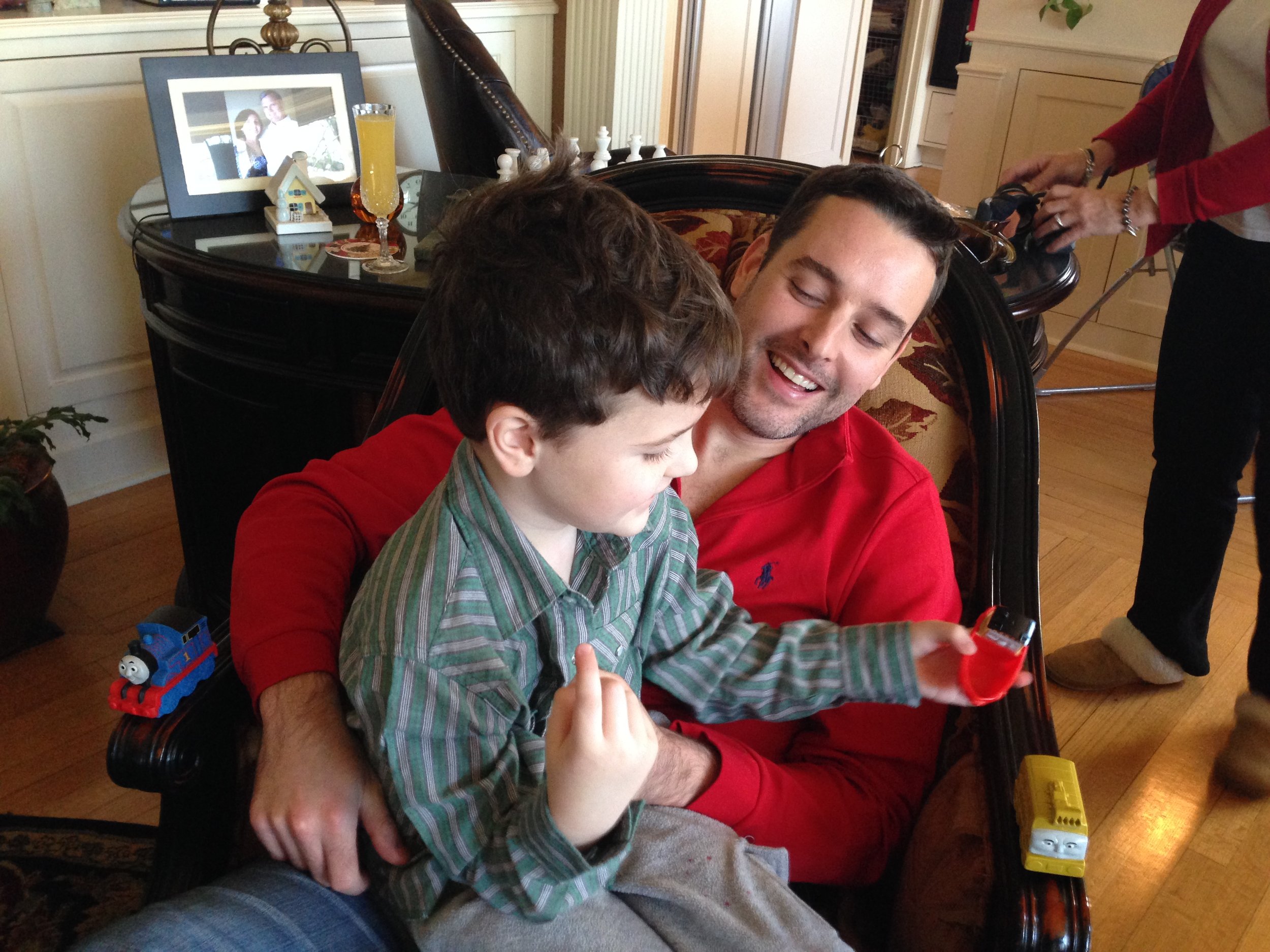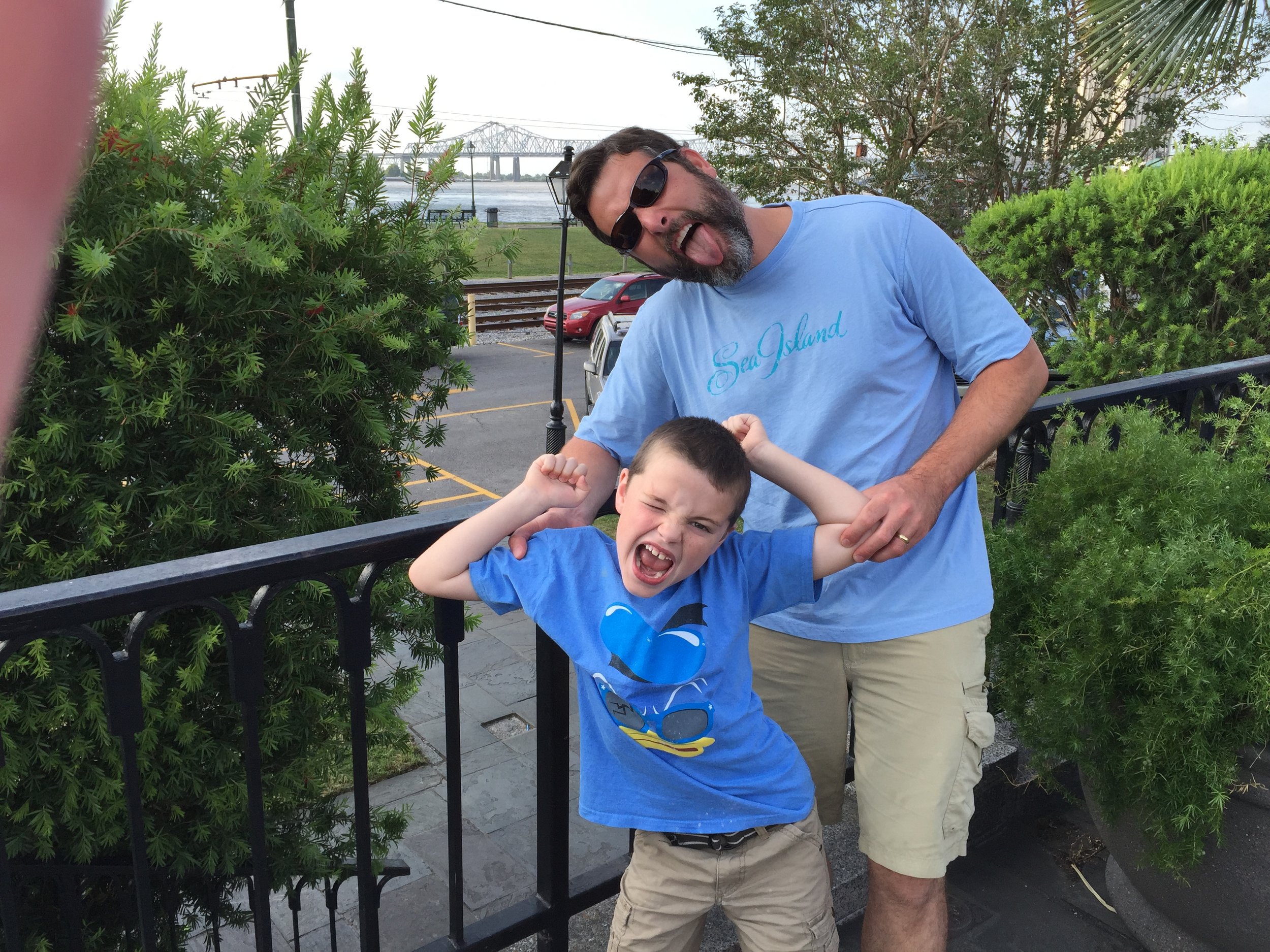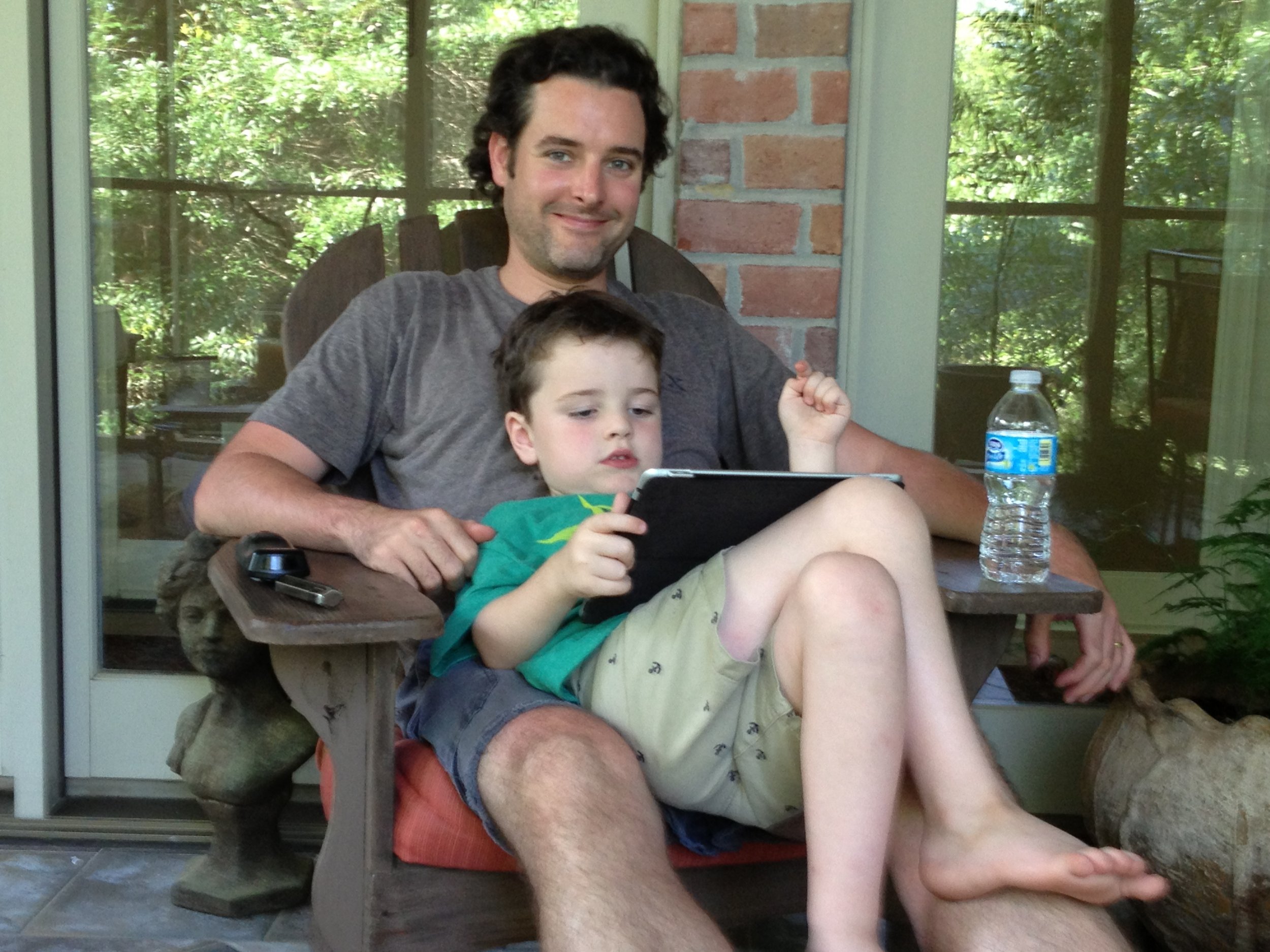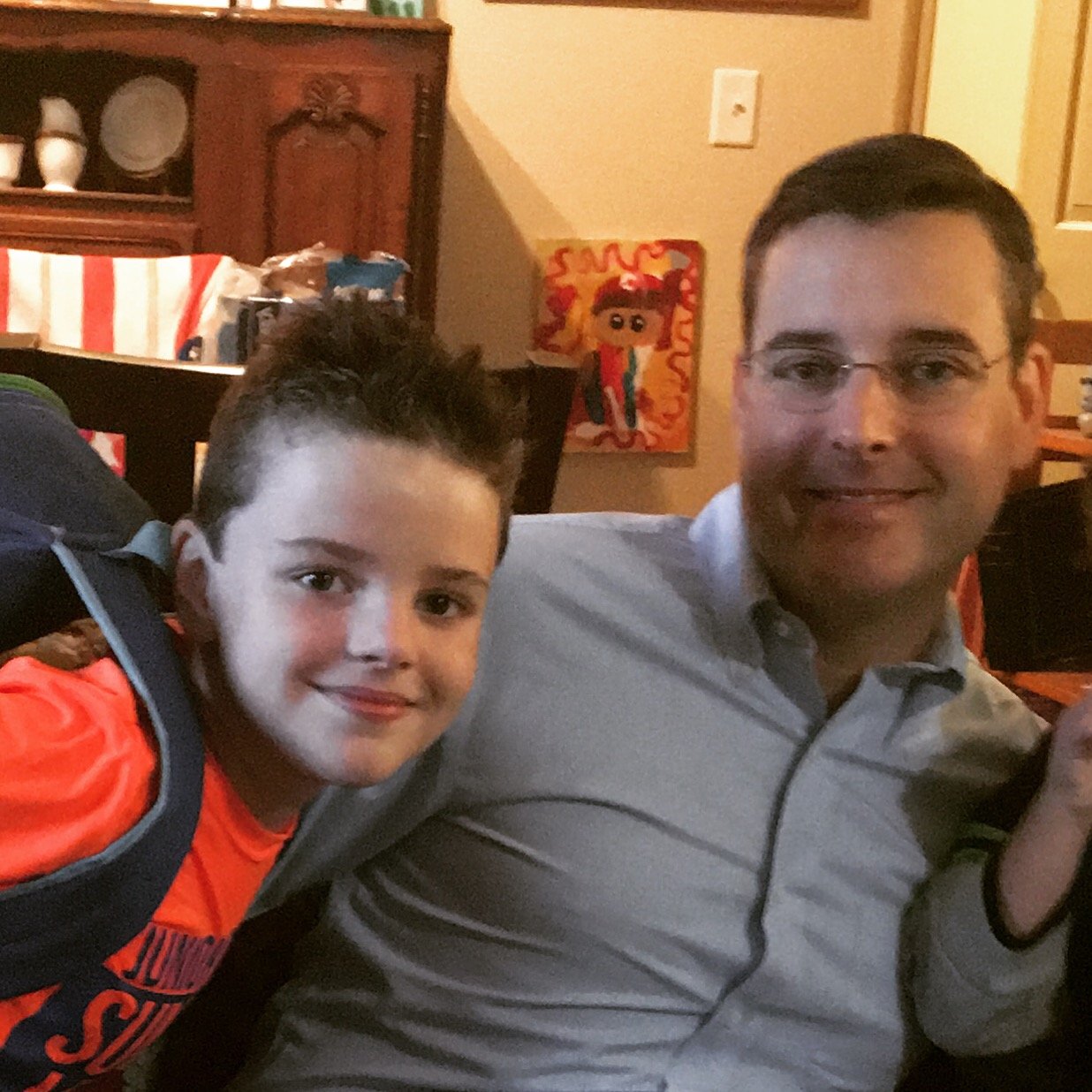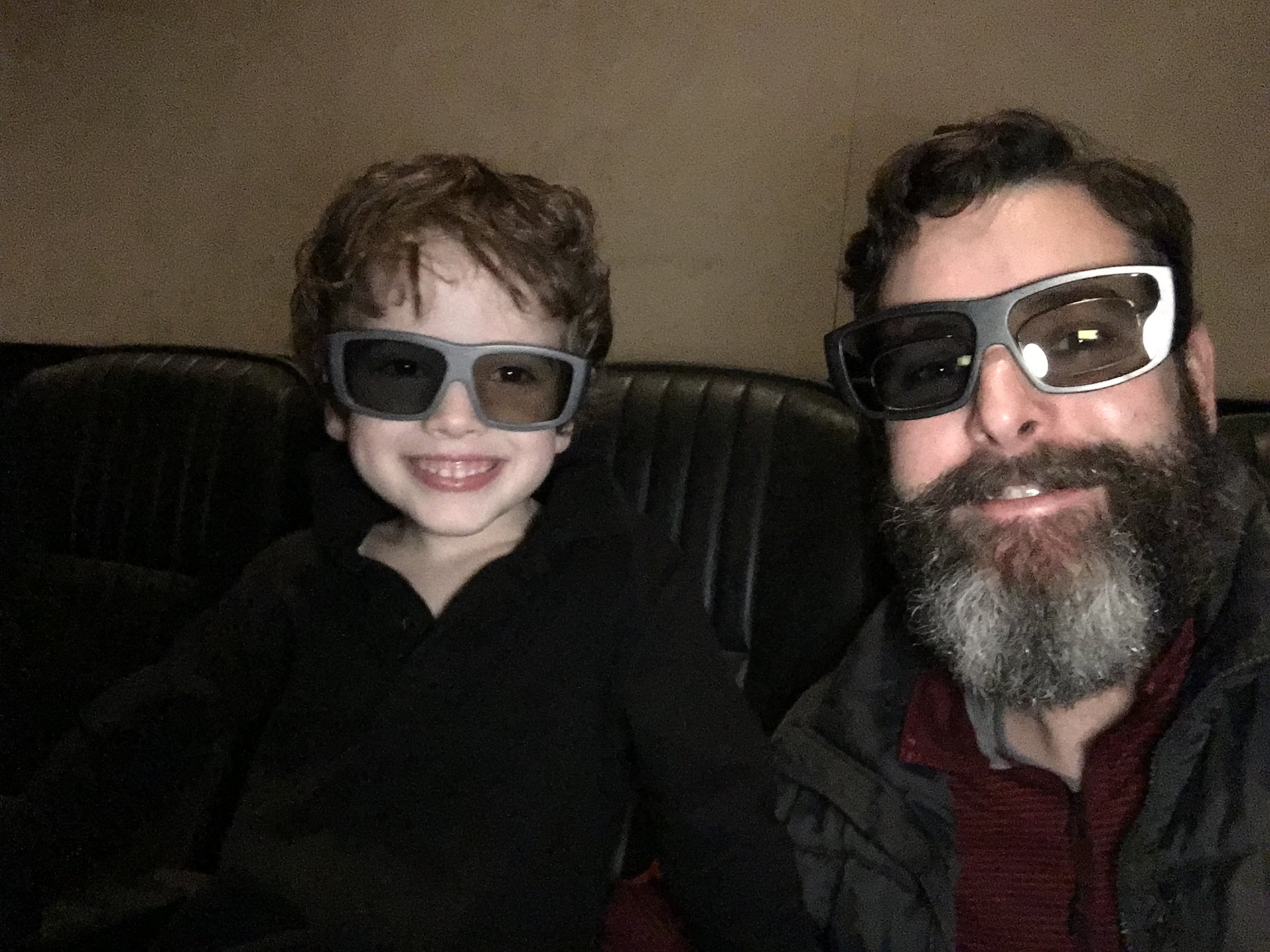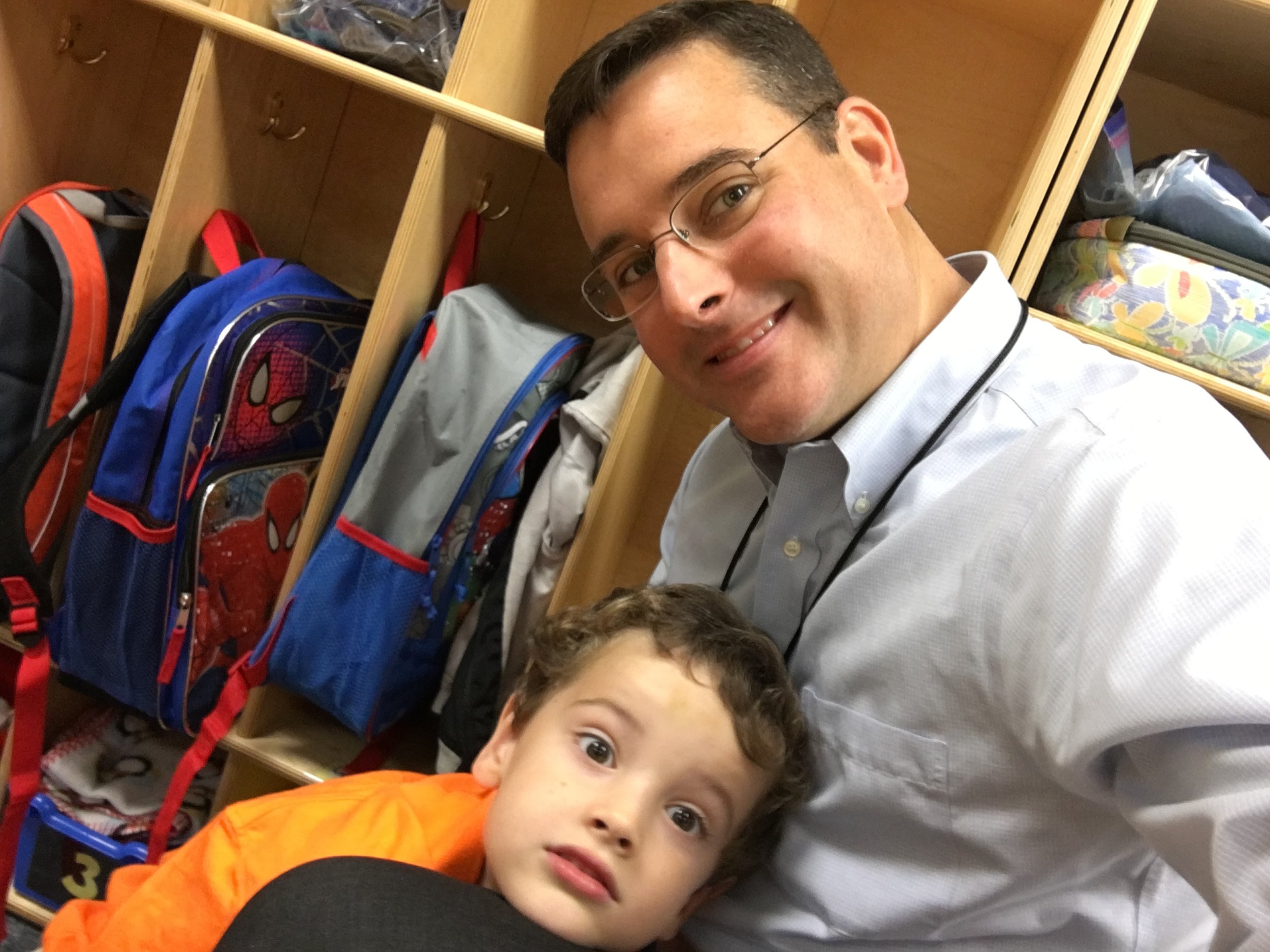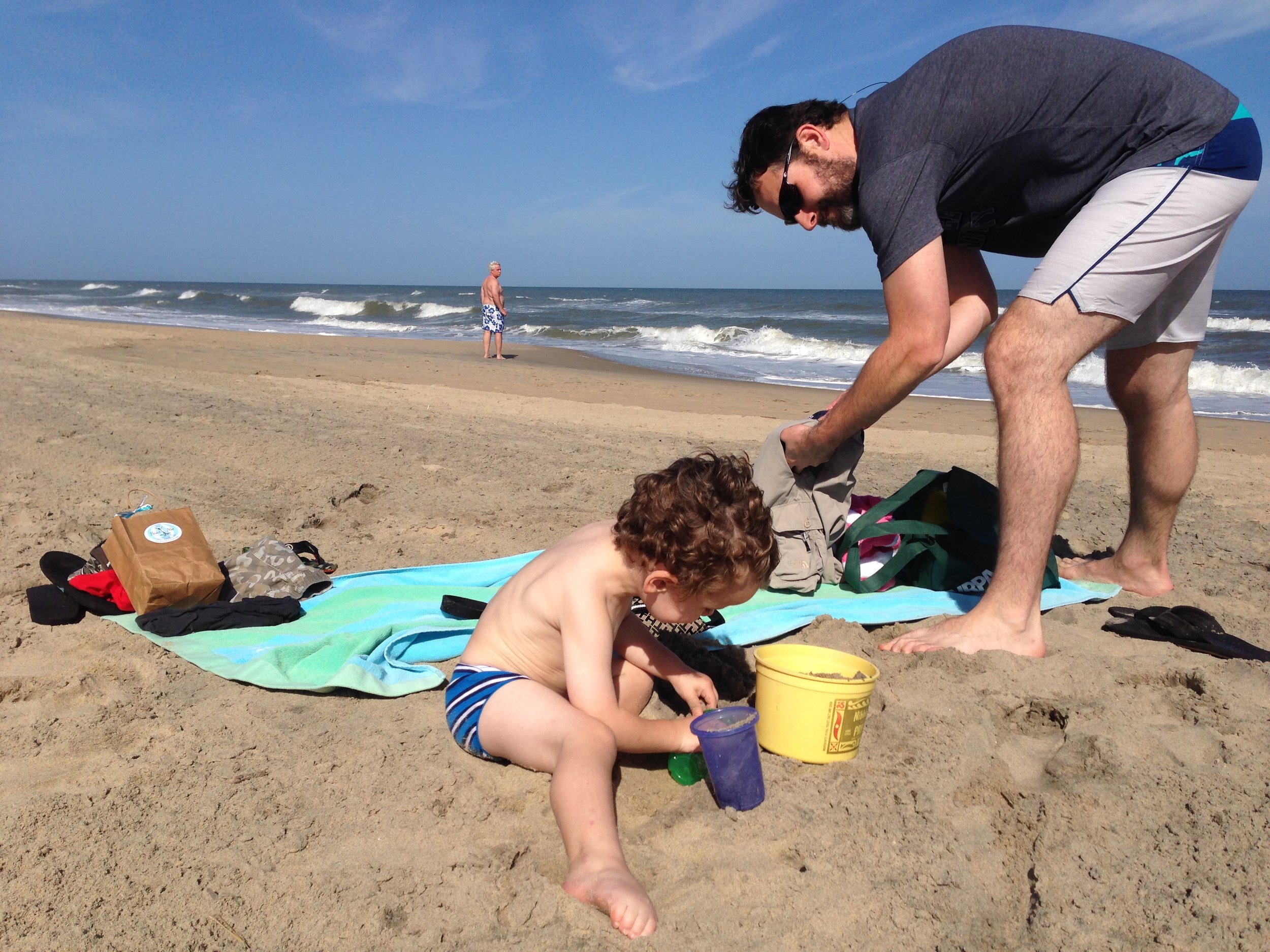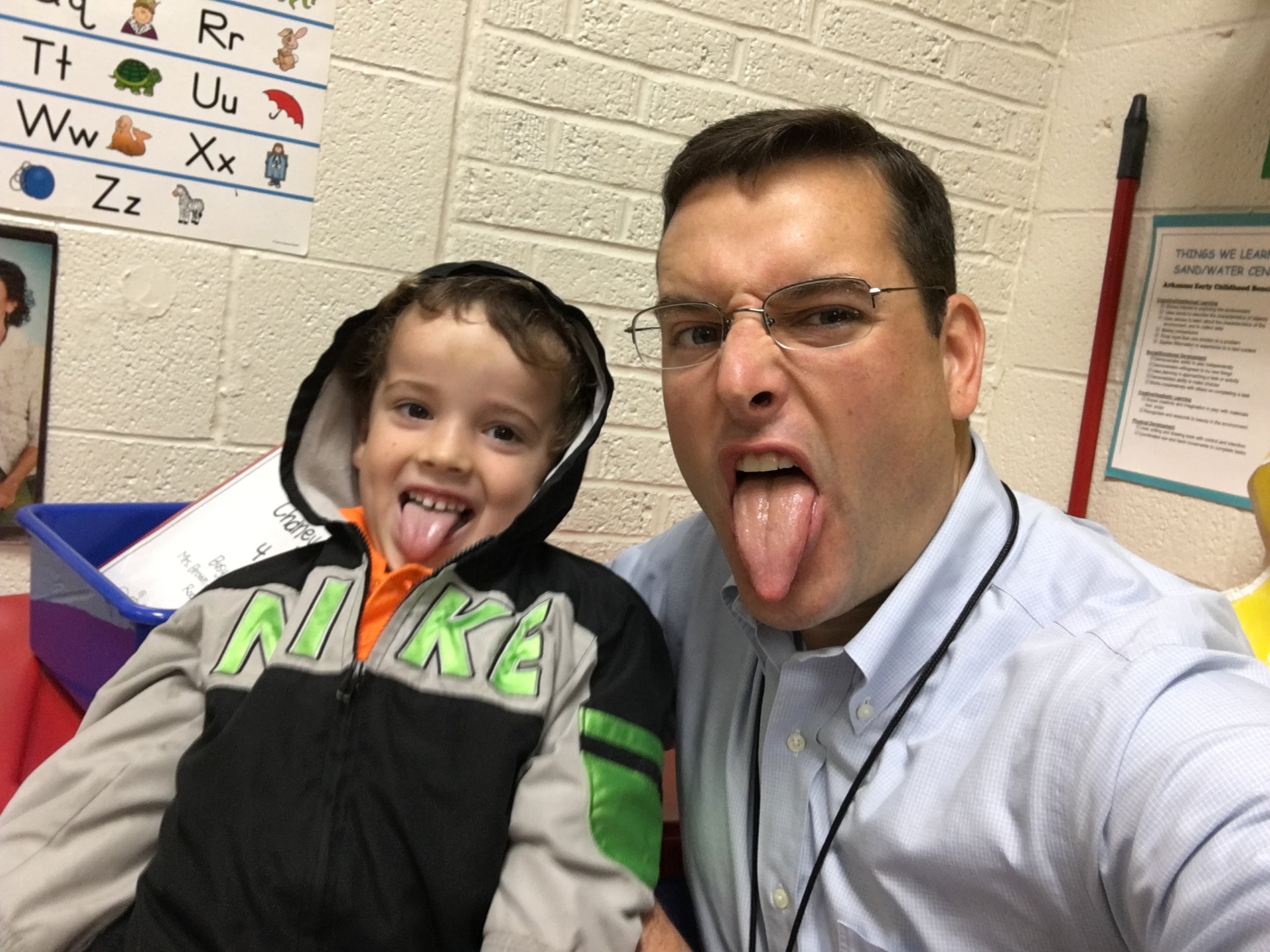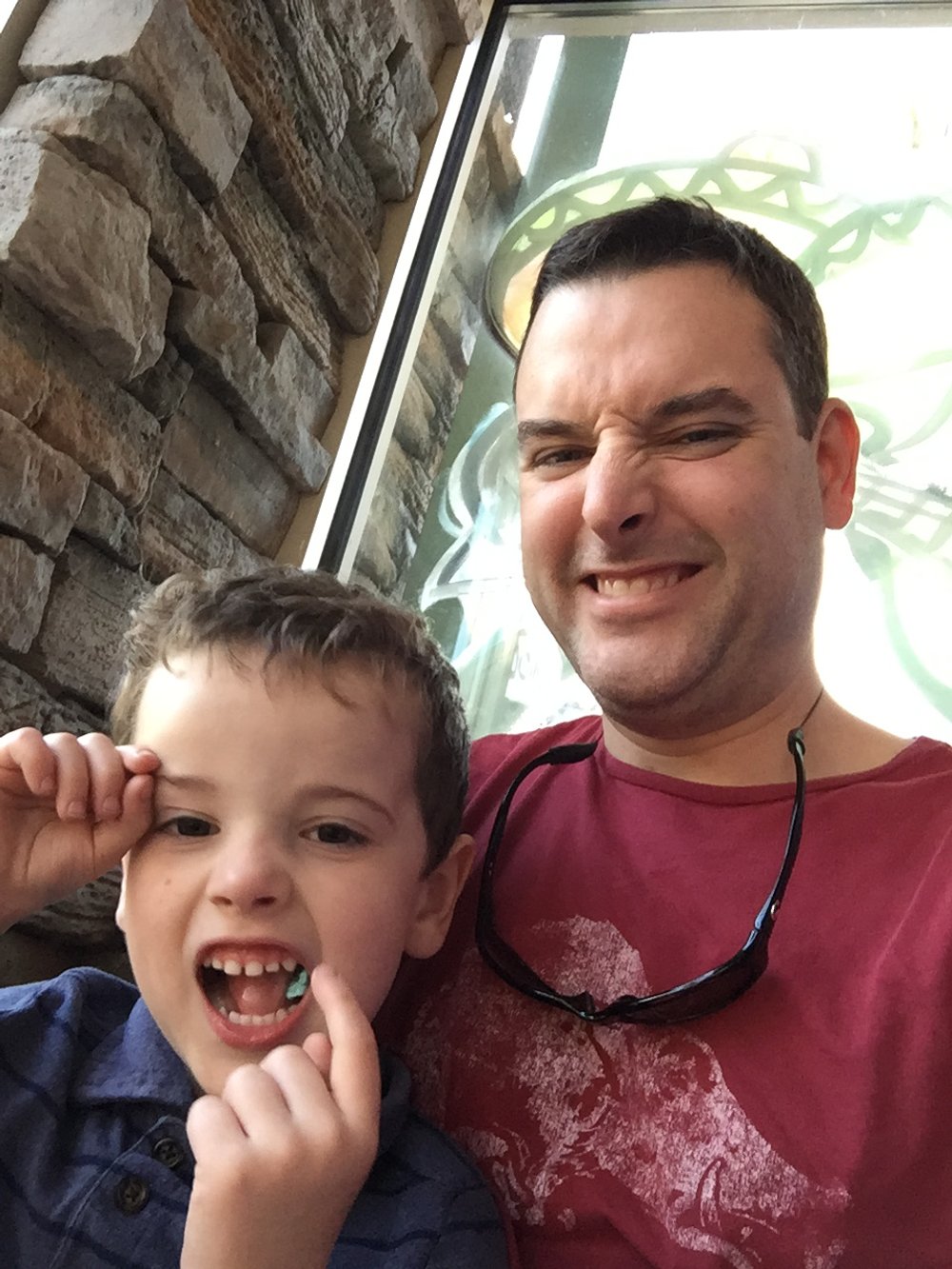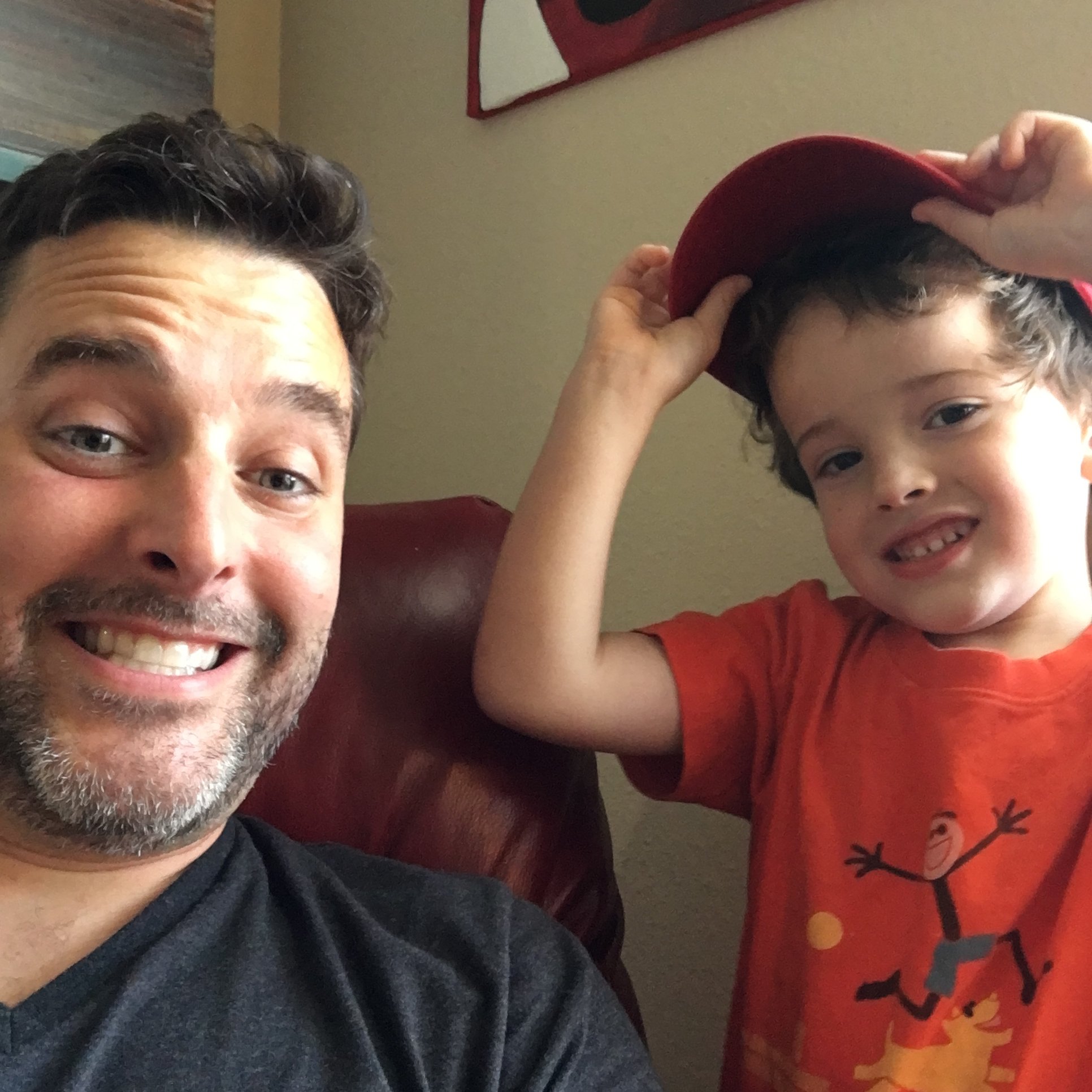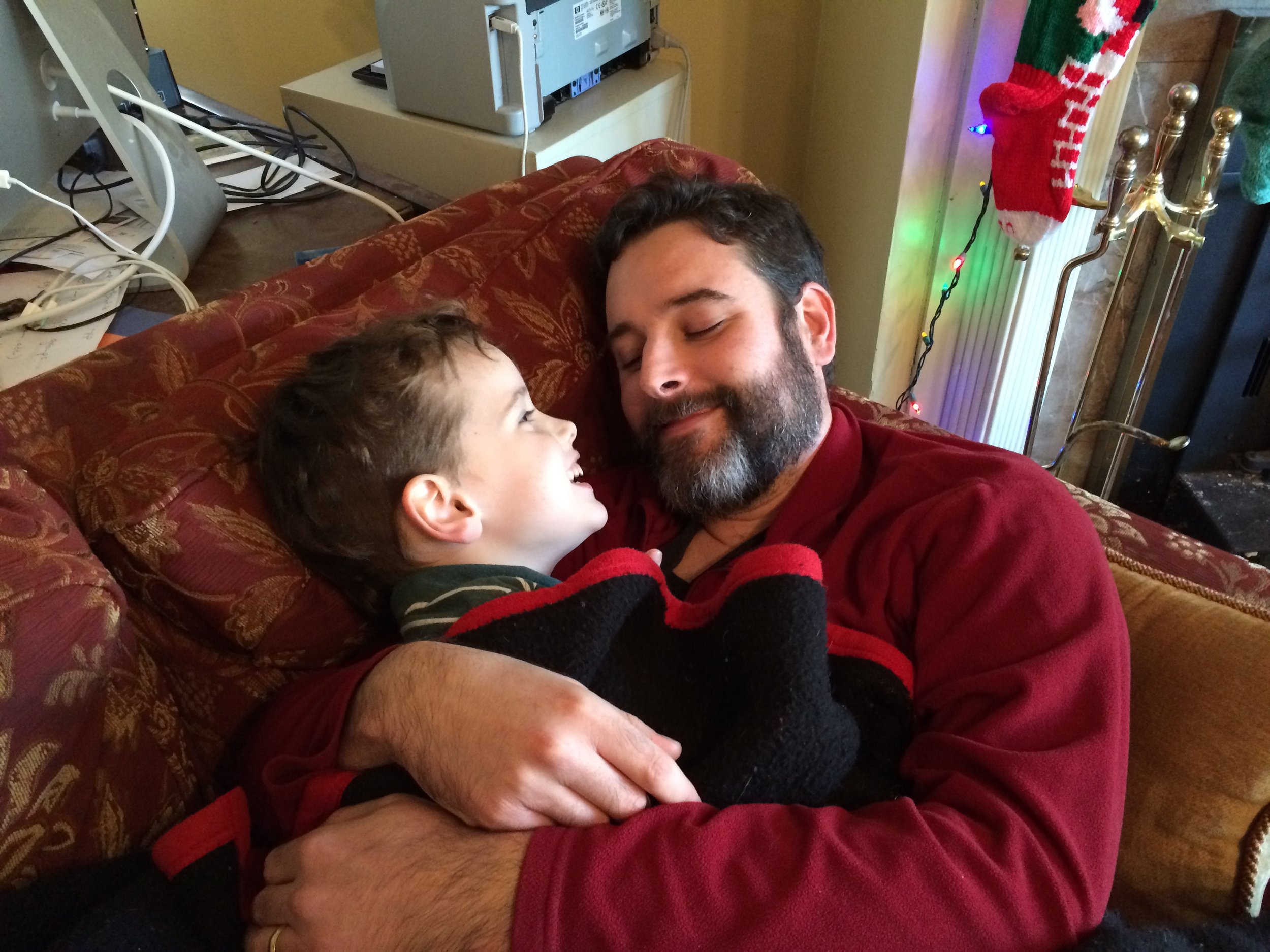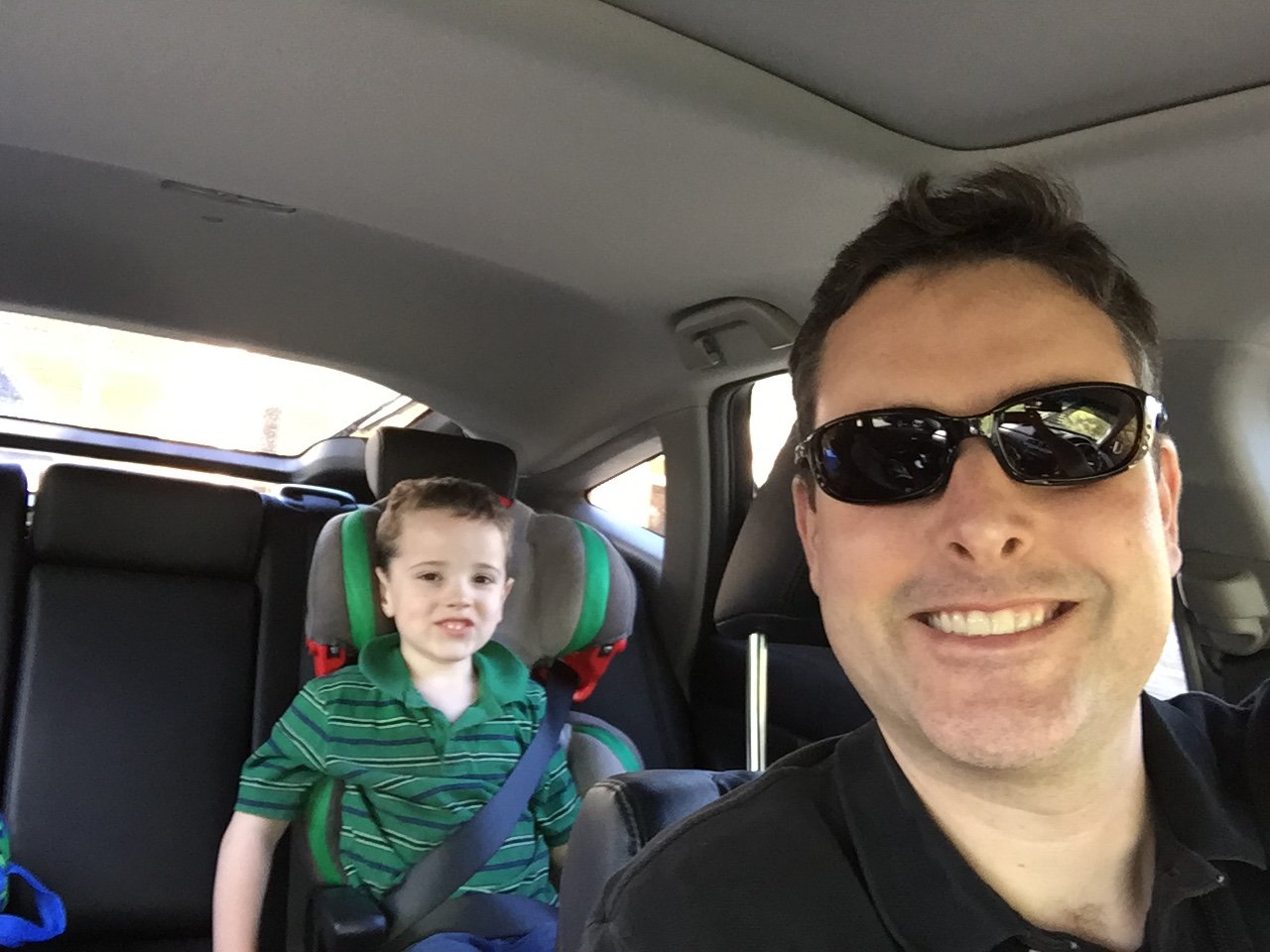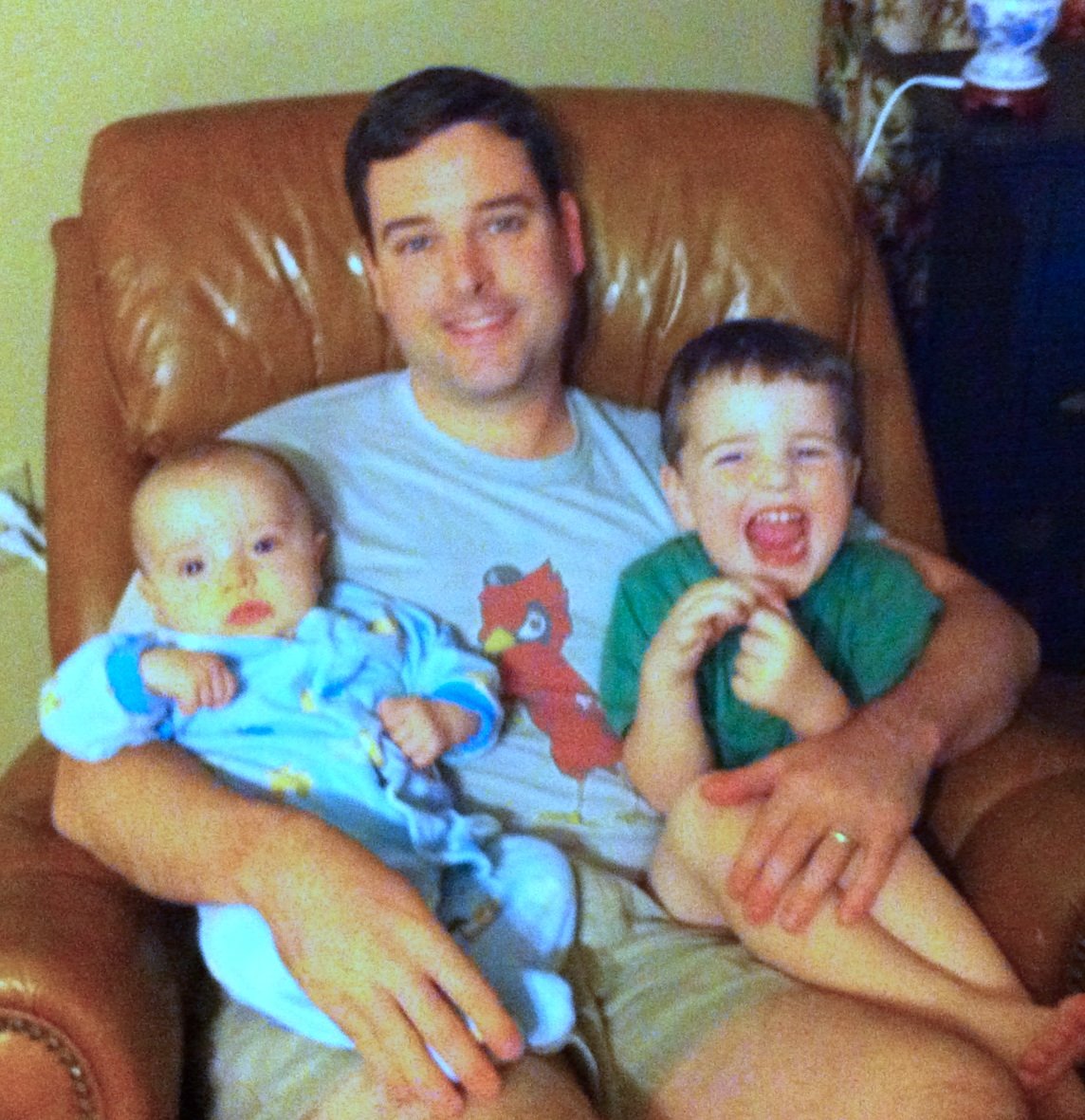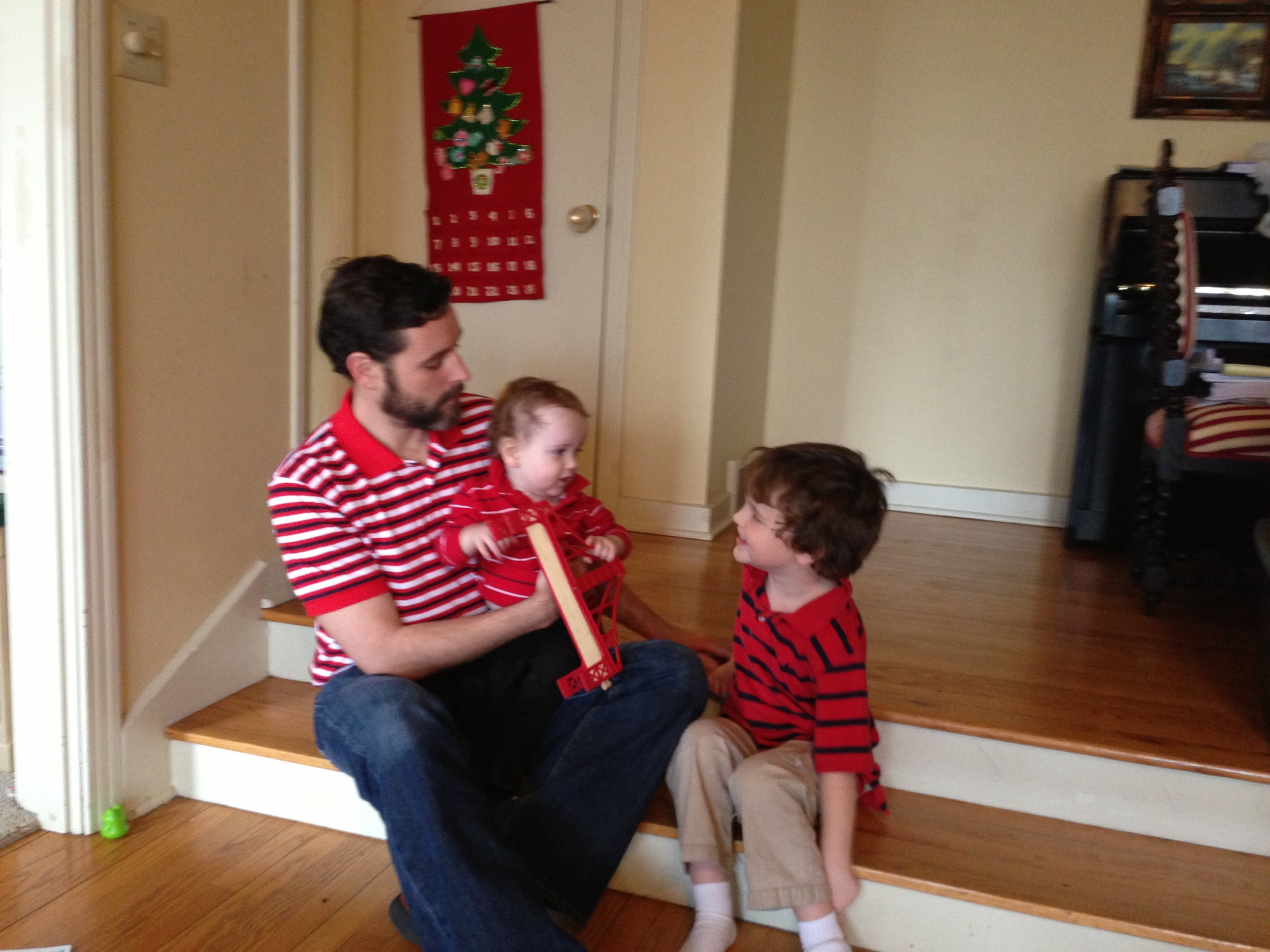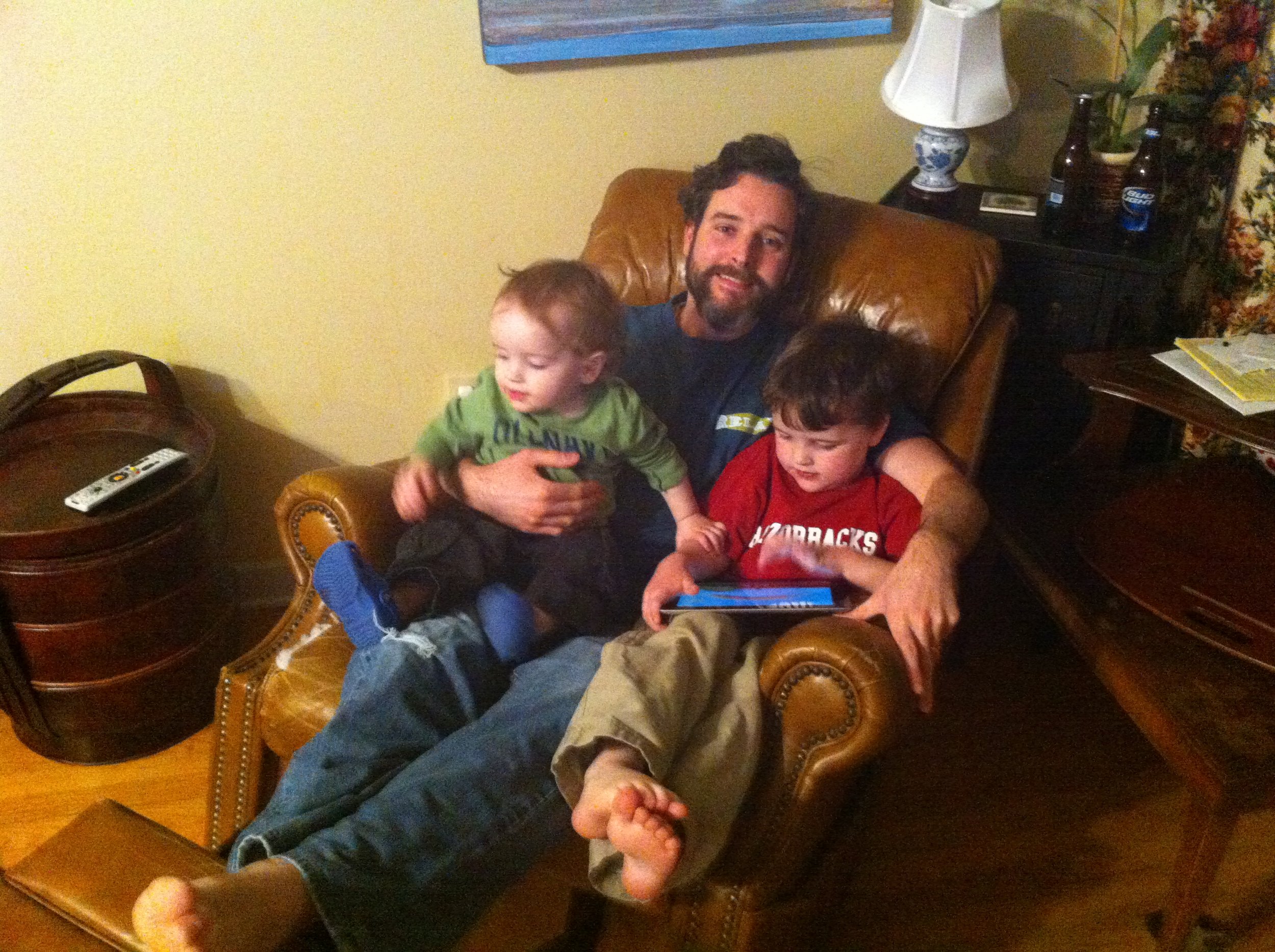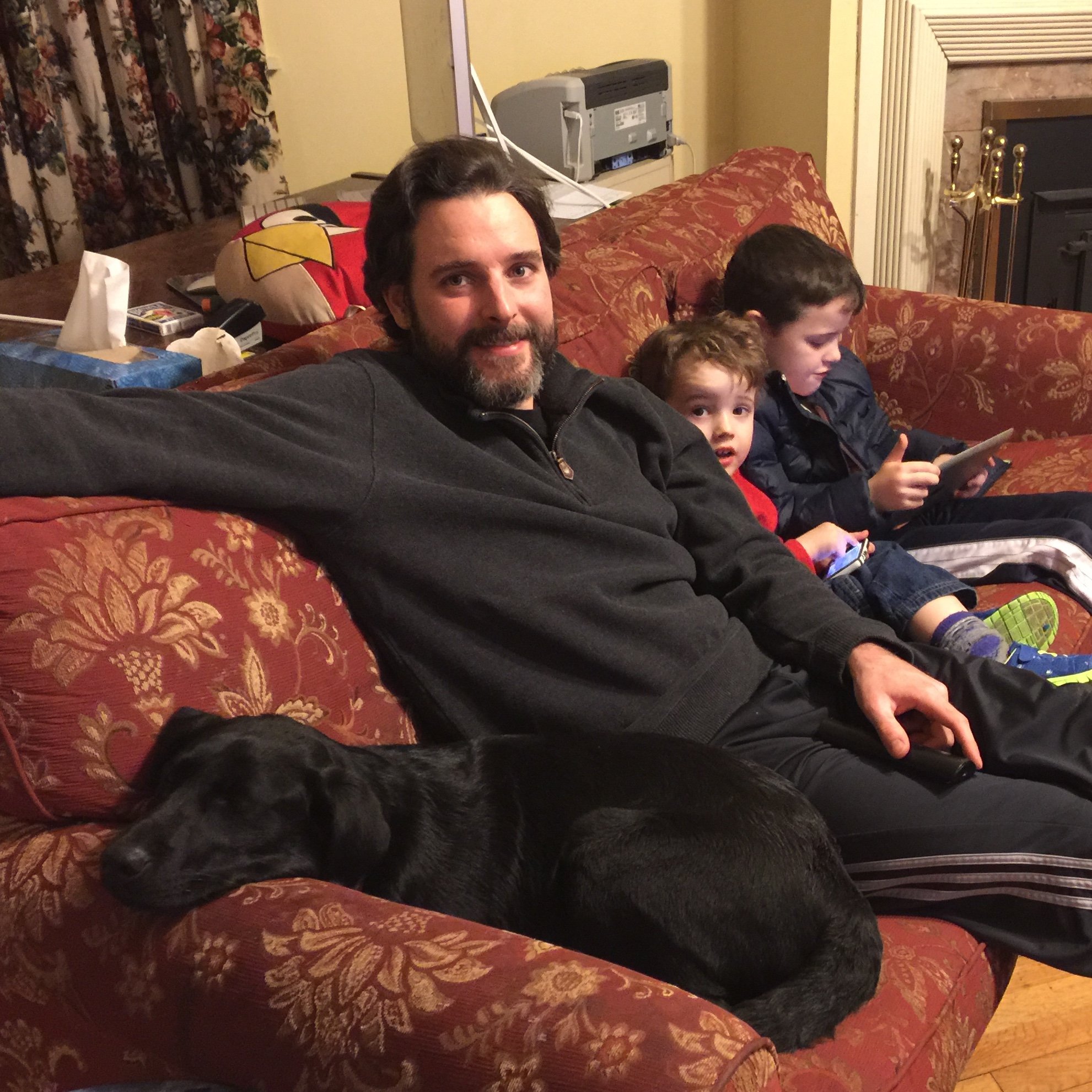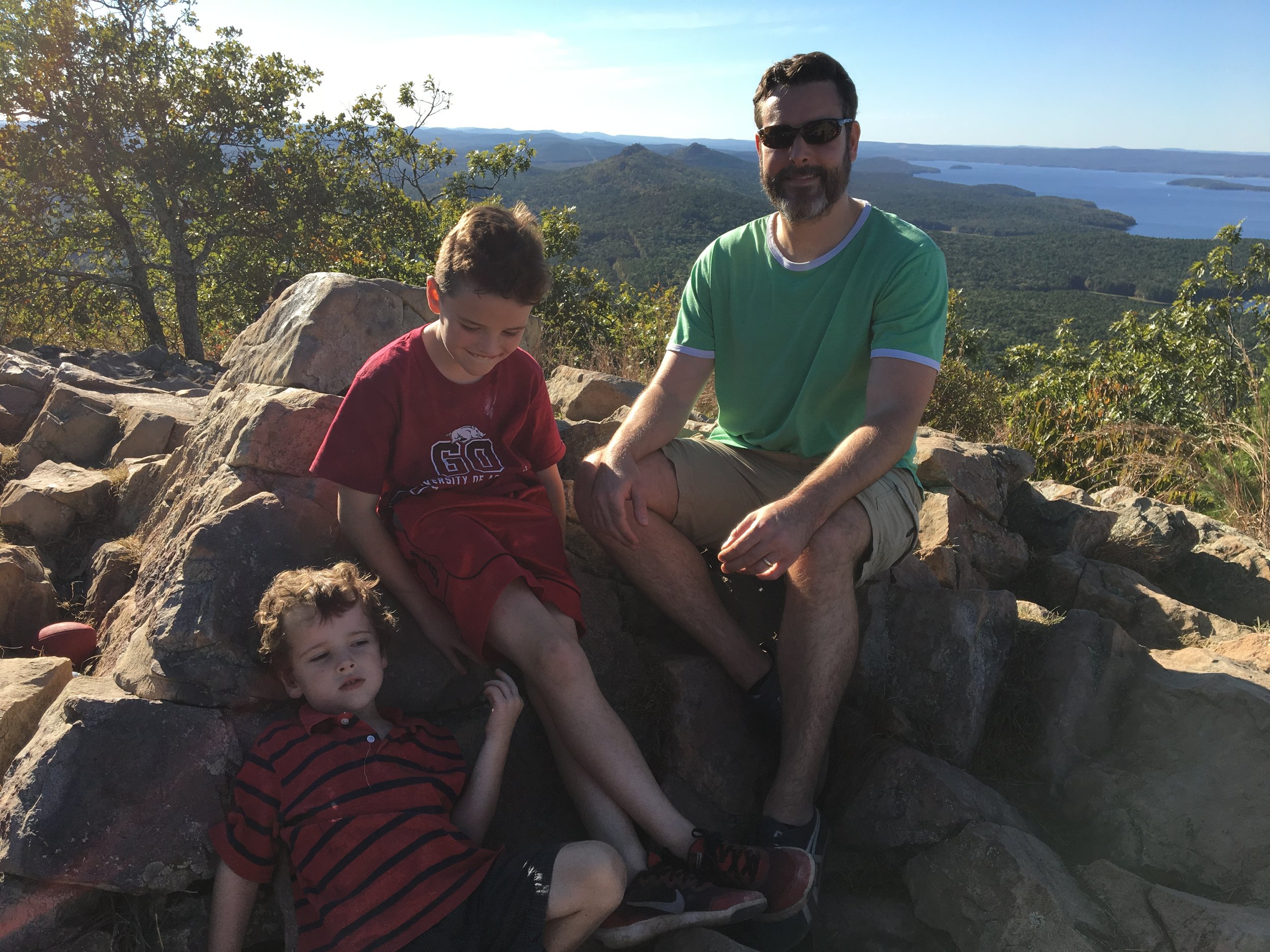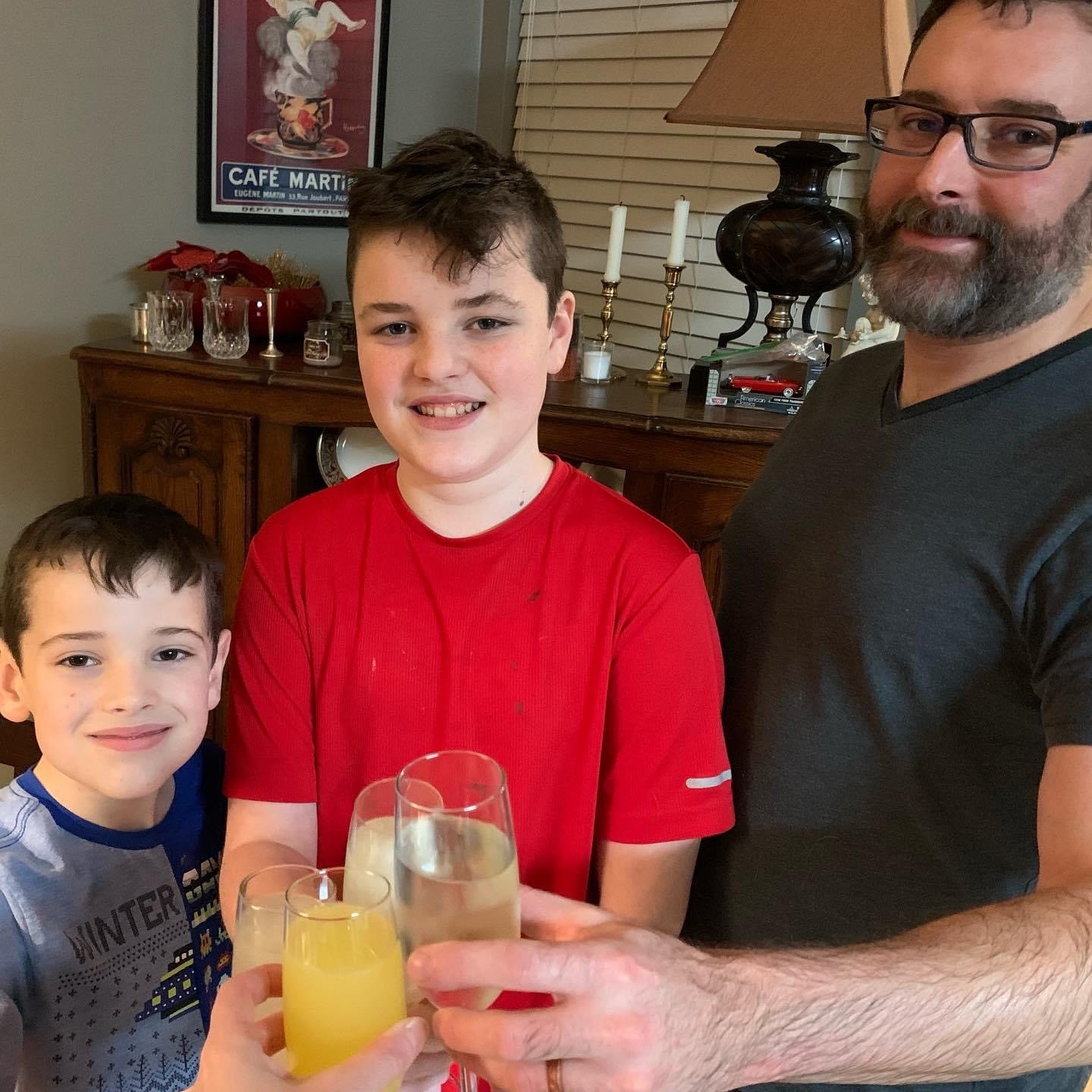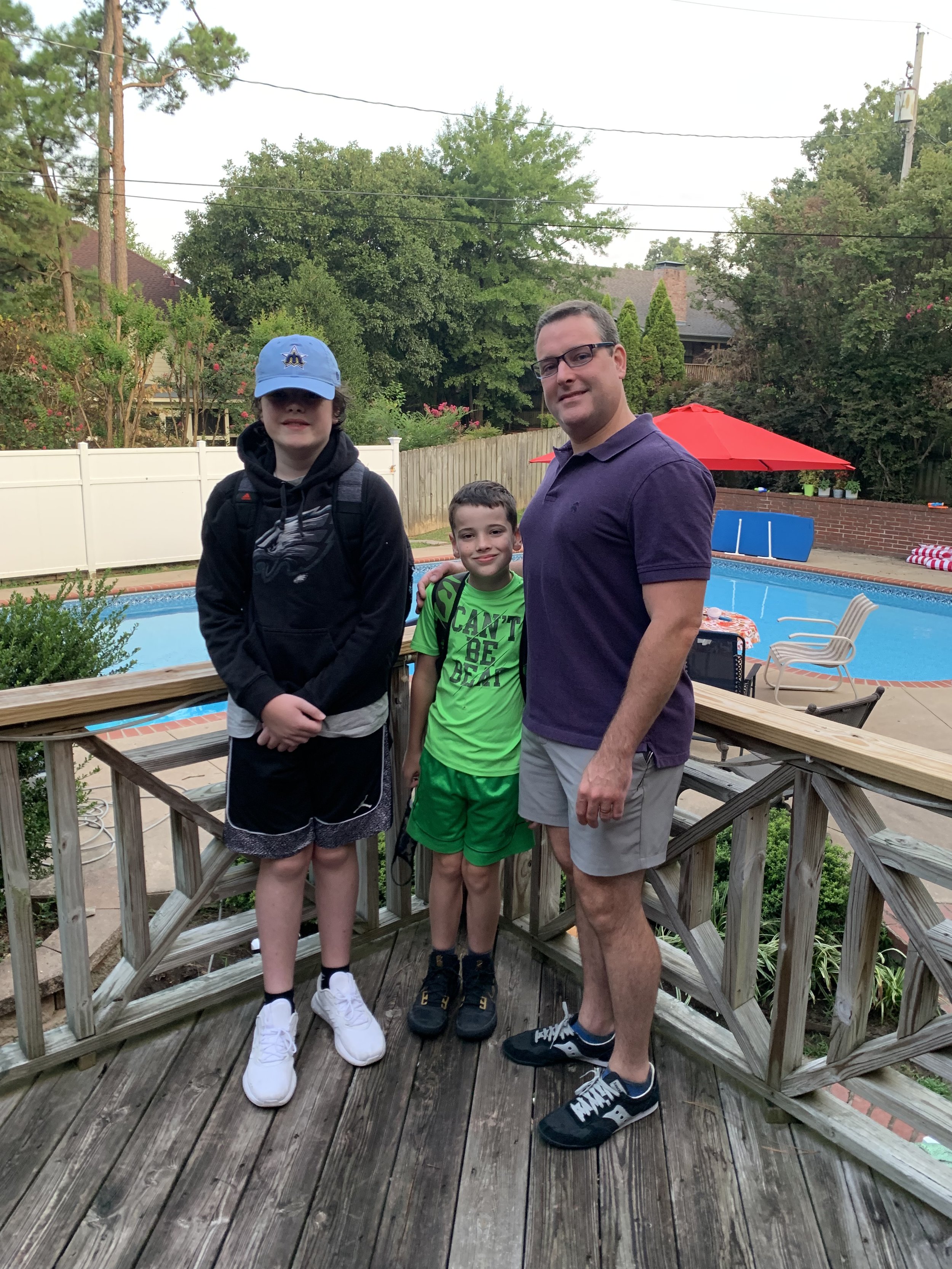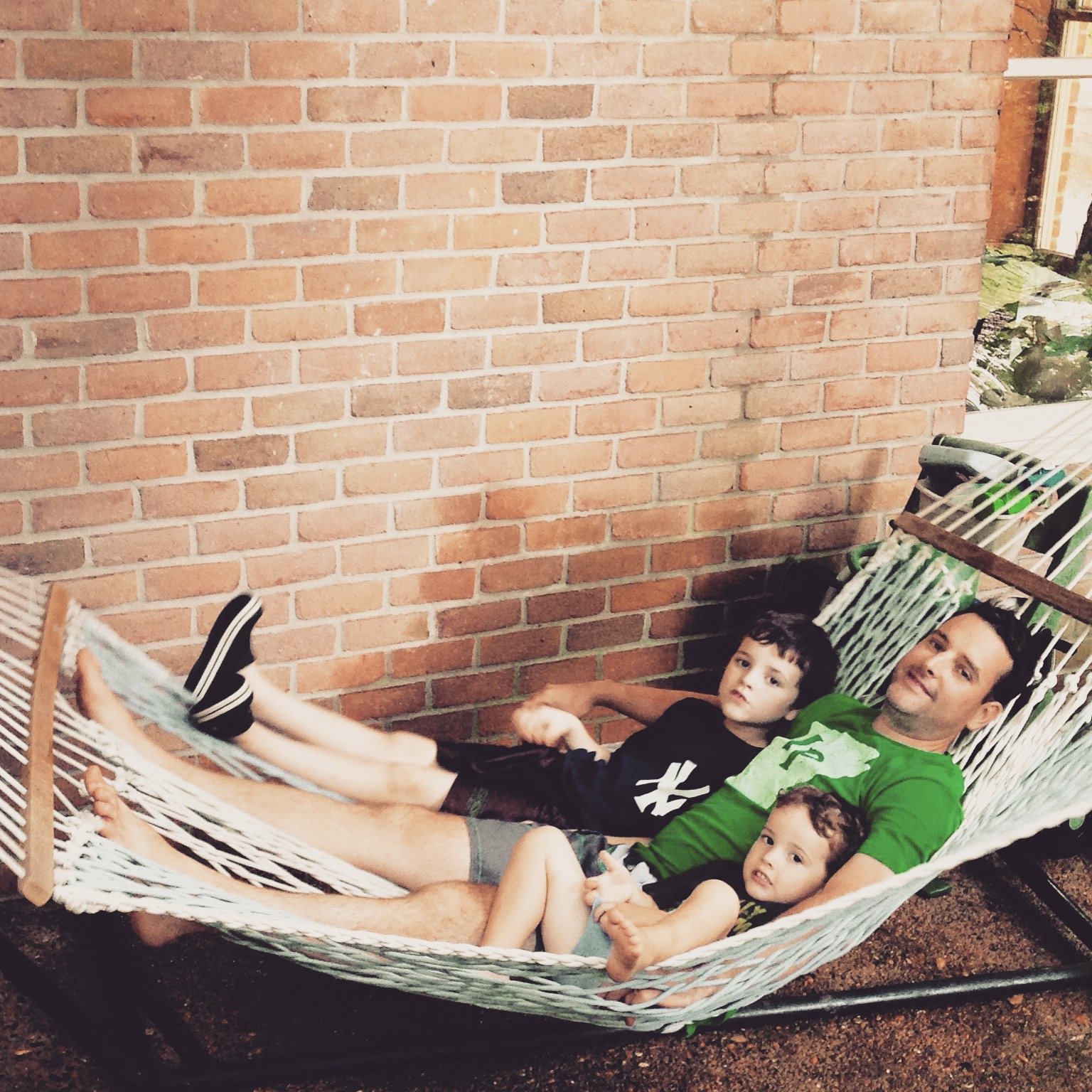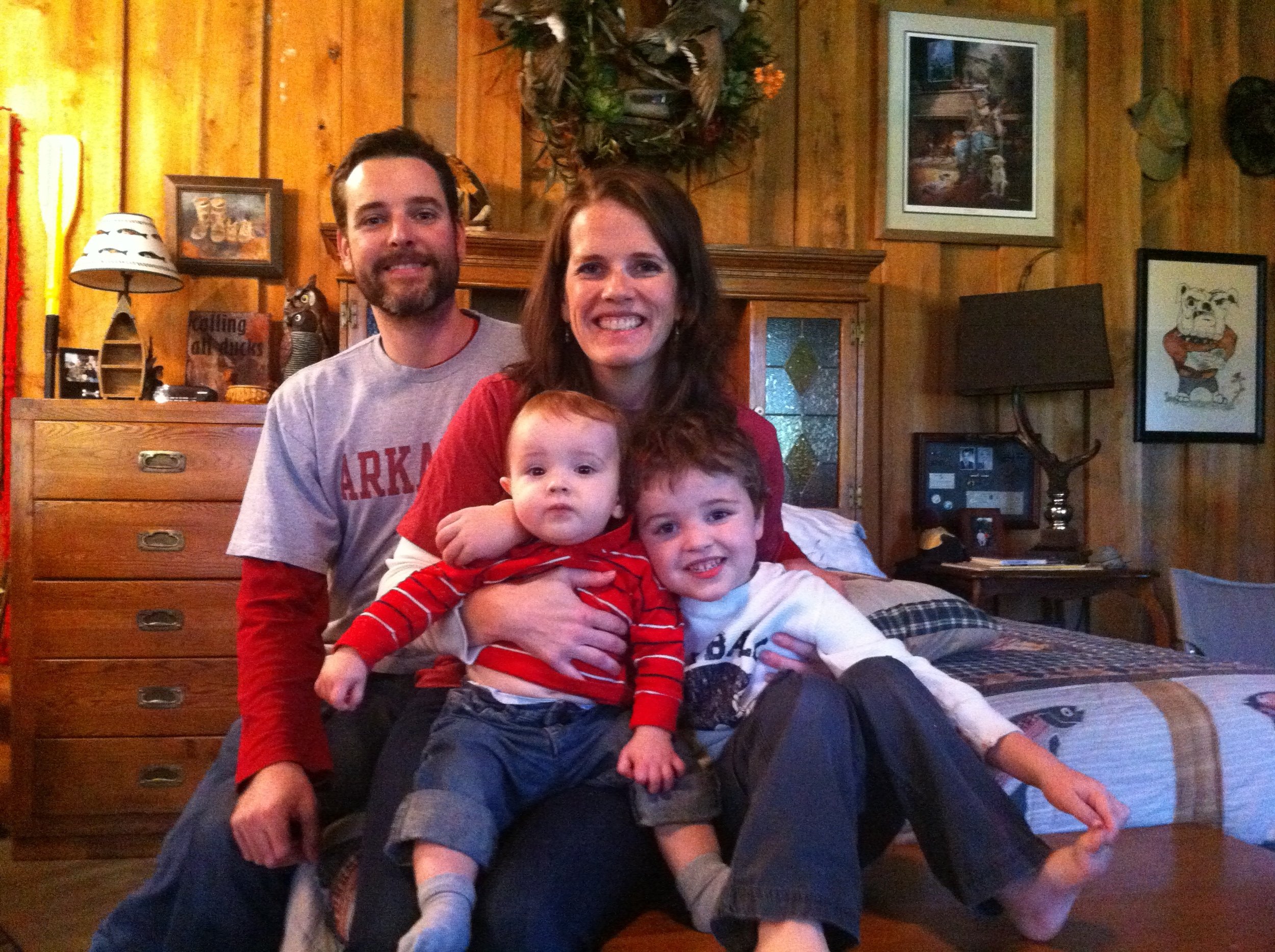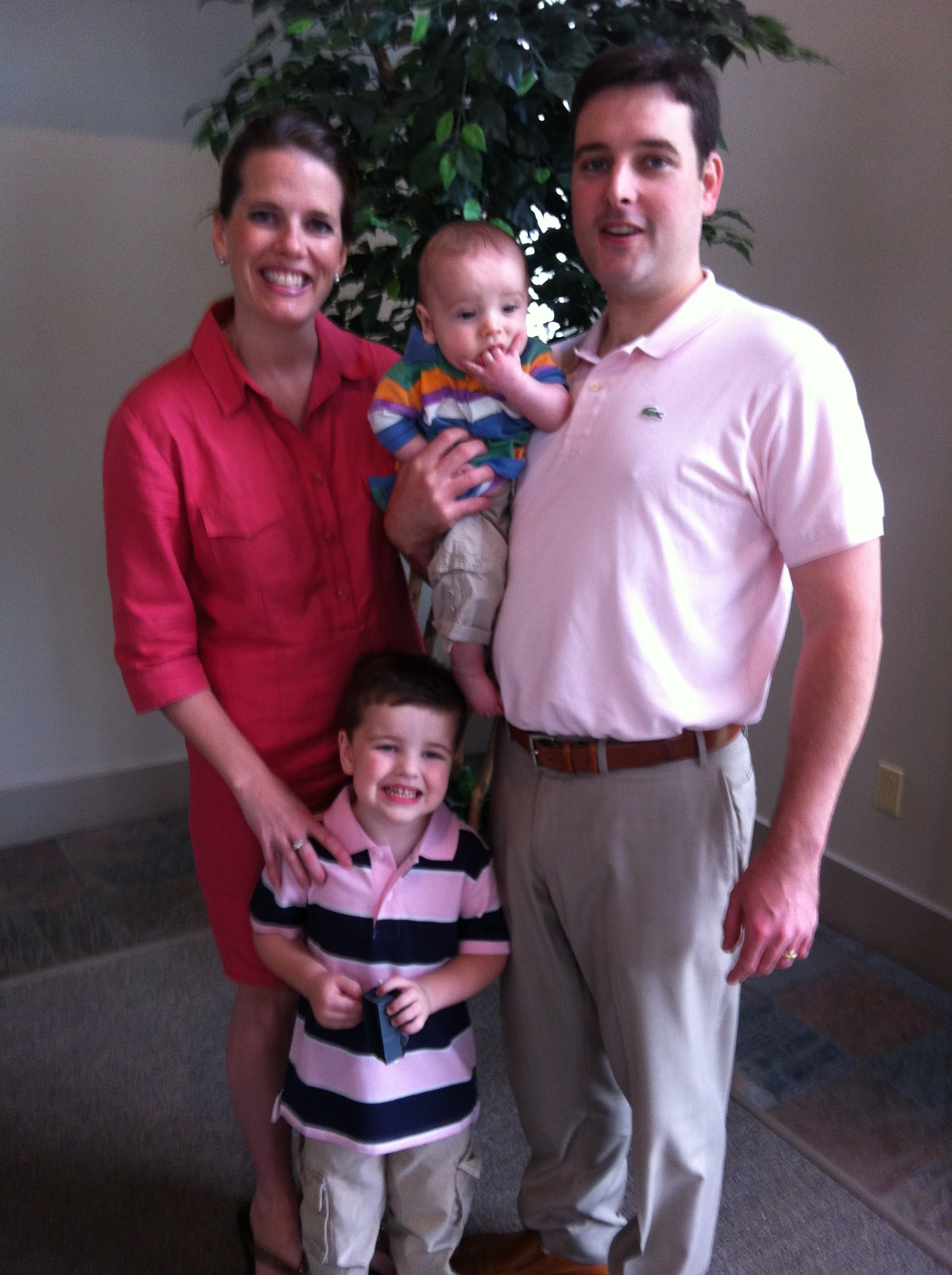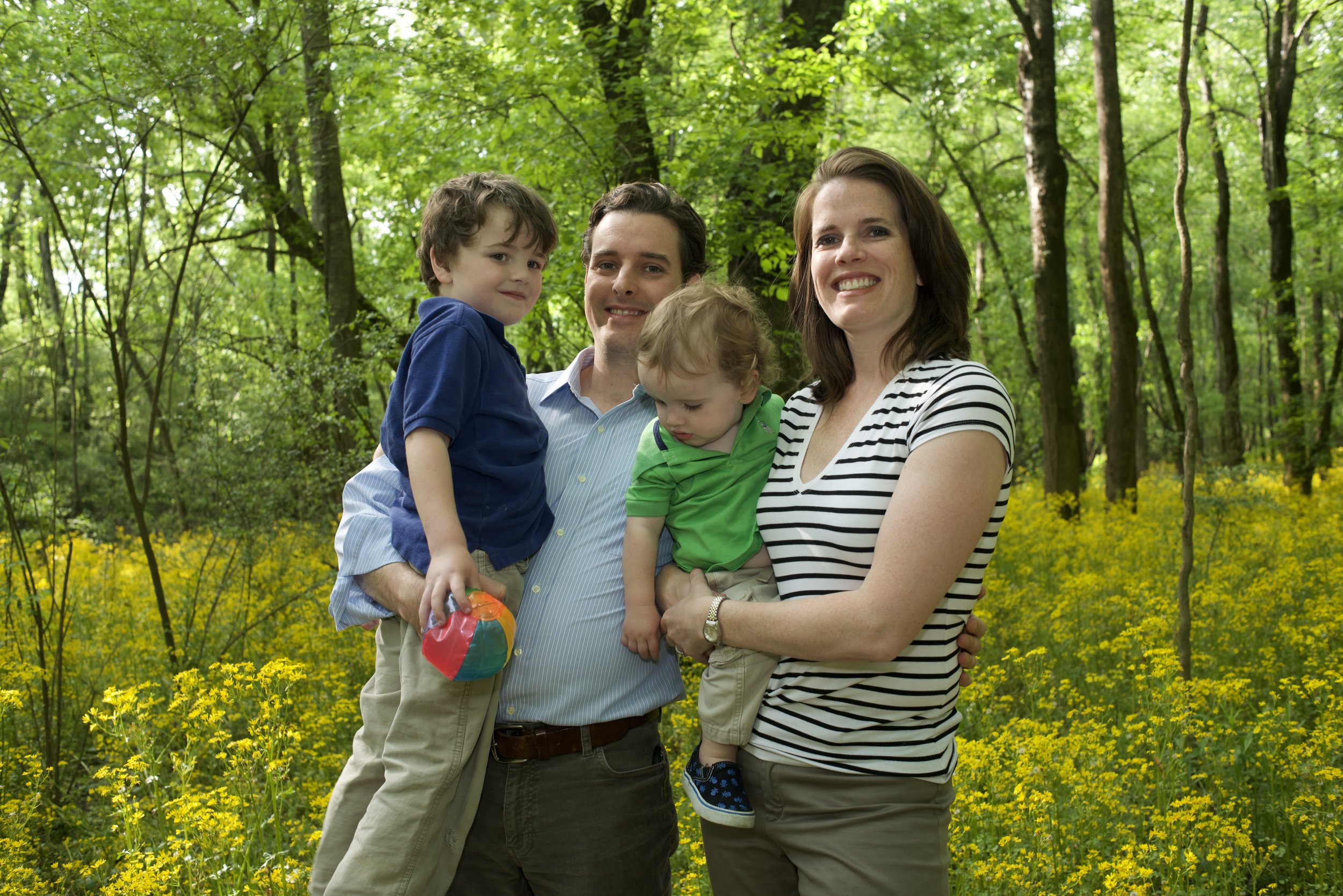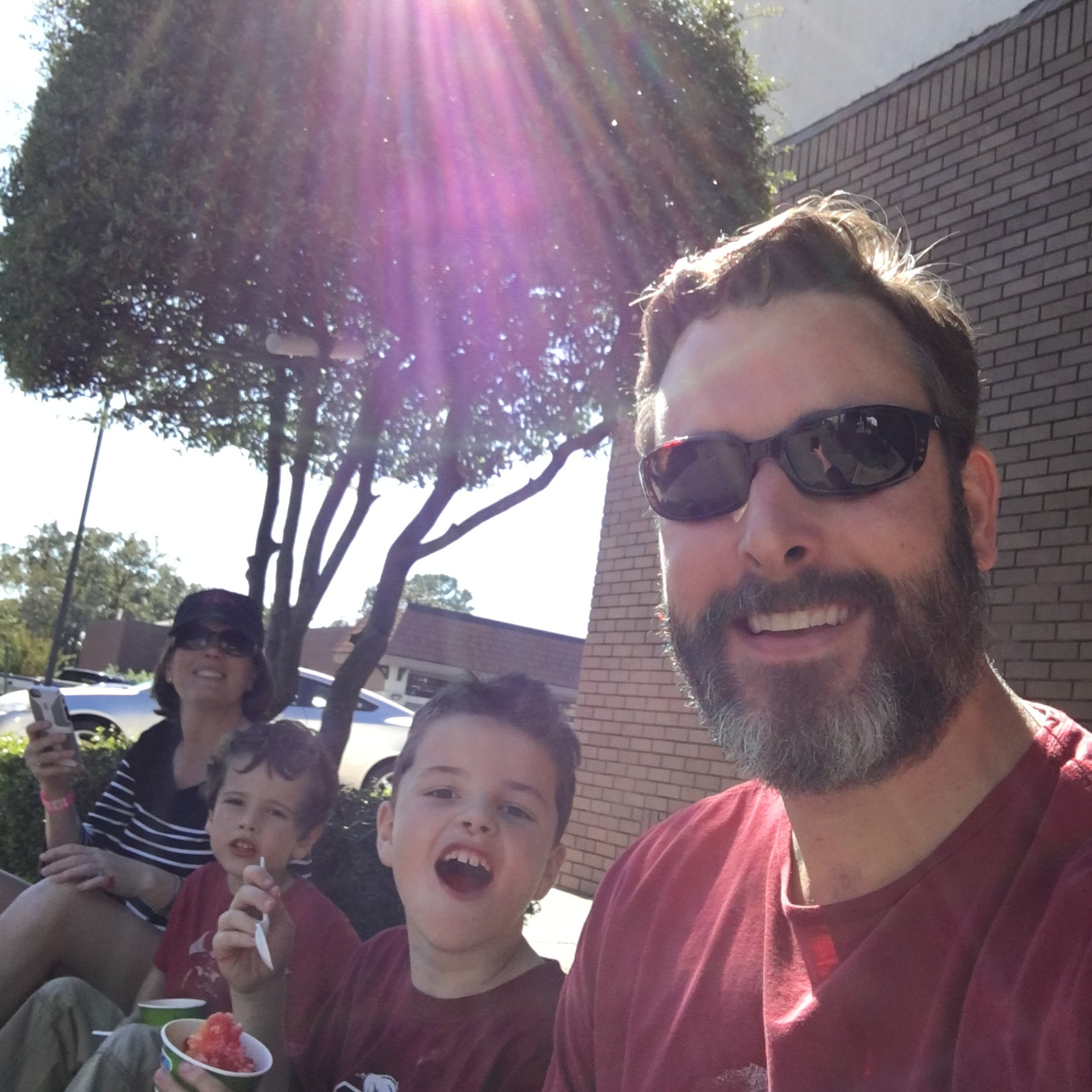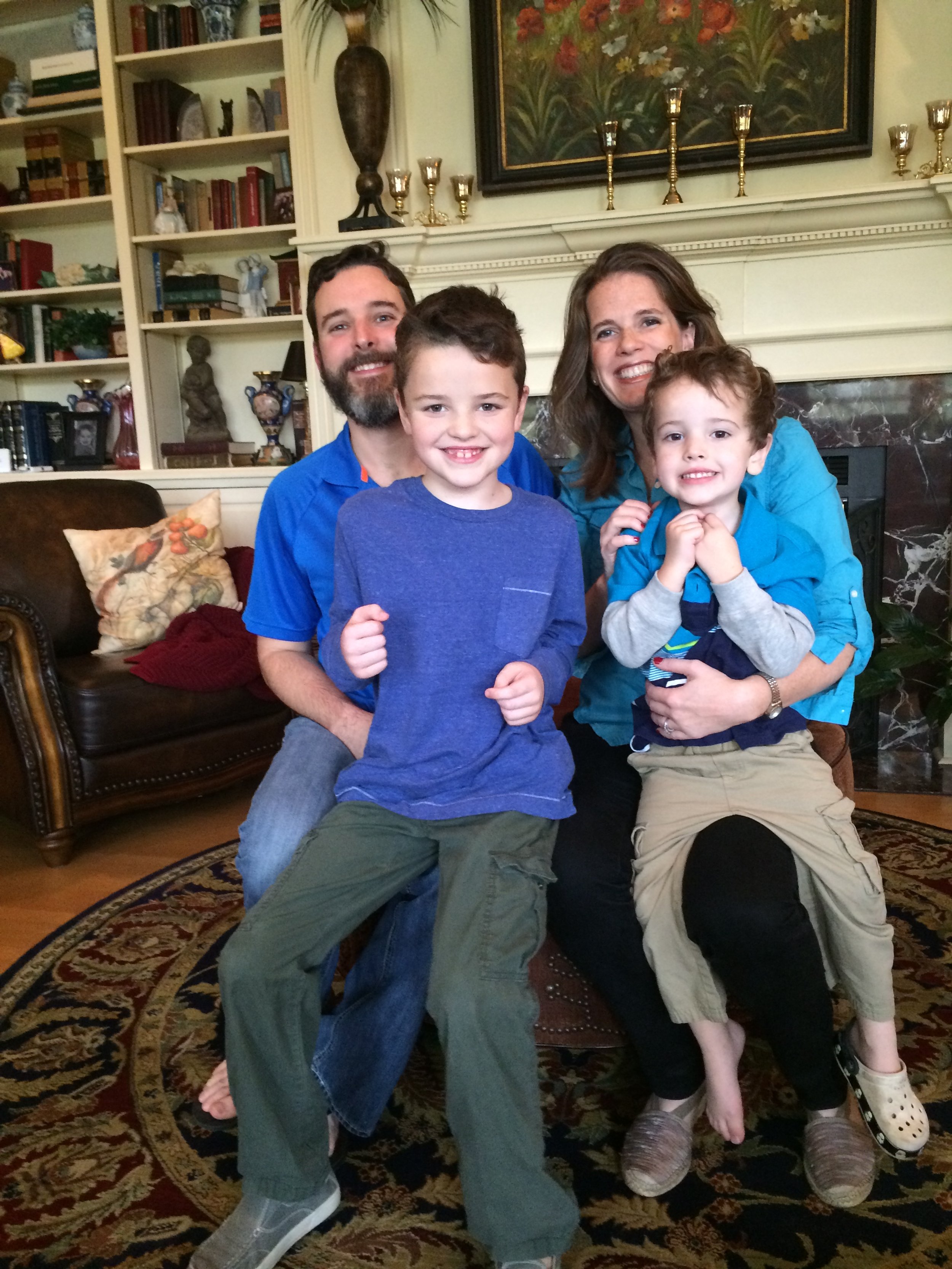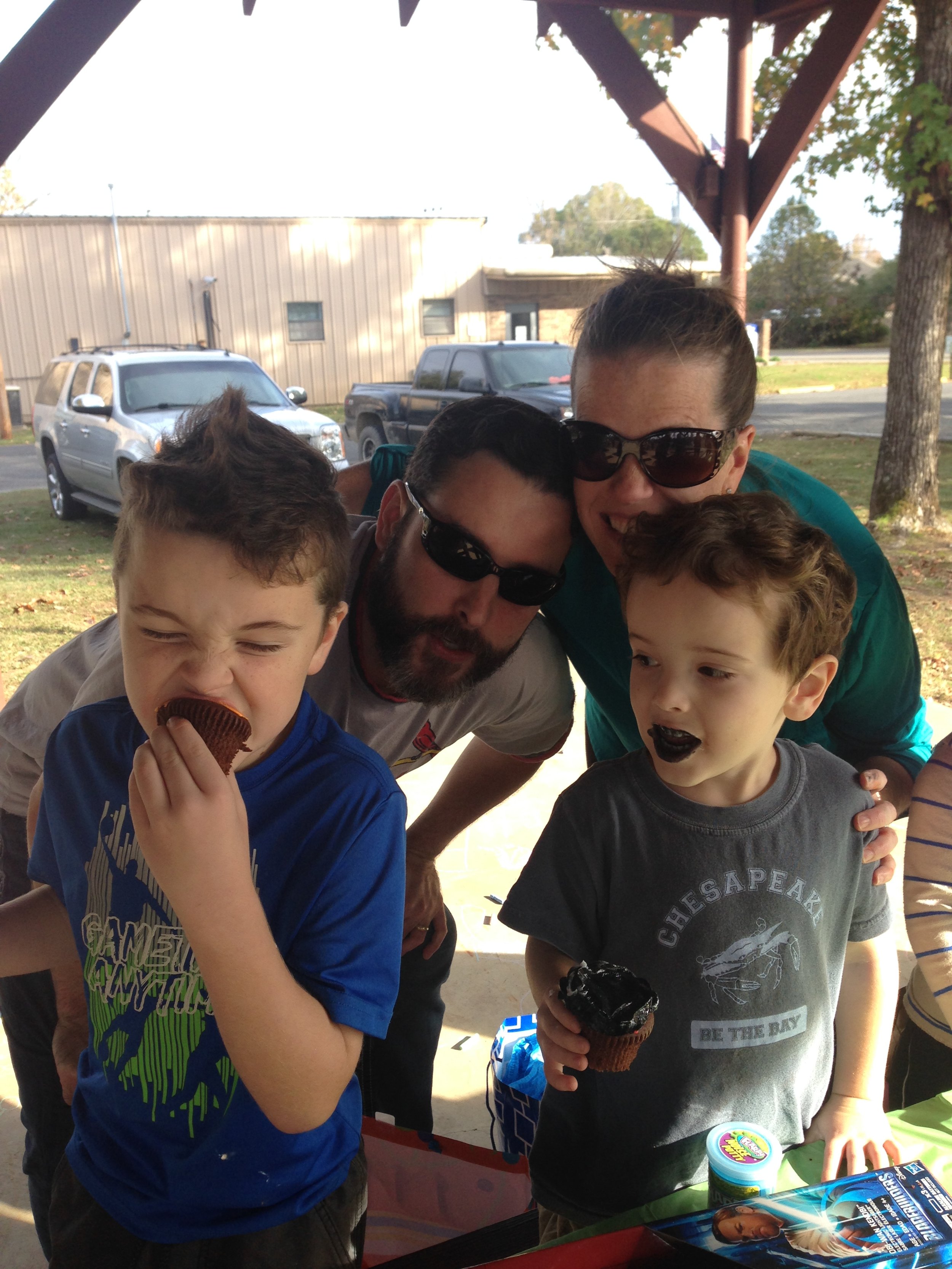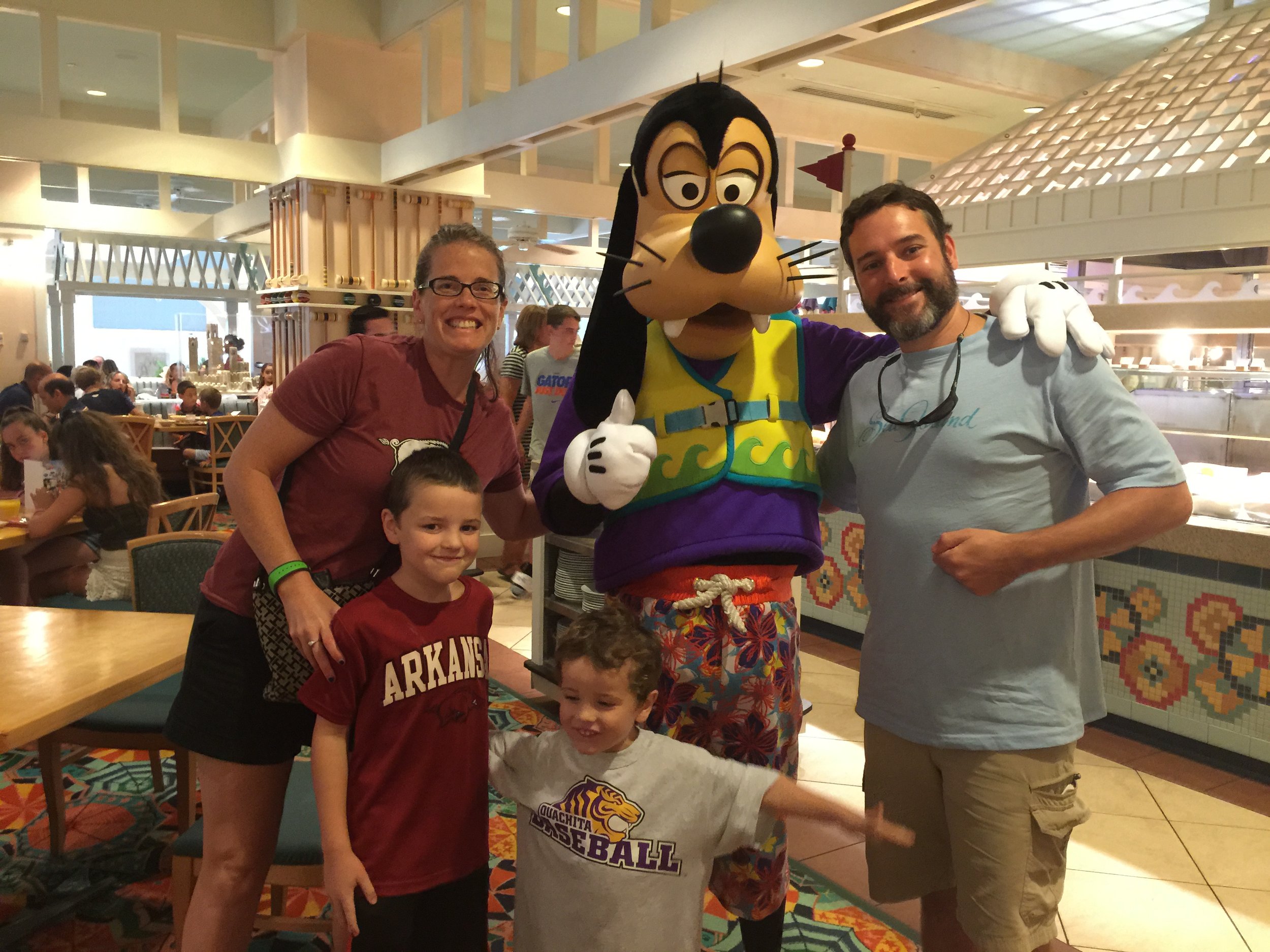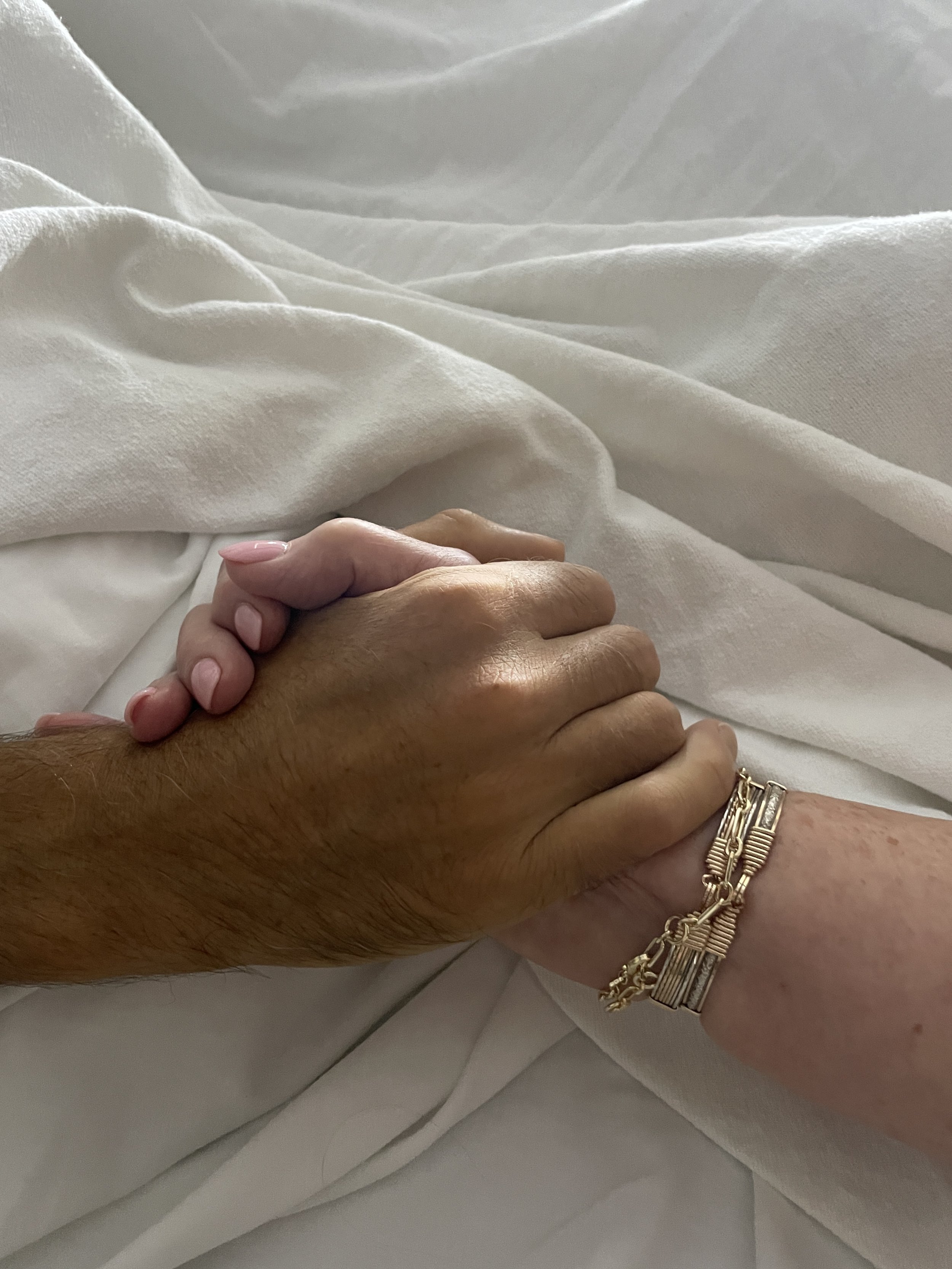Mr. Fusion: Renaissance Man - 9/20/79-8/27/23
/After a 16-month battle with colon cancer, my brother passed on August 27, 2023 at 1:35 p.m. Until the end, he fought, as he so often did for the things he believed in, as hard as he could and for as long as he could.
Instead of a funeral, one of the things Nathan requested was a tailgate party around a Razorback sporting event. This will take place on October 7, 2023 when the Razorback football team travels to Ole Miss to take on the Rebels/Blackbears/Admiral Ackbars at 6:30 p.m. on the SEC Network. Lodging suggestions include nearby Iron Mountain Lodge and Marina, Fairfield Inn & Suites, and Holiday Inn Express. For those inclined for a 5-mile float trip, canoes, kayaks, and tubes may be rented from River Rats in Caddo Valley. As with any other tailgate party, College GameDay starts at 8:00 am, with SEC Nation to follow at 9:00 a.m., with guests coming and going at their leisure. If you cannot attend and would like to make a gift in his name, Nathan’s obituary contained appropriate links to do so.
Nathan wrote a helpful blog article on the ultimate tailgating list.
Anyone who knew him knows Nathan was multi-dimensional. No one word could define or describe him, although if I had to, it would probably be “abide.” I started out writing this blog post with the intention of focusing on his legal career (since after all, this is a blog on a law firm web page), but I just couldn’t limit the post to such a narrow aspect of his life, because that was hardly who he was.
The Sportsman
Nathan was into sports and the outdoors at an early age. Whether it be fishing, swimming, or cooking burgers, hot dogs, and roasting marshmallows on a gravel bar, it seemed like every weekend he and I were on the Ouachita River growing up, which he passed on to his own children:
Nathan loved to fish, which started an early age, and continued throughout his life.
Being in the outdoors so much as kids (which Nathan once described here), it was a natural fit for Nathan and I both to become involved in the local scout troop. Nathan was one of only three members of the troop at one point in time, which contributed to its existence for me and many others to follow.
All of the gentlemen pictured above were or became eagle scouts.
Don grew up duck hunting with his grandfather in the Cache River bottoms, which is a destination spot for the entire sport. Although Clark County duck hunting is hardly a destination, Don and Terri did a good job cultivating an interest in Nathan and I both in the outdoors, and duck hunting specifically:
Our next door neighbors growing up had the only flat space in the neighborhood. The two of us played so much there we ran a diamond into their yard.
Nathan left me a voicemail in the fall of 2006 so good I took it off my phone, which describes the neighbors yard mentioned above:
I had forgotten, but as it turns out, this walk-off grand slam occurred on August 27, 2006:
With the Arkansas Travelers being the Double-A affiliate of the St. Louis Cardinals for many years, and Terri and her family listening to KMOX growing up, Nathan and I both grew up Cardinals fans. The 2004 team went 105-57, which was the best Cardinals’ season in 60 years. I watched about 100 of those 162 games, and adored that team. After the Red Sox broke the curse of the Bambino in the 2004 World Series, I lost significant interest in Major League Baseball altogether (my focus turned to College Baseball and the juggernaut Razorback baseball program Dave Van Horn was building in Fayetteville). Nathan didn’t lose interest in the Cardinals, and attended World Series games in both 2006 and 2011:
Those are the Cardinals’ most recent World Series wins. Maybe they need to bring Tony La Russa back, as the 2023 Cardinals are going to finish last in the NL Central standings. :/
Speaking of the Hogs, Nathan was a passionate Razorback fan. I think his first football game was #5 Miami’s drubbing of the #10 Hogs 51-7 in 1987 at WMS. He would talk about that from time to time like I remembered it. During the Razorback football team’s resurgence in 1998 (Nathan’s sophomore year in college), he and other friends made the trip to Mississippi State (36 in the 626 all the way to Starkville). He always disputed whether the game winning field goal was actually good. You decide, at 5:45, below:
Nathan was present for many memorable moments. The first time Hilary came to Arkansas did not disappoint. It was a boring game until 0:34 seconds were left in the 4th Quarter (6:55 in the video below):
Jones to birmingham to atlanta! nick saban has not lost to arkansas since this game, as indicated by Jones’ shirt below.
I would later commemorate Hil’s first time in Arkansas with a gift:
That Decori Birmingham catch, dubbed “[the first] Miracle on Markham,” was all Hilary needed to become a life long hog fan.
Lots of good times were had around Razorback sporting events, which Nathan eventually passed onto his children:
The Athlete
Nathan and I could usually be found playing some sport outside as kids (alluded to above), even those we invented on the spot. He and I both played tennis for the Badger Tennis Team in high school. He also taught himself how to play golf with our great grandfather’s golf clubs. While that may sound impressive, what is more impressive is Nathan was a lefty, and our great-grandfather was right handed. Tennis and golf were sports Nathan enjoyed for most of his life, whether playing or watching, and especially after he got a left-handed set of golf clubs.
After moving to Arkadelphia from Fayetteville in 2009, Nathan and Hil were recruited to play for First Presbyterian Church’s co-ed softball team (and tbh, her more than him), where Nathan ended up helping out on the coaching duties:
Full disclosure, I played for the rival First Methodist Church co-ed team after moving to Arkadelphia in 2010. Our third place finish one year is a source of pride, and a team picture still hangs in my office.
In addition to the outdoor sports, tennis, and golf, Nathan began weight lifting around 2013, which would become a source of pride as he would post pictures on social media:
Music
Nathan’s musical interest were wide ranging, and he was a trend setter at an early age. Terri had something to do with that, as she made us both take piano lessons for years. Nathan was the first person in his peer group to start listening to grunge music in the early ‘90s, and got his friends (and eventually my friends and I) hooked on Pearl Jam. Incidentally, Pearl Jam’s debut album, Ten, was released on August 27, 1991. At the 2022 AAJ Summer Convention in Seattle, I couldn’t pass up the opportunity to take a grunge pilgrimage, which I wrote about here.
At one point, Nathan and I could communicate exclusively in movie quotes and song lyrics. He was the first person I knew who could distinguish hip-hop from rap. Here is a good explanation. If he were in your presence at this very moment, Nathan could give you every word and voice intonation to Cypress Hill’s Temple of Boom, and likely several other albums. Other hip-hop groups would follow:
He normally wanted something chill playing, which is probably why he liked reggae and dub-step so much. Nathan was also an old-school country fan, especially when it meshed with his hip-hop proclivities:
Raekwon the Chef, Cookin’ Up Some Marvelous …
Nathan’s interests often converged (the previous three pictures being good examples). Another example includes duck hunting and cooking, here. Nathan was proud of his cooking skills, which at one point were recognized by the Arkansas Bar Association. Some of Terri’s happiest times were watching Nathan cook in her kitchen. He loved to smoke meat, so much so that he obtained a 55-gallon drum and made a smoker out of it. Below are some of the results:
Nathan loved this website: https://amazingribs.com. We cooked a brisket together earlier this year, and we both easily spent three hours just exploring it. Just about everything he ever told me about cooking is in there, so if interested, enjoy. Hilary is quite the cook, too. Both of them could take whatever is available and magic out of it. Together, they passed the Raekwon mantle to their youngest. I’m looking forward to what he cooks next.
The Engineer
Nathan had an unquenchable thirst for knowledge, which he once described. When he turned 16 and started to drive, his first vehicle was Don’s 1984 Bronco II:
Nathan learned valuable mechanical skills tinkering on this vehicle. it was either operator error or the vehicle, but I remembering it dying every single time he pulled up to a stop sign. i never figured it out. the bronco was the first practical opportunity nathan had to put his engineering skills to use. many others would follow.
Nathan was a valedictorian of his 1997 Arkadelphia High School class, and quoted Led Zeppelin in his valedictorian speech:
this photograph commemorates nathan receiving a governor’s scholarship from then governor mike huckabee, circa 1997.
Nathan enrolled at the University of Arkansas-Fayetteville in the fall of 1997, where both of our parents attended:
Like Don, Nathan pledged Sigma Alpha Epsilon fraternity:
Someone was apparently slacking on Lion watch (left). #IYKYK
I would later do the same in the fall of 2001.
Nathan graduated in the spring of 2001 with a degree in computer engineering. He was the go-to guy for anything technology related. For example, he made blog posts for the following:
Adding a printer for wine-based windows applications on a mac (whatever that means);
Banishing the paper blizzard (transitioning to a paperless law office), parts 1, 2, 3, 4, and 5; and
Beginning with the Bronco, to the green Chevy, to the Tahoe, Nathan’s interest in automobiles never went away. Even near the end, he was contemplating a Chevy K5 Blazer like the old Paul Guy used to drive (to be distinguished from the new Paul Guy, who incidentally, also has a sweet ride).
In addition to helping everyone literally everyone with computer issues, Nathan put his engineering skills to good use, such as replacing a water pump:
Or working on his Tahoe:
Or assisting with the occasional lego set and train track:
Even with a full-time attorney job, Nathan earned a Masters in Data Science from the University of Arkansas at Little Rock. His unique skill set allowed him to simplify complex issues, such as taking large sets of information and organizing it in a way that made sense. His masters thesis was an example of that, as he analyzed partisan political trends in the Arkansas General Assembly from 2001 to 2019.
The Attorney
Then there is the attorney. After graduating from the University of Arkansas in 2001, Nathan attended Washington & Lee Law School in Lexington, VA.
this picture was taken in 2001 just before nathan went to law school and i went off to college.
this picture was taken just before nathan moved back to arkansas following graduating law school in 2004.
After graduating in 2004, Nathan’s first job out of law school was with the Henry Firm in Fayetteville doing intellectual property work. Fresh out of law school, Nathan’s first real assignment involved arguing a federal district judge improperly granted summary judgment in front of the Federal Circuit Court of Appeals in Washington, D.C. The Court ultimately affirmed the district court’s construction of the term “clear,” and the grant of summary judgment to another party. Nathan always spoke of that experience being extremely valuable to his legal career. His work at the Henry Firm left behind a trail that I follow to this day. For example, Nathan successfully resisted a protective order in an intellectual property seed litigation case, which is equally applicable to other types of protective orders.
I’ve said it before and I’ll say again now, most young attorneys are fortunate to have one mentor. I had two, and am forever grateful for that.
Like his time in Fayetteville, Nathan made an impact at the firm. Approximately three years before Nathan and his family moved home, Clark County undertook significant steps at economic development by generating the Clark County Strategic Plan (“CCSP”), and implementing it by forming the Arkadelphia Regional Economic Development Alliance (“AREDA” or “Alliance”), which included forming a county economic development corporation (“EDCCC”) under the Alliance umbrella. In 2006 and 2008, Clark County had unsuccessful attempts to vote on whether the County would remain “dry,” or become “wet;” that is, making it legal to sell alcohol within the County. These are known as “local option” elections, and require 38% of qualified electors to sign a petition to get the issue on the ballot. The following articles tell the story of what happened next:
The court opinion mentioned above is available here.
This article was published on april 13, 2009.
This article was published on June 3, 2010.
This article was published on July 10, 2010.
This article was published on July 21, 2010.
Nathan provided many reasons for voting wet, here. On election night, I asked him why he agreed to do this. Nathan’s response was “If not you, who?” That sentiment, and his sentiment behind the above editorial, is why i have served as a city director for ward 1 on the arkadelphia city board of directors since july of 2016.
This article was published on November 3, 2010.
After the county voted to go wet, Nathan described the initial impact here. Brick and mortar restaurants such as Slim & Shorty’s, Java Primo, and 67 Grill later opened. According to the Arkansas Department of Finance and Administration (“DFA”), sales and use taxes for alcohol are encompassed within 12 entity types under the North American Industry Classification System (“NAICS”). There is no single line item for the sale of alcohol. However, there is an entity type for beer, wine, and liquor retailers (box liquor stores). According to DFA, this entity type represents the total sales and use tax for box liquor stores, and is not segregated by alcohol sales and non-alcohol sales. However, given that box liquor stores would not exist in Clark County had the wet/dry election not occurred in 2010, it is fair to conclude the total amount of sales and use taxes from box liquor stores is 100% attributable to 2010 wet/dry election. The same cannot be said for the other 11 NAICS entity types. The following chart demonstrates how much sales and use taxes those box stores have paid collectively from January 1, 2014 to August of 2023:
Because there are 11 other entity types that encompass the sale of alcohol, the above numbers are only a small fraction of the total economic impact from the sale of alcohol in Clark County during the time period. DFA refused to provide me with the amount of sales and use taxes from January 1, 2011 to July 31, 2020 for only the box liquor stores. So on September 14, 2023, I filed a lawsuit pursuant to the Freedom of Information Act to obtain that information. See 60CV-23-6905. The above represents the information provided to date.
Nathan also represented Columbia County Vote for Growth, which voted to go wet in 2014. Depending on how the above mentioned lawsuit goes, I will likely attempt to obtain that information as well.
2011 was a great year for Nathan’s legal career. Early on in the year, Nathan first chaired a jury trial in the Western District of Arkansas for an owner operator trucker who was run off the road by an FFE truck on I-30. The Honorable Jimm Larry Hendren presided. I third-chaired that trial. Doing patent work, Nathan had appeared before the same judge several times. On one of those occasions, he told me that he had all of the trial exhibits on a computer or an iPad, and Judge Hendren got to the point where he saw Nathan coming and said: “Don’t bring that thing up here one more time!”
Nathan handled nearly every facet of that trial to perfection, and the jury rendered a substantial verdict. Ultimately though, Judge Hendren granted the trucking company a new trial for a comment made in closing argument. So we tried the case again in early 2012, and got the exact same result. The trucking company appealed to the United States Court of Appeals for the 8th Circuit, where Nathan argued as seen below:
Here, Nathan described the experience. The 8th Circuit affirmed in 2013, which set the following precedent for medical illustrations at trial:
“FFE and Booker contend the district court abused its discretion in permitting Dr. Hutson to use undisclosed anatomical drawings at the second trial. Under the circumstances of this case, we disagree.
FFE and Booker assert the anatomical drawings were substantive, not merely demonstrative, and there was insufficient evidence the depictions were substantially similar to Bradshaw’s injuries, citing McKnight ex rel. Ludwig v. Johnson Controls, Inc., 36 F.3d 1396, 1402 (8th Cir.1994) (“[E]xperimental evidence falls on a spectrum and the foundational standard for its admissibility is determined by whether the evidence is closer to simulating the accident or to demonstrating abstract scientific principles. The closer the experiment gets to simulating the accident, the more similar the conditions of the experiment must be to the accident conditions”). We do not necessarily agree with FFE and Booker that the McKnight standard for experimental evidence governs admissibility of demonstrative medical illustrations. See Crockett, 49 F.3d at 1361 (explaining the standard for use of “pedagogic visual aids” is “whether the pedagogic device in question ‘was so unfair and misleading as to require a reversal’” (quoting United States v. Possick, 849 F.2d 332, 339 (8th Cir.1988))). Under either standard, use of these visual aids was within the trial court’s discretion. Dr. Hutson testified “a retired medical illustrator” made the drawings and “the illustrations accurately show[ed Dr. Hutson’s] diagnosis of th[e] injuries.” To the extent Bradshaw was required to establish the illustrative anatomical drawings were substantially similar to Bradshaw’s injuries and not grossly misleading, Dr. Hutson’s testimony was sufficient.
The district court properly instructed the jury on the correct use of the anatomical drawings, stating Dr. Hutson’s testimony was evidence and the exhibits were visual aids and “not substantive evidence ... of anything.” When Dr. Hutson’s testimony began to rely too heavily on the exhibits, the district court intervened and limited the scope of the testimony. We presume the jury follows the court’s limiting instructions. See Loehr v. Walton, 242 F.3d 834, 837 (8th Cir. 2001). The district court did not abuse its discretion in permitting Bradshaw to use the anatomical drawings at trial.”
On November 12, 2009, in representing an injured driver, nathan objected to an insurance company using an employee lawyer to represent an at-fault driver for whom the company provided coverage. Attorneys owe a duty of undivided loyalty to their clients. See Cole v. Laws, 349 Ark. 177, 185, 76 S.W.3d 878, 883 (2002). Because of this, and because Arkansas prohibits corporations from practicing law, Nathan challenged the right of the employee lawyer to represent the at fault driver. No Arkansas appellate court had previously decided the issue. The trial judge agreed with Nathan, and the insurance company appealed. The Arkansas Supreme Court agreed on March 3, 2011, stating:
“Appellants argue that the language of [Ark. Code Ann.] 16–22–211 (which prohibits corporations from practicing law) should not be interpreted as creating disjunctive alternatives. However, in its ordinary sense, the word ‘or’ is a disjunctive particle that marks an alternative, generally corresponding to ‘either,’ as ‘either this or that’; it is a connective that marks an alternative. McCoy v. Walker, 317 Ark. 86, 89, 876 S.W.2d 252, 254 (1994) (quoting Beasley v. Parnell, 177 Ark. 912, 918, 9 S.W.2d 10, 12 (1928)). Additionally, were we to hold that ‘in and about its own immediate affairs’ includes litigation to which it is not a party, but to which it is closely connected or has an interest in the outcome, the language following would be superfluous. Obviously, litigation to which it is a party or could become a party would then be included in the first exception. As noted, ‘we construe the statute so that no word is left void, superfluous or insignificant, and we give meaning and effect to every word in the statute, if possible.’ Dachs, supra.
In the instant case, it is undisputed that [Farmers Insurance Exchange] is not a party and will not become a party to the underlying lawsuit. Therefore, it was prohibited by Ark. Code Ann. § 16–22–211 from assigning appellant Brown, one of its in-house counsel, to defend the insureds in the litigation.”
Nathan described this experience, here, here, and here. All of us having effective legal representation was one of Nathan’s core beliefs, regardless of who may have been at fault, who may have been hurt, etc. His work in obtaining this opinion prohibits insurance companies and other corporations from subsuming entire law firms, which is a trend in other countries and states.
In the summer of 2011, the Arkansas Law Review published an article Nathan wrote providing a survey of bad faith insurance tort cases in Arkansas. It is the most comprehensive work on Arkansas bad faith law to date, which Nathan commented about here. More than one attorney has thanked me for it, and I know several who thanked him as well, even several on the other side of the “v.”
In October of 2011, Nathan and I were getting ready for another trial as a “Cedric ‘I’m’ Brooks” song began playing on his iPod (remember those?). Nathan would later say he knew everything was going to be alright at that moment since that was our client’s name. Nathan first-chaired that trial, wherein our injured driver sustained a back injury when a Gross & Jane’s Company truck pulled out in front him. Nathan showed great poise in the face of a defense witness who tried to bully his way over Nathan, who simply wasn’t having any of it. The jury returned a substantial verdict, which was affirmed by the Arkansas Court of Appeals in 2012. The appellate opinion made law on the caretaking element of damages, as follows:
“Gross also argues that there is no proof from which the jury could ascertain the value of the [caretaking] services sought by Brooks. According to Gross, Brooks’s attorney ‘pull[ed] a number out of [his] ear’ during opening statements when he suggested $75 per month for this item of damage. Our supreme court has recently held that recovery for such services would not be denied merely because such damages cannot be determined with exactness. Carr v. Nance, 2010 Ark. 497, 370 S.W.3d 826; see also Graftenreed v. Seabaugh, 100 Ark.App. 364, 268 S.W.3d 905 (2007). Other states have held that the jury may determine the reasonable value of caretaking services as a matter of common knowledge without specific evidence of the value. See Scurlock v. City of Boone, 142 Iowa 684, 121 N.W. 369 (1909); Drogmund v. Metropolitan St. Ry. Co., 122 Mo.App. 154, 98 S.W. 1091 (1906). As with the loss of earning capacity argument, Gross cannot show prejudice on Brooks’s claim for caretaking expenses due to the fact that the case was submitted to the jury on a general verdict. ”
I did all of the appeal briefing in that case. As a young lawyer at the time, it gave me a lot of confidence when Nathan’s edits were minimal.
In 2012, Nathan was proud to represent a disabled military veteran in district court from an overreaching lending company. He wrote about the experience, here.
In 2014, the Arkansas Law Review again published an article Nathan wrote, which involved an analysis of the safe harbor provision of the Arkansas Deceptive Trade Practices Act. Nathan described the article, here. The purpose of that Act is to protect the interests of both the consumer public and the legitimate business community. The safe harbor provision states:
“This chapter does not apply to:
(3) Actions or transactions specifically permitted under laws administered by the Insurance Commissioner ... or other regulatory body or officer acting under statutory authority of this state or the United States, unless a director of these divisions specifically requests the Attorney General to implement the powers of this chapter.”
At least one federal district court in Arkansas previously ruled insurance companies could not be sued under this provision because the Arkansas Insurance Department regulated the general activity of insurance carriers. The rationale for this ruling was the Court equating the terms “permitted” and “regulated.” Nathan’s article reached the opposite result:
“Because the terms “permitted” and “prohibited” are mutually exclusive, however, rules of statutory construction dictate against defining “permitted” to mean “regulated” when “regulated” can also mean “prohibited.” For this reason, many more courts have rejected the general-activity rule than have adopted it because such a rule violates a plain-meaning interpretation of safe-harbor provisions that exempt only permitted conduct.”
In 2017, the Arkansas Supreme Court agreed, and cited Nathan’s article for guidance. Ultimately, the Court concluded:
“Based on our rules of statutory construction, we hold that the ADTPA’s safe-harbor provision should be applied according to the specific-conduct rule, meaning that it precludes claims only when the actions or transactions at issue have been specifically permitted or authorized under laws administered by a state or federal regulatory body or officer.”
Using the same reasoning, and relying upon Nathan’s article, the United States District Court for the District of Hawaii refused to dismiss a claim for violations of that state’s Deceptive Trade Practice Act.
Nathan was selected five times in a row as a Super Lawyer’s Rising Star, the National Trial Lawyer’s Top 40 Under 40, received the 2011 Outstanding Young Lawyer from the Arkansas Trial Lawyer’s Association (which he wrote about here and here), and was a significant part of this law firm receiving the 2013 Trial Lawyer’s of the Year from the Arkansas Trial Lawyer’s Association. Nathan also frequently wrote about safety tips, including:
Nathan loved the holidays, and never missed an opportunity to take advantage of the holiday season, as you’ll see below:
He frequently wrote about Halloween safety tips: here, here, here, and here.
Nathan also incorporated the Hogs many times to explain several topics, including:
Perception versus reality, analogizing then 6-year old River’s experience at a Razorback football game with what occurs in a courtroom at a trial;
The Power of Perseverance, analogizing the Razorback football team’s 17-game SEC losing streak from 2012 to 2014 to the mental toughness required of a person to see their case through to verdict;
“The Fastest 40 Minutes in Basketball,” pondering who owned the intellectual property of that phrase between the University of Arkansas and the University of Missouri after Arkansas hired Mike Anderson to be its basketball coach; and
Nathan was also extremely proud of Hilary and her work, from her writing a book, to speaking at conferences raising awareness of mental health, to presenting multiple continuing education courses (here, here, and here).
In 2016, Nathan took a job at UAMS, which he described here. He later took jobs at Kinesso and Wal-Mart. While at UAMS, Kinesso, and Wal-Mart, he would make many close friends that would help him and our family through his illness.
The Family Man
Nathan met his future wife Hilary in law school. They married in 2006. Baby River was born in 2008, and baby Carter followed in 2011. Above all else, Nathan adored his family, as they were his pride and joy as you’ll see below:
Conclusion
From the sportsman, to the athlete, to the engineer, to the chef, to the attorney, to the family man, to just about anything else, at some point I just started calling Nathan “Mr. Fusion” after this scene in Back to the Future III (2:40-2:50):
Nathan is proof you can accomplish whatever you put your mind to, which is also the legacy of Back to the Future:
Nathan put his mind to quite a bit, and all of the people whom he touched are better off for it; me perhaps most of all. Rest easy Mr. Fusion.
